
Lord of Atlantis | Illustration by Meliss A. Benson
Classic Sixth Edition was when Magic: The Gathering changed. MTG is an ever-evolving game, of course, and we tend to complain when things get stale for too long… but the sort of change we expect from Magic is new cards with cool art and cool mechanics.
We want the same MTG that we know and love, but with a new bunch of cards to keep things fresh. Not a whole different Magic.
That's not what happened with Sixth Edition. On the one hand, the cards themselves weren’t new: as with all core sets, Sixth Edition is all reprints from older sets. But on the other, the rules of Magic changed. And quite a lot at that: Interrupts and batches were out. Instants and the stack were in. And while Sixth Edition had well-known staples like Counterspell, the way the cards were worded and worked was now different.
Let's take a brief look at what changed back then and the cards that MTG chose to illustrate these changes with.
Classic Sixth Edition Basic Information
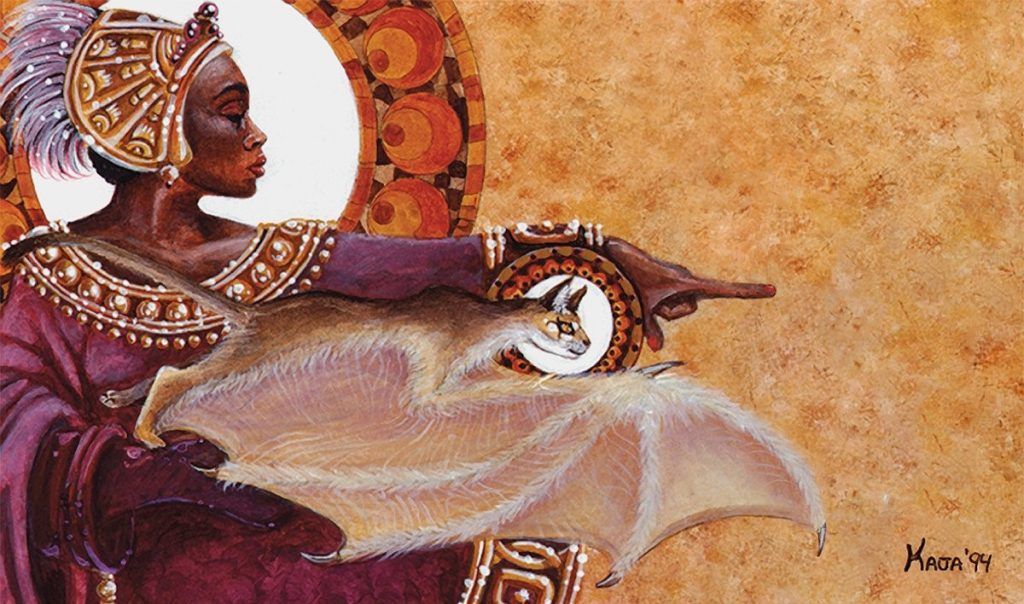
Spirit Link | Illustraion by Kaja Foglio
Classic Sixth Edition (6ED) was a core set released in April 1999. Like all of MTG's core sets until the Tenth Edition, the Sixth Edition consists entirely of reprints.
But this time, the way how the cards worked changed: Along with Sixth Edition, MTG saw the largest rules change in its history.
The rules of early Magic were a mess. “Each ruling was made on a card-by-card basis,” wrote Magic's head designer Mark Rosewater in an article years later, “making a rules system that felt like it was being held together with duct tape. To solve this, R&D decided to completely revamp the rules. This new rule set was introduced with the release of Sixth Edition and thus the rules change became known as the Sixth Edition rules. The Sixth Edition rules were the largest rules change the game had ever seen.”
Detailing the list of changes would require its own article, but to sum it up:
- The stack was introduced, replacing the old “batch” system,
- “Interrupts” were removed, becoming instants,
- The sequence of the turn was tightened up and all phases clearly defined; every turn now had two main phases, separated by the combat phase,
- “Summon” was replaced by “Creature” on the type line; haste was introduced as a keyword for “not affected by summoning sickness”; creature cards could now have different creature subtypes,
- Triggered abilities and their timing were clarified,
- Perhaps one of the biggest changes, tapped blockers now dealt combat damage just like untapped creatures,
- In a somewhat similar vein, Artifacts no longer “turned off” while tapped; under the old rules, a tapped artifact was “turned off” and stopped working, but with the new rules, artifacts remain active while tapped (unless an artifact's specific text states otherwise).
While none of Sixth Edition's cards were new, many cards received updates and rewordings to reflect these new rules. For example, Counterspell, arguably MTG's staple interrupt, was changed to instant.
Sixth Edition: Set Details
Sixth Edition cards have an expansion symbol (a “VI”, meaning “six” in Roman numerals), and follow the color-coding for rarity introduced by Exodus (weird as it may sound, before Exodus there was no visual indicator of a card's rarity).
6ED cards also had collector numbers printed at the bottom, which was another of Exodus' innovations.
| Set Symbol |  |
| Set Code | 6ED |
| Number of Cards | 350 |
| Rarities | 110 commons, 110 uncommons (including 6 uncommon lands), 110 rares (including 6 rare lands), 20 basic lands. |
| Mechanics | Assorted mechanics from previous sets like ramping, counterspells, board wipes, tutors, allied pain lands, and typal synergies |
Sixth edition: Important Dates
| Event | Date |
|---|---|
| Set Release | April 1999 |
| Available on Draftsim's Draft Simulator | No |
About the Set: The Story

Standing Troops | Illustration by Daren Bader
Like most core sets, Sixth Edition has no overall narrative. All of its cards are reprints, using the art and flavor text from previous sets (and in some cases, like Armageddon, even removing the flavor text from earlier versions and printing the card without it).
The following core set, Seventh Edition, would experiment with changing all the cards' art and adding new flavor text to many of them in an attempt to provide an overall narrative. The experiment wasn’t well received and was therefore abandoned.
Sixth Edition Mechanics
Since all its cards are reprints, Sixth Edition didn’t introduce any new mechanics to the game.
It did include some staple MTG mechanics and cards from previous sets, all updated to the new rules. Some of those include:
- Ramping, with staples like Llanowar Elves, Birds of Paradise, and Wild Growth from Limited Edition Alpha, and Rampant Growth from Mirage,
- Quite a few strong counterspells, with the Counterspell itself, alongside Memory Lapse from Homelands, Desertion from Visions, and Remove Soul from Legends. All these were changed from “interrupt” to “instant”, and in Remove Soul's case, also reworded from countering “summon” to countering “creature” spells, according to the new rules.
- The quintessential board wipe, Wrath of God, along with the apex of land hate, Armageddon, both from Limited Edition Alpha – cards that were considered too powerful by some players at the time and out-of-character for white.
- Four powerful tutors from the Mirage block: Vampiric Tutor, Mystical Tutor, Worldly Tutor, Enlightened Tutor,
- Stax effects like Meekstone.
Until Magic 2013, in which Nicol Bolas, Planeswalker was reprinted, core sets never had multicolor cards; the main target audience for core sets was new players, so Wizards of the Coast wanted to keep things simple in these sets.
Sixth Edition is no exception to this rule (and that's also why there's no card with trample, for example, since it was deemed a bit of a confusing mechanic for rookies). Interestingly, the set does include multi-color lands:
- The allied dual-color “pain lands” from Ice Age, and
- City of Brass, one of the best multicolor lands, capable of generating mana of any color.
These six lands all deal damage to you if you tap them to generate colored mana.
Sixth Edition Core Set Card Gallery
White
Blue
Black
Red
Green
Colorless
Lands
Notable Cards
Although Sixth Edition is a pre-Modern set, thanks to plenty of later reprints nearly half of the cards included in 6ED are legal in Modern, 36 are Pioneer-legal, and the pain lands are playable in Standard. Around 25 of the cards included in Sixth Edition are also part of the List as of Wilds of Eldraine.
Six Edition does include a handful of cards that have been banned or restricted in Eternal formats:
- Flash is restricted in Vintage while banned in both Legacy and Commander,
- Mystical Tutor and Vampiric Tutor are restricted in Vintage and banned in Legacy,
- Goblin Recruiter is banned in Legacy.
There are also two cards that in June 2020 were banned in all formats due to offensive content.
Vampiric Tutor
In MTG lingo, tutors are effects that let you search your library for a specific card and put it in play, in your hand or on the top of your library; they’re named that way after Demonic Tutor from Alpha, a spell so powerful that is banned in Legacy and restricted in Vintage.
The Mirage block introduced four one-mana tutors, all reprinted in Sixth Edition: Enlightened Tutor, Worldly Tutor, and Mystical Tutor in the Mirage expansion, while Vampiric Tutor, the best of the bunch (since it has no restrictions on the type of card it can fetch) was originally printed in the Visions expansion.
Vampiric Tutor‘s effect may not be as powerful as its demonic progenitor's (Demonic puts the card in your hand, while Vampiric places it at the top of your library), but it's very close, works at instant speed, and costs 1 less mana, making it arguably the second-best black tutor in the game, one of the best black instants, and among the best black cards overall.
As such, Vampiric Tutor enjoys the honor of sharing the same bans and restrictions as Demonic Tutor and, unsurprisingly with this résumé, is the most expensive card included in Sixth Edition, usually bordering the $25-$30 mark even when it's been reprinted this year in Dominaria Remastered and included in the List.
Final Fortune
A bit like Vampiric Tutor providing a toned-down version of its demonic counterpart, Mirage's Final Fortune cosplays as one of the Power Nine from Alpha Edition: Time Walk.
Final Fortune is nowhere near as powerful, but it's still a punchy extra-turn tool for decks that like going all-in. It's legal in all Eternal formats, and it was reprinted only once after Sixth Edition (coincidentally, in another core set: Seventh Edition); the combination of a powerful, unique effect and scarcity of the card makes it the second most expensive spell included in the set, at about $15-$20 depending the edition.
Enlightened Tutor
A couple of steps below Vampiric Tutor (since, unlike Vampiric, the other tutors have restrictions in the type of card they can fetch), Enlightened Tutor is still one of the strongest tutors out there, and, unlike black, white doesn't have too many options, making Enlightened Tutor all the more tasty for your tutoring needs when you want to mix artifacts, enchantments, and plains.
As the best white tutor and one of the best white instants overall, it can fetch a price of around $12-$15 in spite of its many reprints, including Dominaria Remastered and its induction in the List.
City of Brass
Brought to Sixth Edition from Arabian Nights, City of Brass puts the “No Pain, No Gain” in multicolor decks.
A staple of any 5-color deck, and among the very best 5-color lands and mana fixers in general that you can add to your Commander deck, City of Brass has seen lots of reprints but its price is never below $11-$14.
Worldly Tutor
It's a well-documented fact that there's no such thing as “too many tutors” for EDH decks, so it shouldn't be a surprise that Worldly Tutor is a very popular inclusion. One of the best green instants and best green cards overall, Worldly Tutor rounds up the cards from Sixth Edition that sit above the $10 price mark.
Unlike the other tutors here, Worldly Tutor isn’t part of the List.
Serenity
If you play Commander, odds of Serenity and you getting acquainted are slim to none. But for Legacy players, Serenity is a common sight, above all in Reanimator decks.
Included in just two sets (its original Weatherlight printing, and its sole reprint in Sixth Edition), Serenity's price fluctuates between $8 and $12.
Mystical Tutor
The runt of the tutor litter when it comes to card prices yet still quite popular among EDH decks, Mystical Tutor being an instant is a bit less impressive in a color that has the most instants to choose from and no lack of ways to draw cards. It's still hands down the best tutor in blue, and among the best blue instants, above all for decks that need to dig for a specific combo piece.
And let's not forget that it's powerful enough to have been banned in Legacy!
Let's Ramp!
There is a nice chunk of Sixth Edition ramp spells. EDH decks being the mana-hungry beasts they are, these spells are the most popular 6ED cards in Commander decks:
- Rampant Growth, first printed in Mirage; later outclassed by better green ramp spells, but still an EDH staple,
- Untamed Wilds,
- Birds of Paradise, Llanowar Elves, and Wild Growth, generating extra mana since Magic's day one.
Ashnod's Altar
More like the Altar of the Combo Gods, really!
Perhaps the best sacrifice outlet in all of Magic, Ashnod's Altar turns your fodder into big-card fuel, and a list of all Commander combos involving Ashnod's Altar would require its own article.
Armageddon
Once upon a time, Armageddon was considered by some to be too powerful and out of character for white, so much so that there was a bit of a stir when it was reprinted in the previous core set, Fifth Edition.
And the sentiment holds true even to this day, since it's among the saltiest cards you can play at a Commander table.
Reappearing in Sixth Edition pretty much cemented the idea that the card was here to stay, although it has seen few reprints since then. At any rate, this is the best land-destruction spell, and it has been since Alpha. Red has a couple of shenanigans like Obliterate and Jokulhaups (the latter also included in Sixth Edition) that wipes out other things, but if lands is what you want gone, Armageddon‘s the card you want.
Wrath of God
See “Armageddon”, but for creatures. Wrath of God is why MTG board wipes are nicknamed “a wrath effect”. One of the staplestest staples in Magic, and part of the List.
The Allied Pain Lands
Along with City of Brass from Arabian Nights, Sixth Edition also reprinted Ice Age's five dual-color “pain lands“:
Cheap Mana Rocks
Yet more tools for a consistent mana base! 6ED reprinted Mirage's Diamonds, two-mana artifacts that come into play tapped, with each of them producing mana of a specific color:
Goblin Recruiter
Goblin Recruiter has heard that you like goblins and would like to put goblins on top of your goblins. Literally!
Punchy enough to have been banned in Legacy.
Lord of Atlantis + Millstone + Fog
These are three other cards so iconic that their name became the collective nickname for the effect they provide:
- Creatures that provide a +1/+1 aura are usually nicknamed “lords” because that's precisely what Lord of Atlantisor Zombie Master do. These used to have the “Lord” creature type, which was later abandoned.
- Ever wonder why “discard from the top of your library” is called “mill” in MTG, and printed as such in recent cards like Blossoming Tortoise? Here's why: Millstone. For the longest time “mill” was just player slang, until Wizards of the Coast just grew tired of trying to find a good name for the effect and mill was officially adopted as a game term.
- Fog provides such a memorable effect that “fog effects” are what we call spells and abilities that prevent combat damage across the whole battlefield, even though the original spell has been largely outclassed.
Meekstone
Bullied by big bad creatures? Look no further: Meekstone is the sort of stax effect that turns the table on them!
Available Products
A product from simpler times when there was just a single type of booster, Classic Sixth Edition was sold in 15-card packs.
There were also “tournament decks”, a name that is probably a bit misleading since these weren’ pre-constructed, ready-to-play decks, but were rather like bigger boosters, with randomized content. They contained 3 rares, 10 uncommons, 32 commons, and 30 lands.
Lastly, Sixth Edition had a 2-player Starter Set box that included two different preconstructed decks (unlike “tournament decks”, these were indeed decks in the ready-to-play sense), plus a rulebook and play guide.
Cards from Sixth Edition are overall fairly cheap, above all those that have been reprinted a lot of times, so finding unopened Sixth Edition booster packs on sites such as Amazon or eBay is relatively easy (as opposed to expansions that include a lot of chase cards and Reserved List material). Having said that, those boosters tend to be quite expensive, so you may want to acquire the specific singles you want from online stores or trading with other players.
Also, unless you want the old frame feel, most good cards from Sixth Edition have been reprinted a few times, and in the majority of cases the later versions are less expensive.
Wrap Up

Gravedigger | Illustration by Dermot Power
So that's our overview of Sixth Edition, the core set that had exactly zero new cards but in which, technically speaking, exactly all cards worked under new rules.
As you may guess, this type of profound change brought more than a few yells of “This will kill Magic!“ but, thankfully, the Armageddon didn’t come to pass. And, as we've seen, a good bunch of the MTG staples included in Sixth Edition see play to this day.
I hope you've enjoyed this overview! If you have comments or feedback, or above all suggestions on which sets, new or old, you'd like us to tackle next, do stop by for a chat at the Draftsim Discord.
And may your tutors always be on time!
Follow Draftsim for awesome articles and set updates:
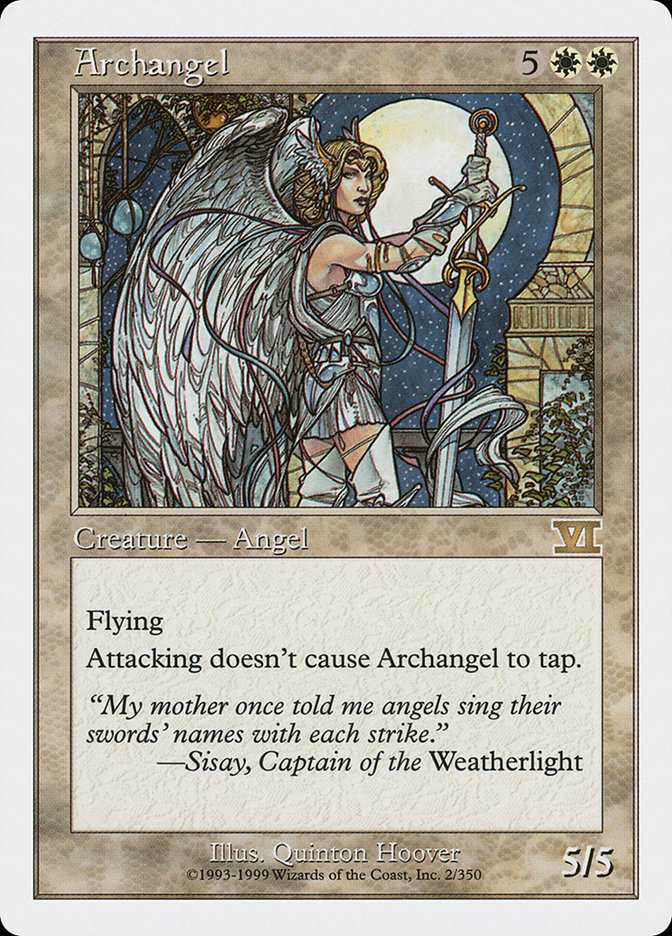

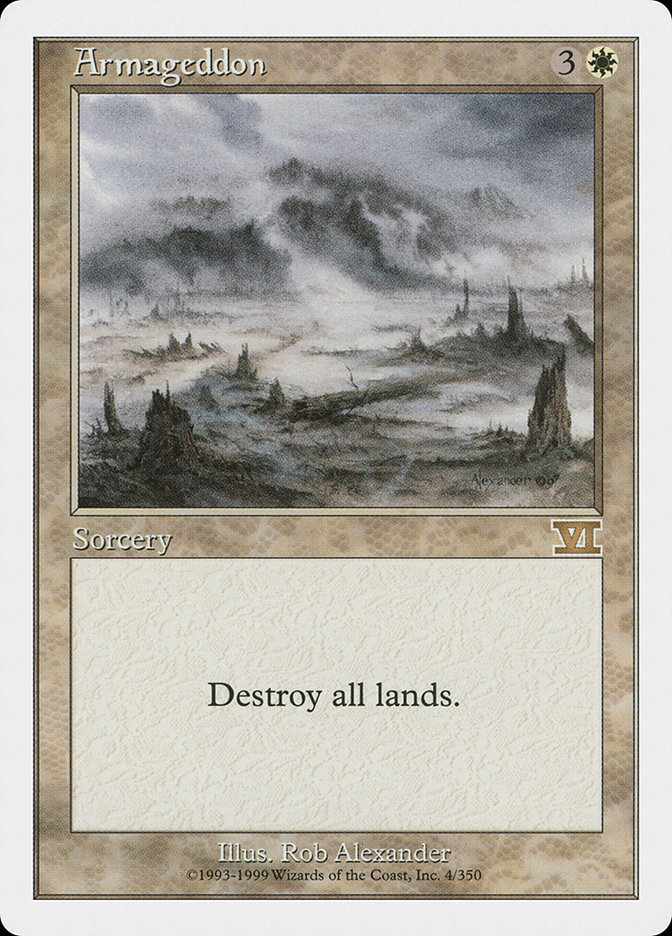
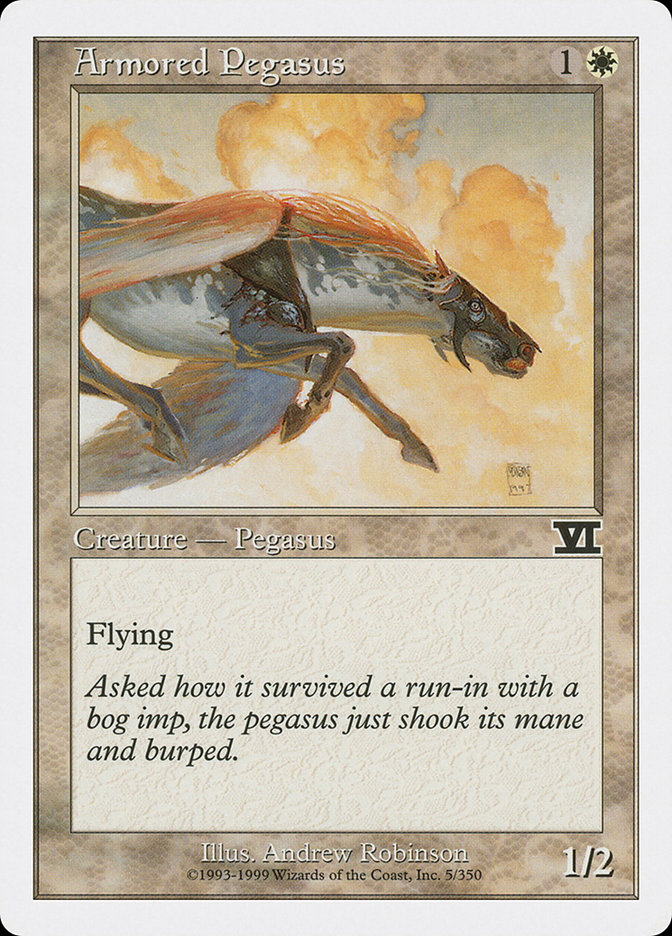
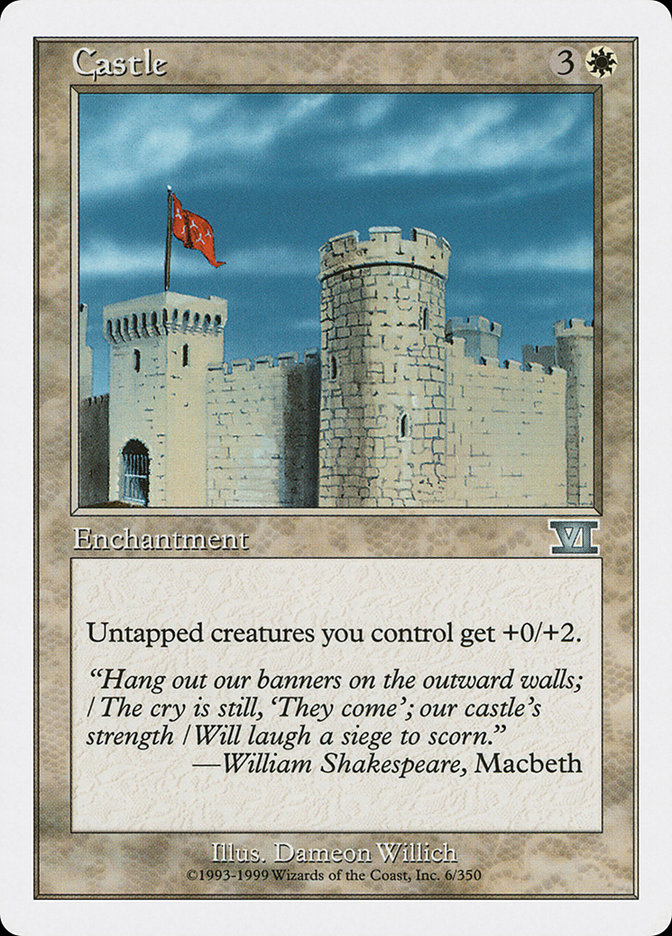
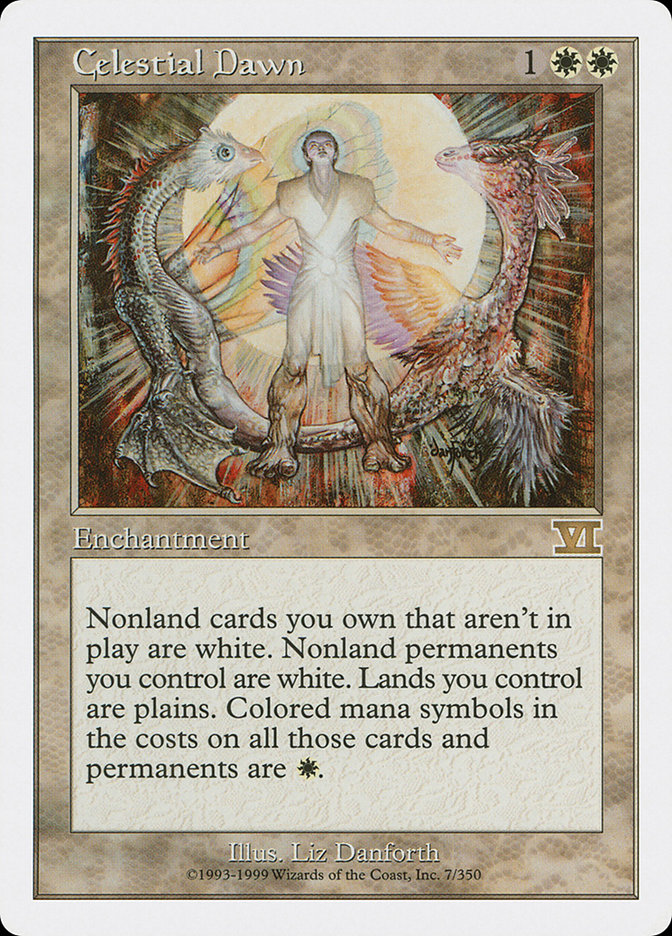
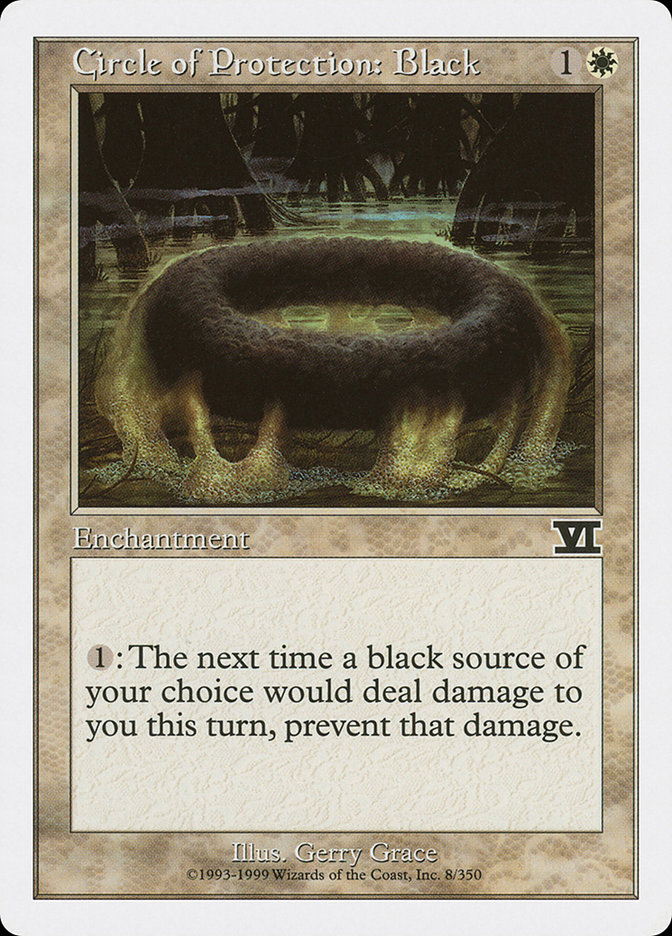
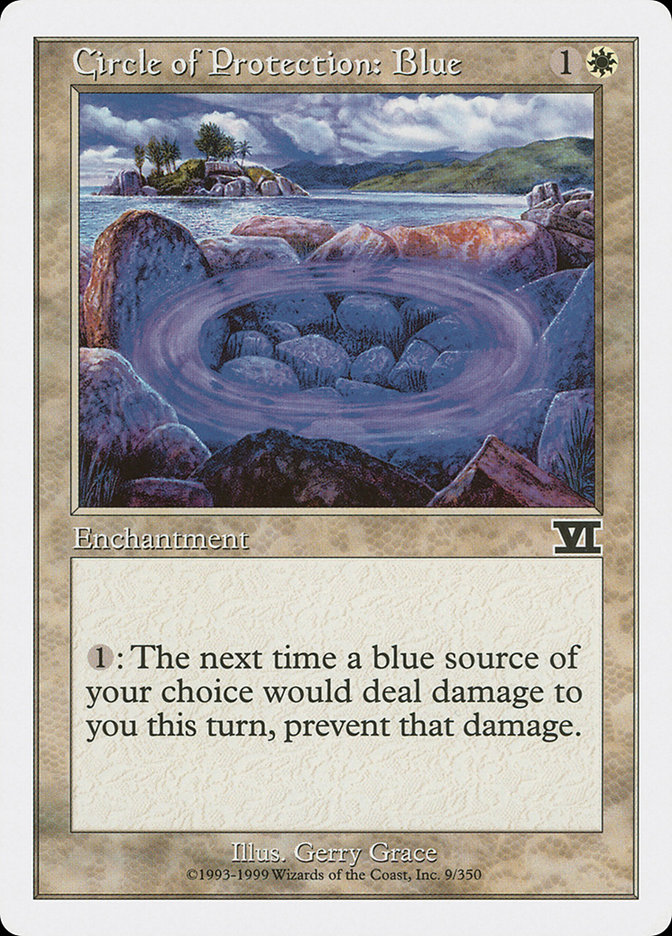
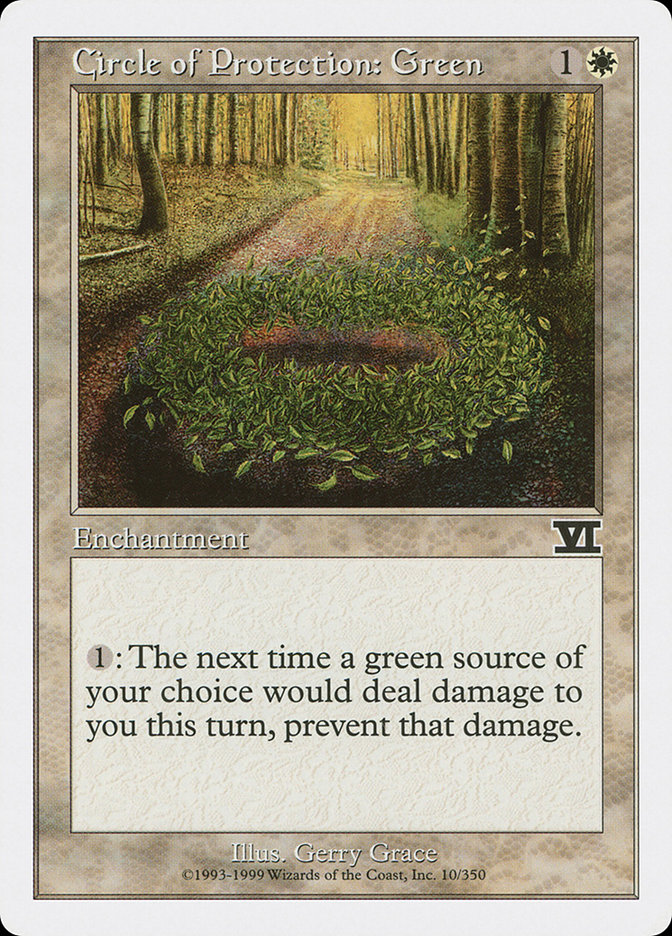



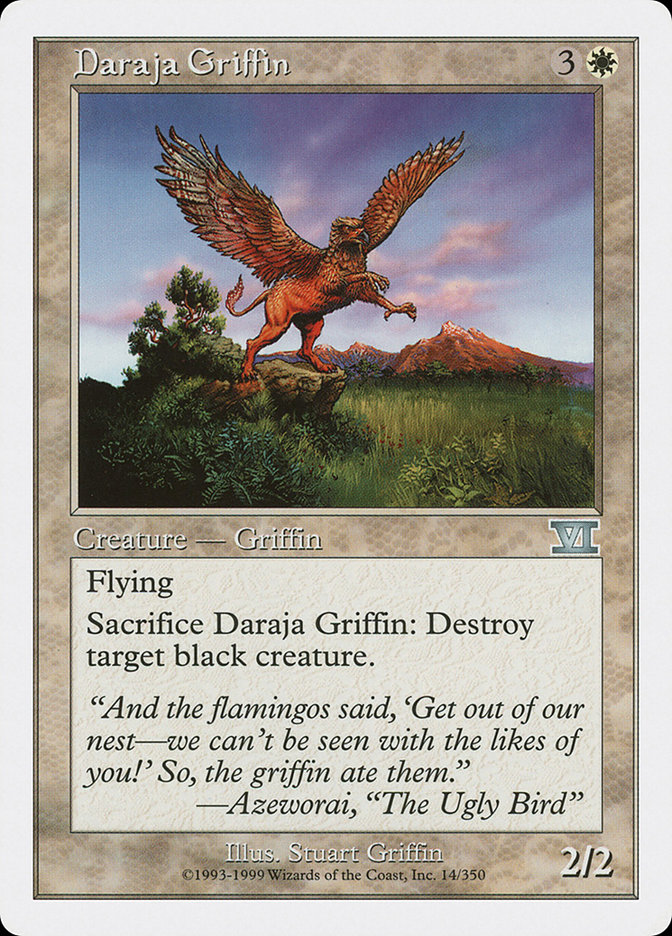
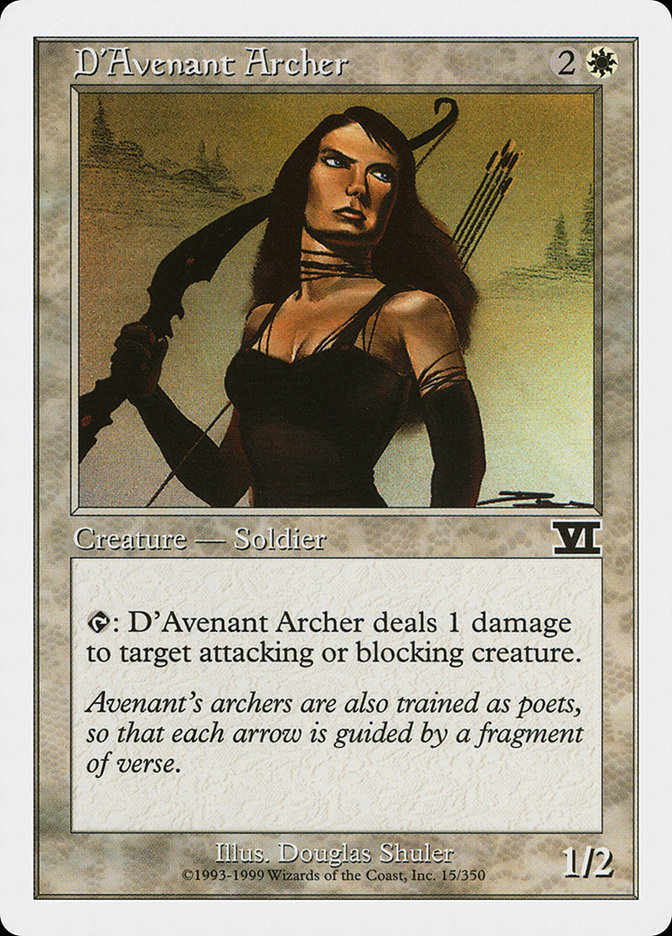
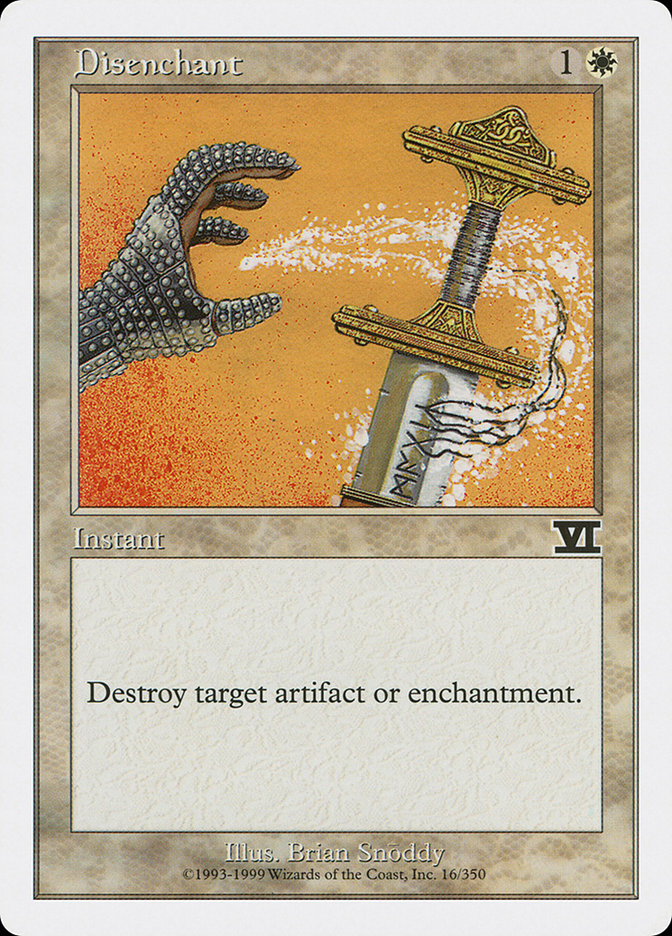
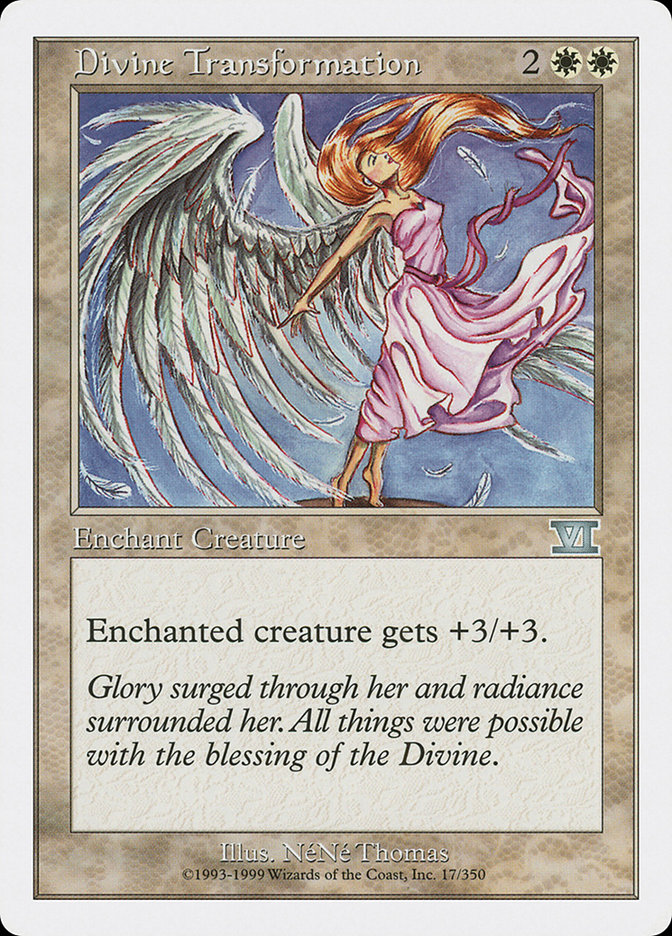
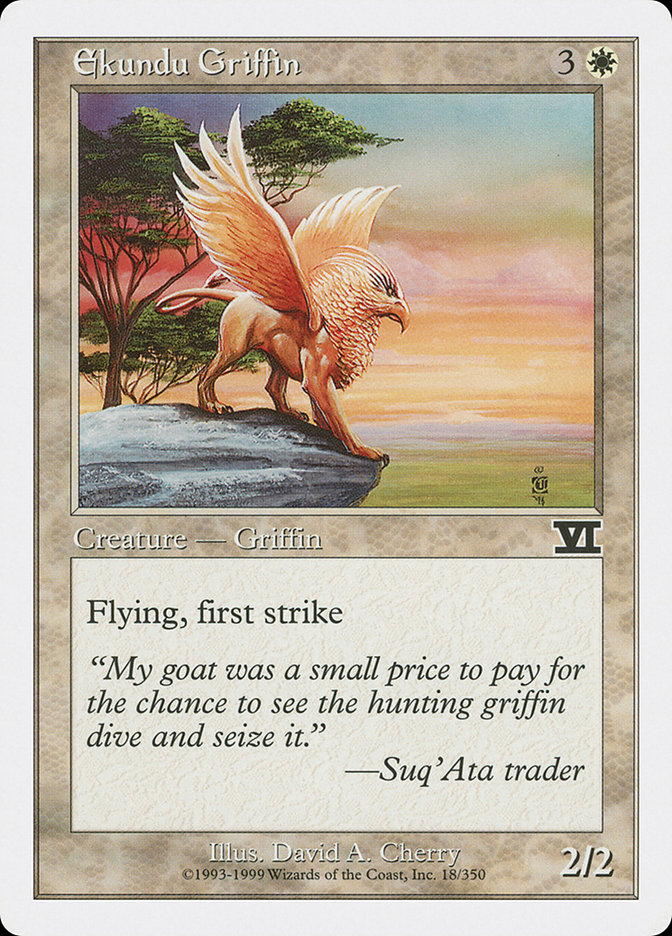


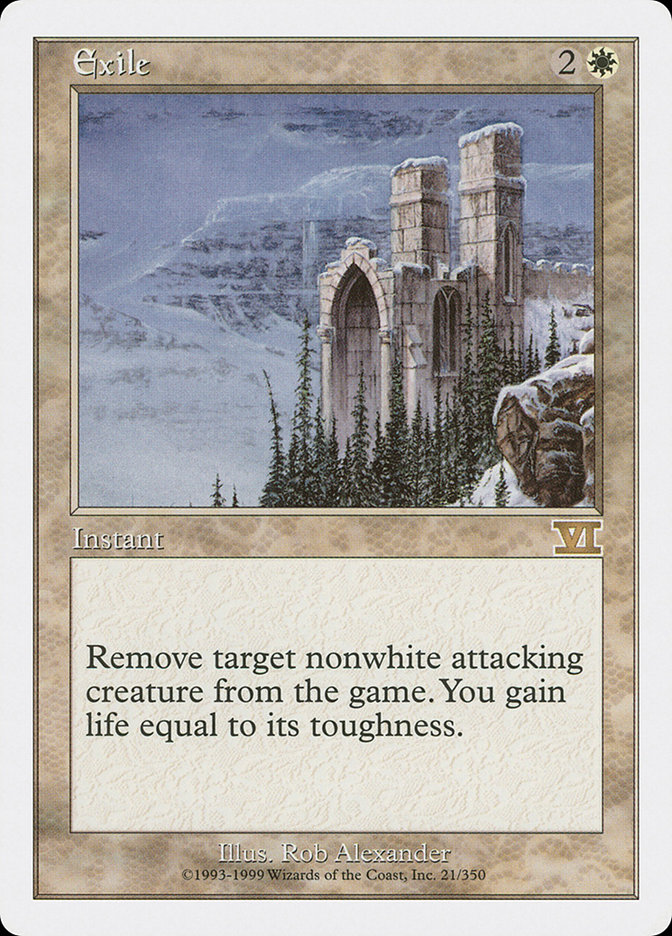
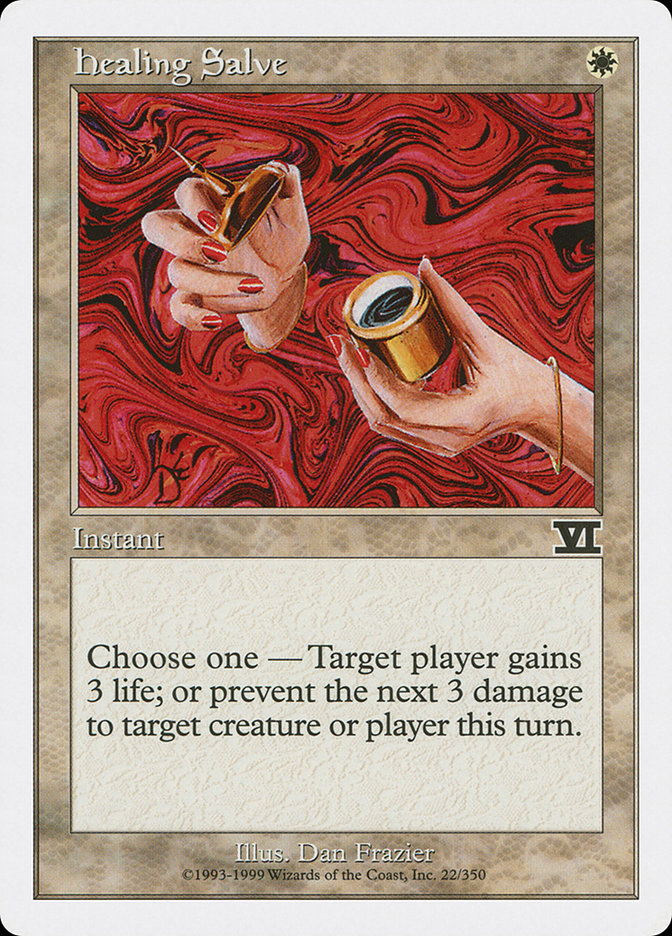
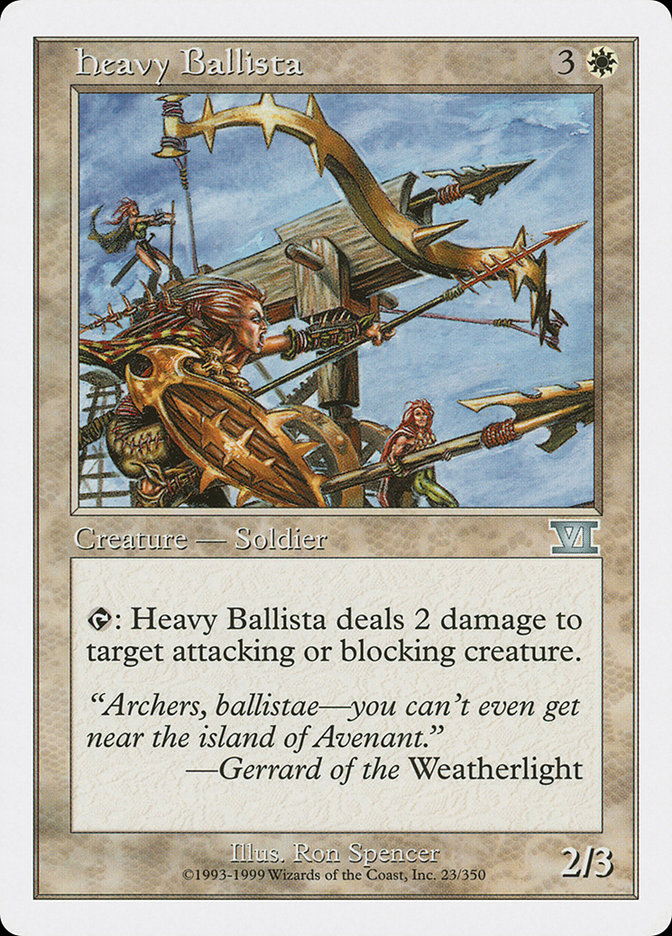
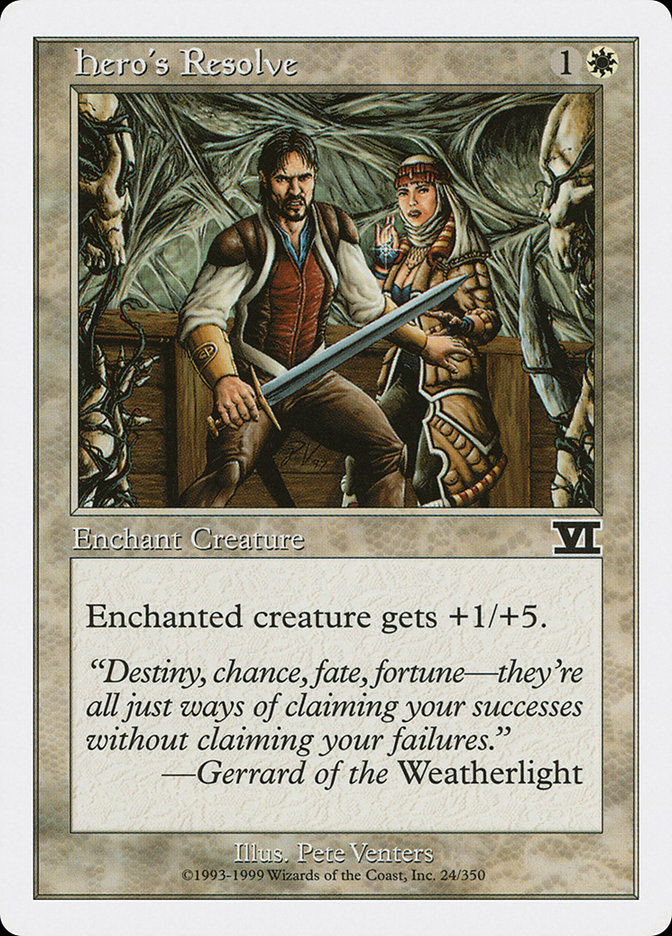
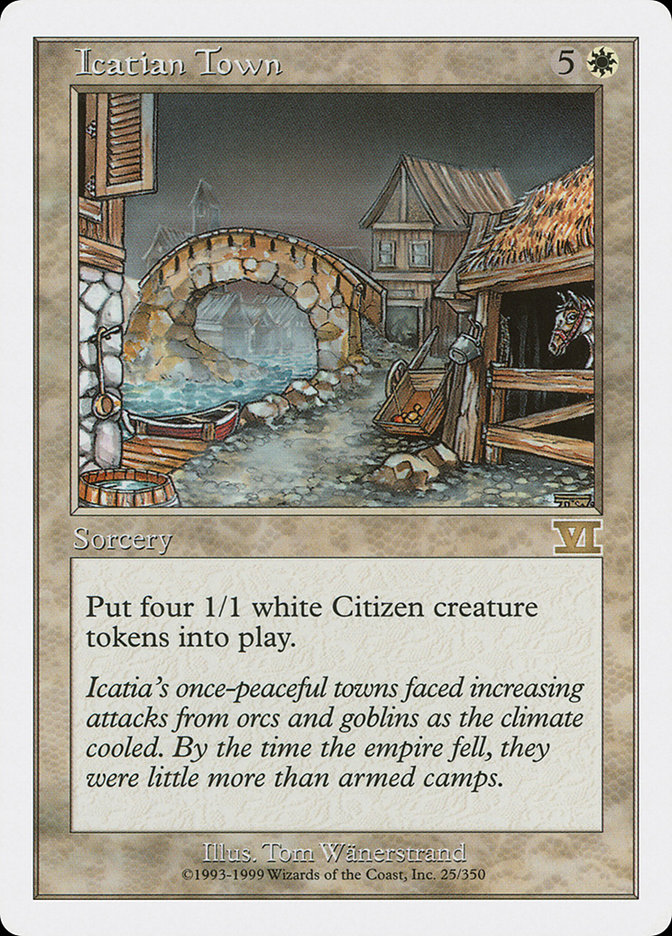
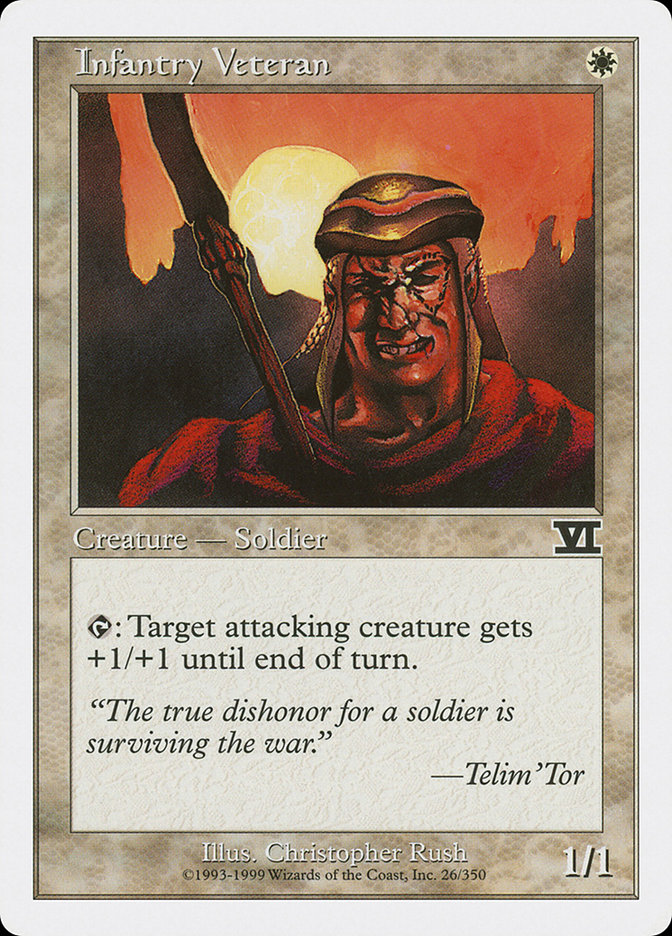
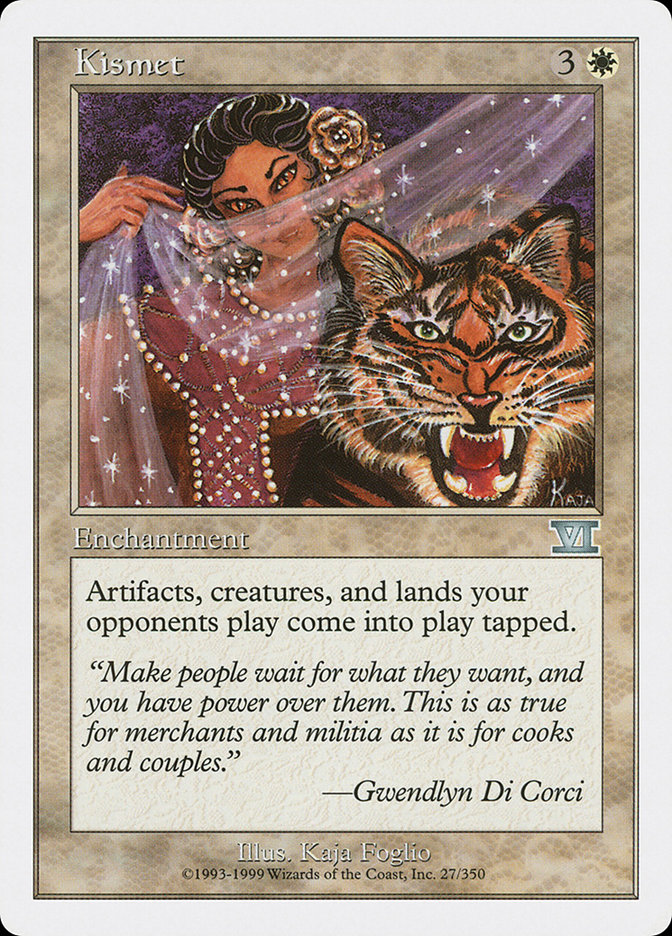
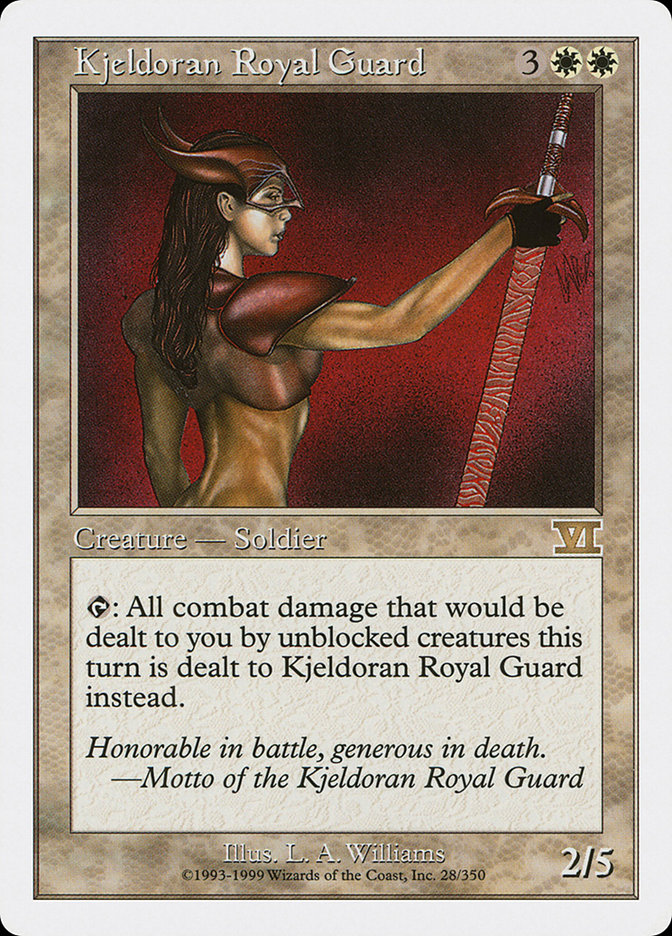
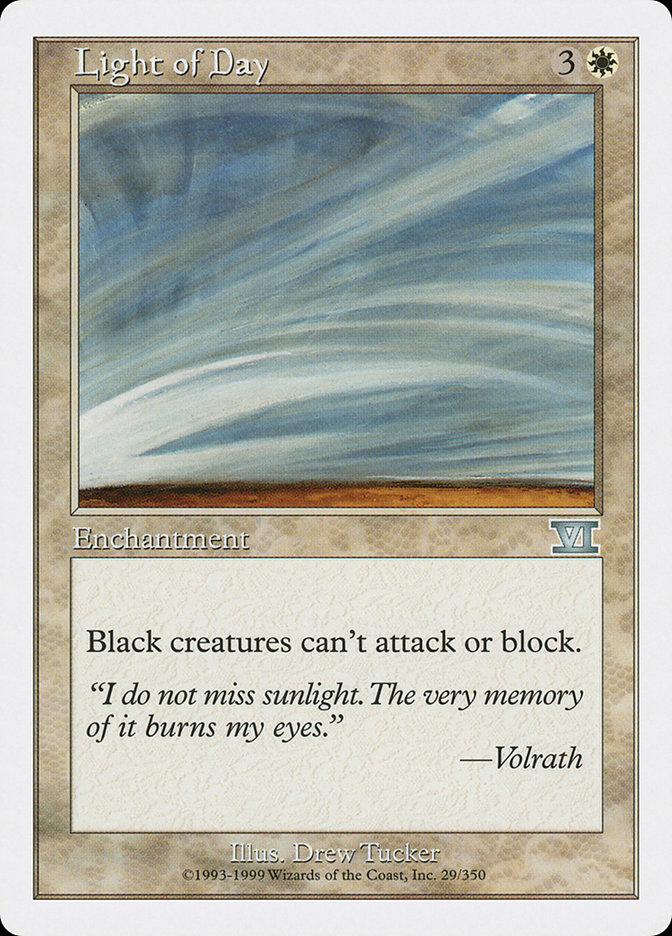


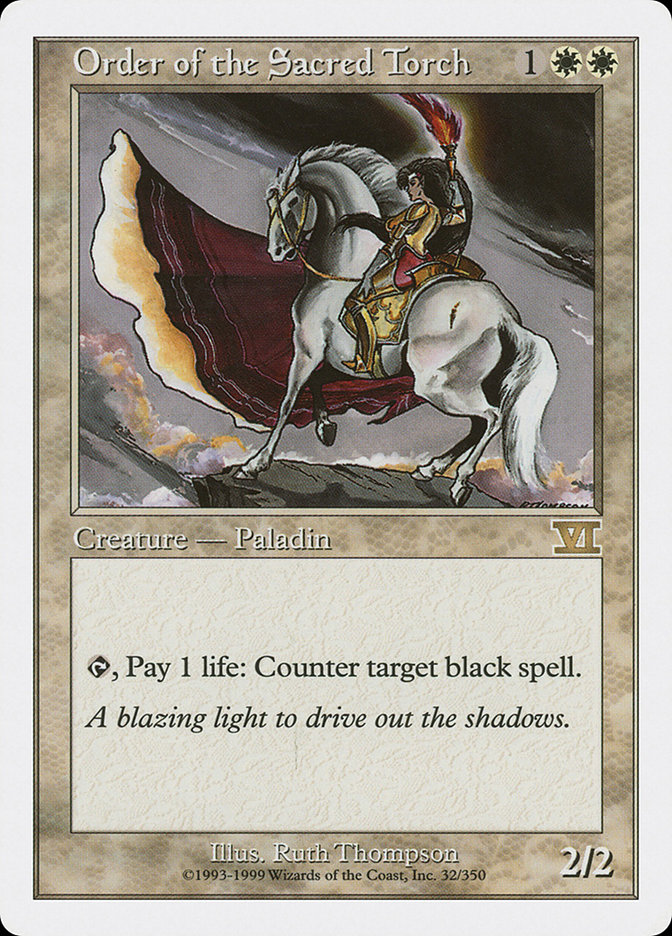
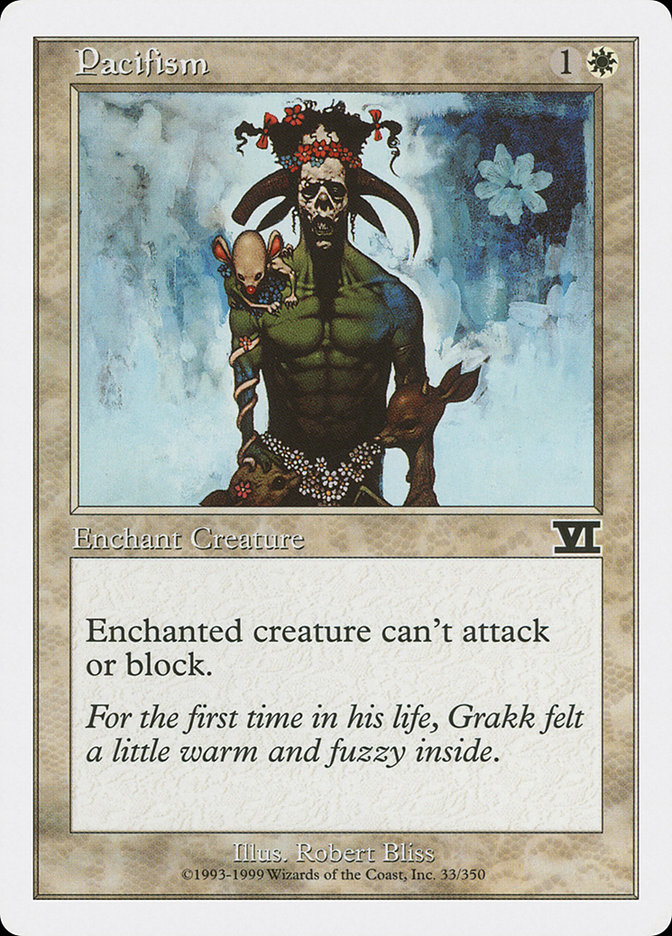



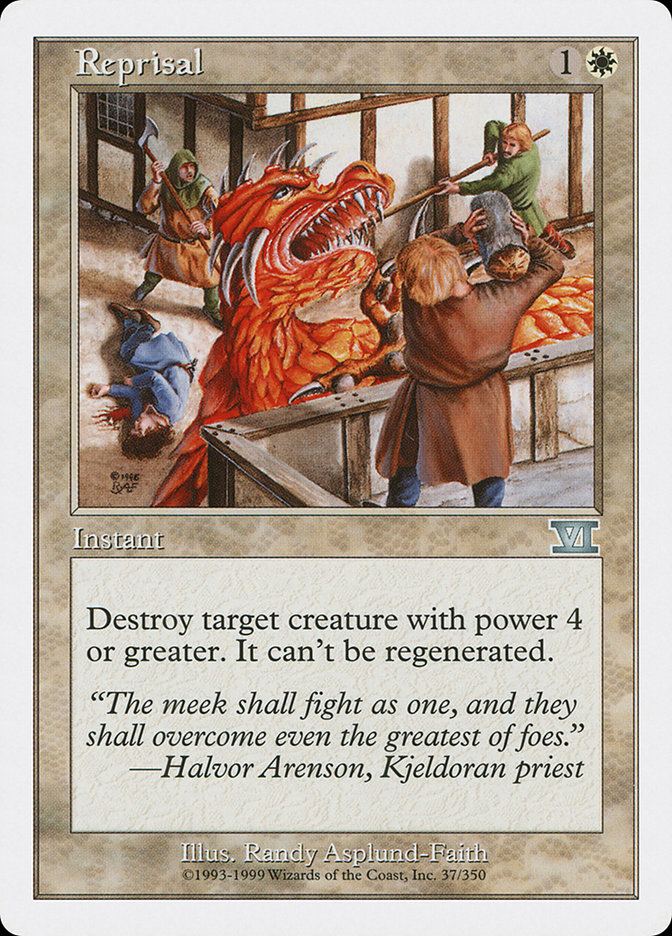
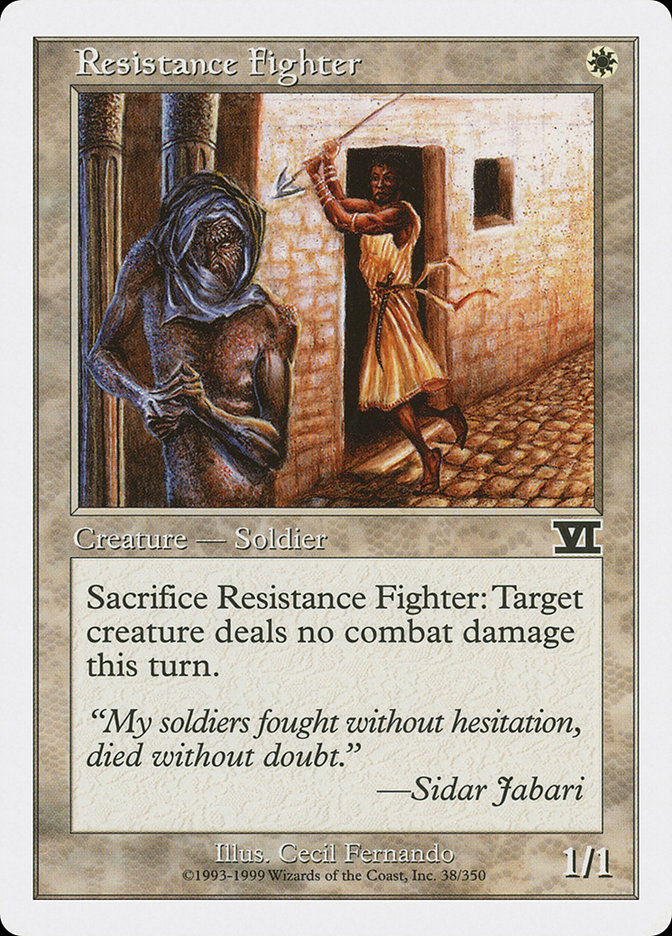



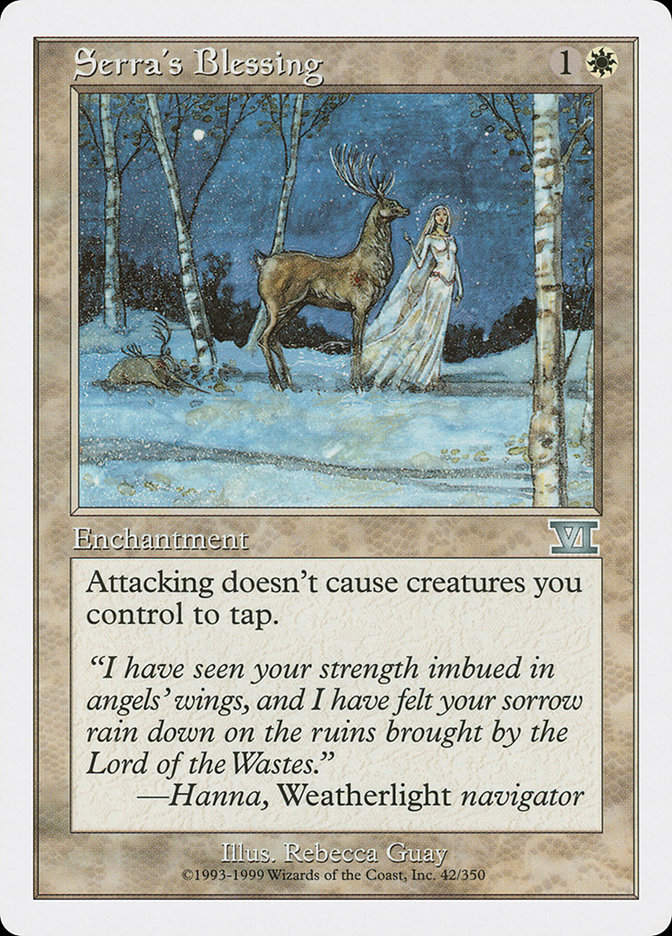
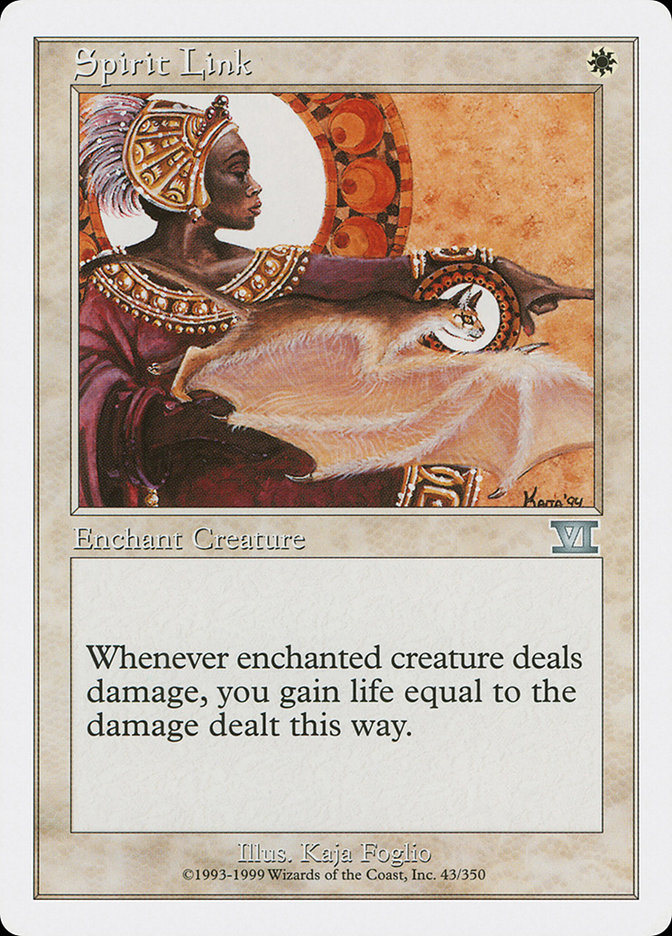

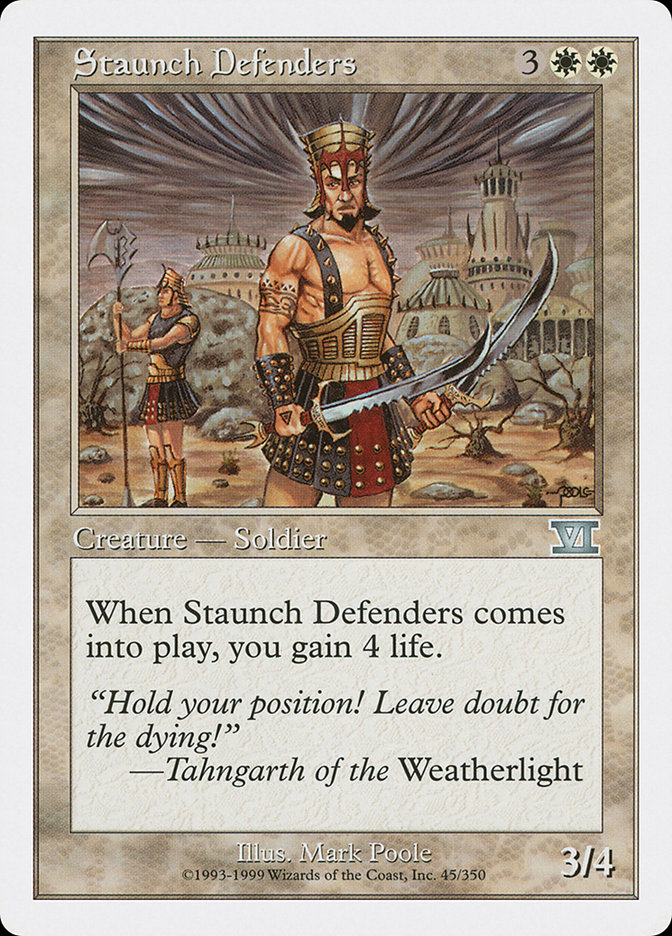
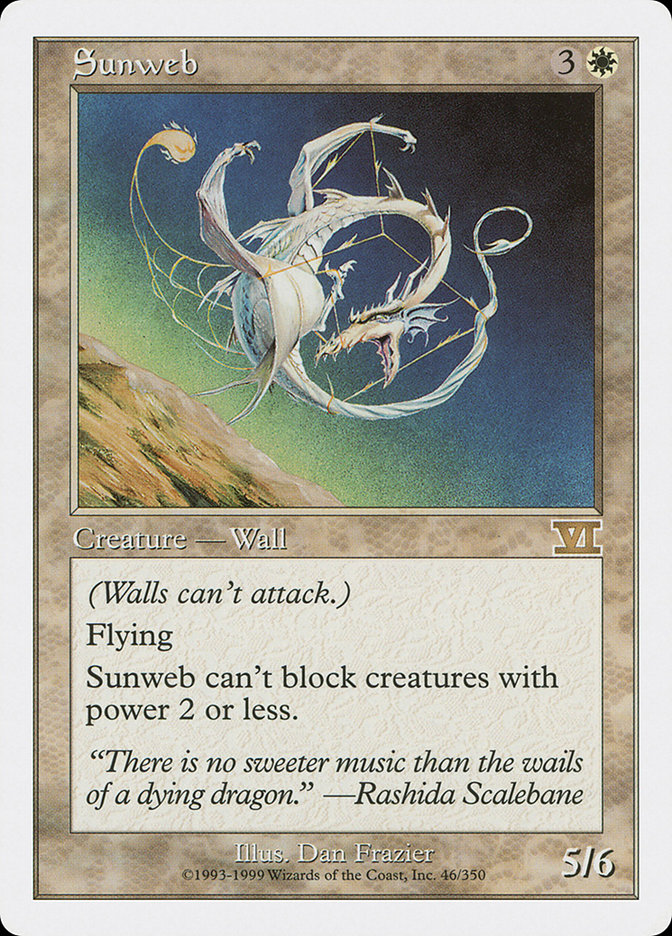
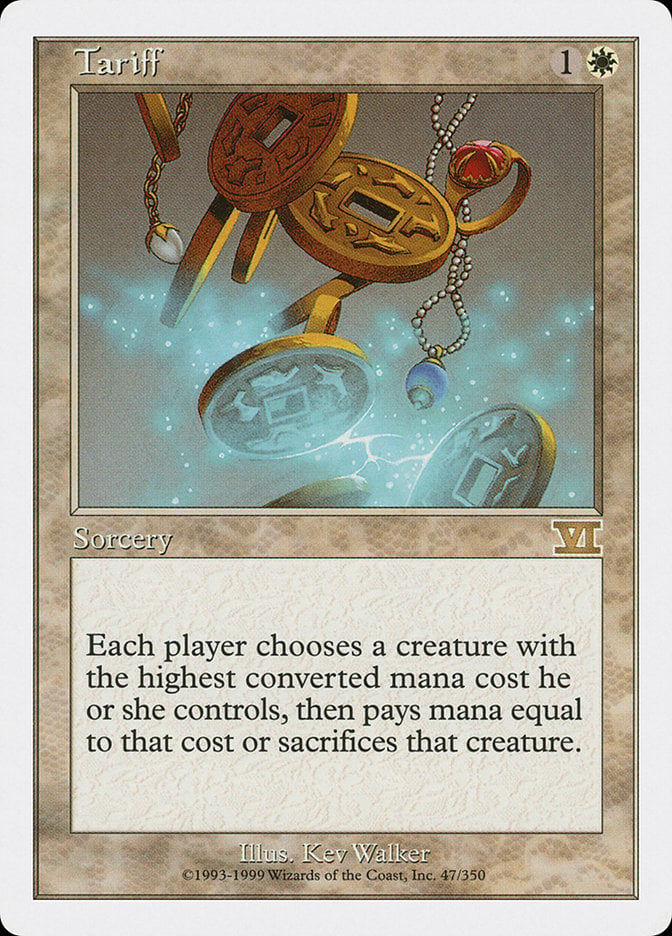
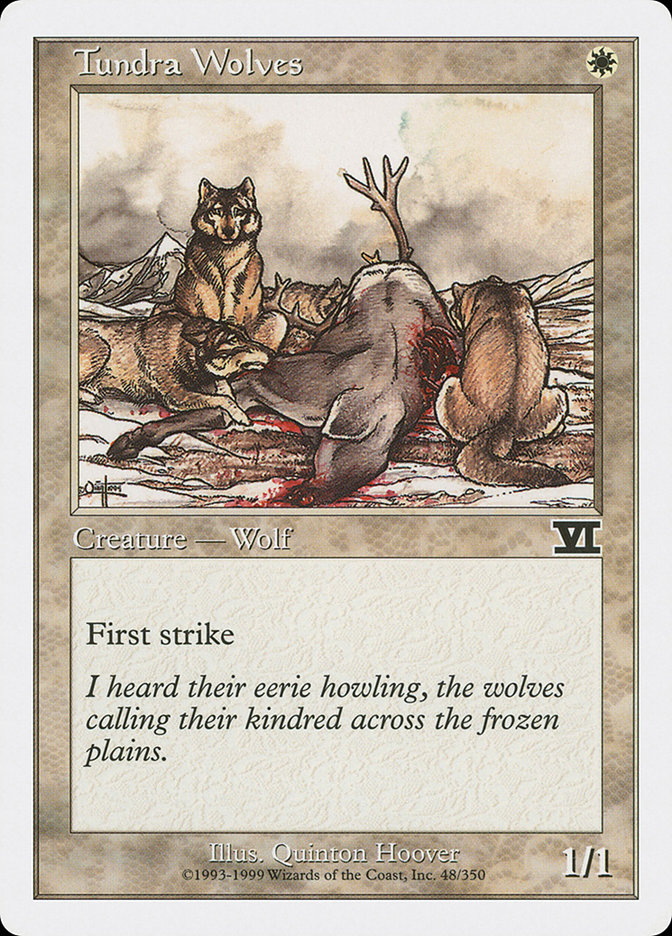
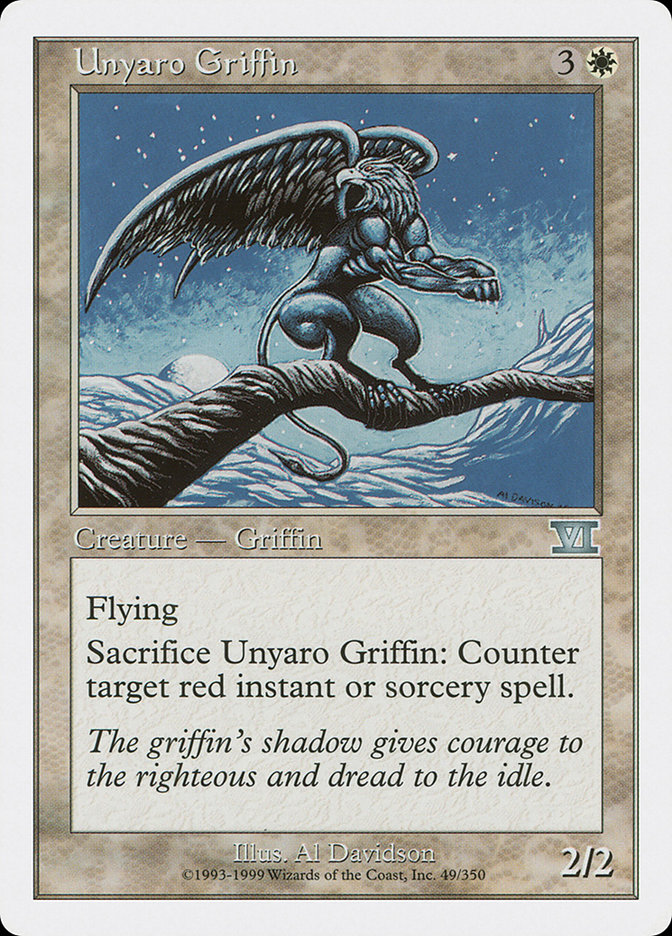

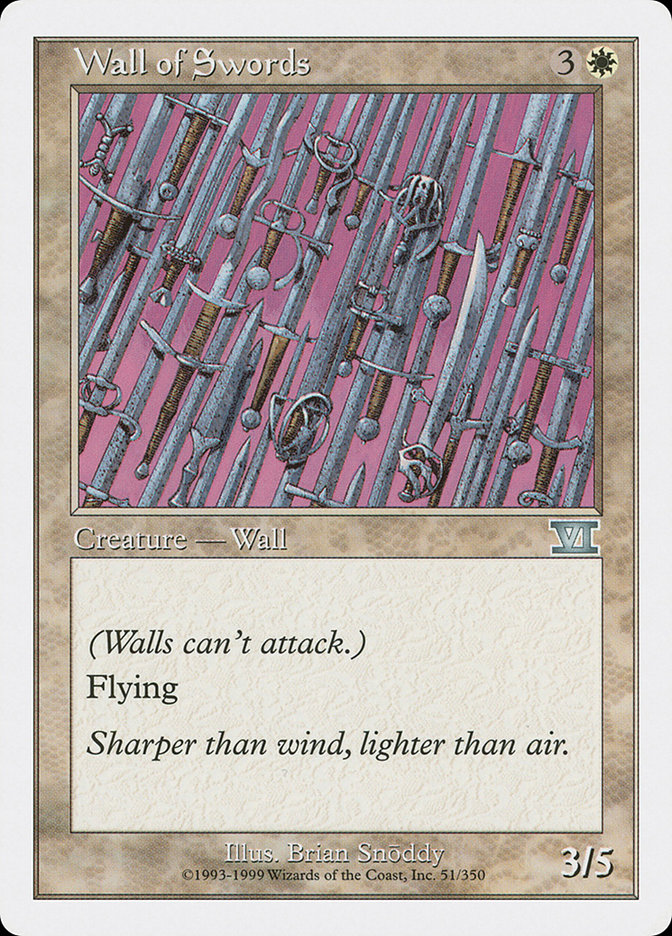
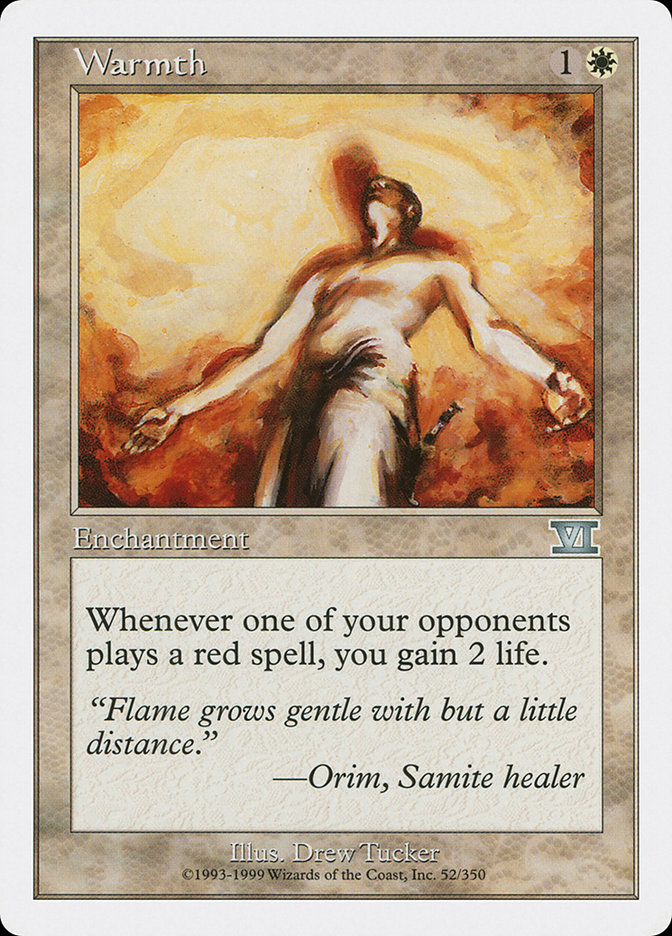
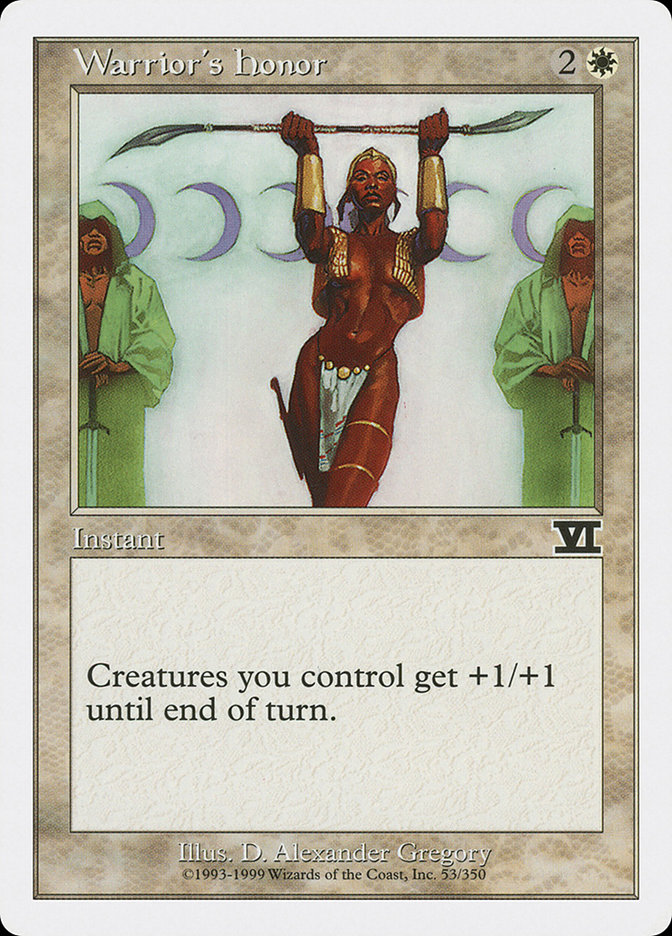
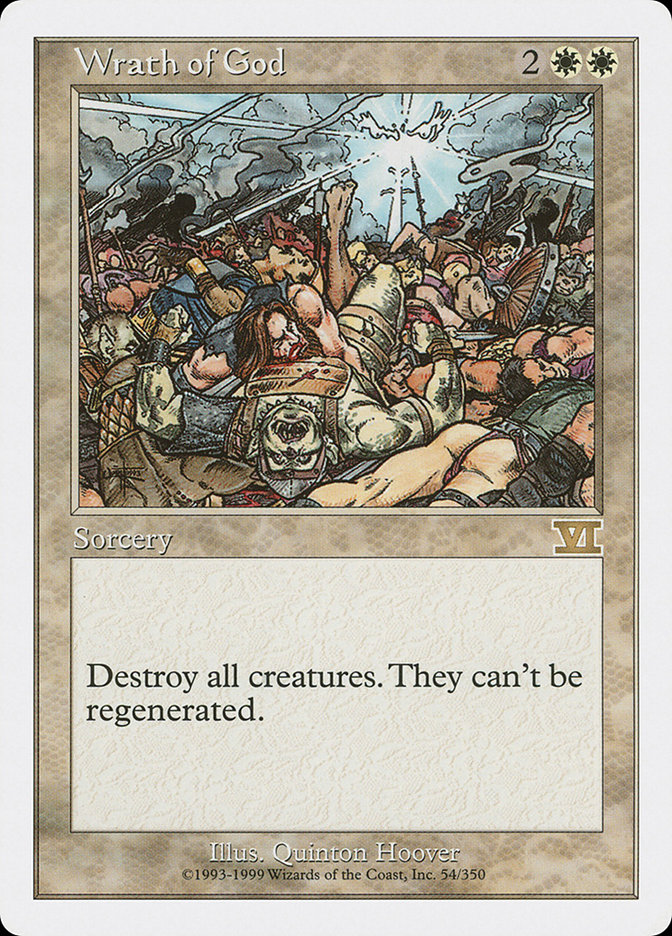

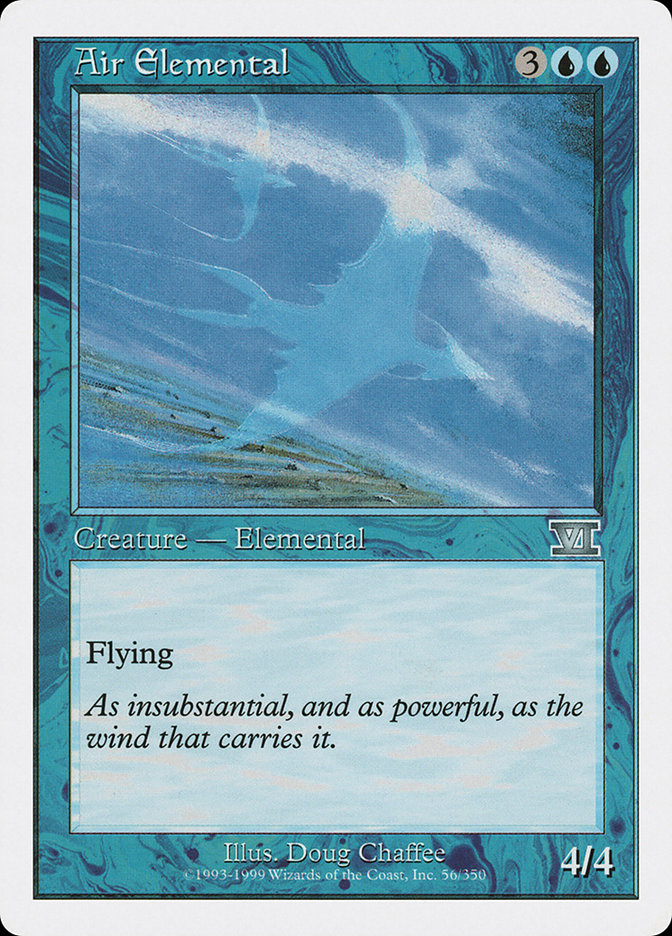
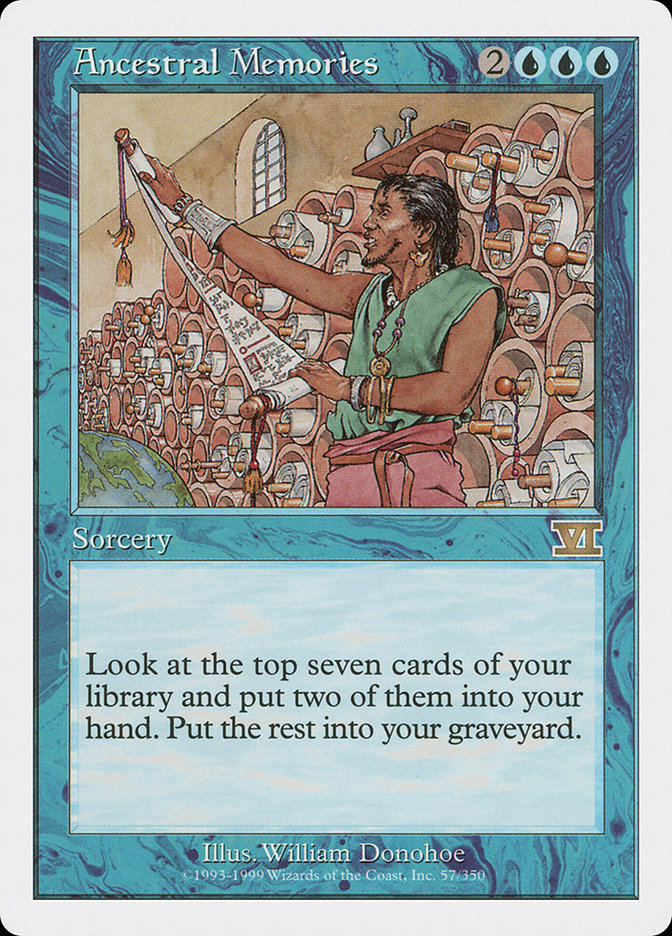
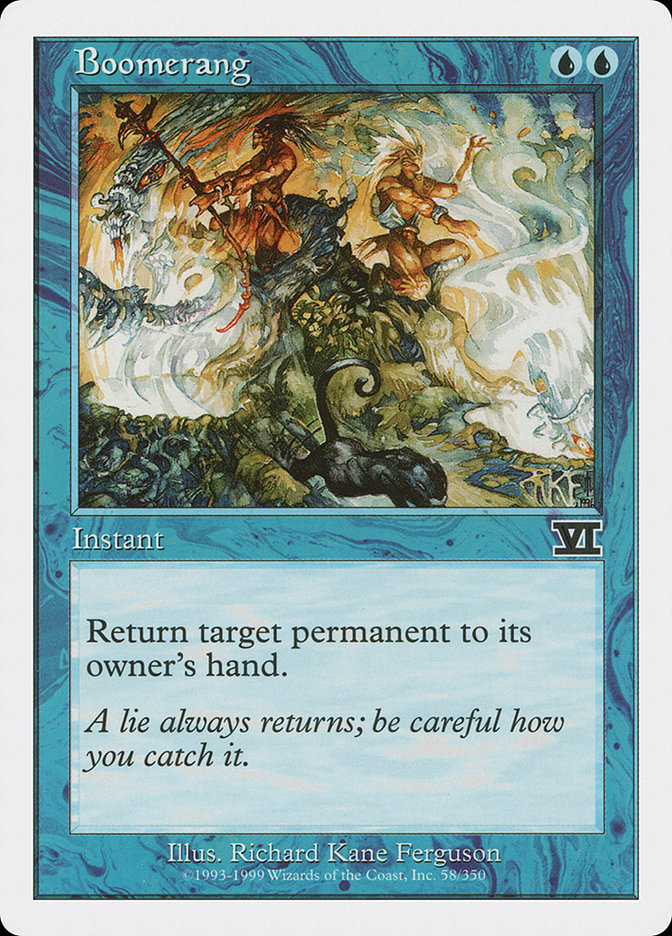
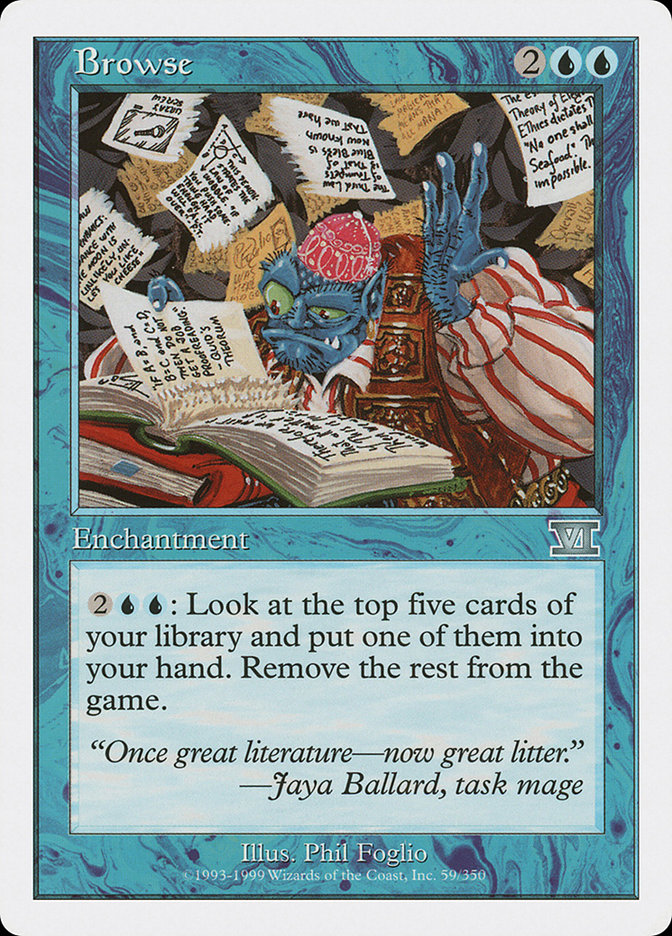
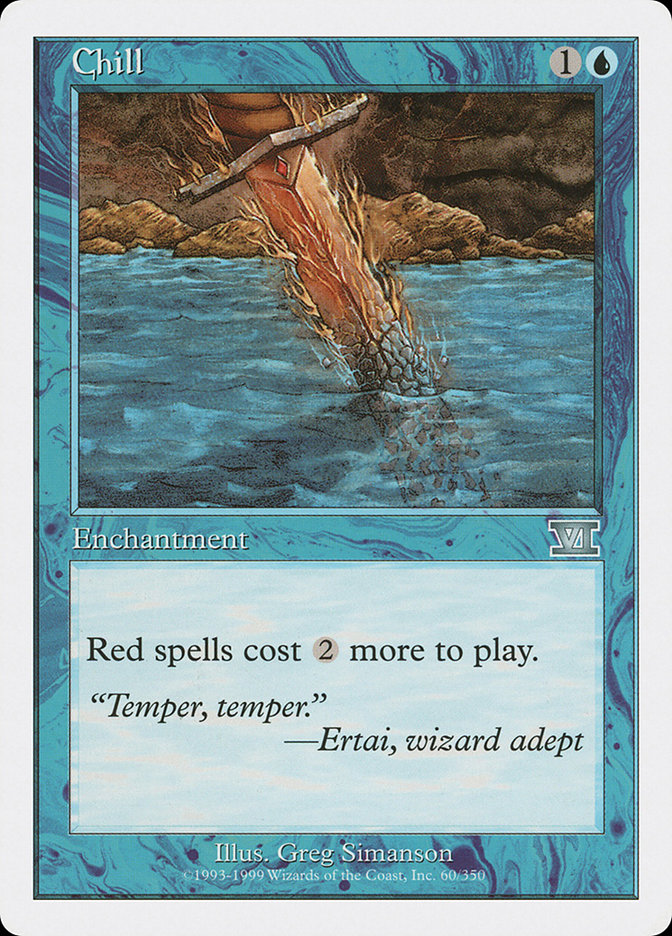
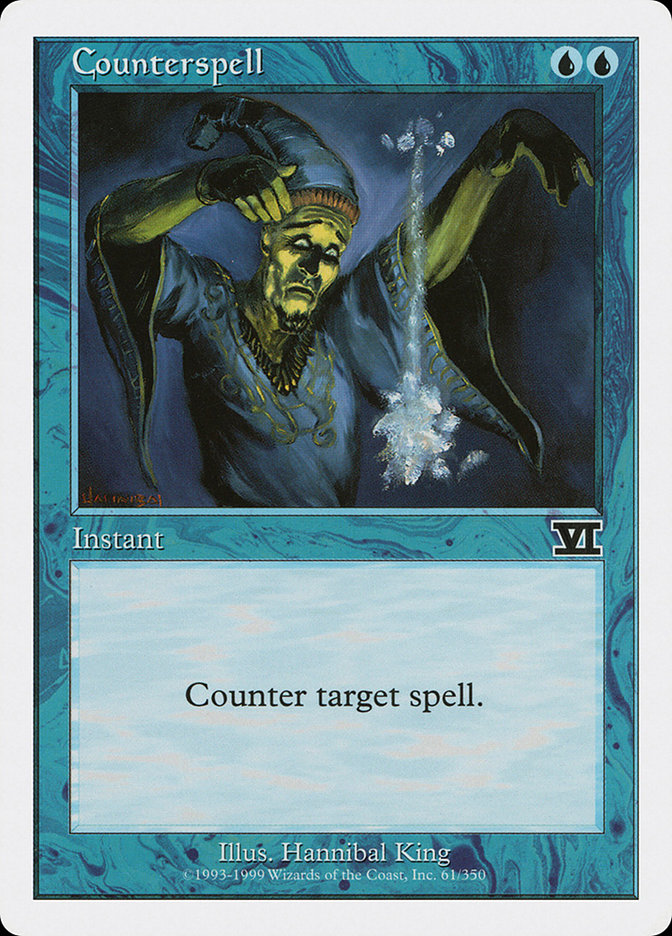
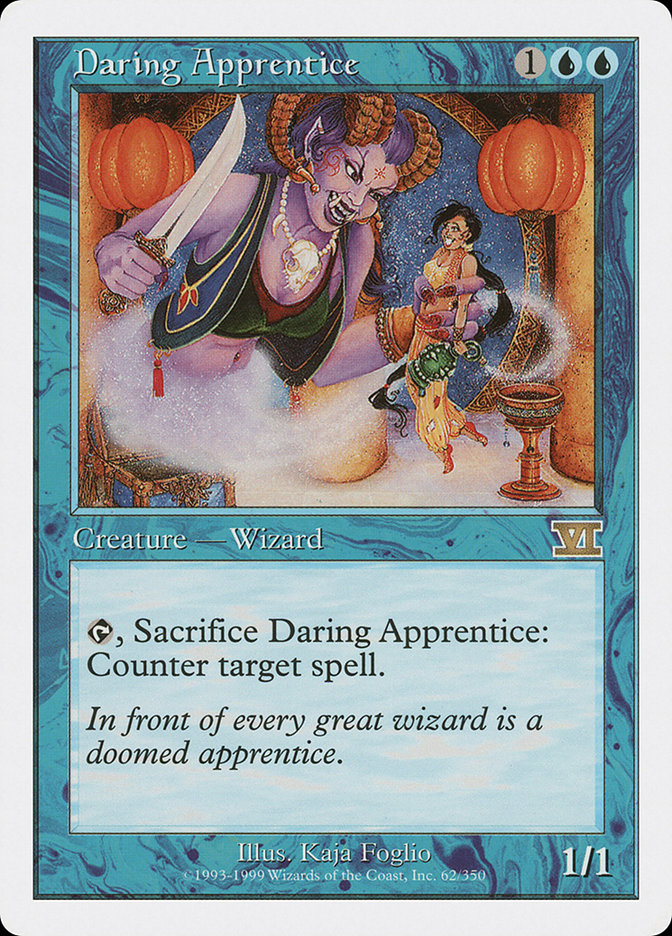
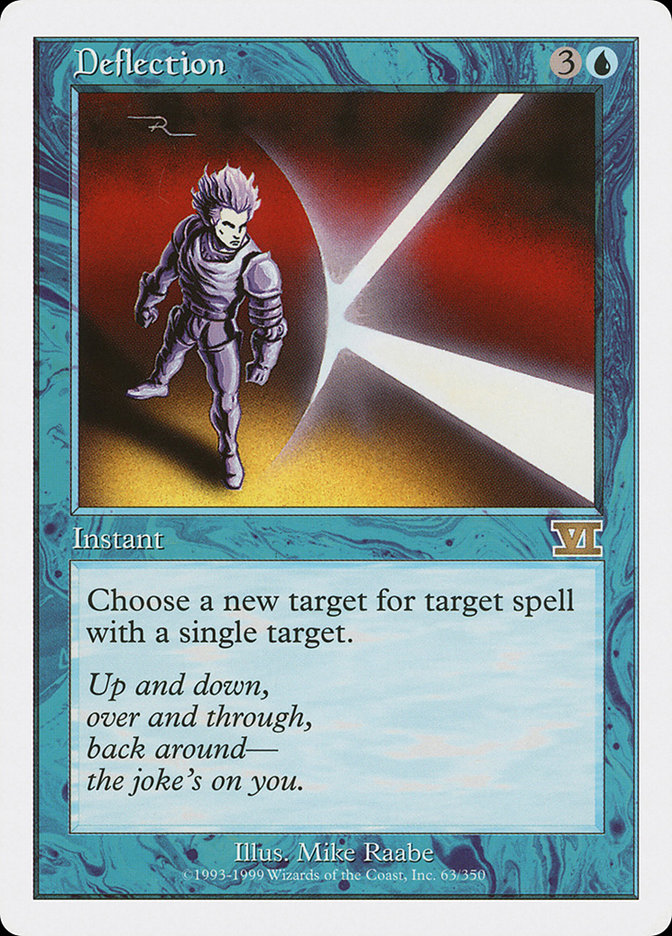
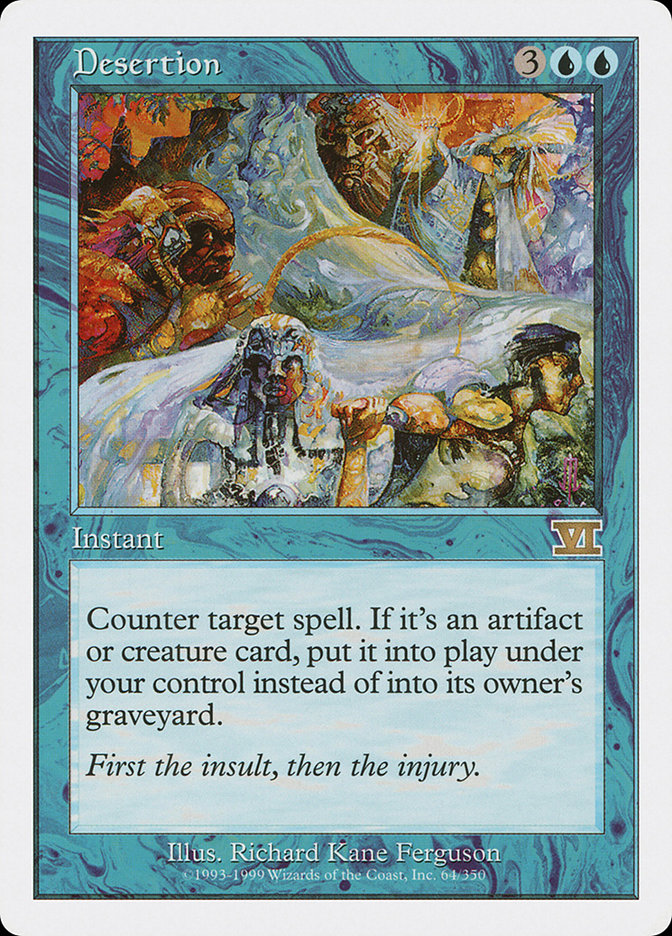
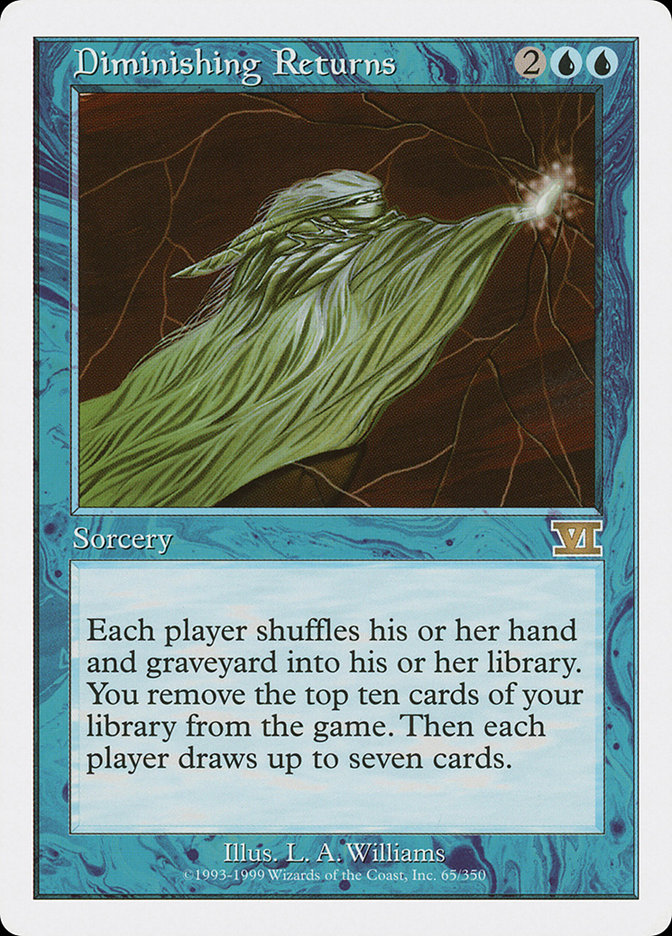
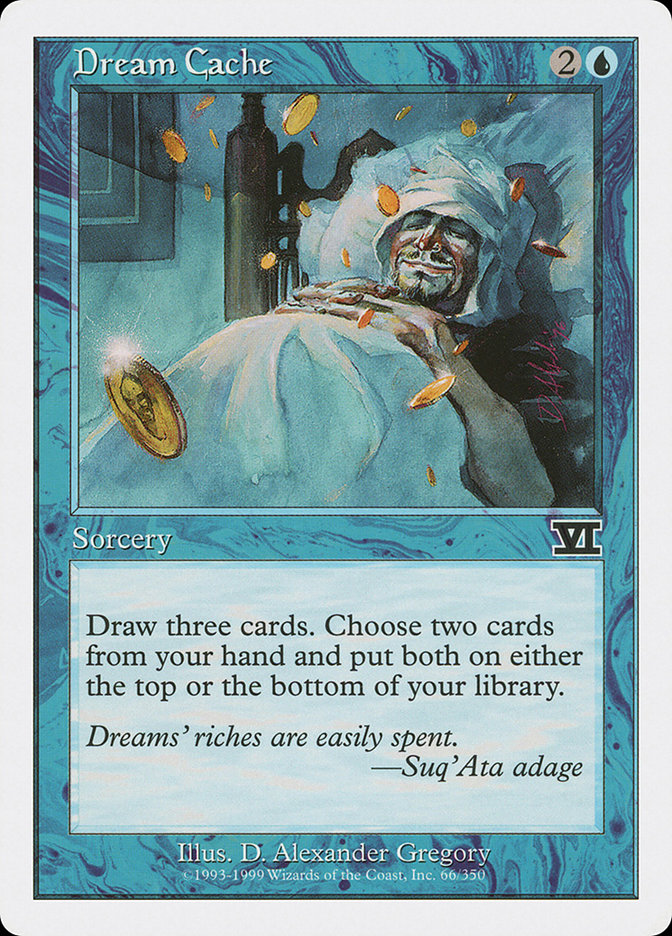
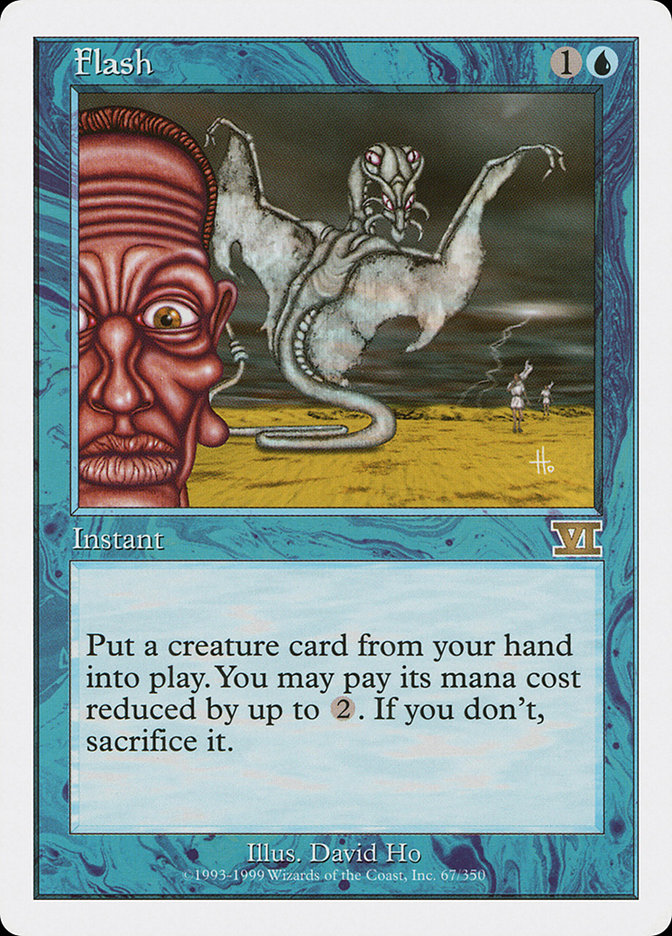


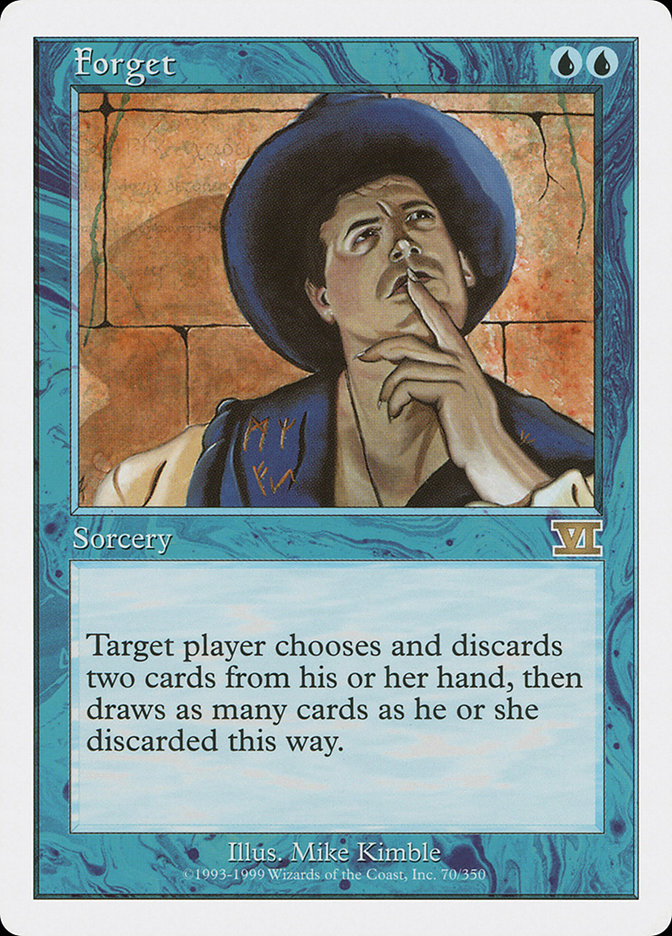


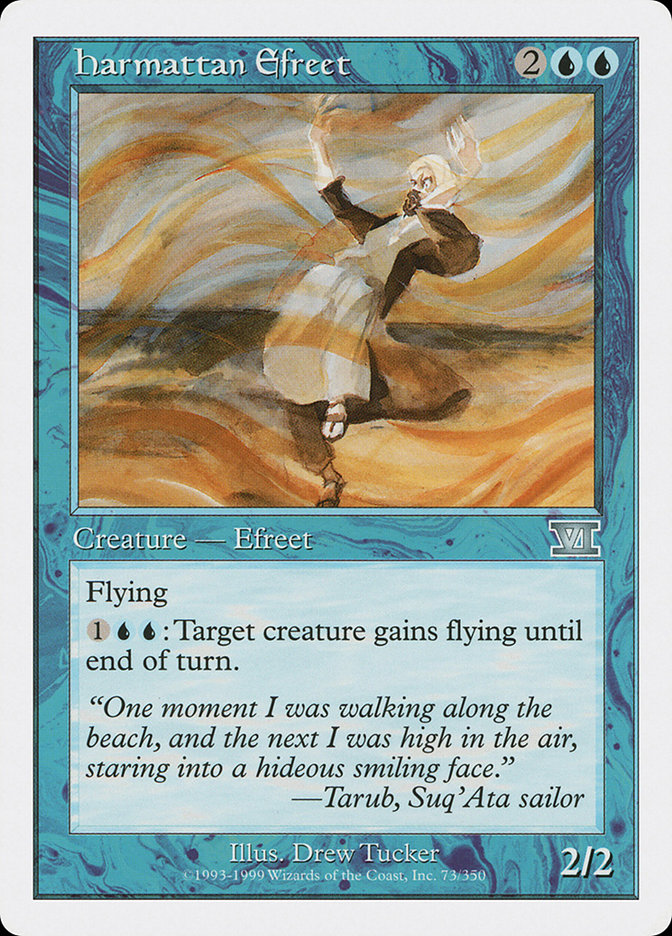
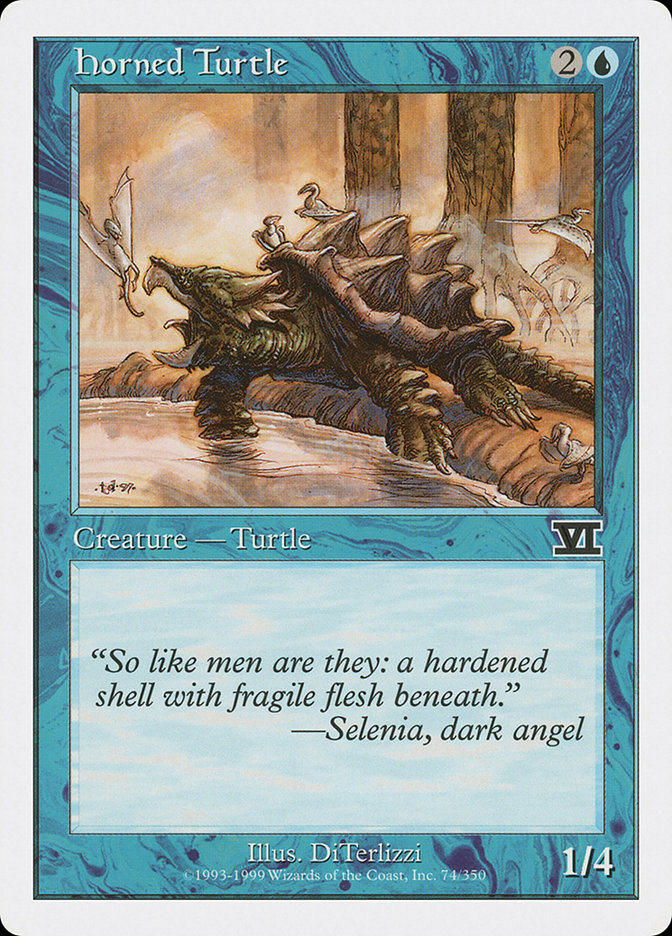
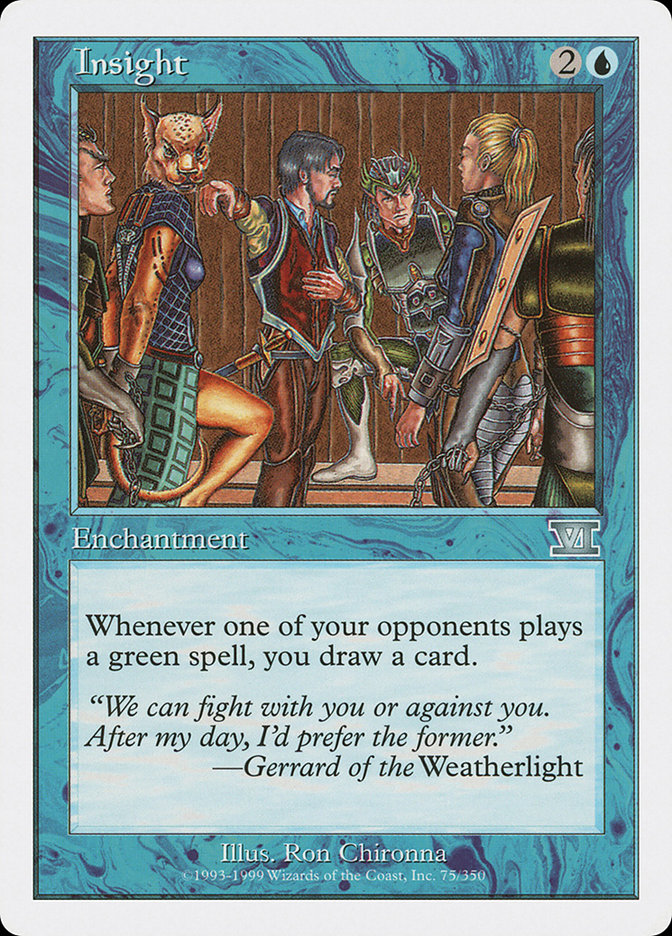

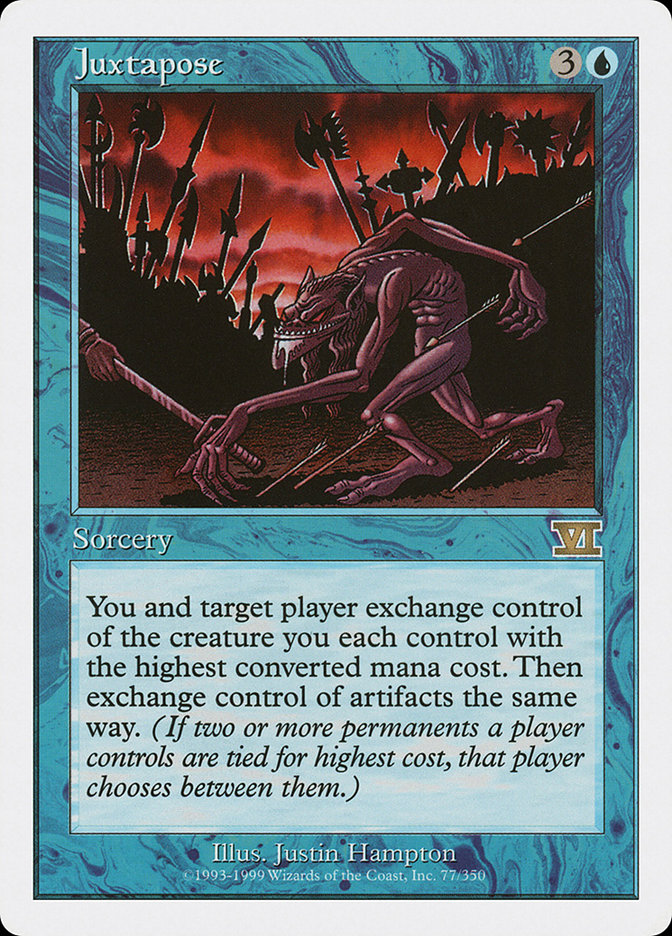
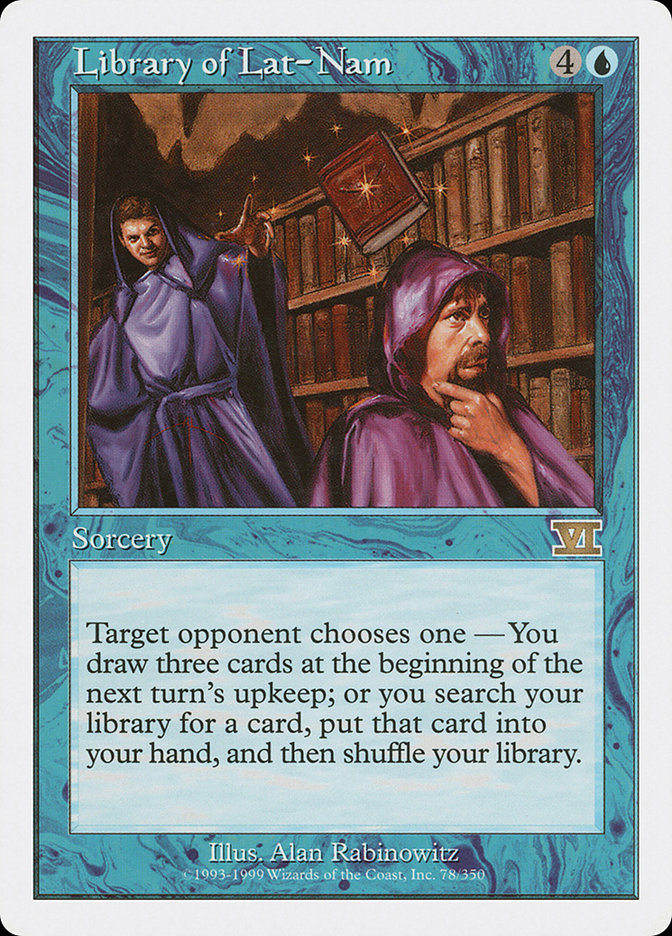
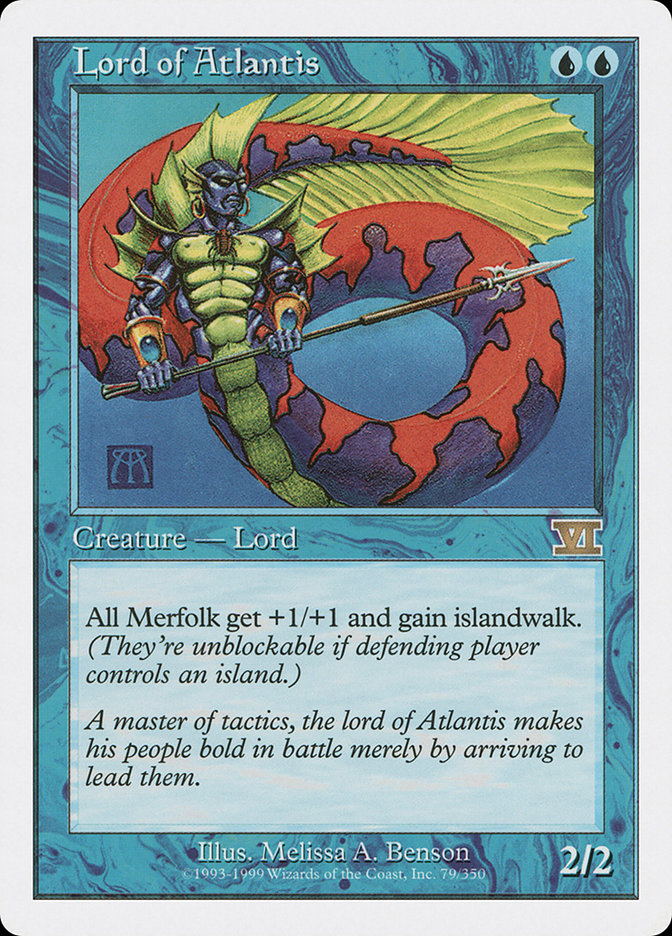
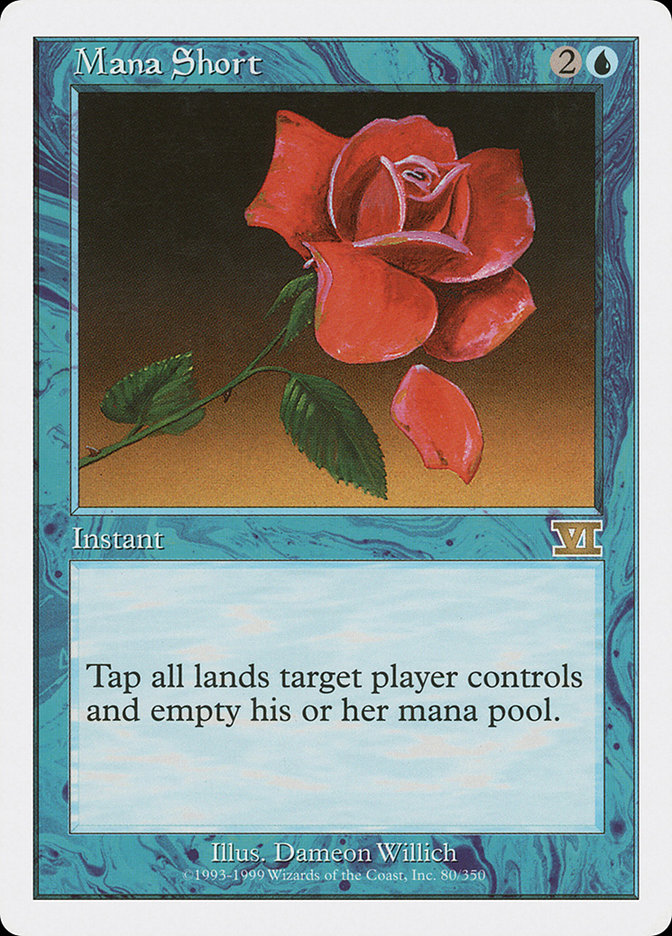
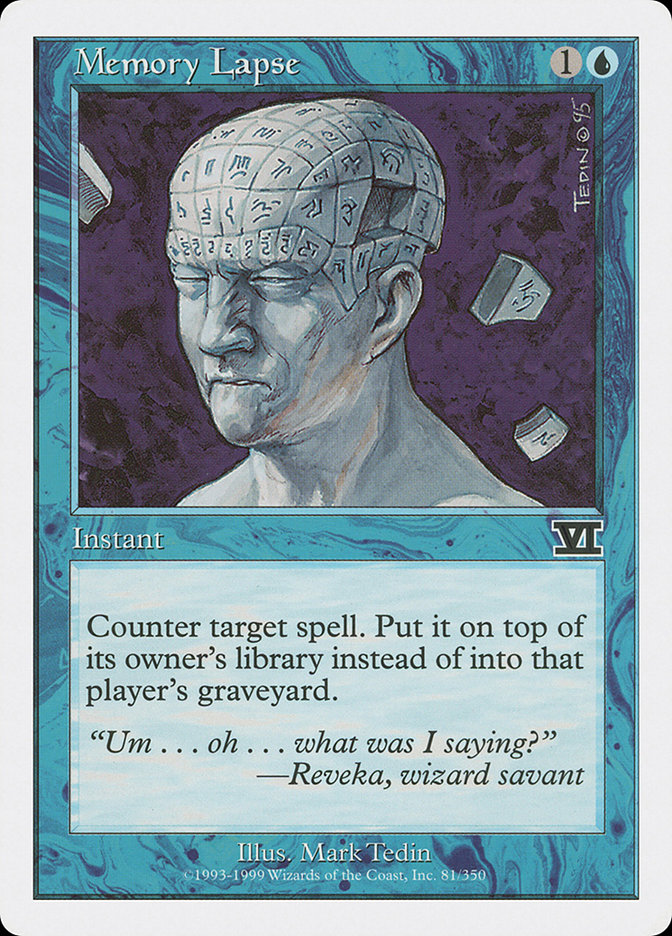
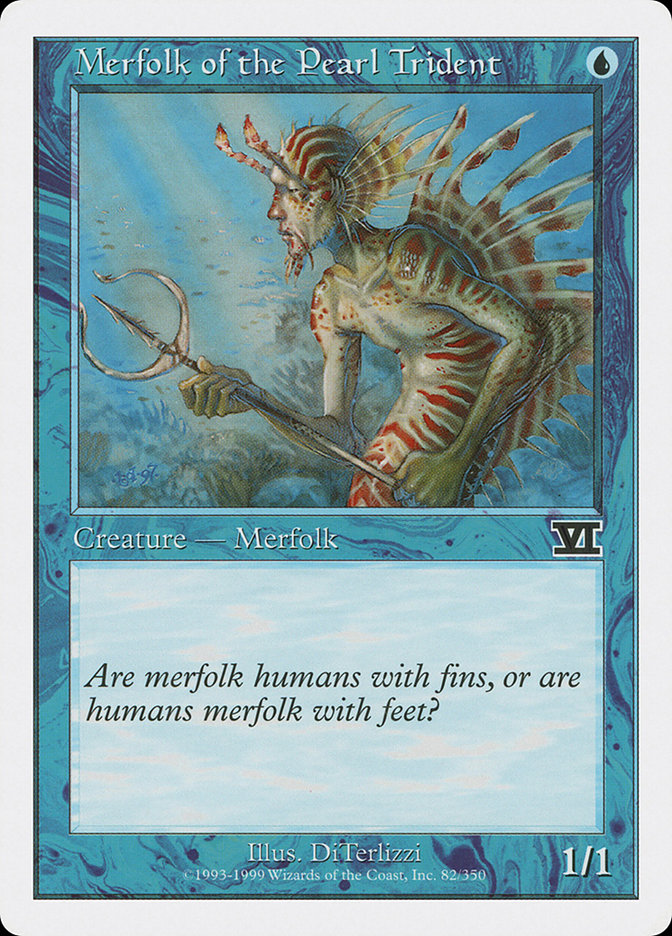
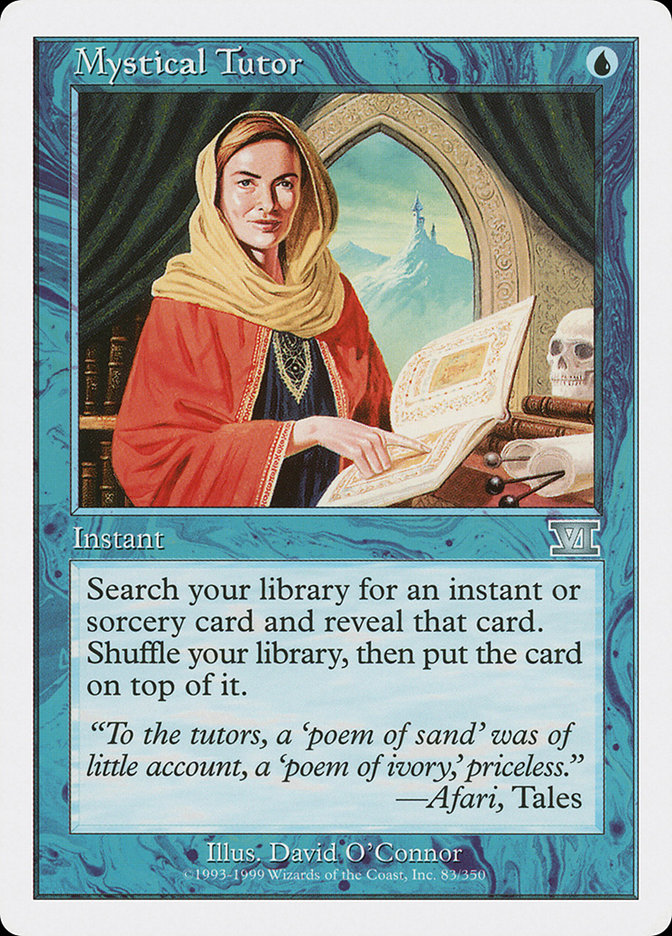
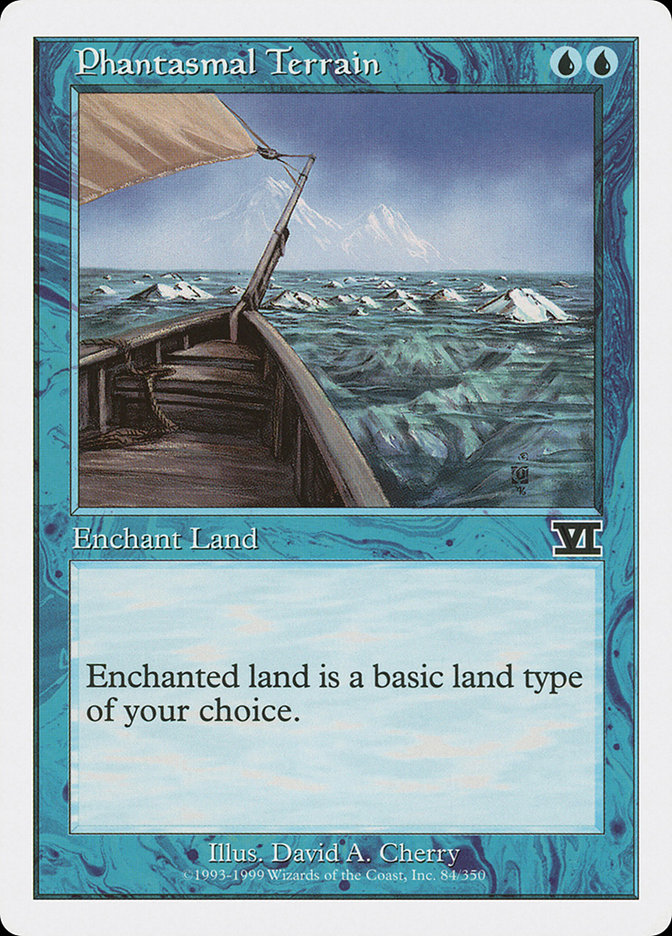


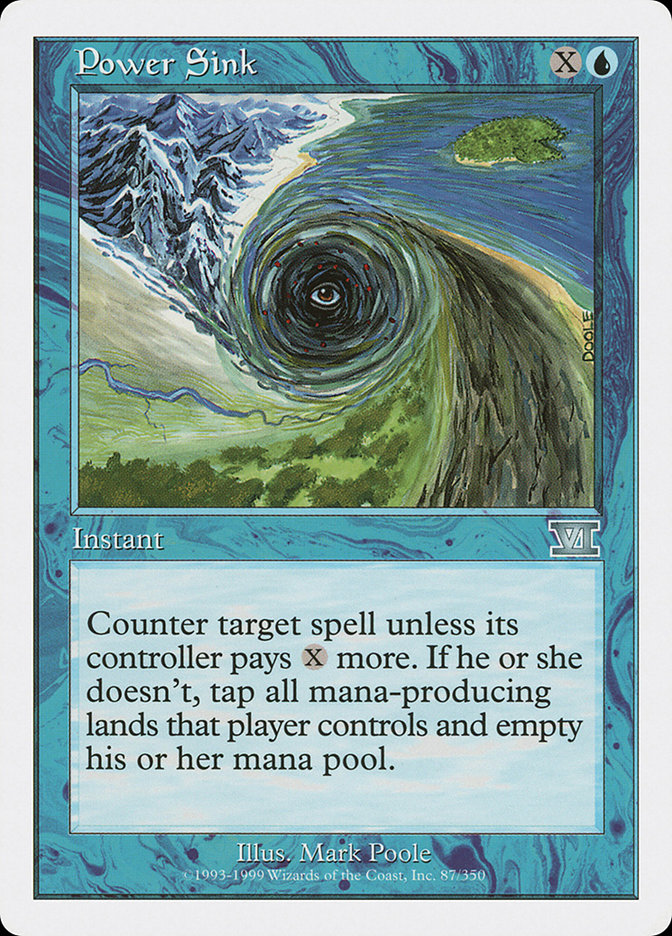
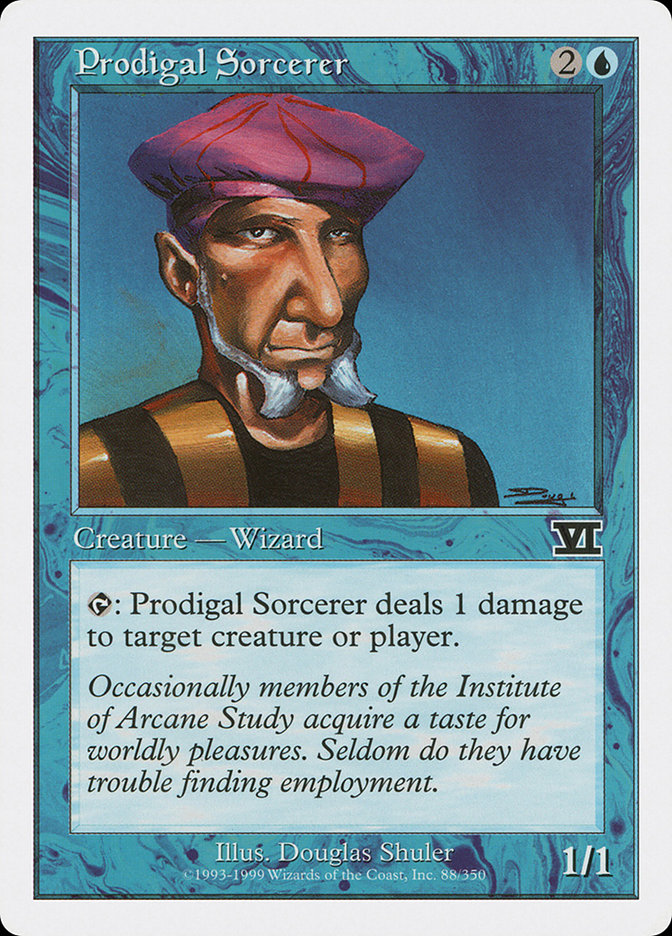
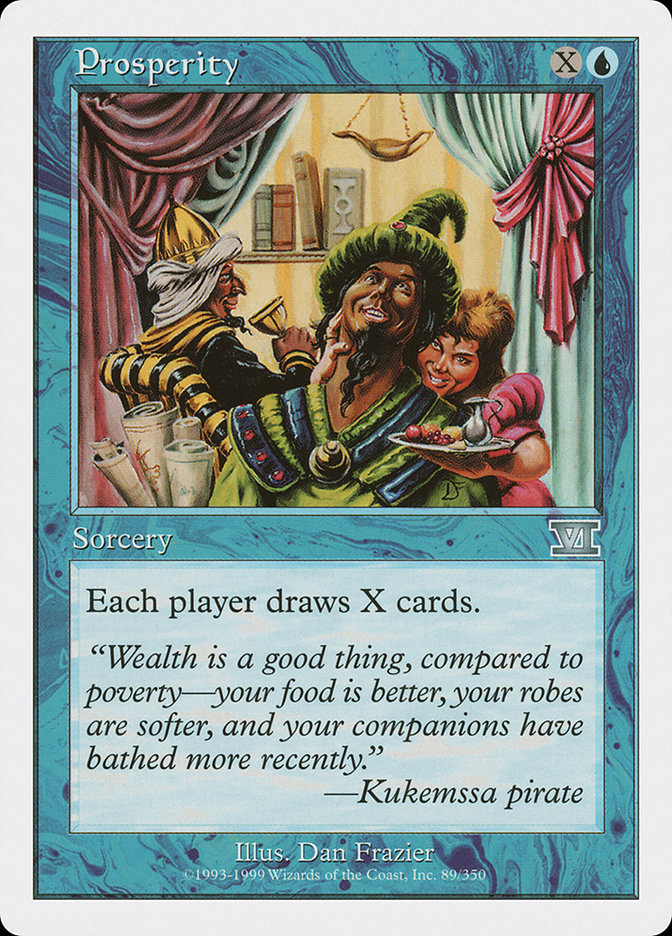

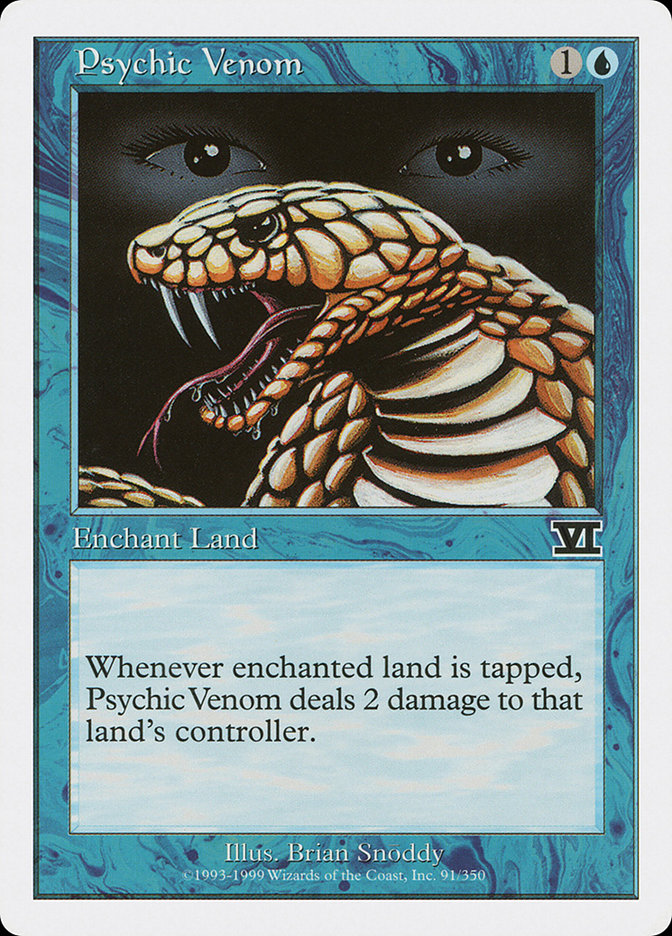
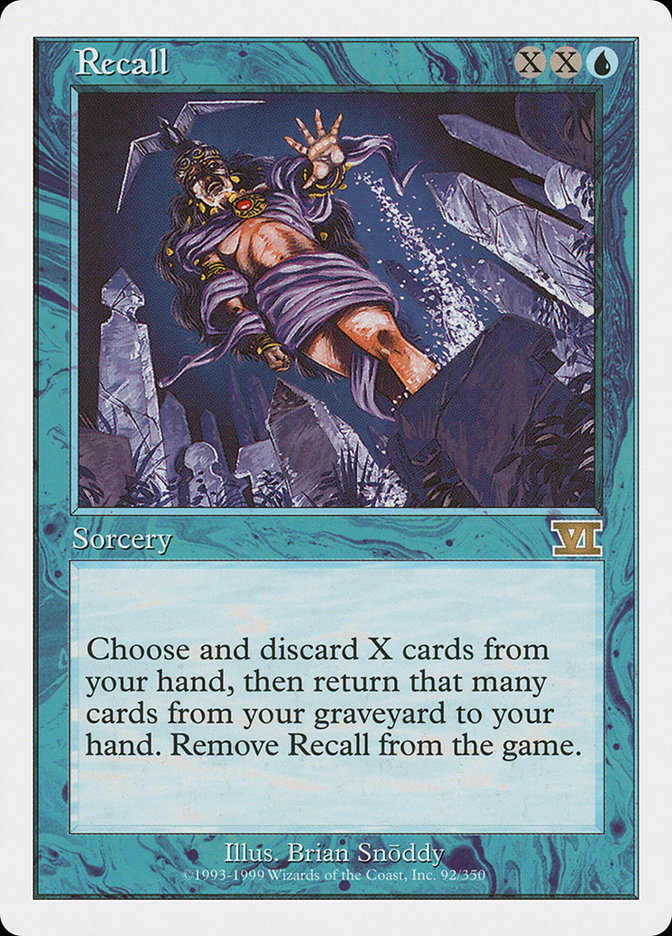

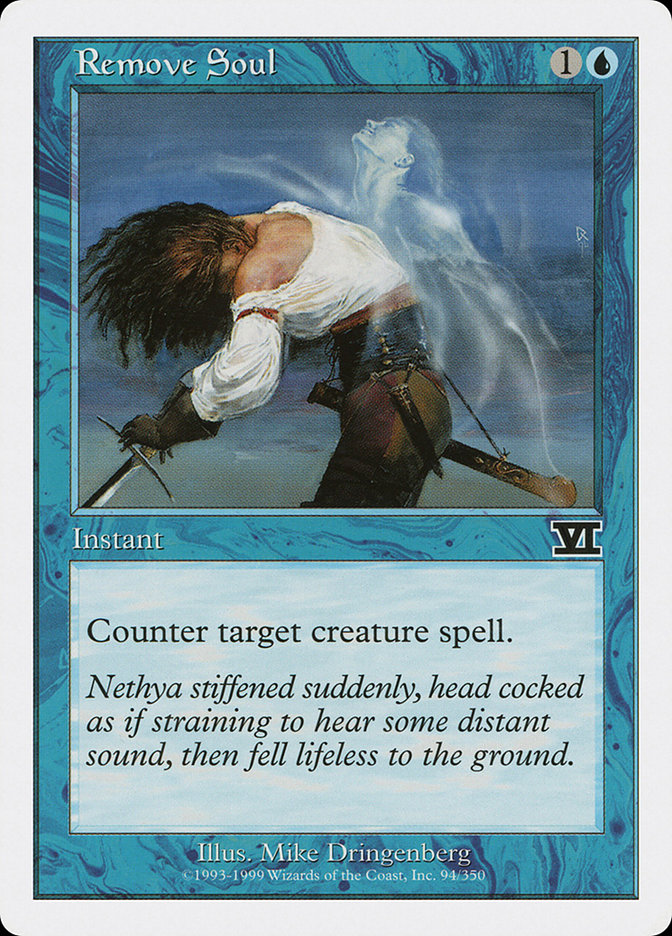
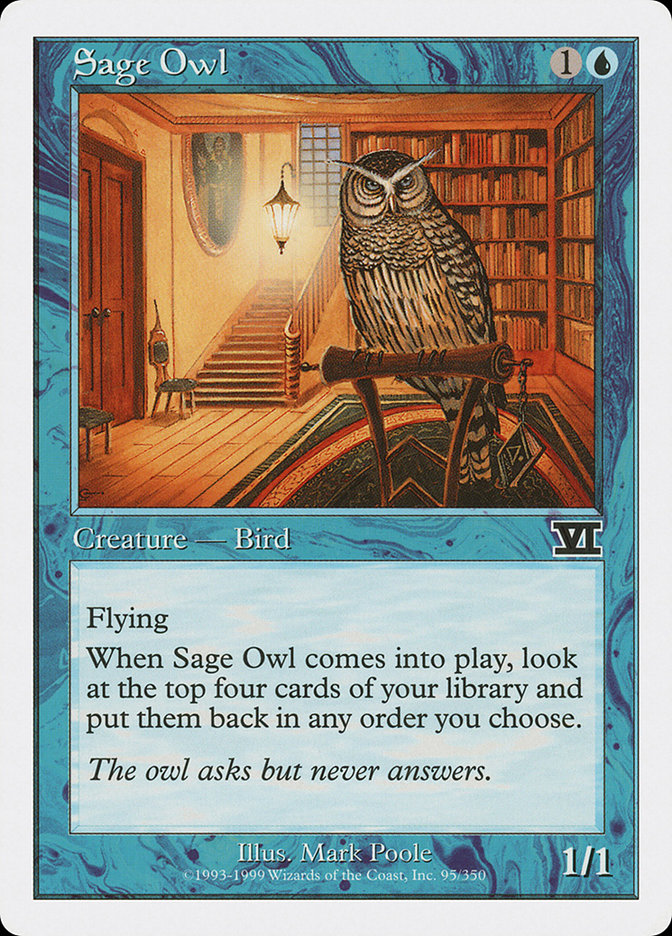
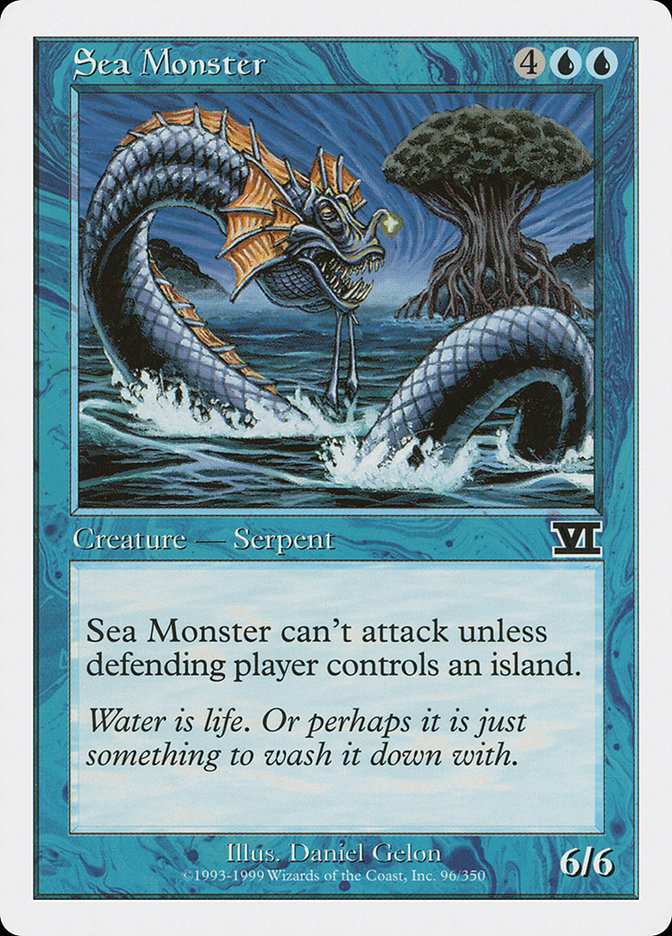

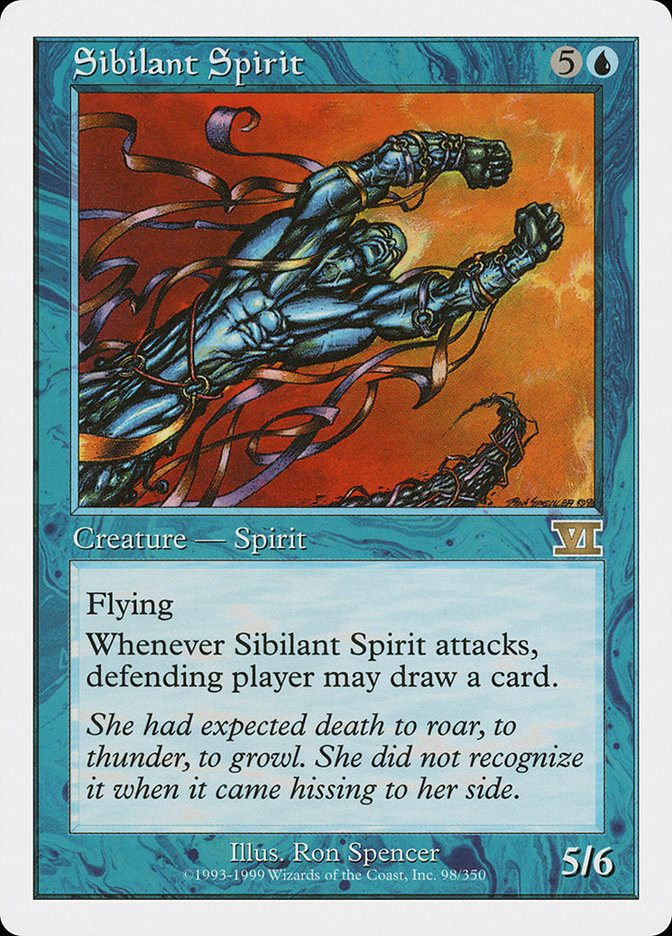

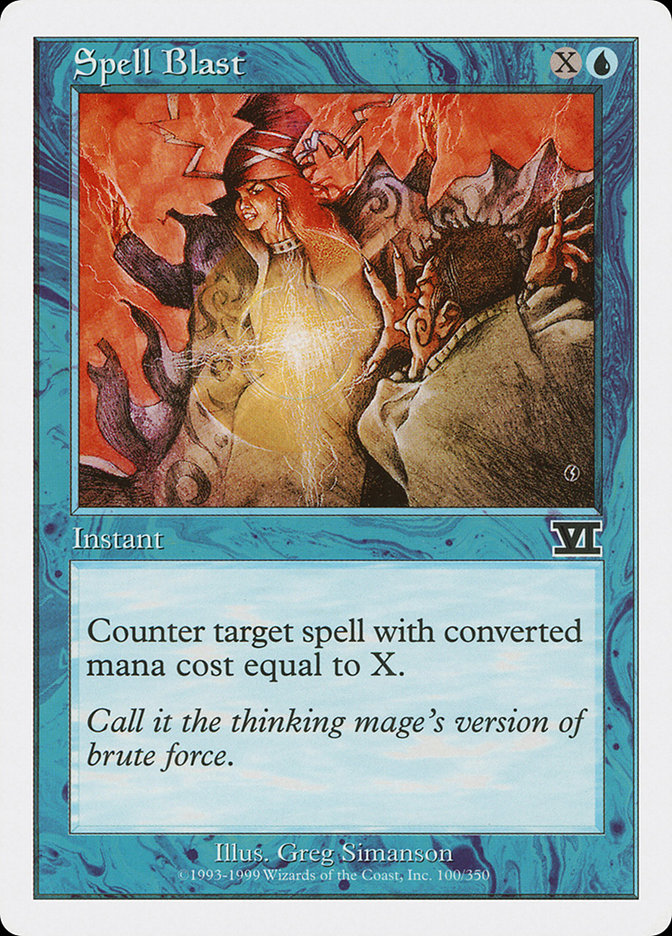

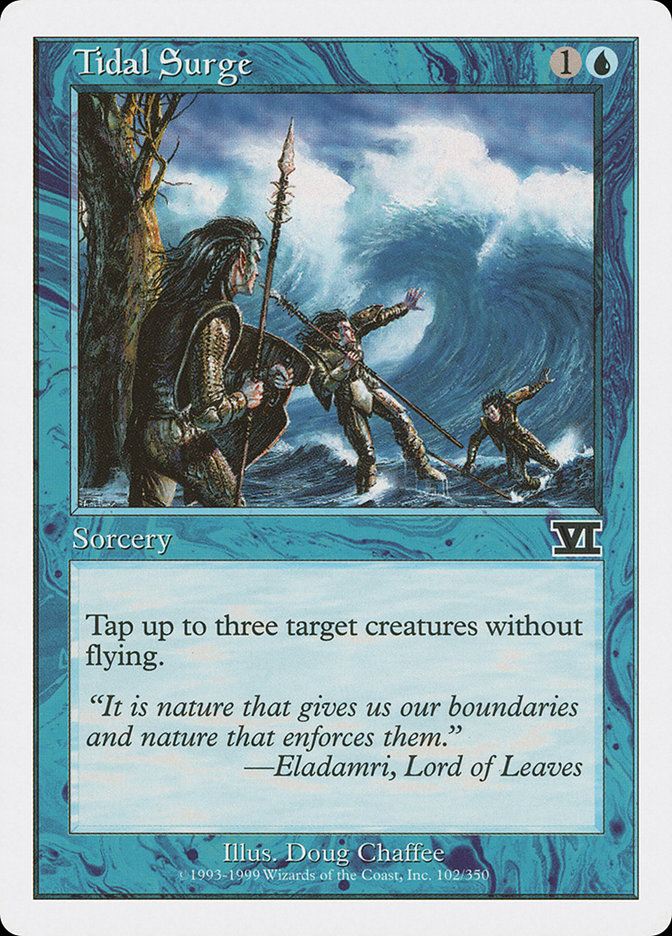
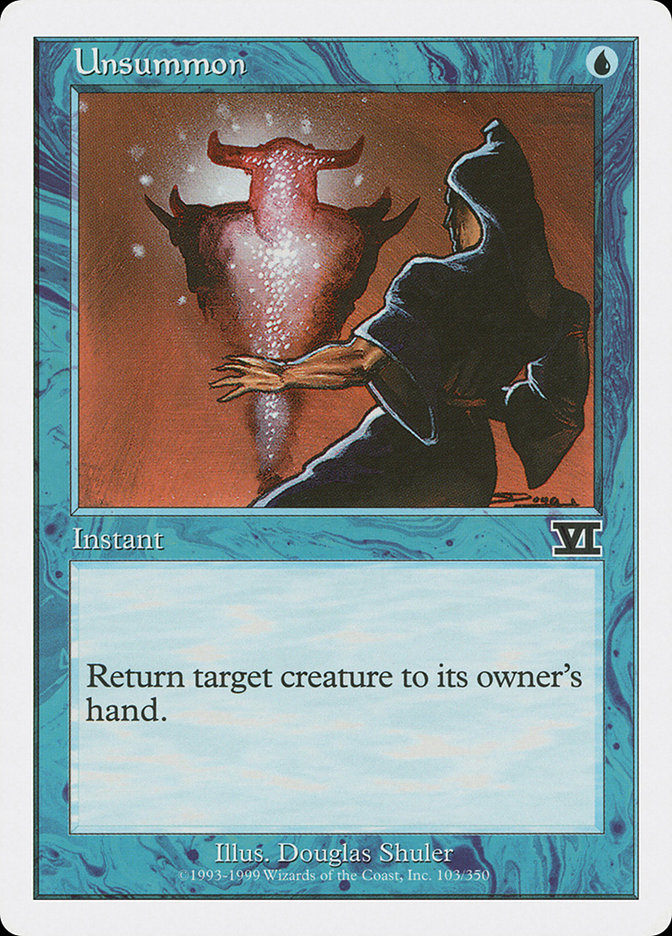
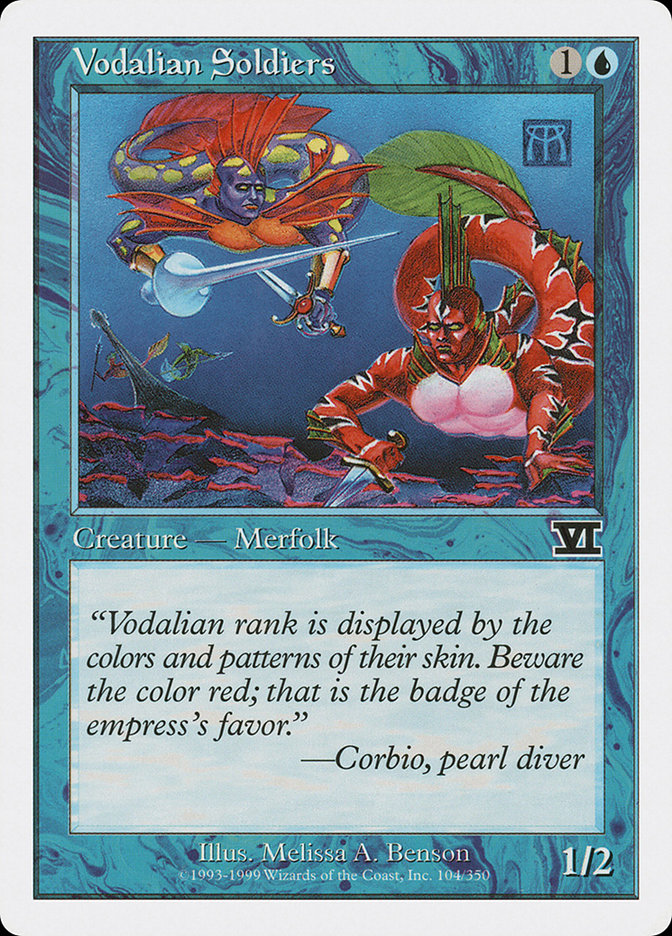


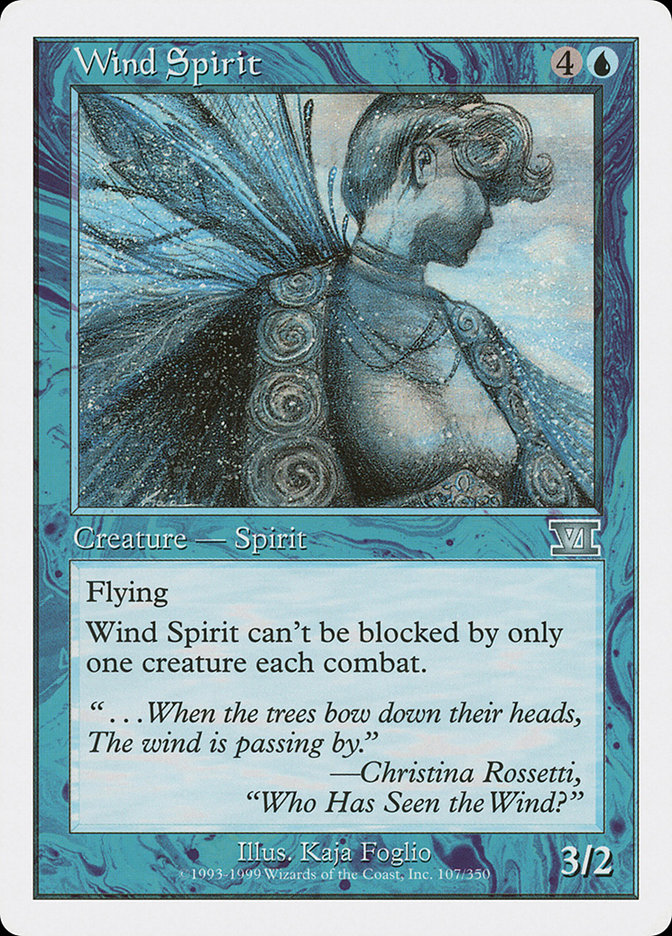
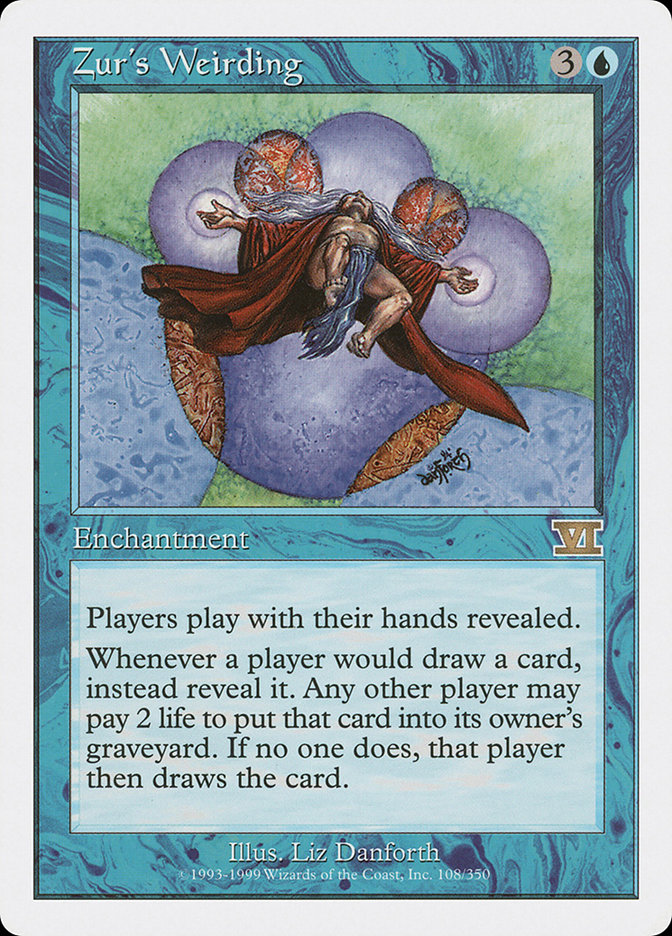
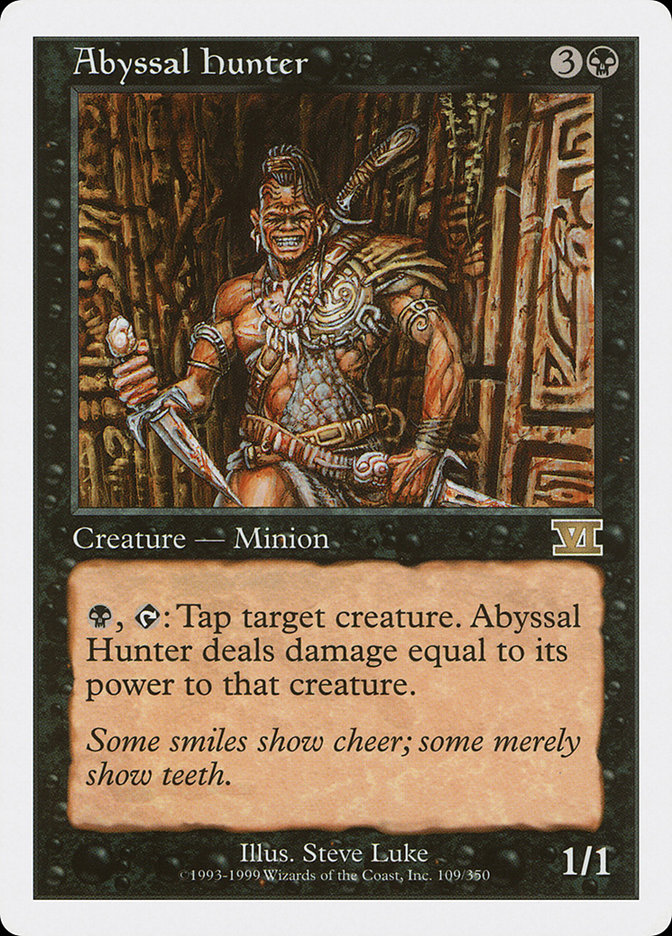
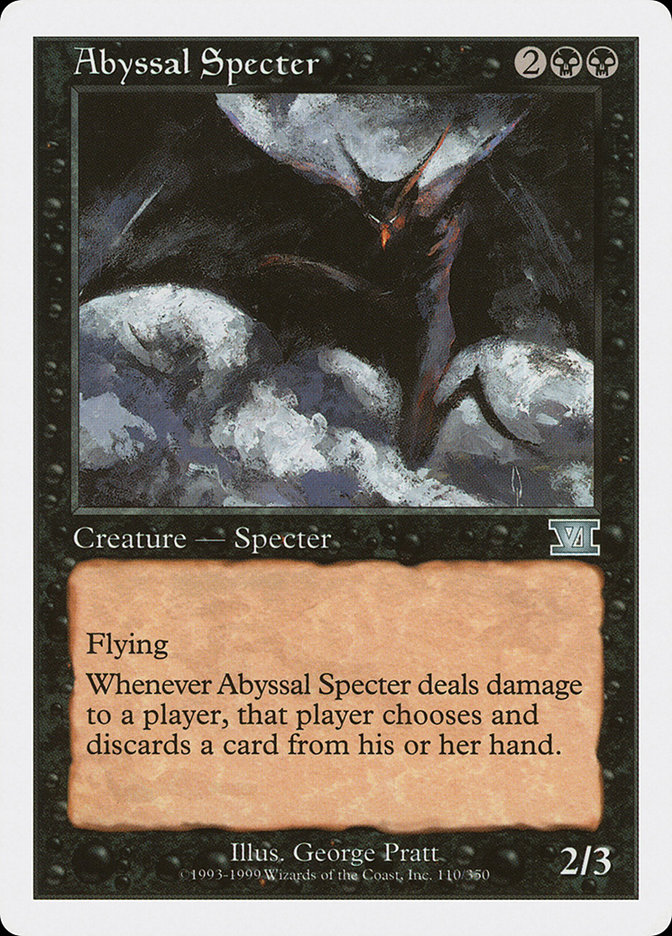
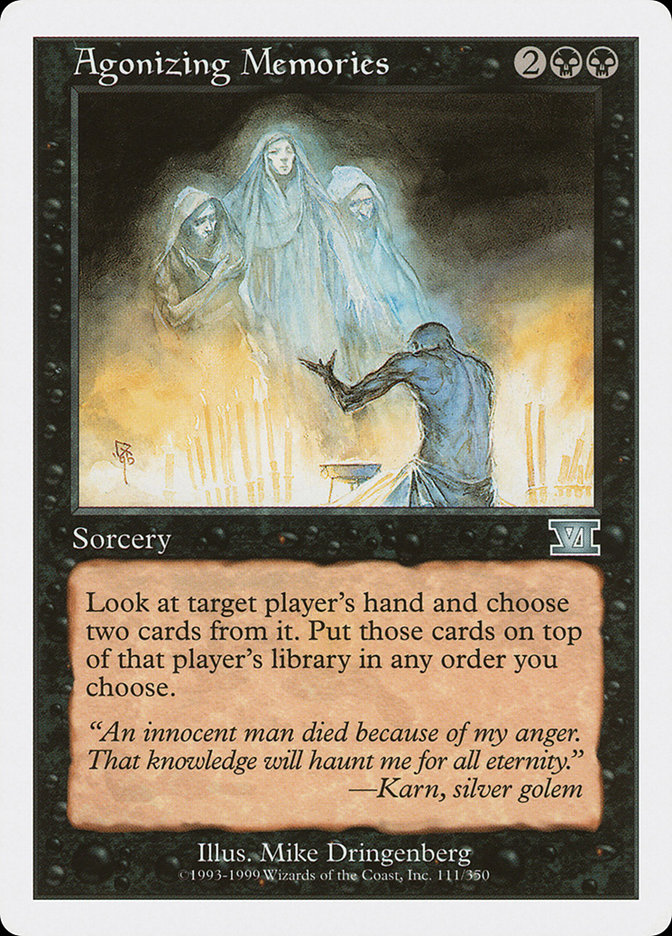


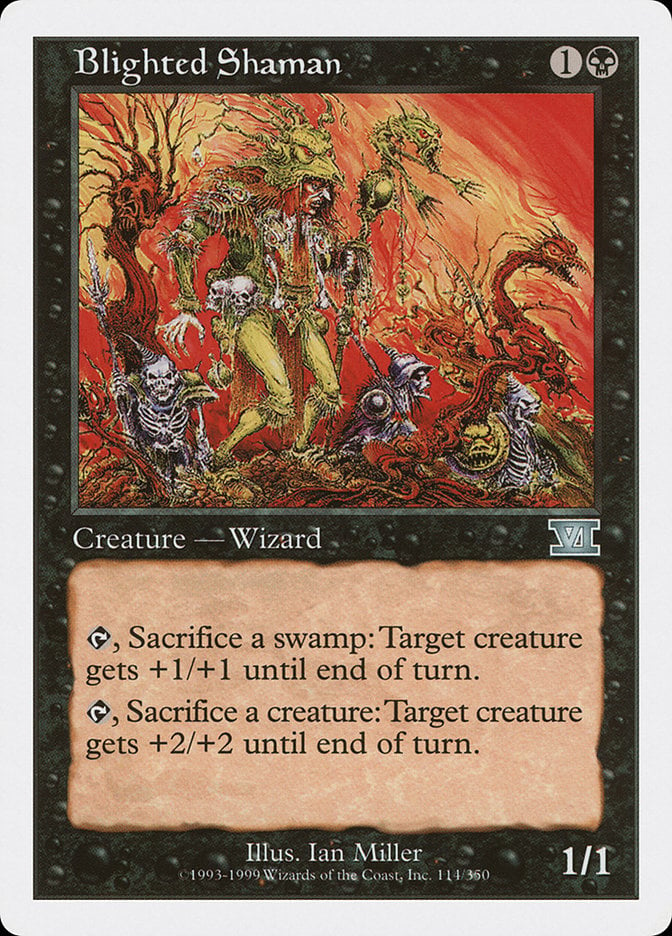


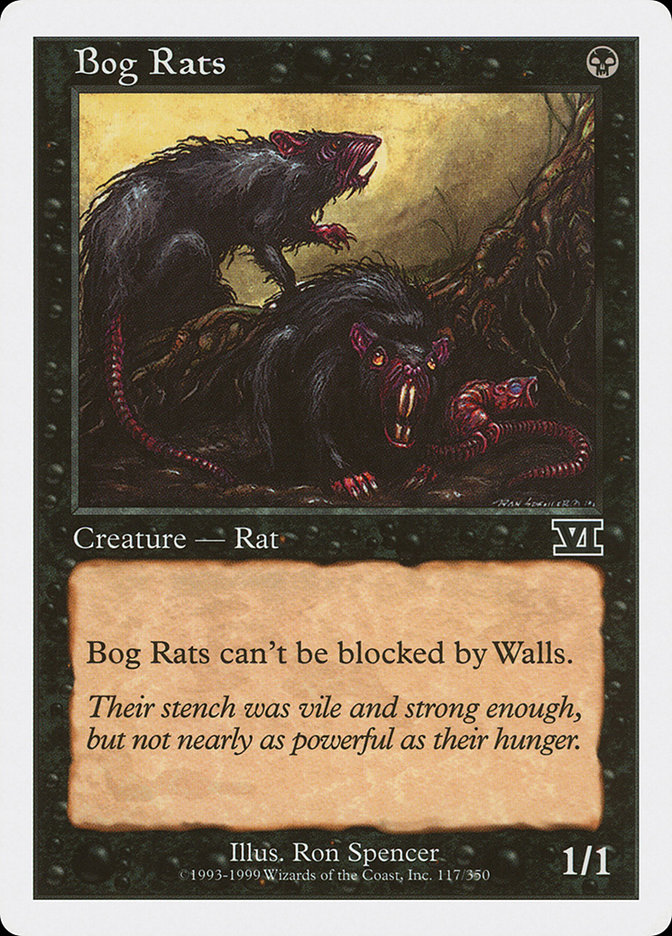
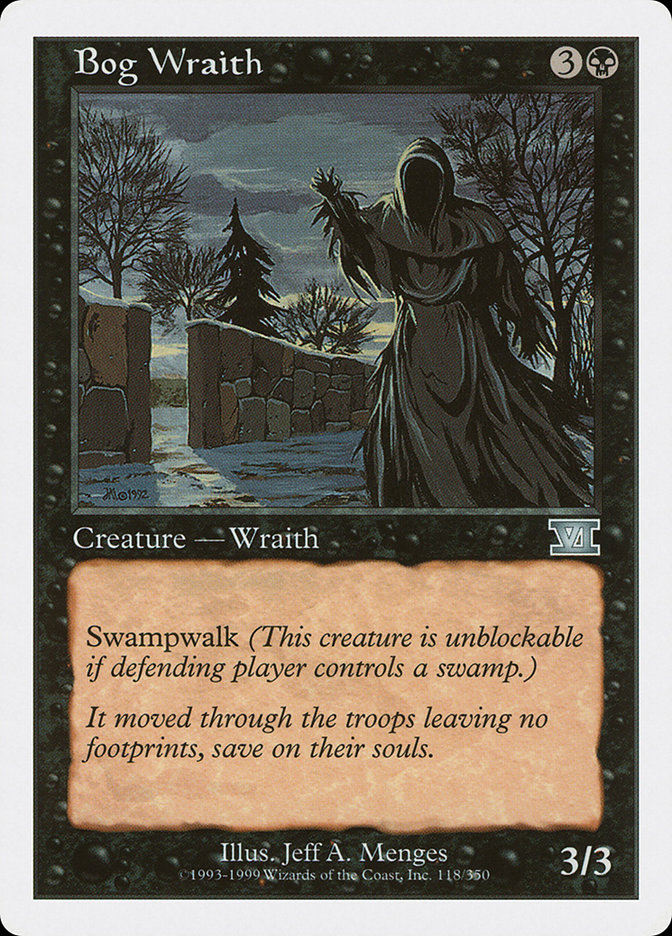

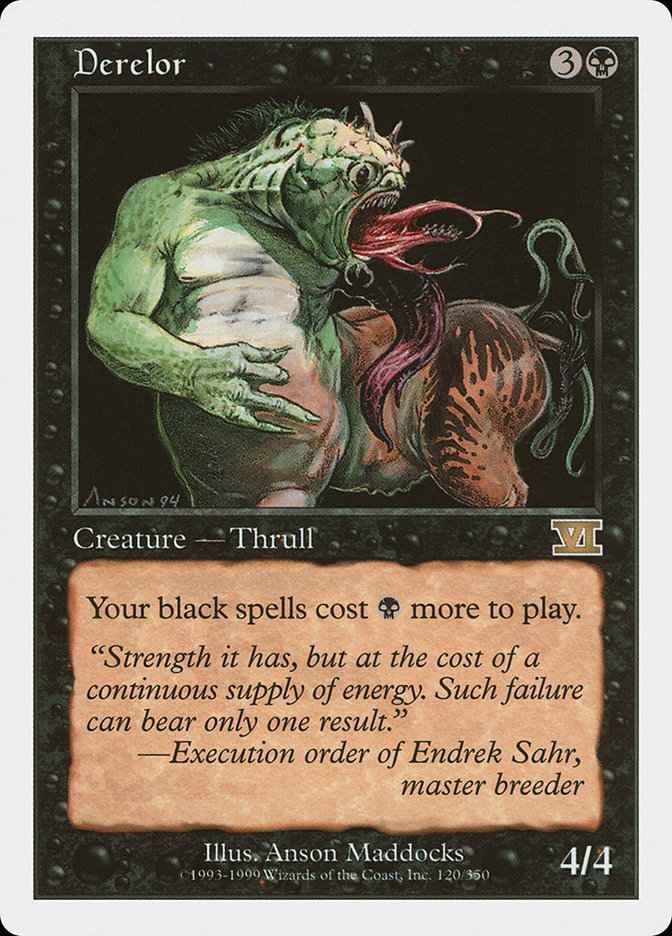

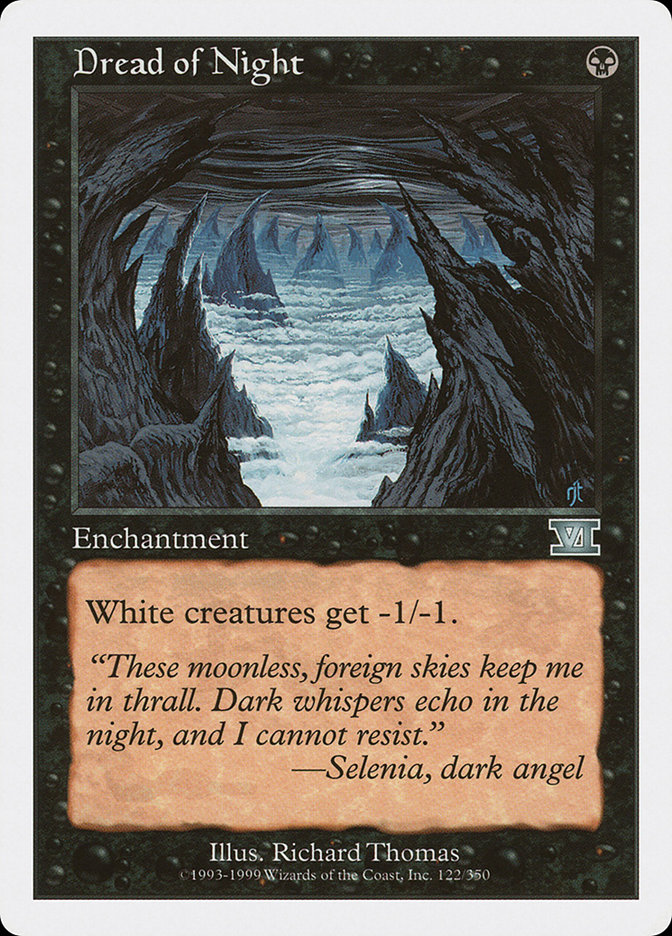
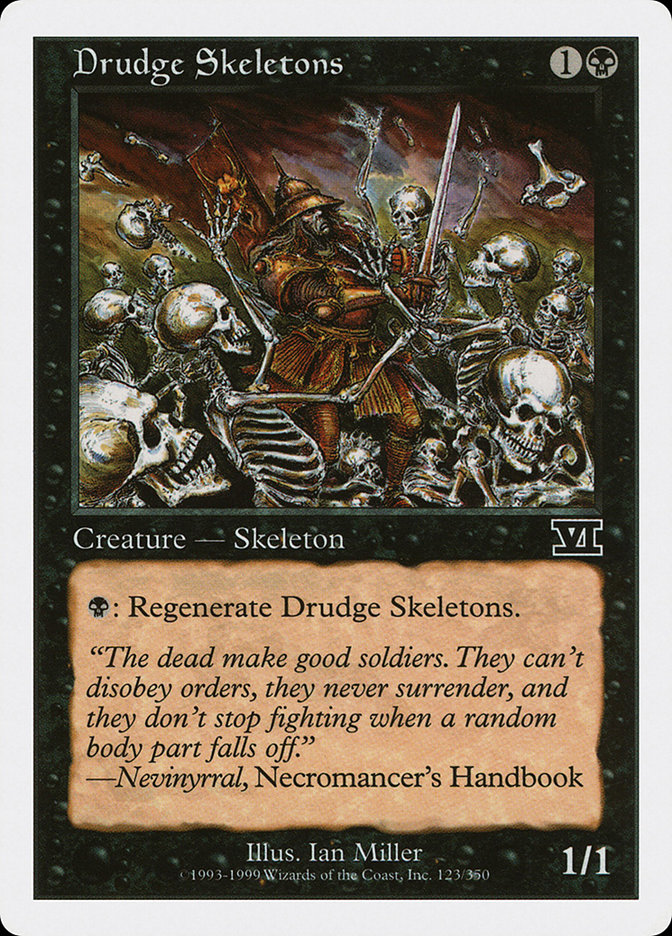
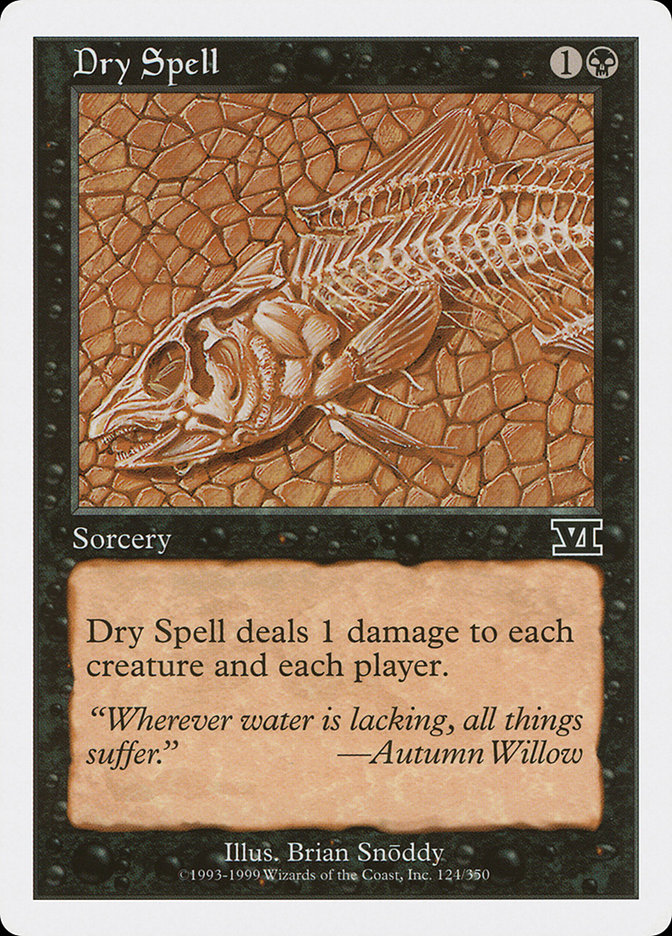
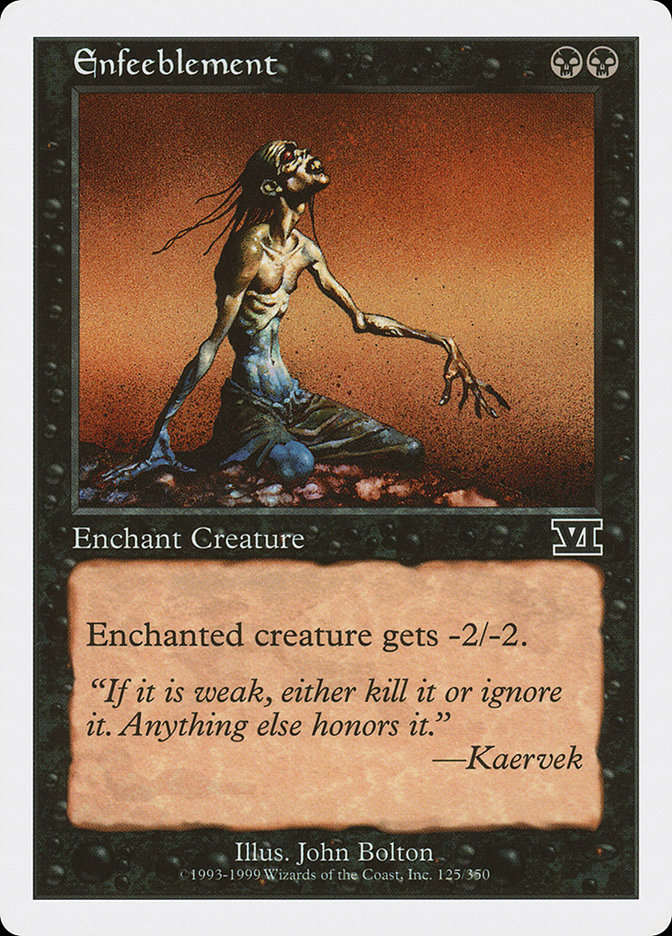
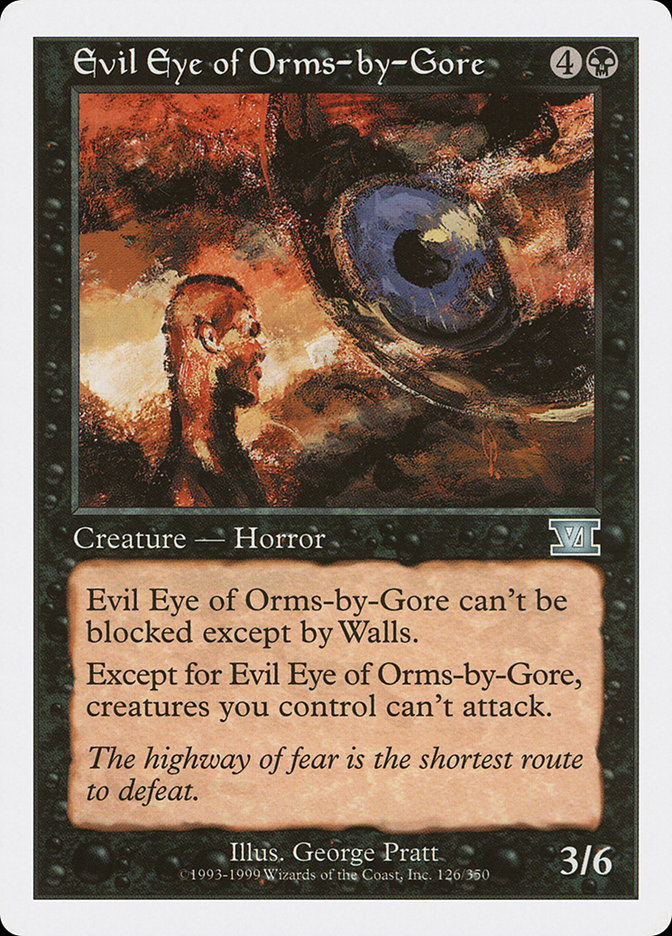
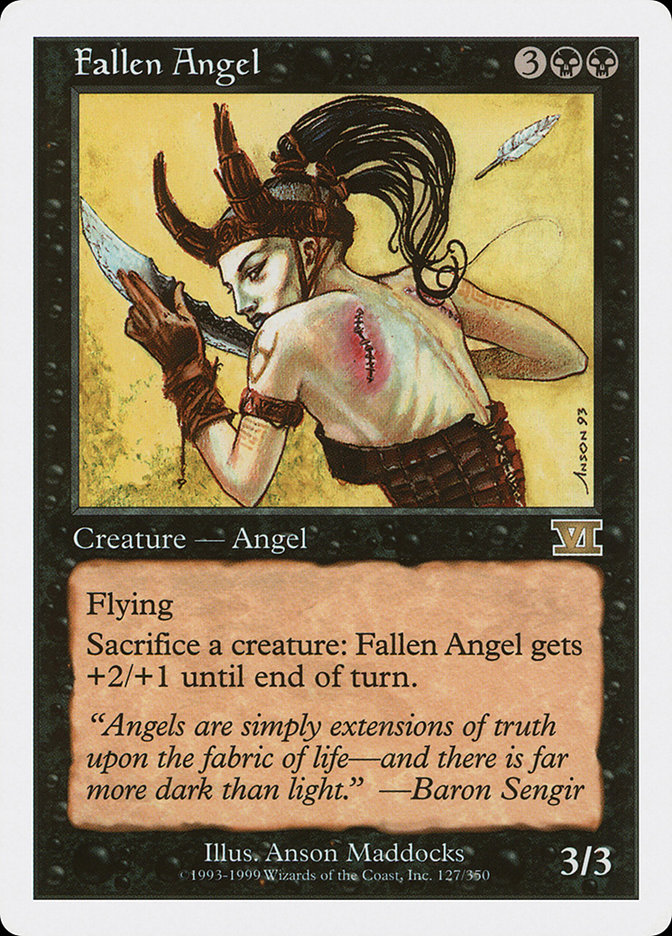

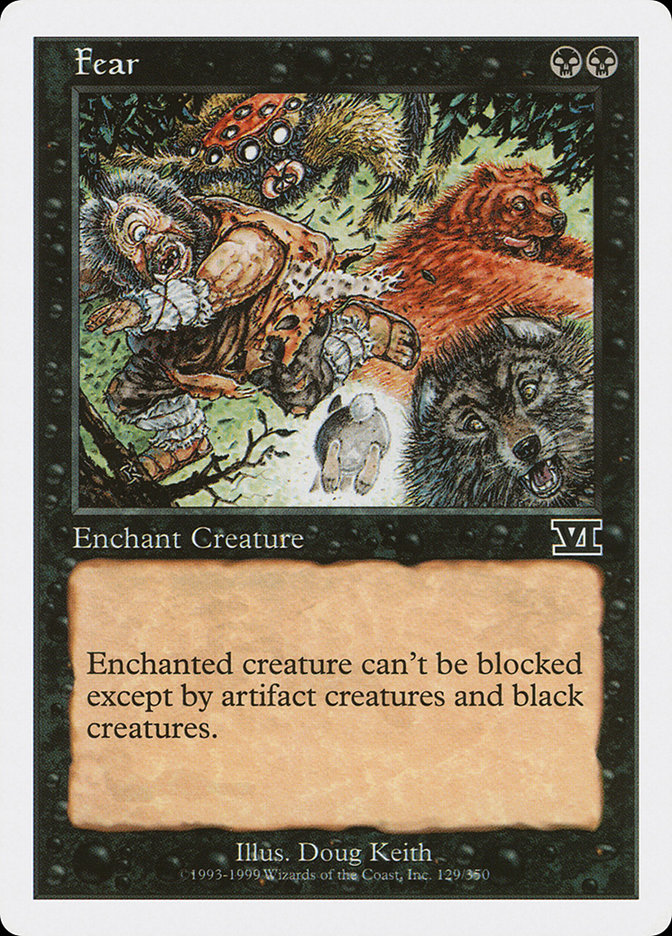


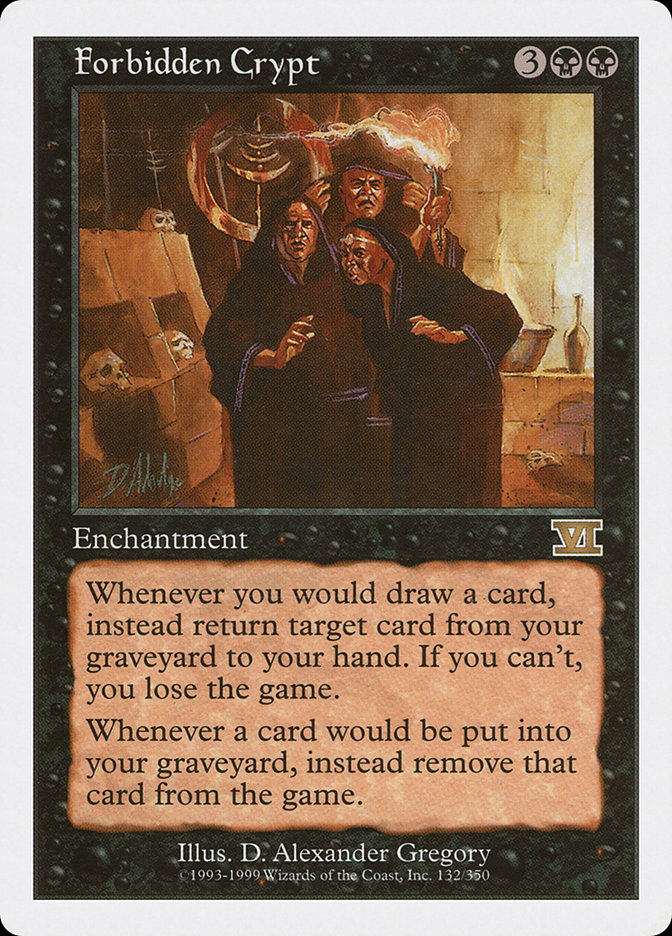
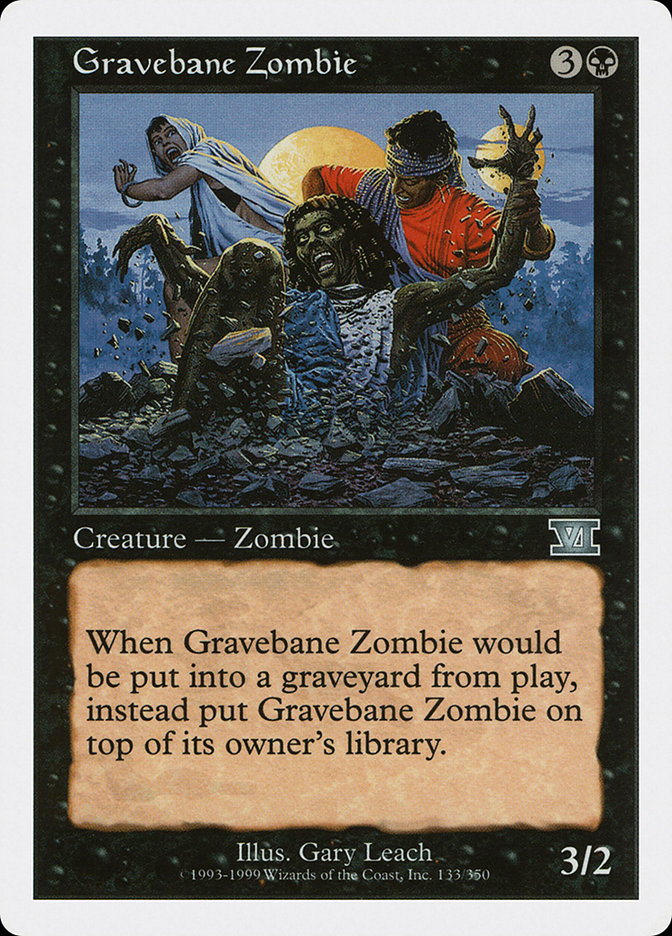
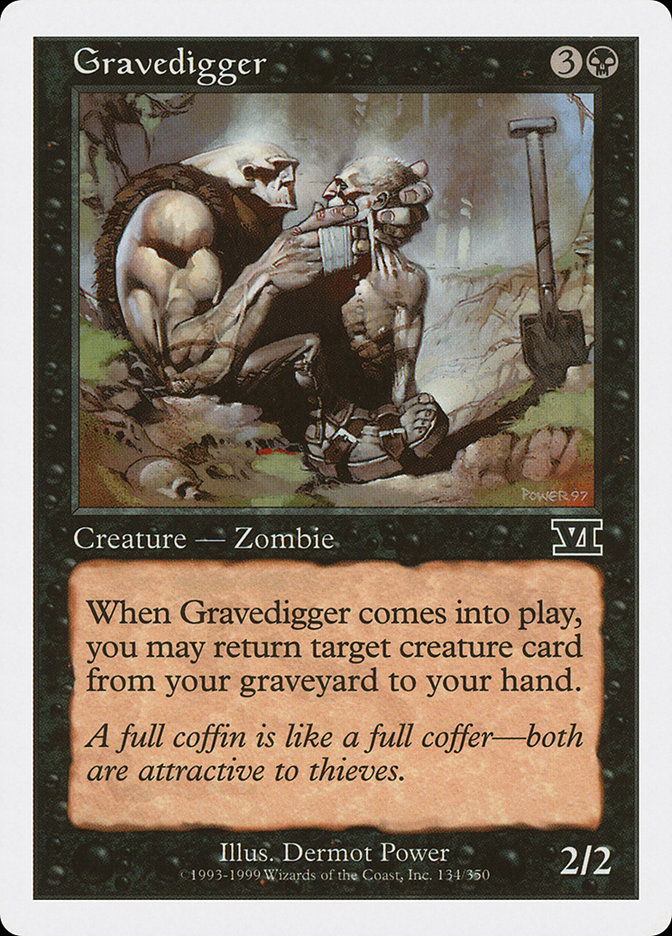
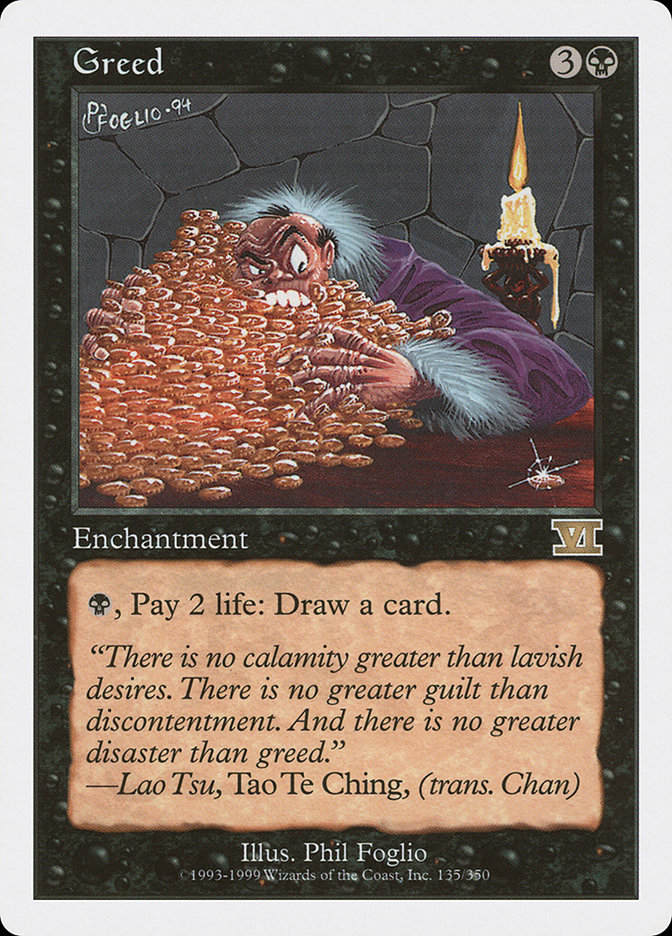

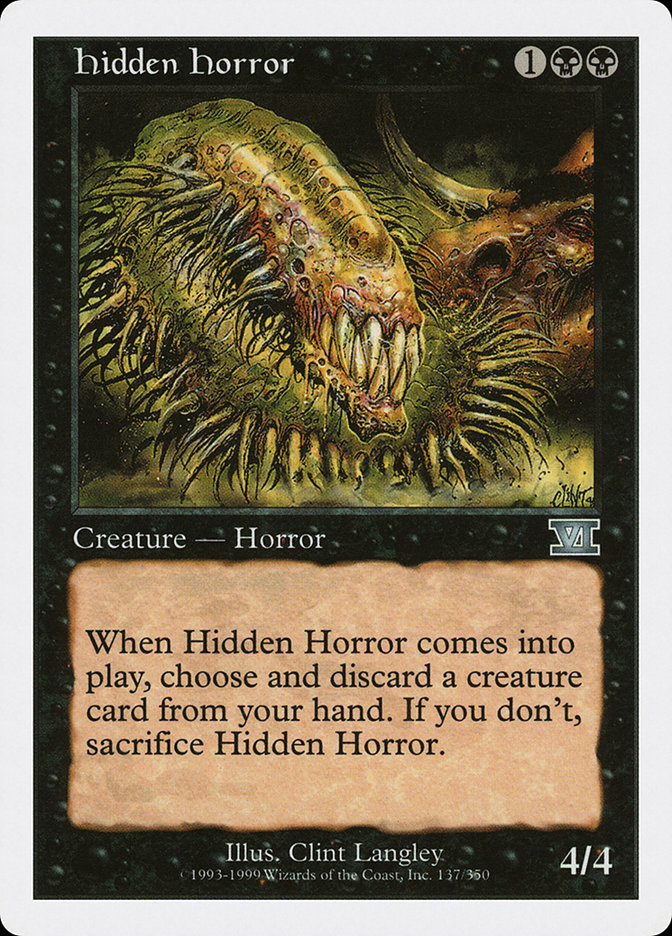



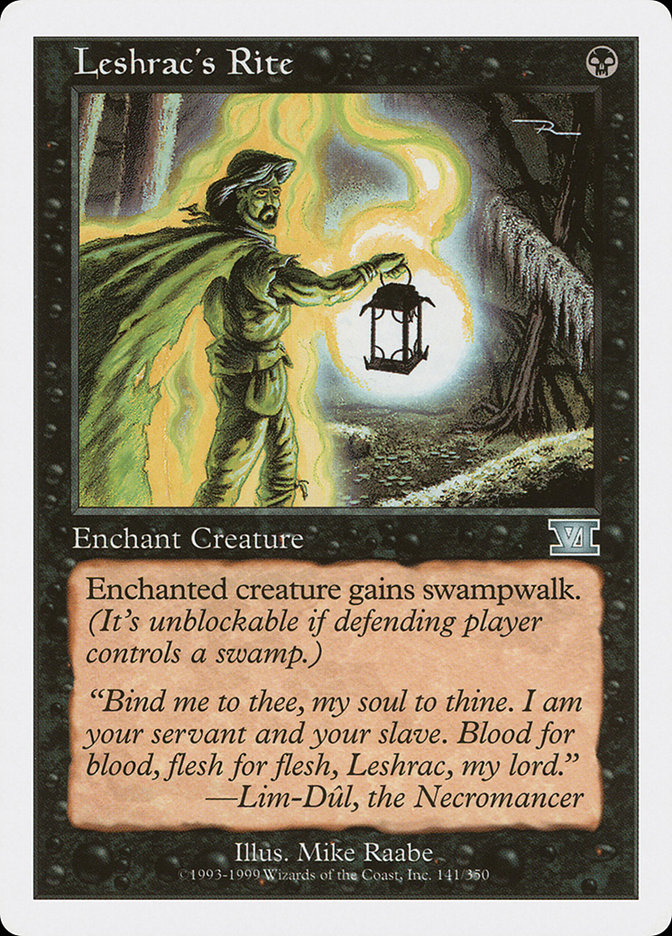
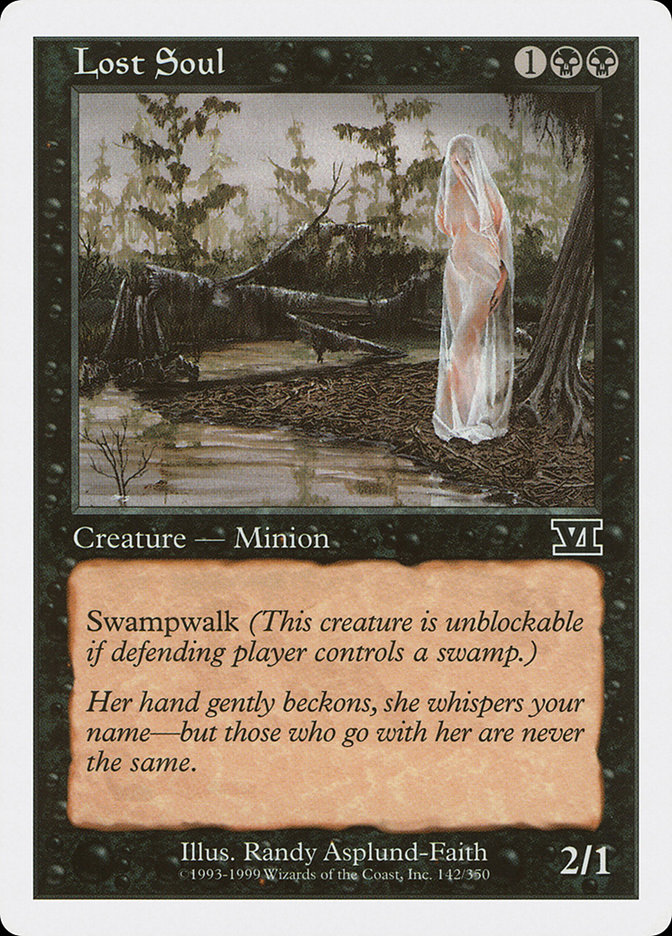
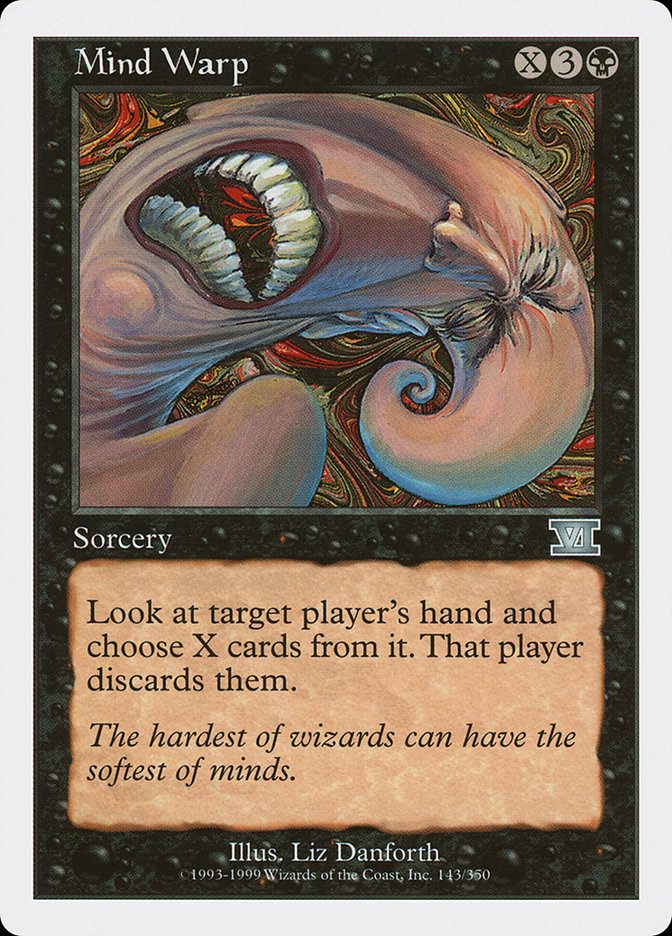
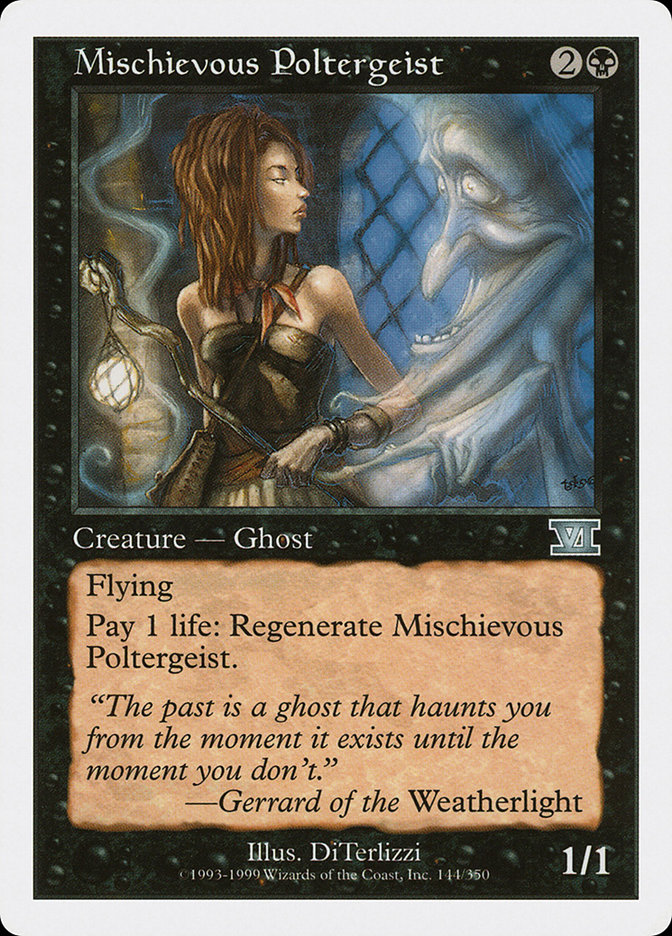


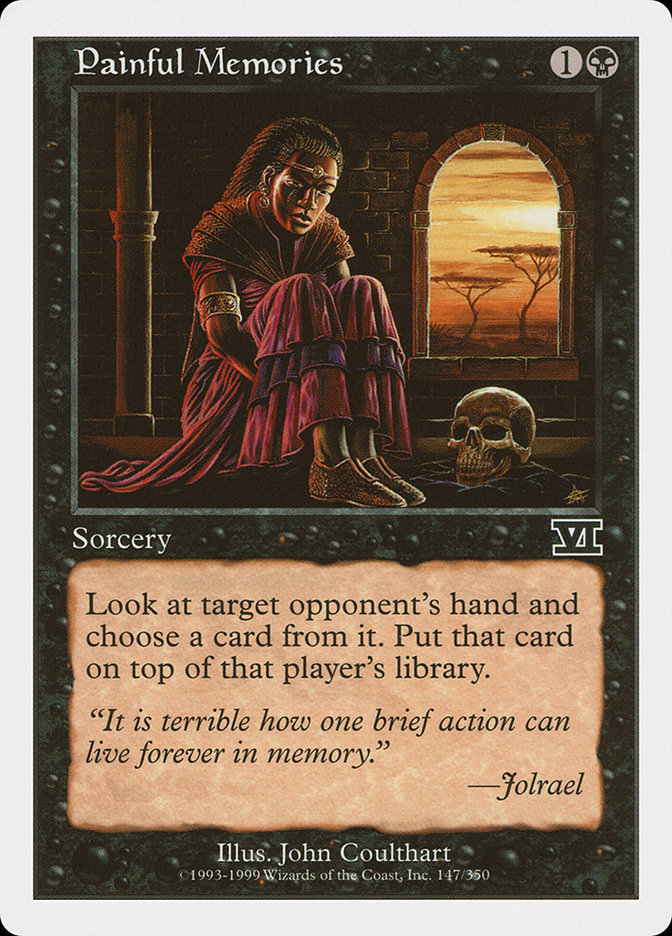

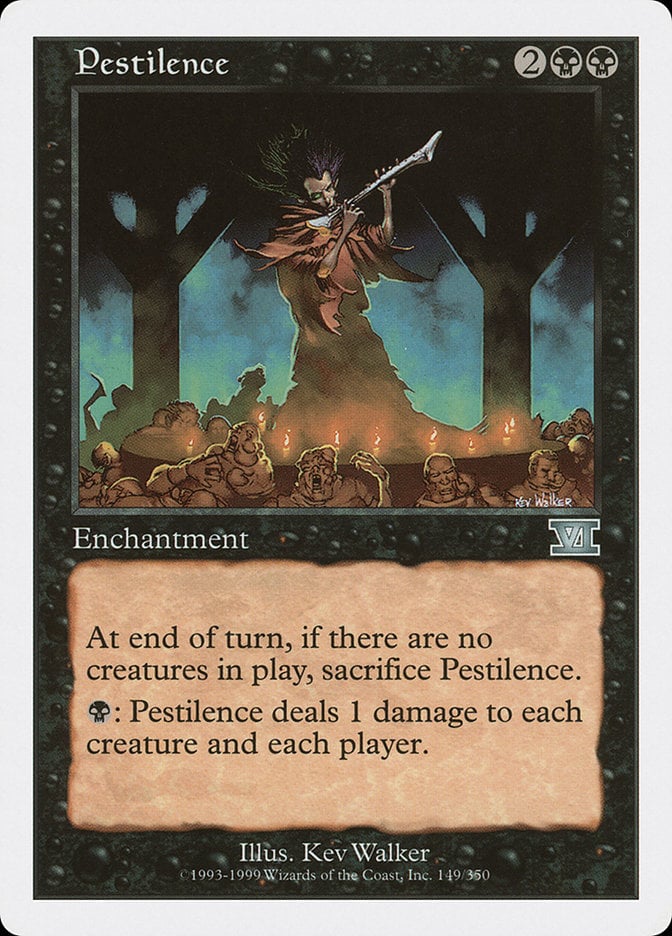
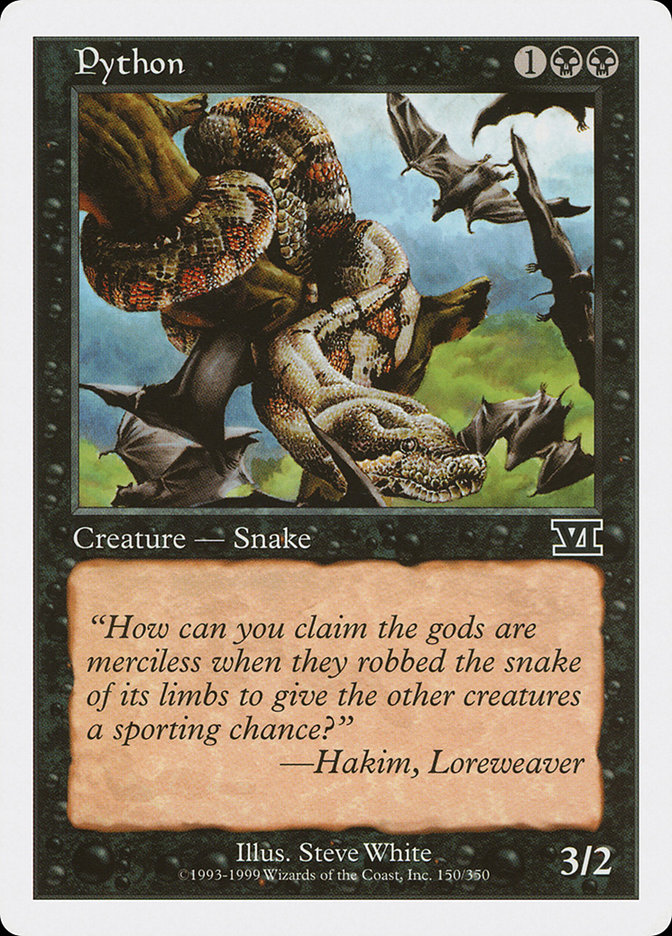
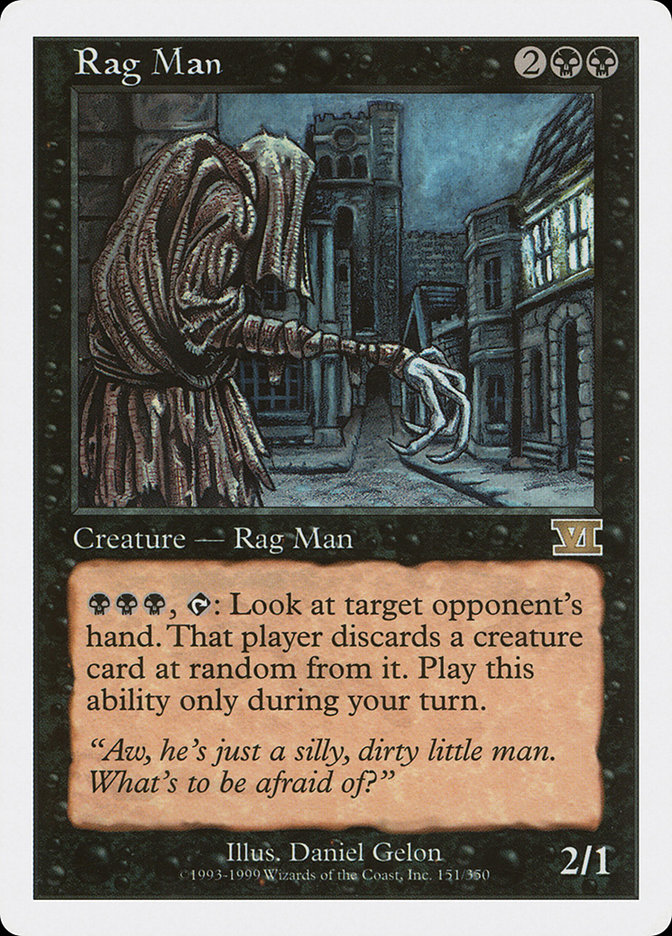
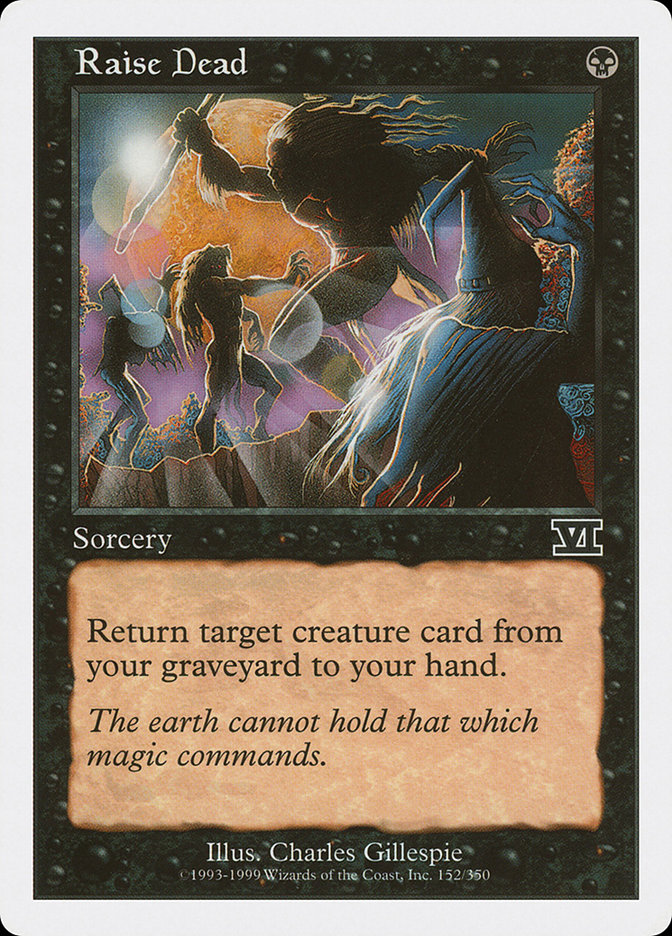
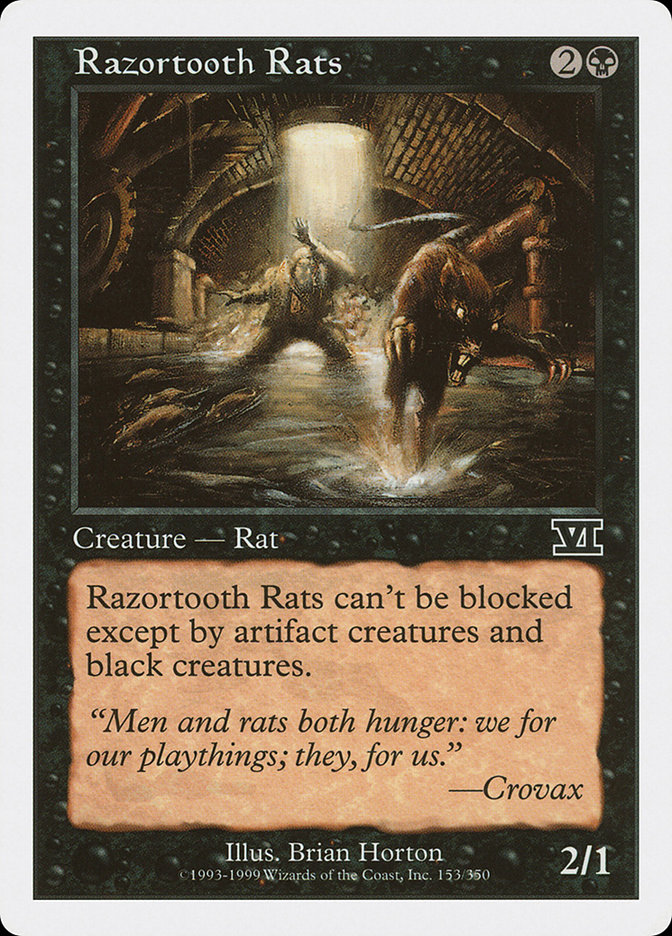
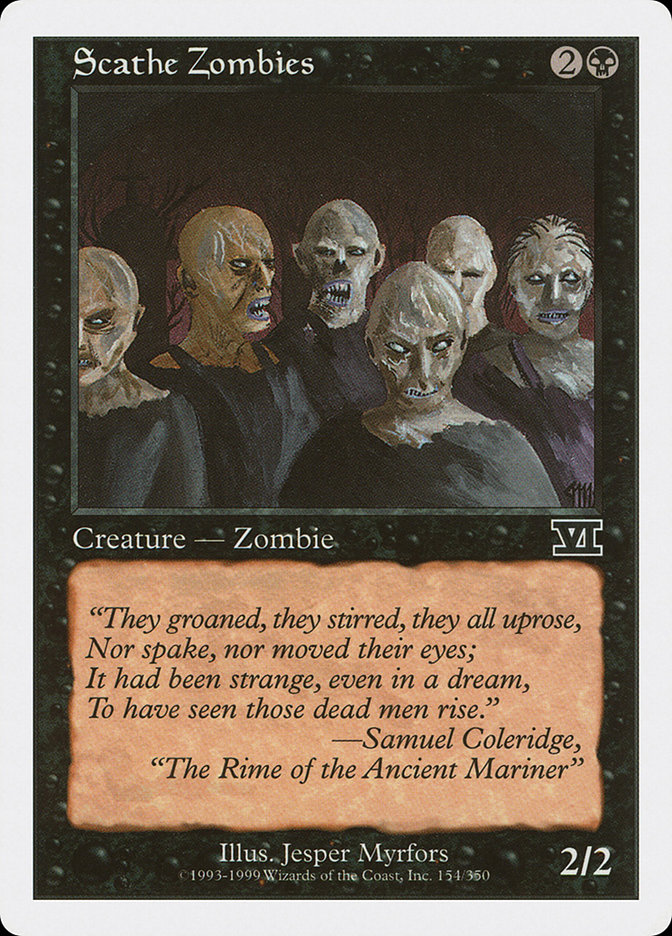
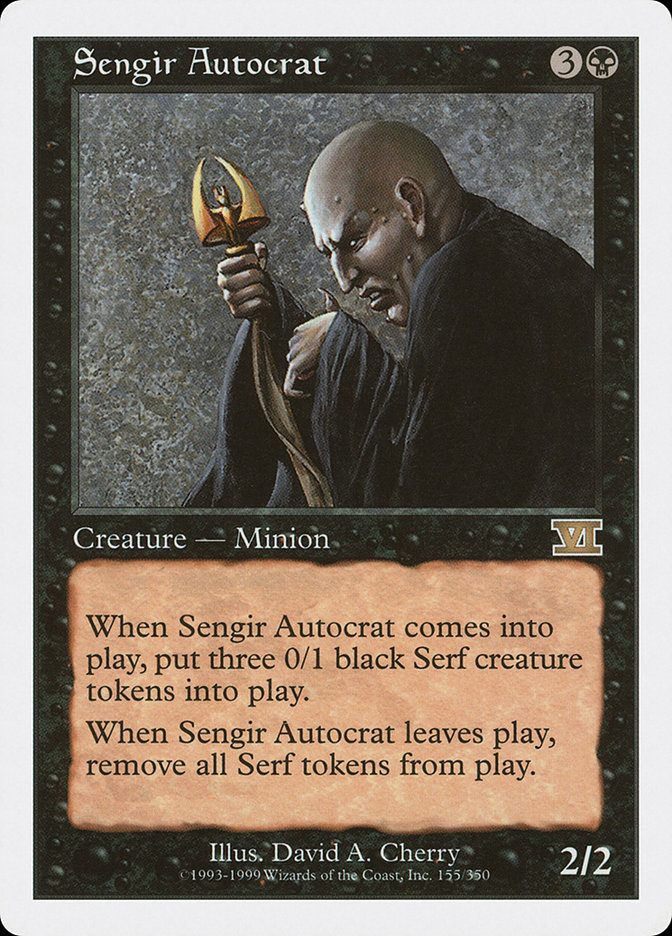

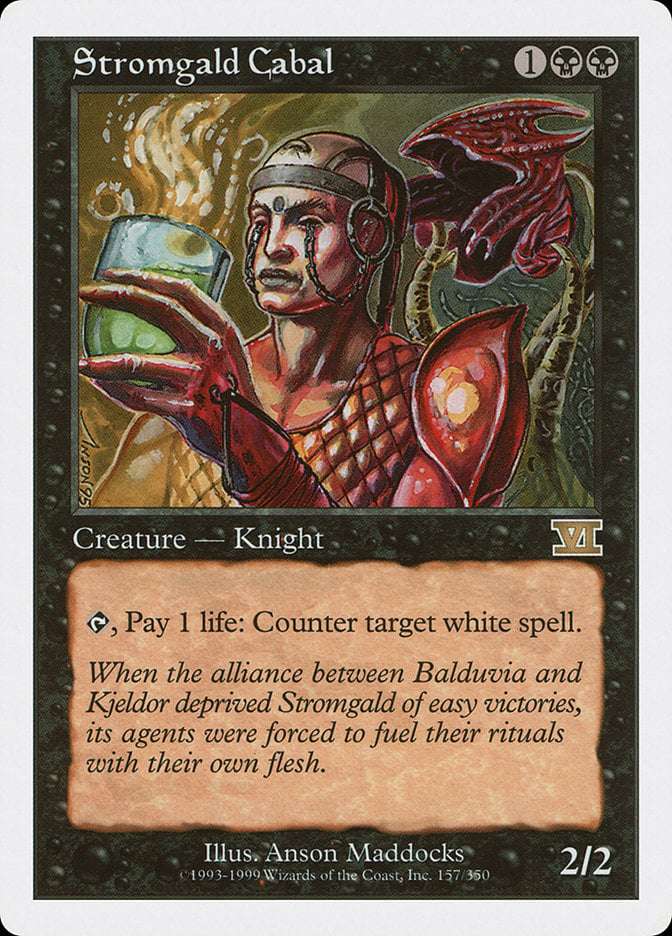
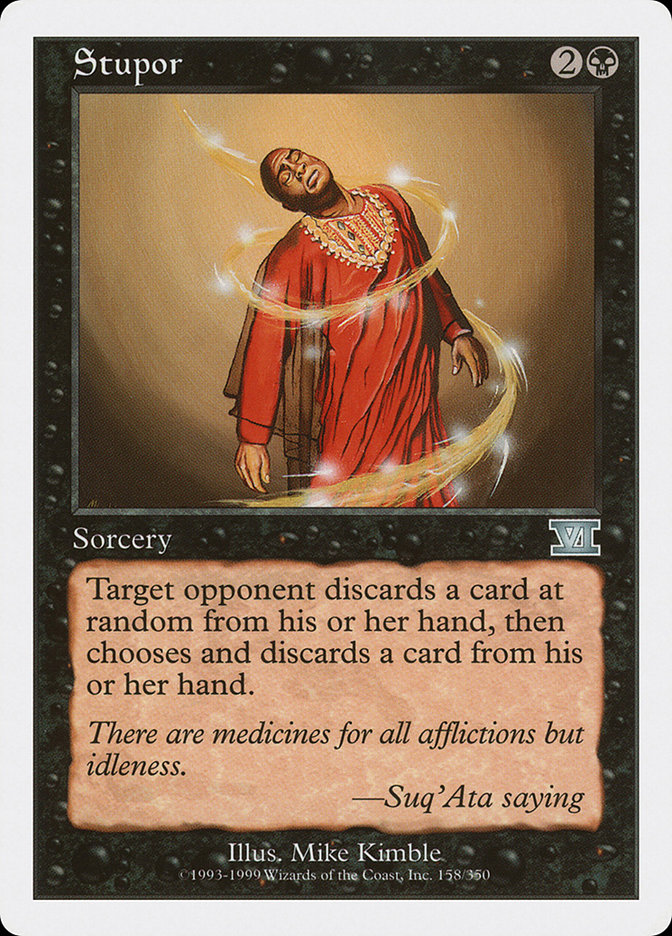

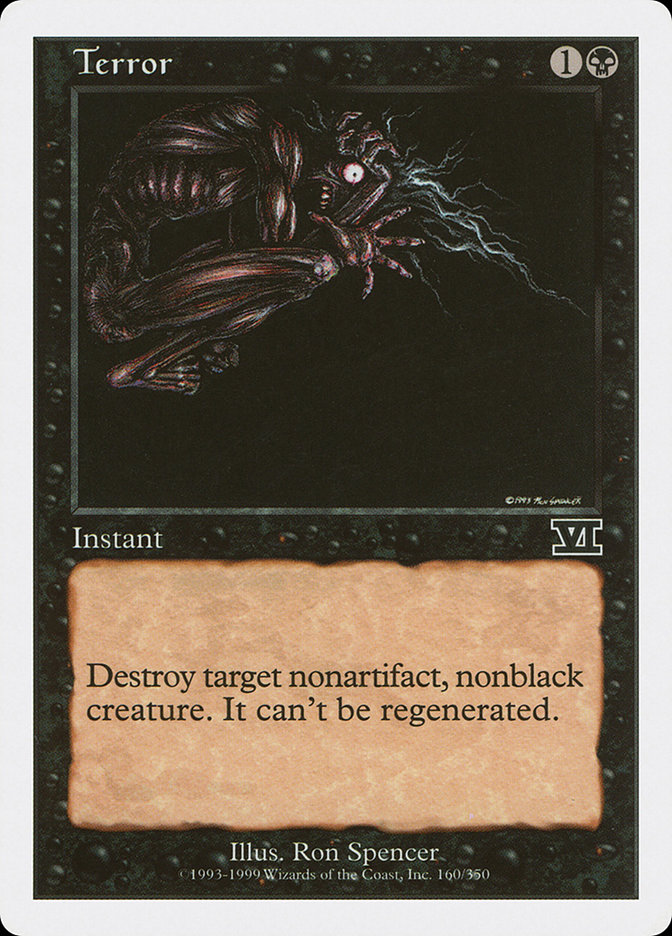
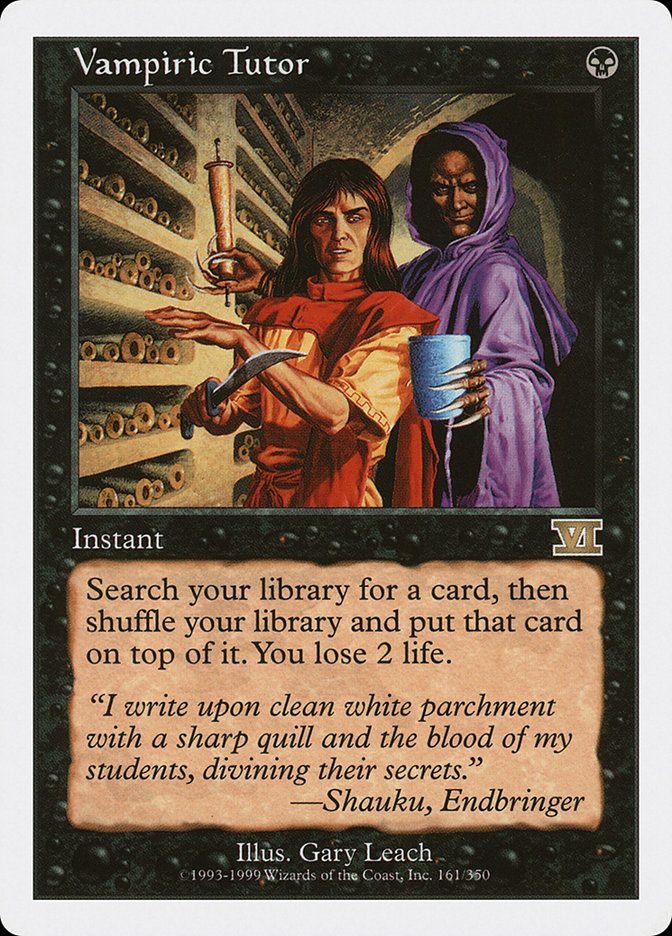
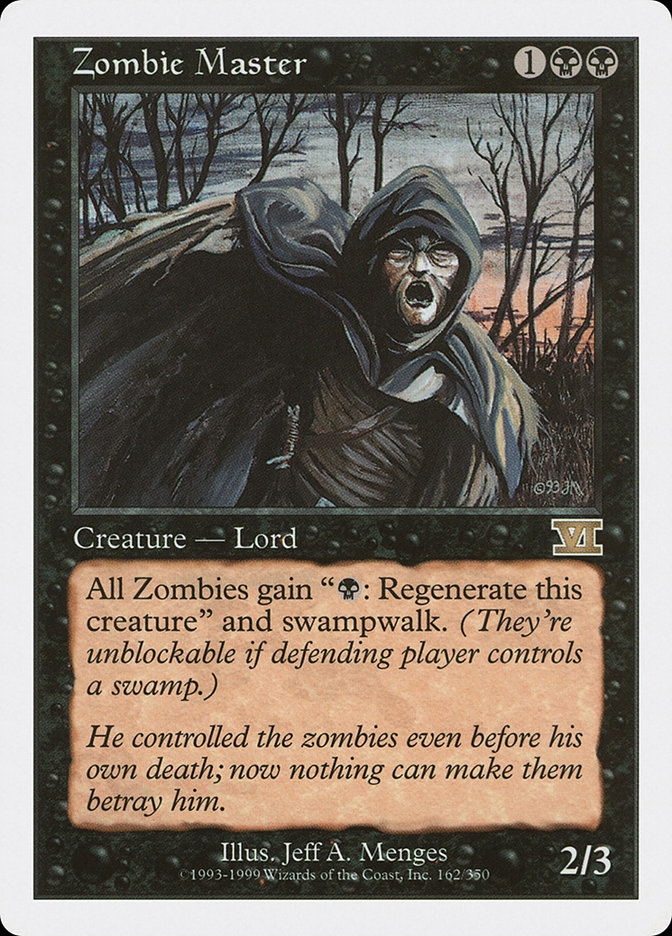
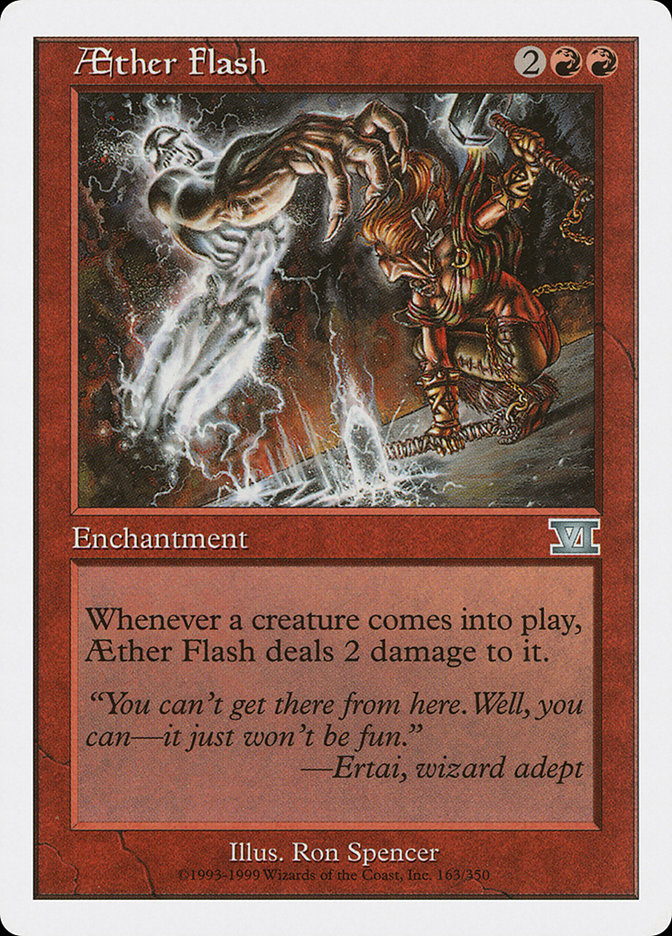
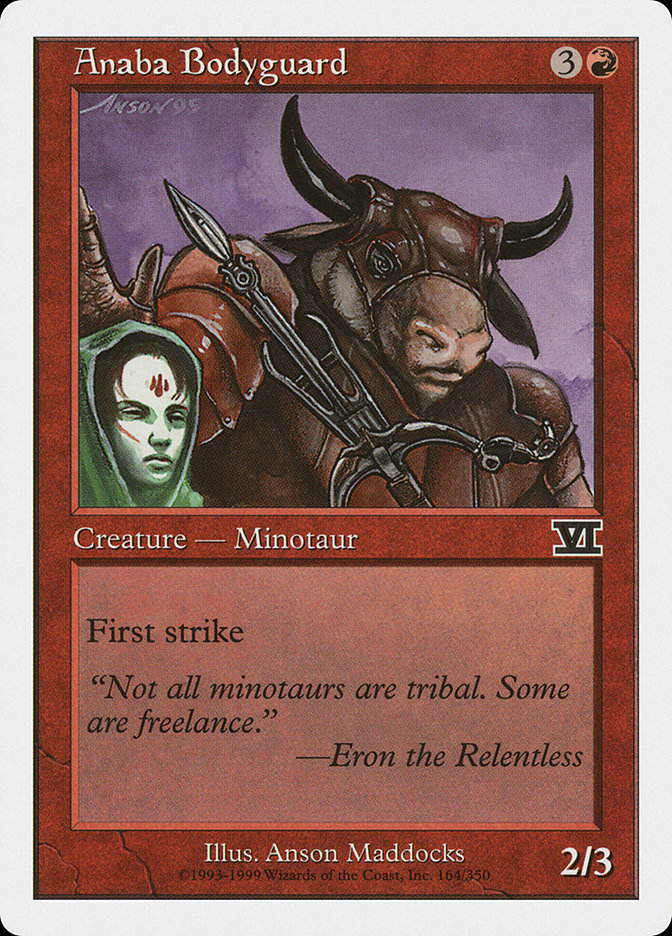
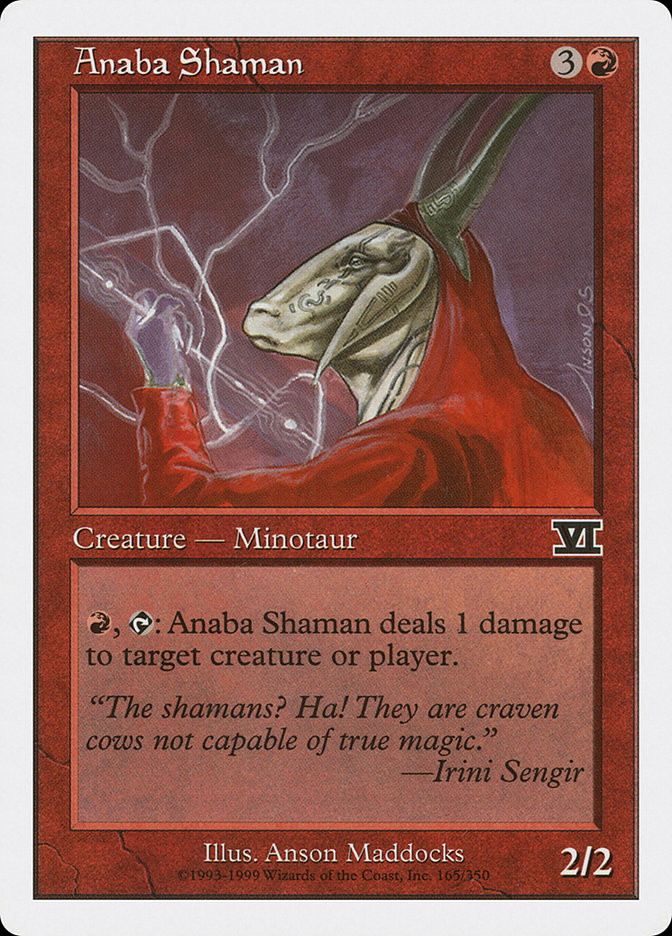

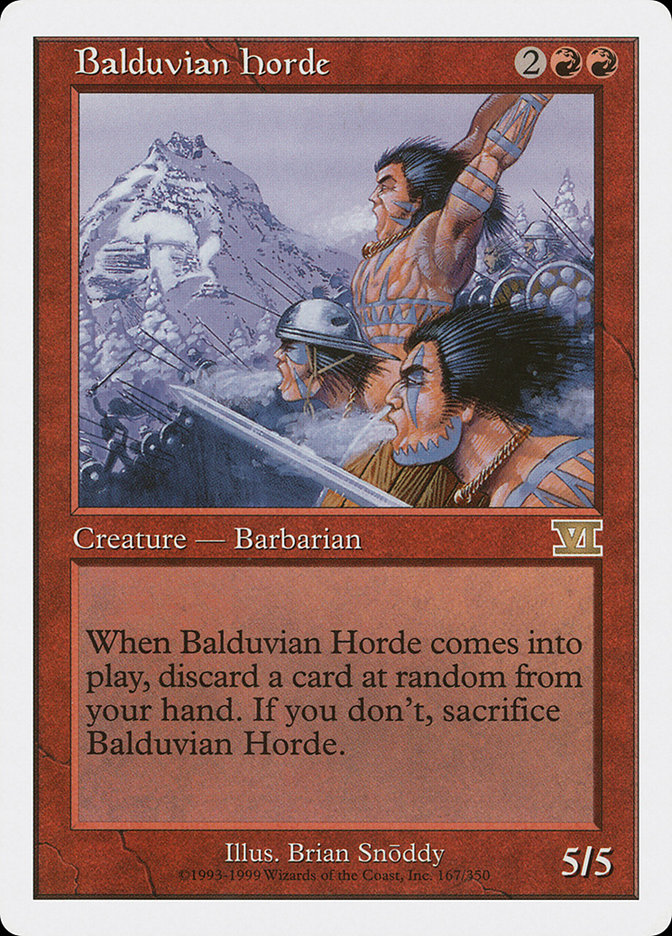
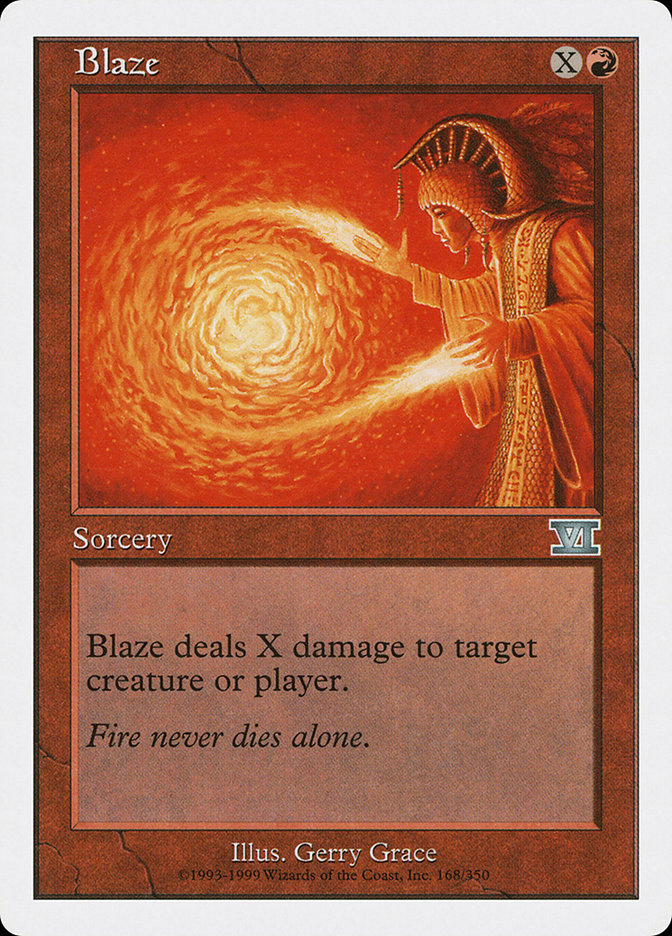
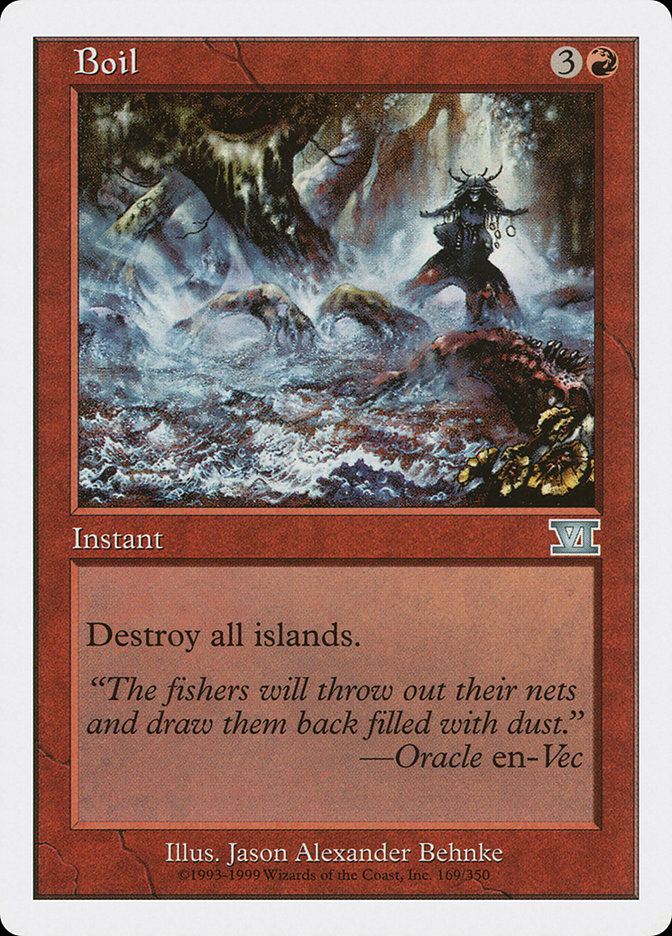
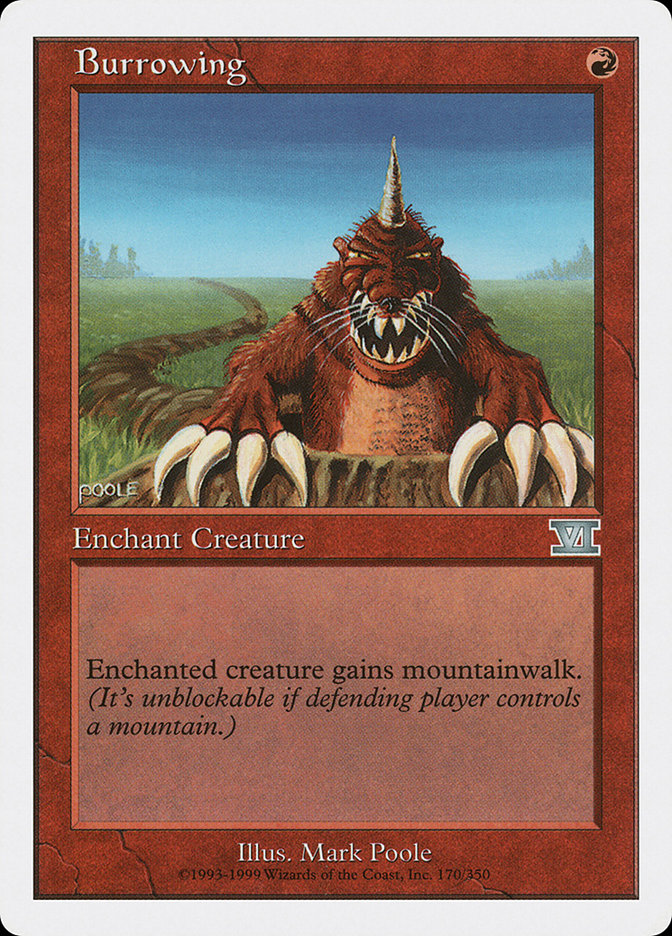
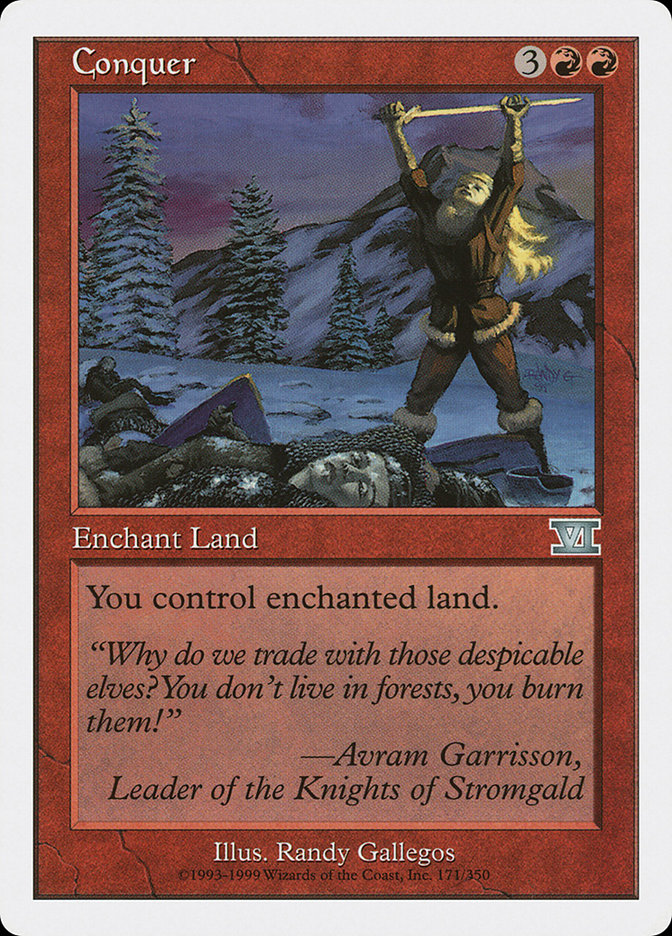
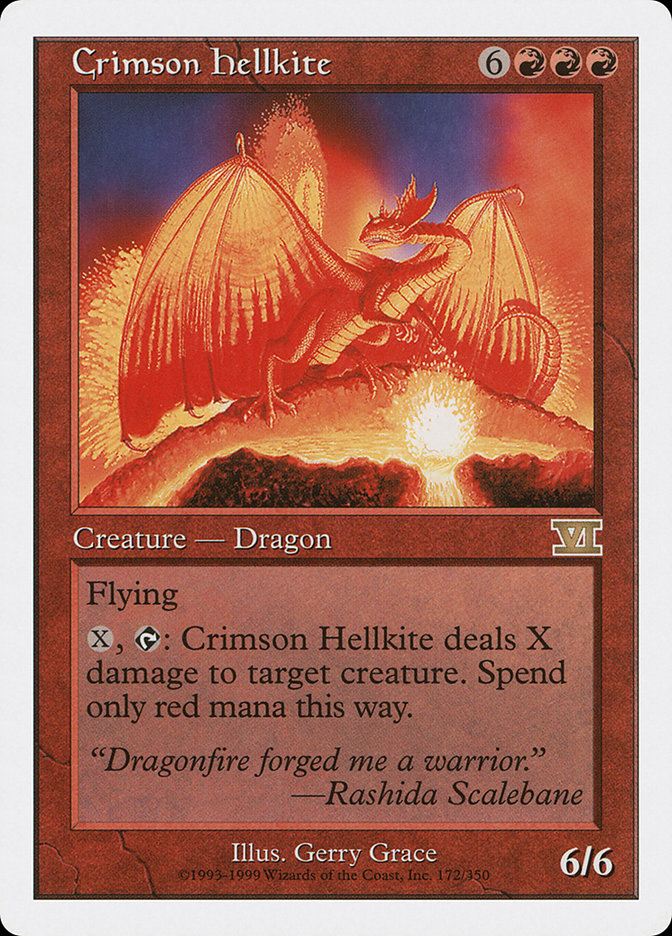
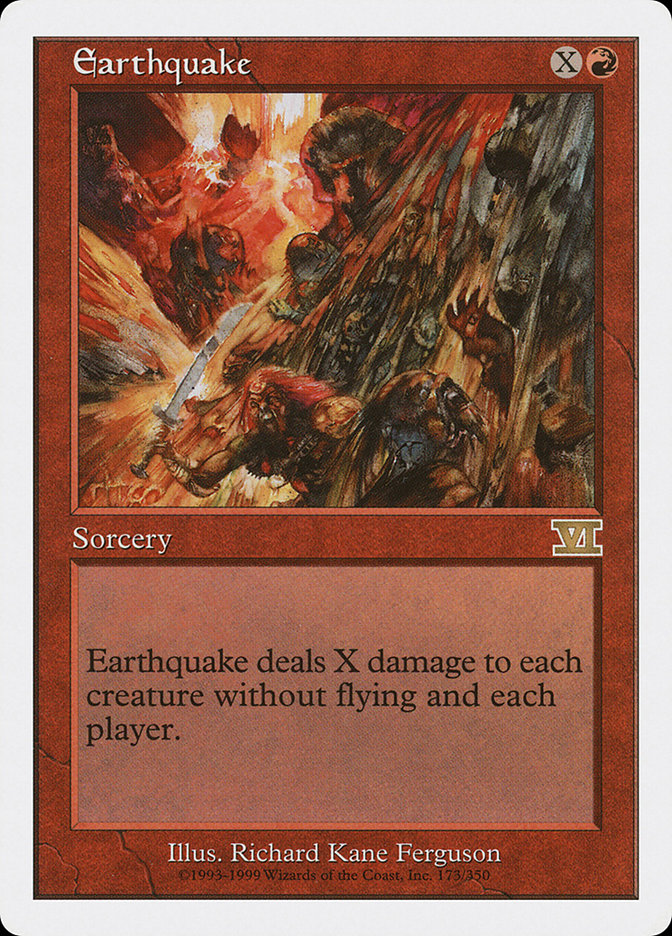
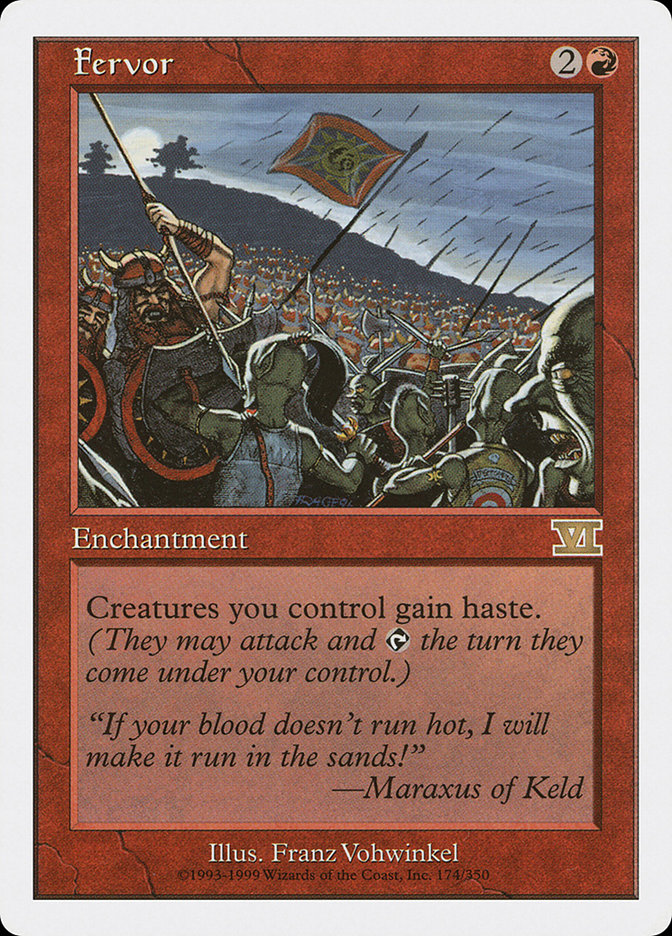
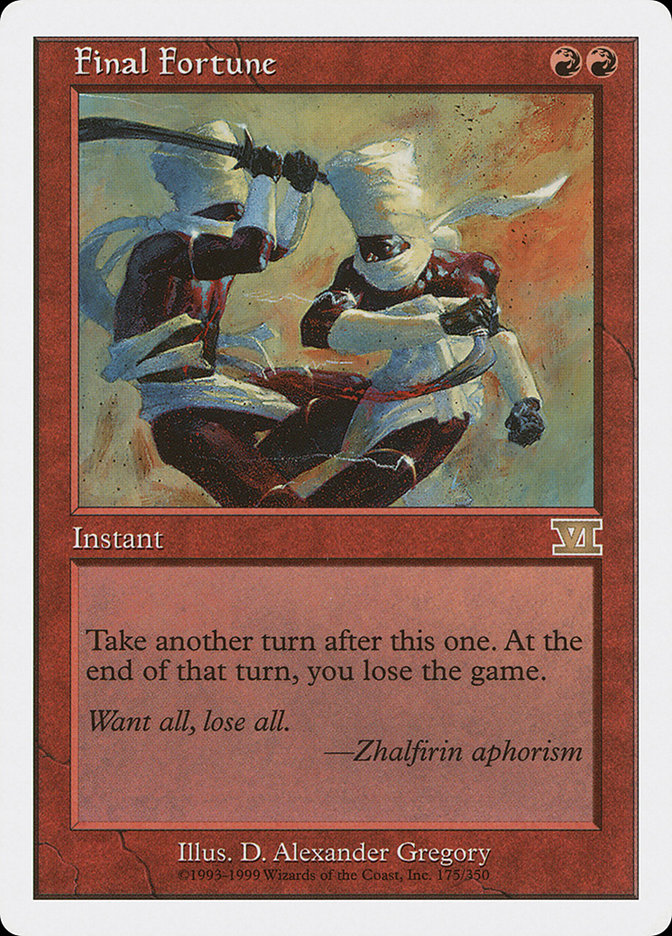
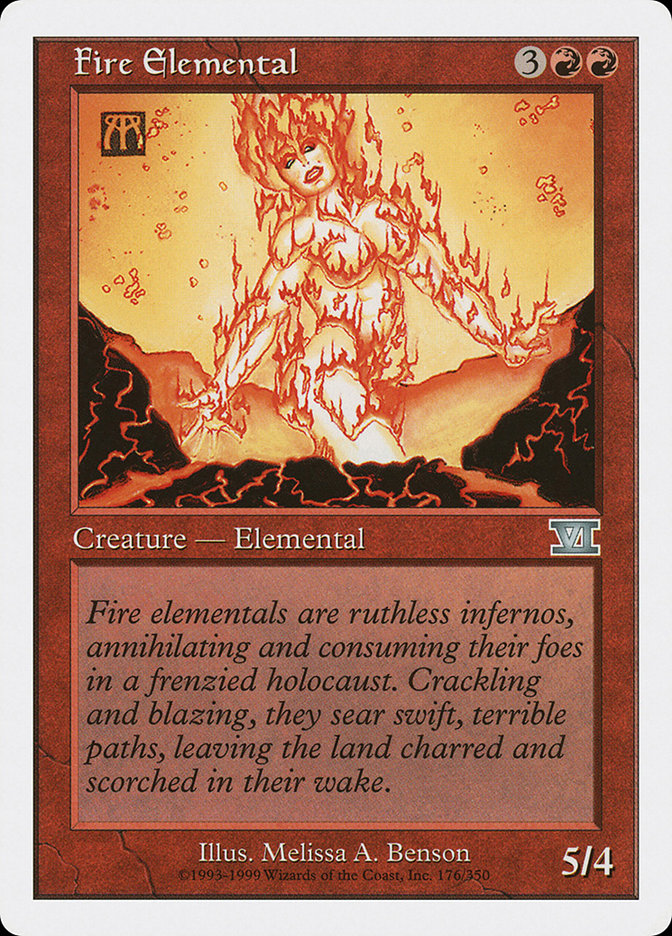
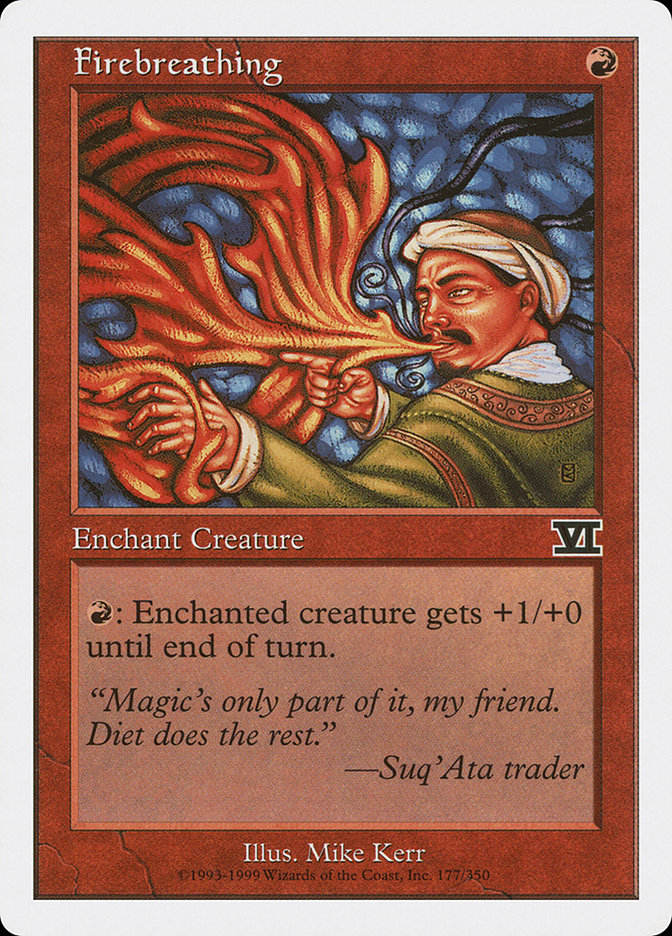

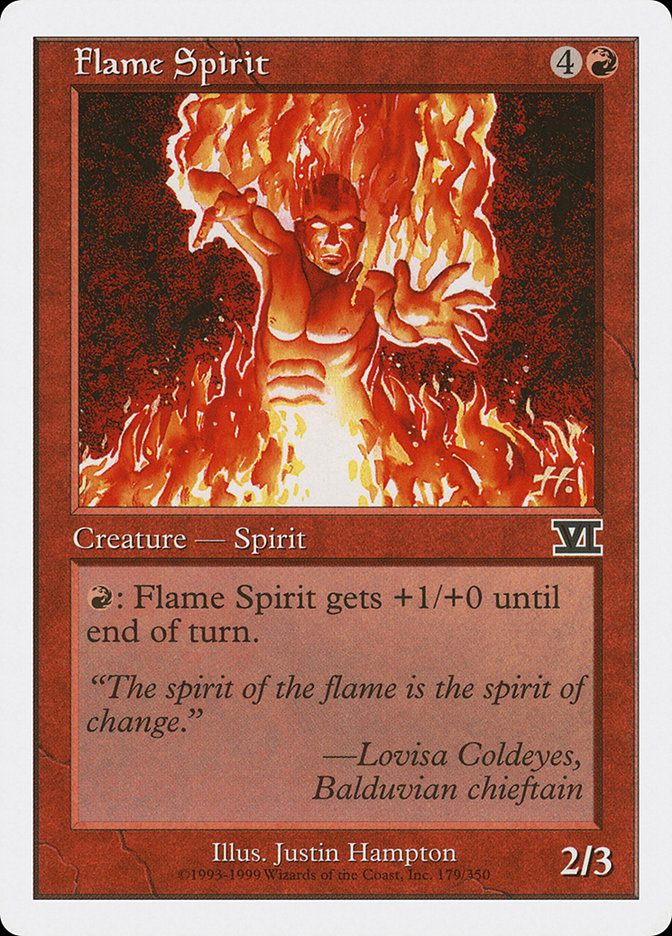
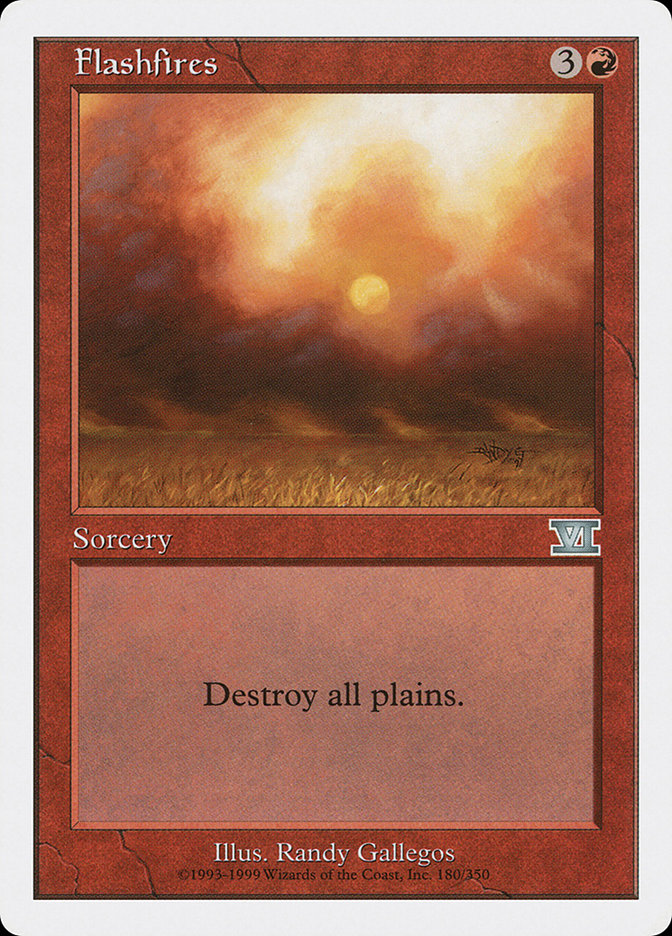
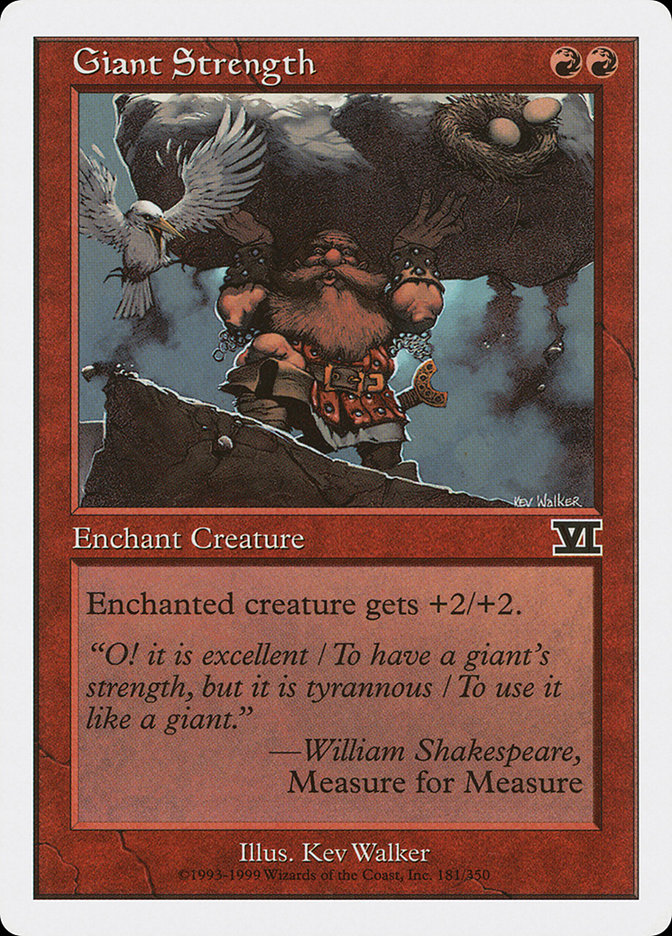
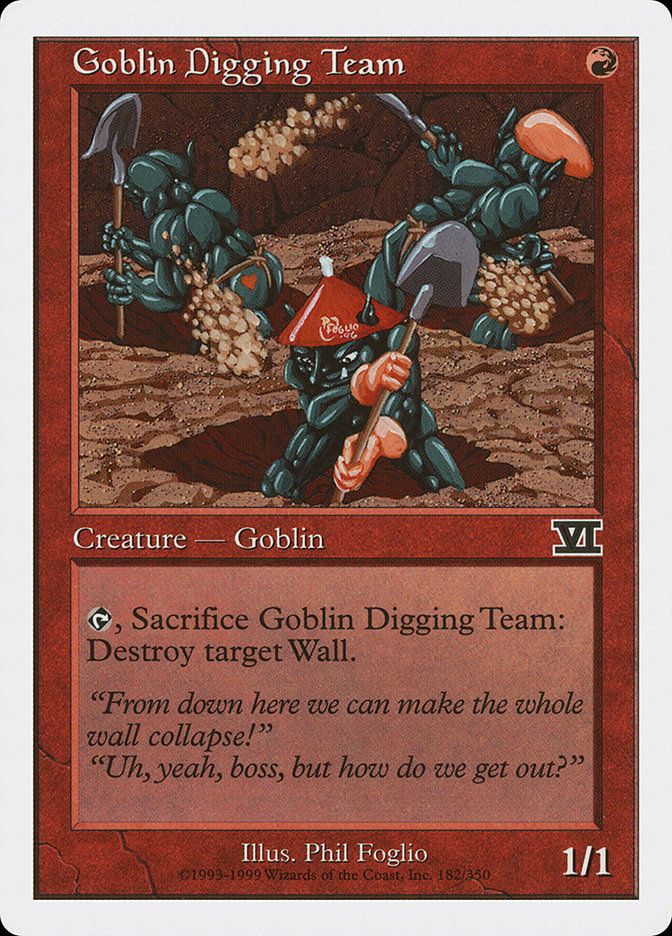
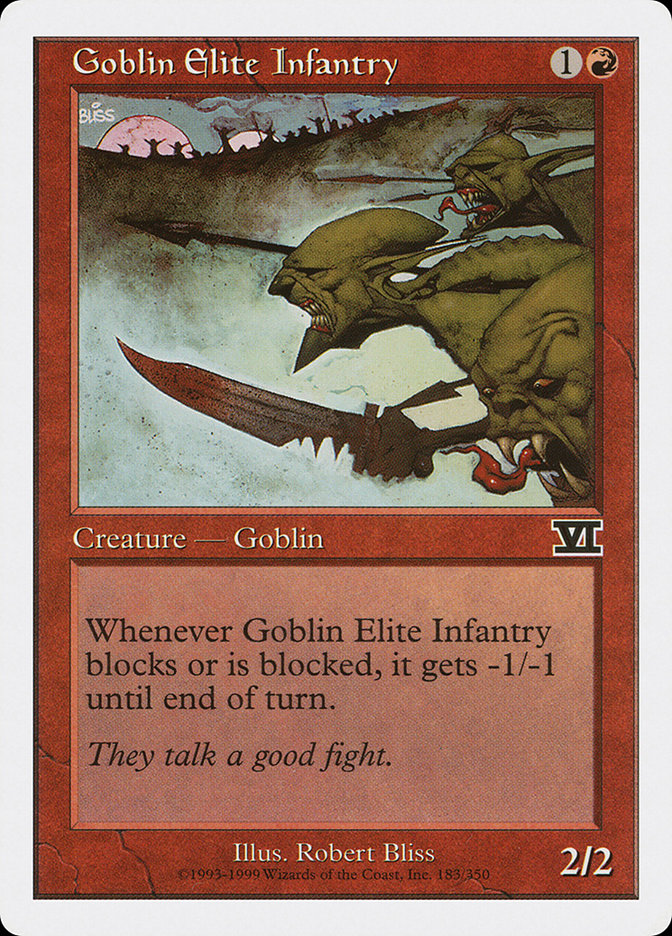
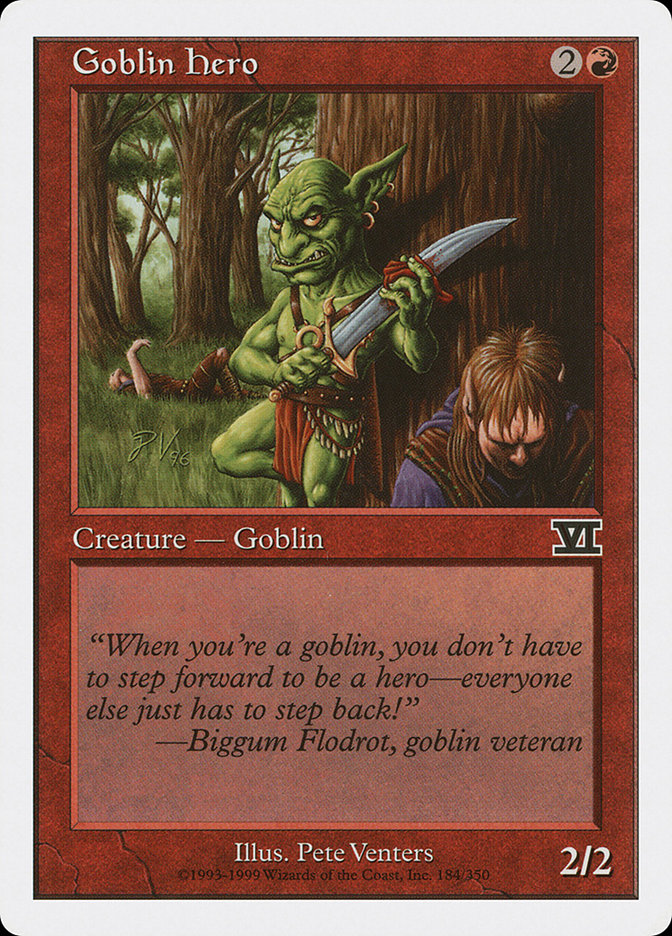
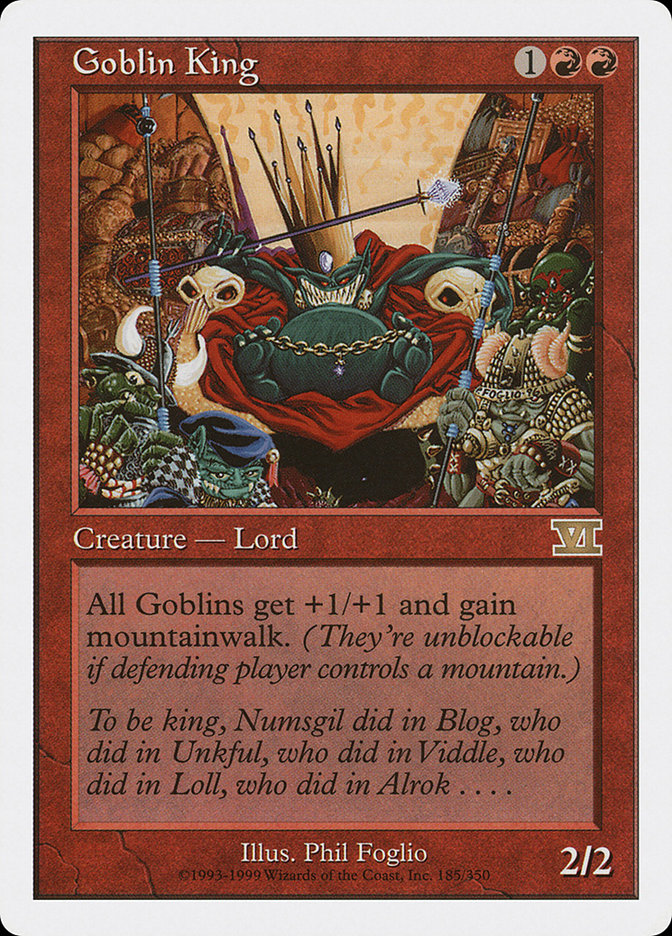
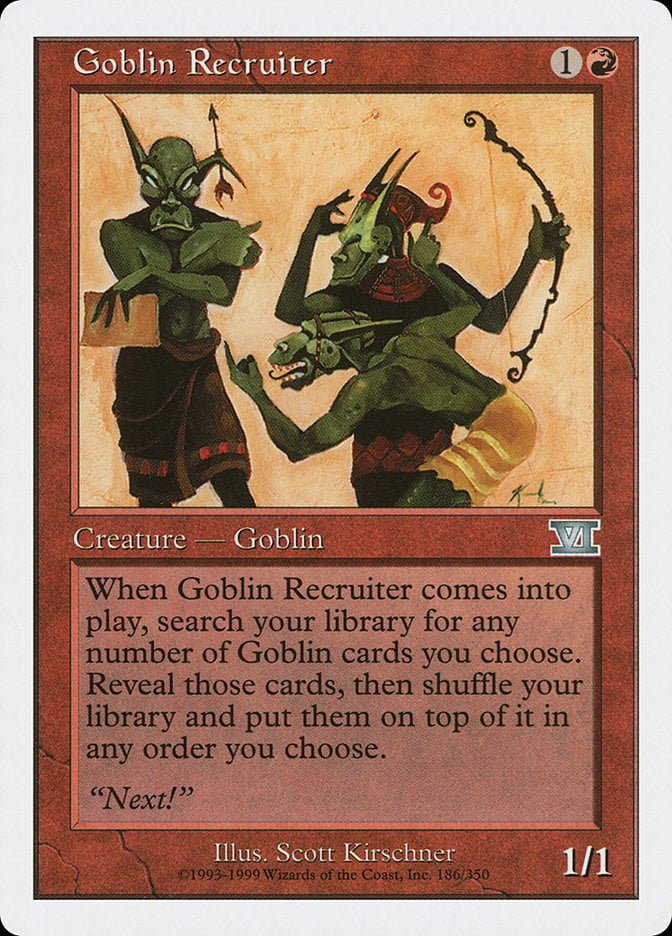

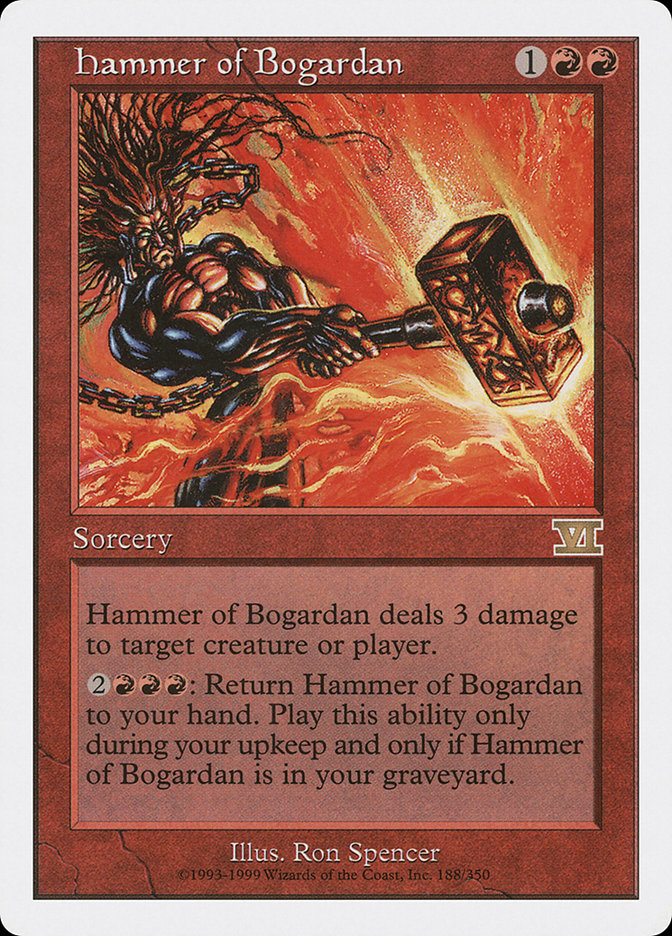

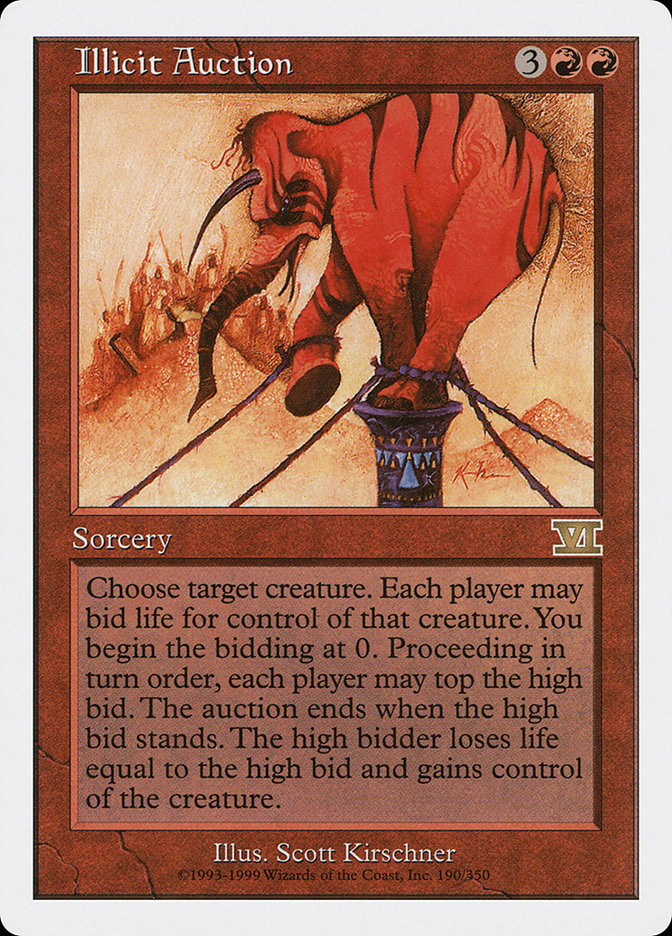

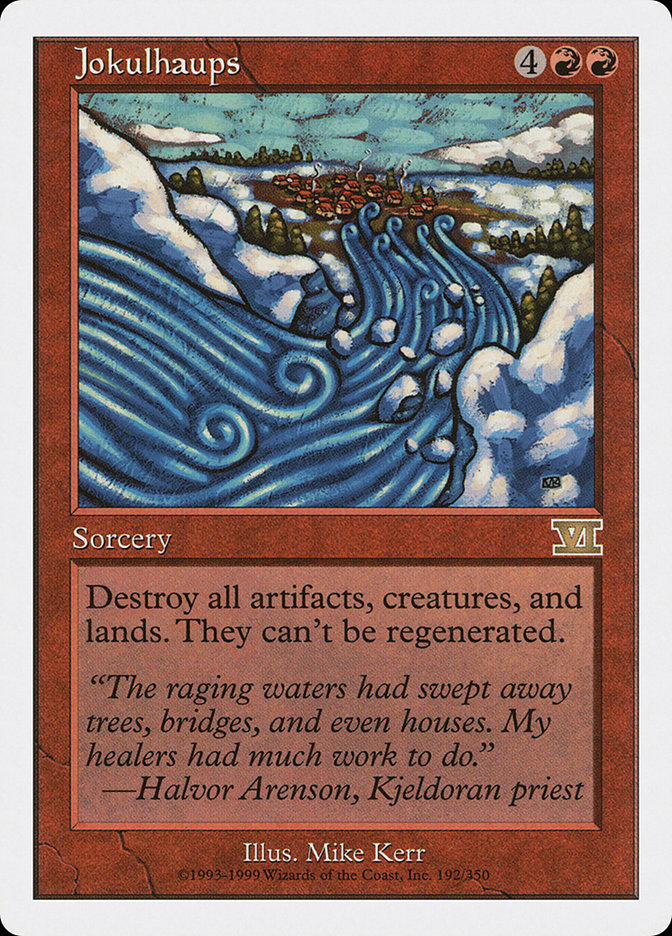


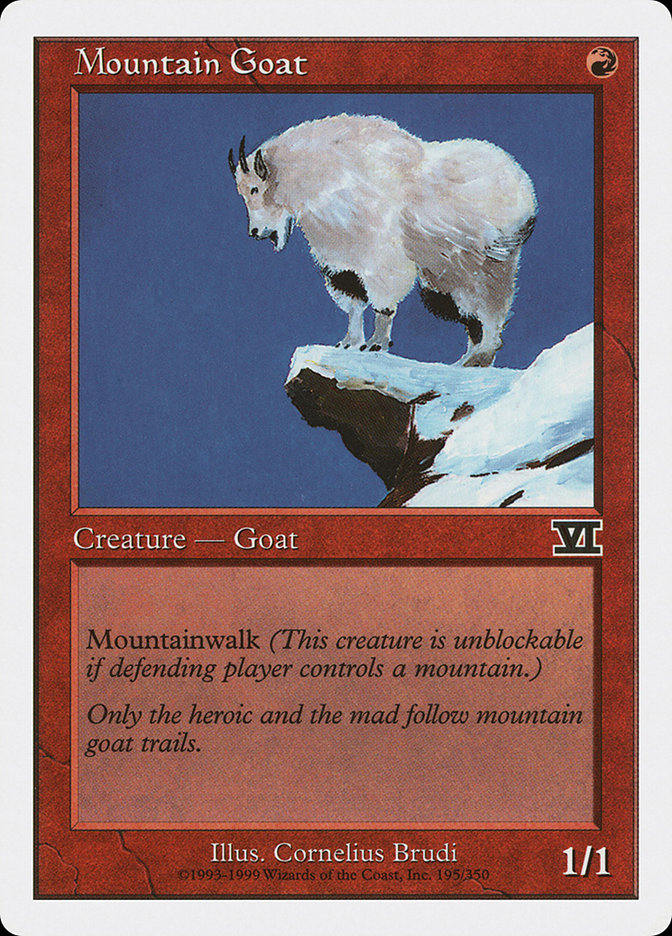
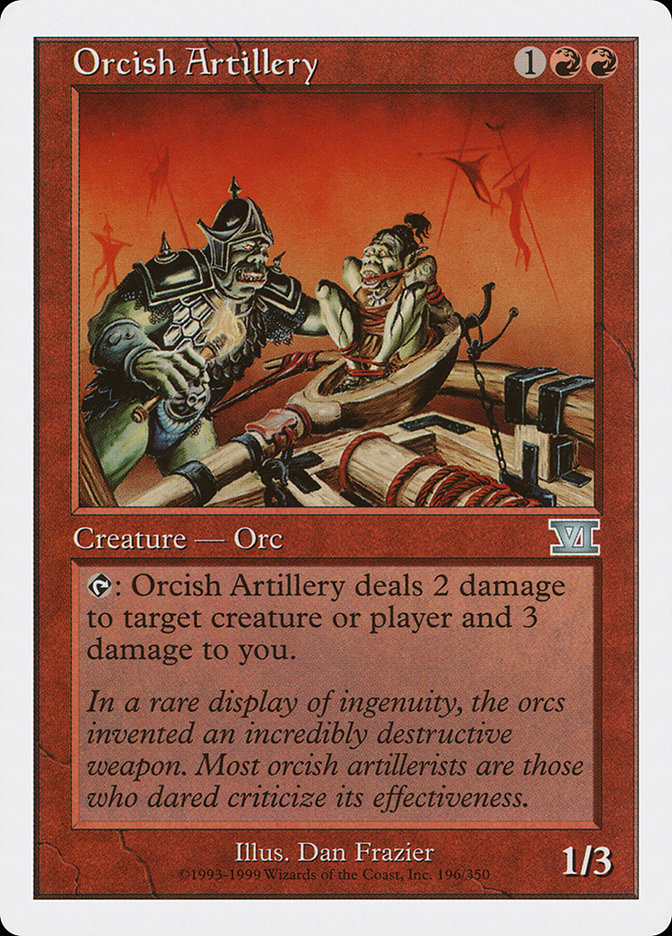


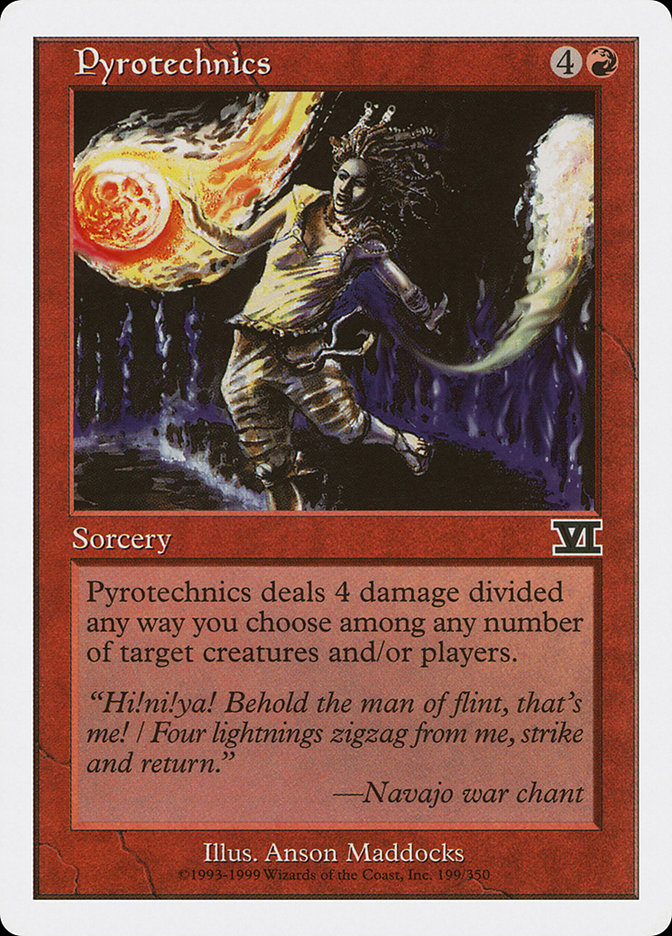
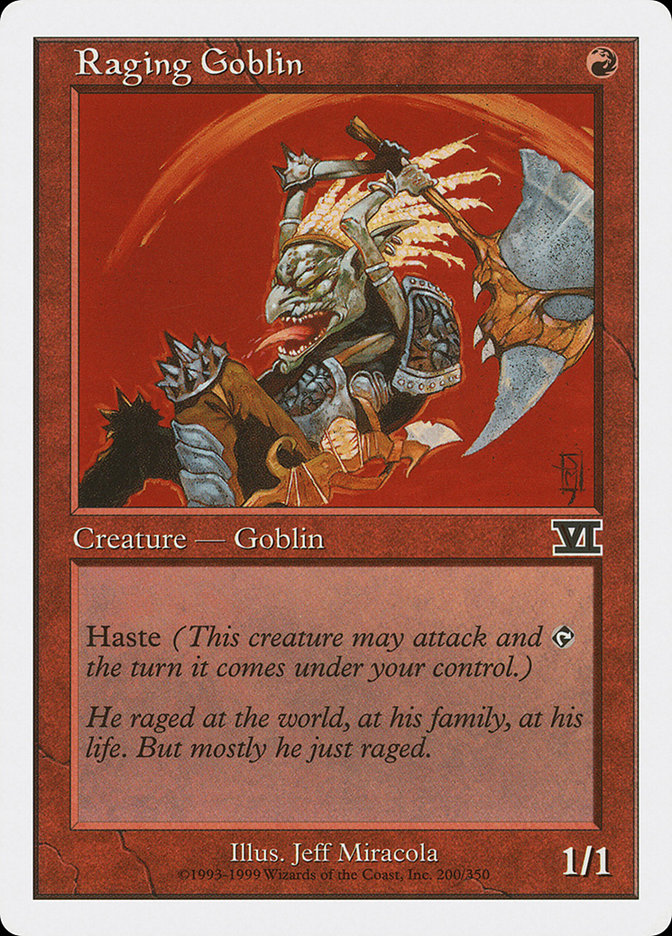
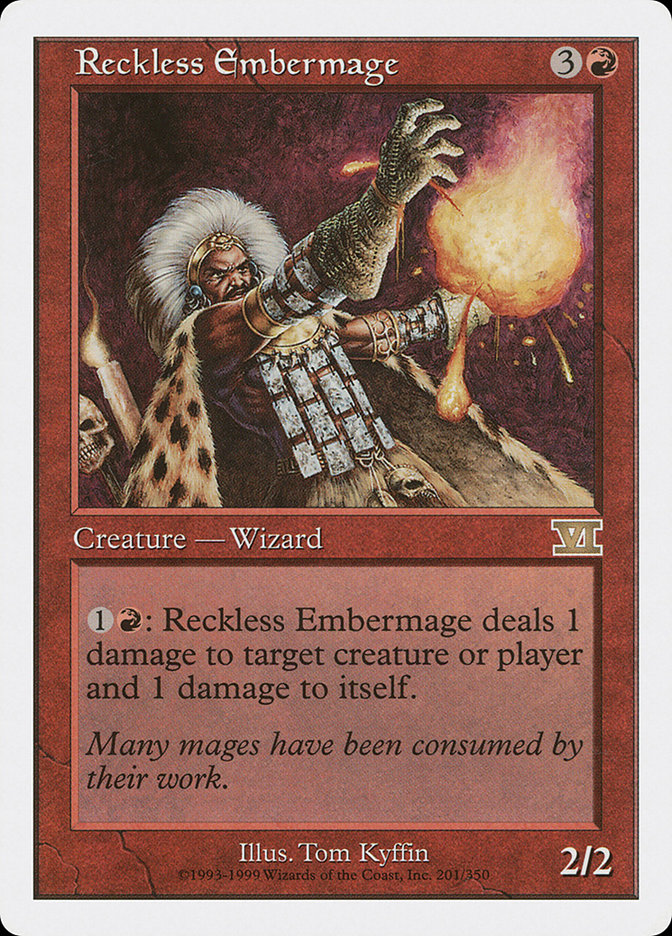






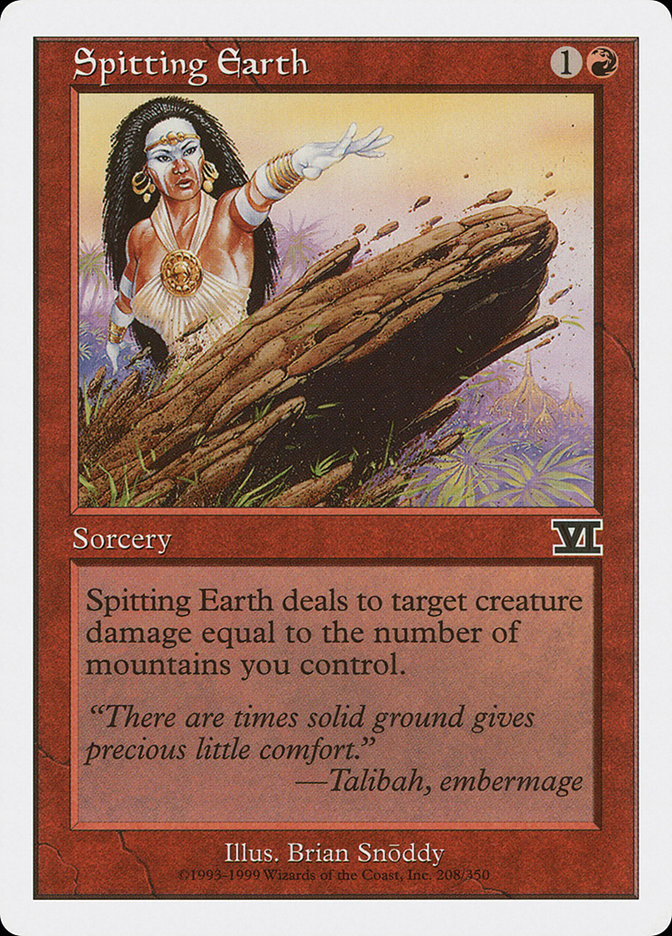
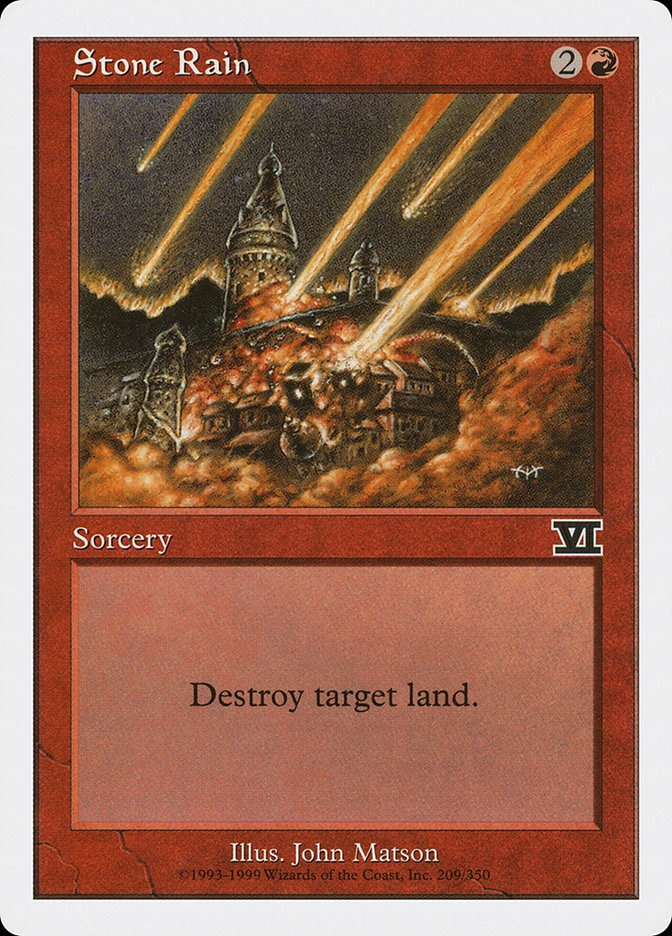
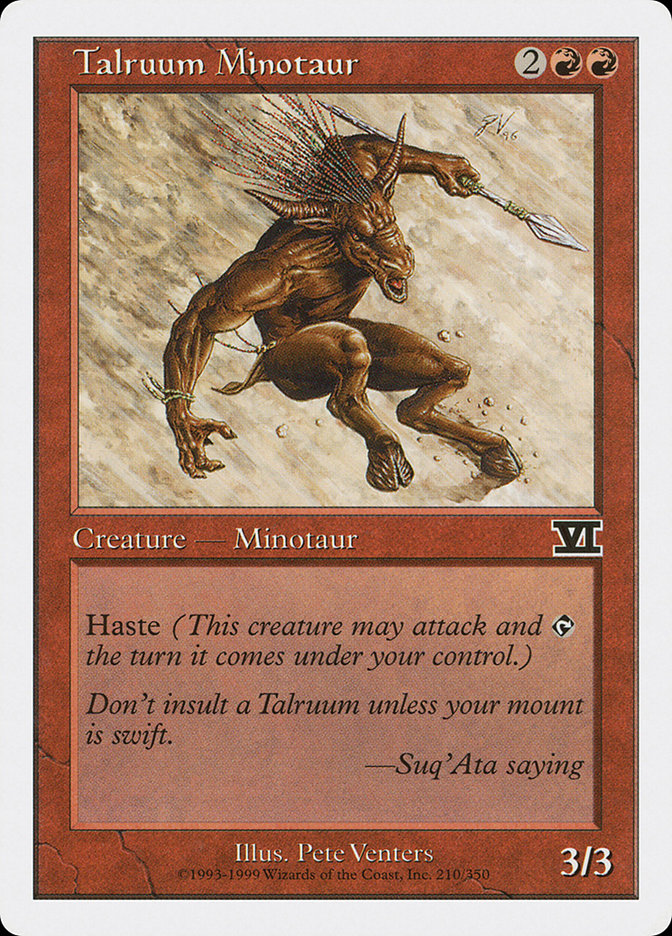
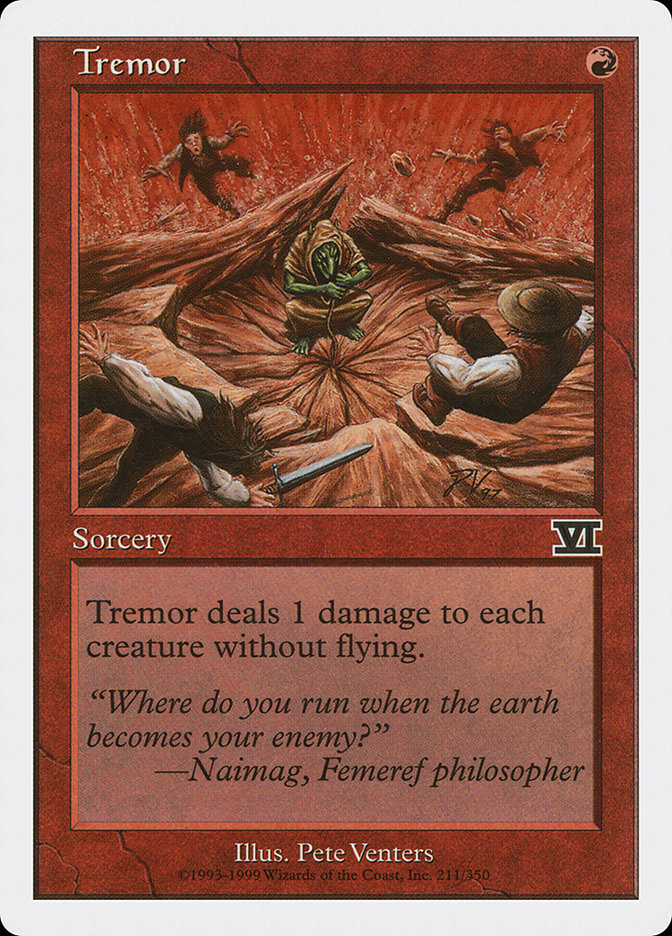

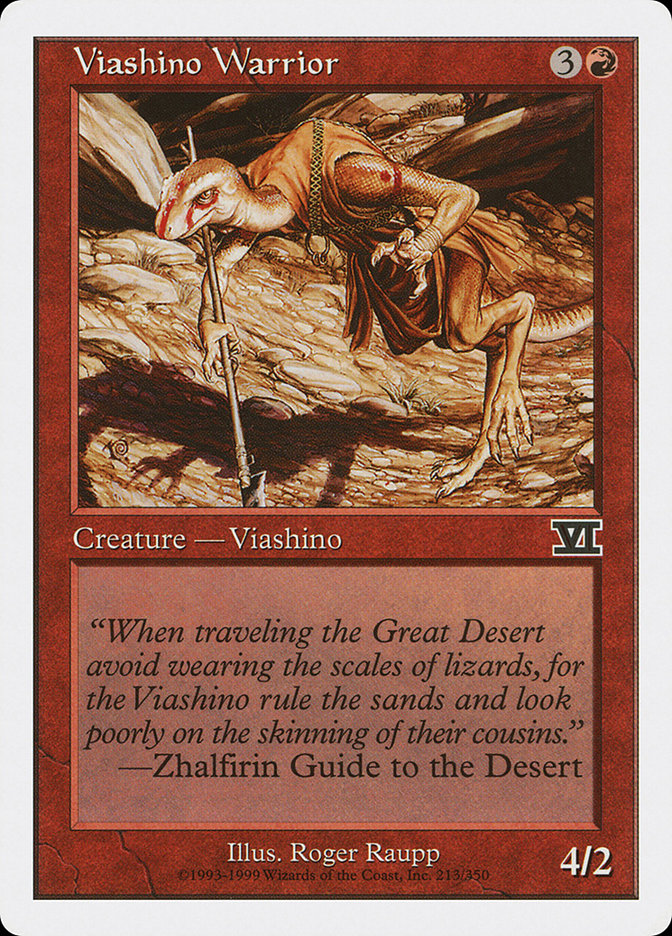

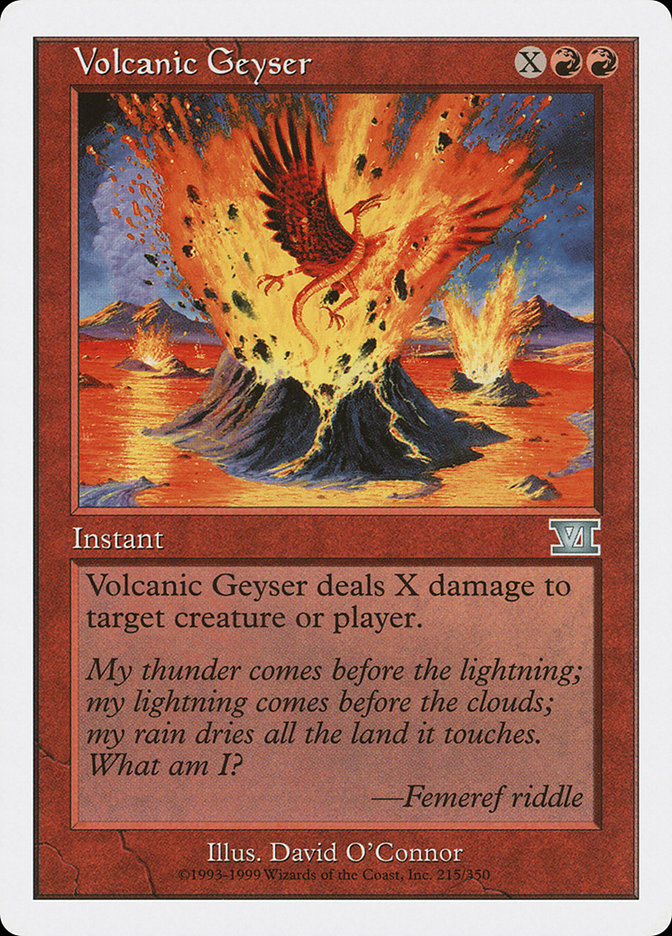

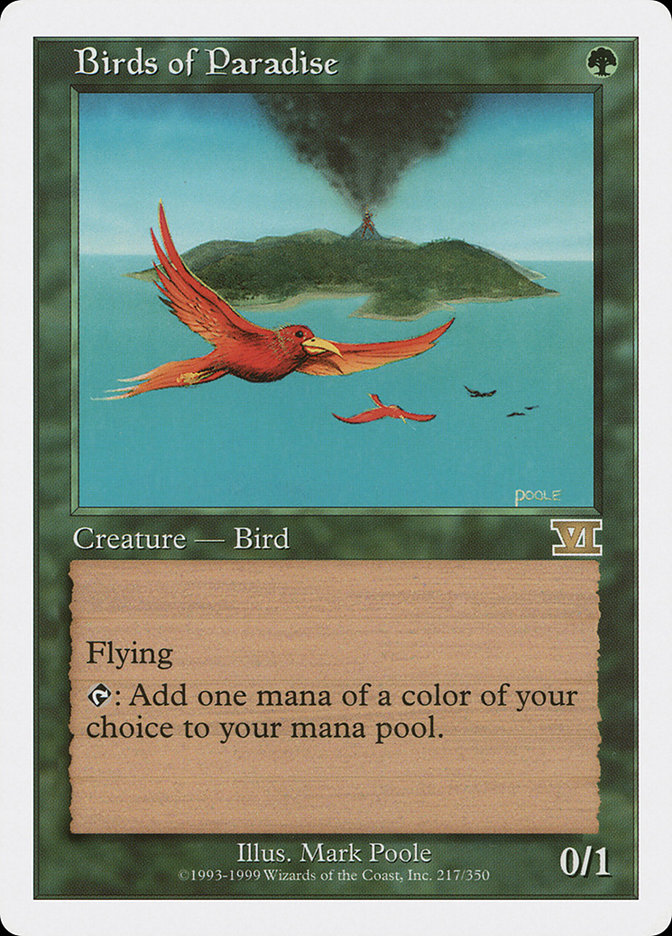

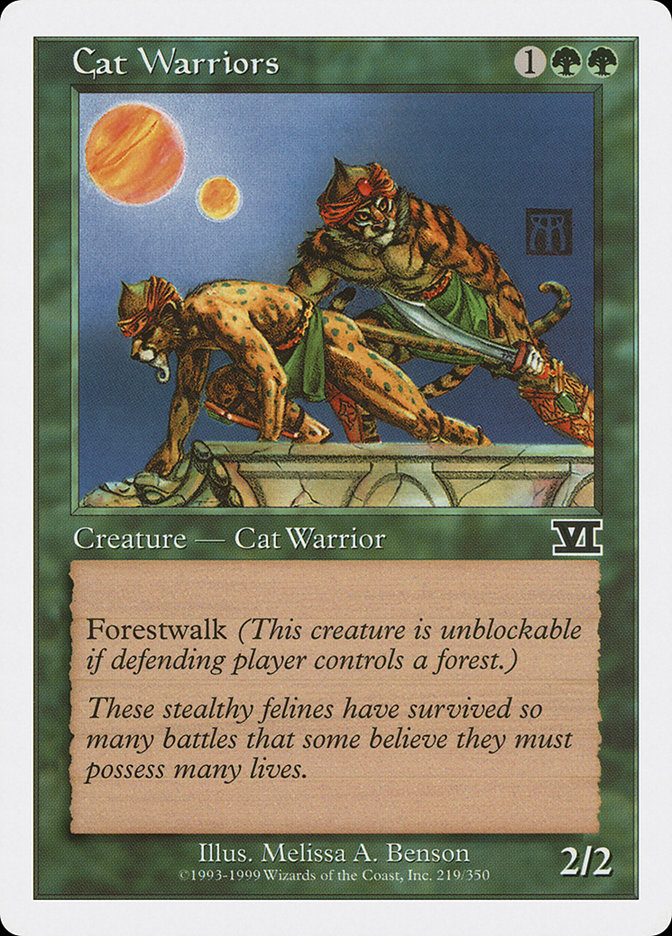
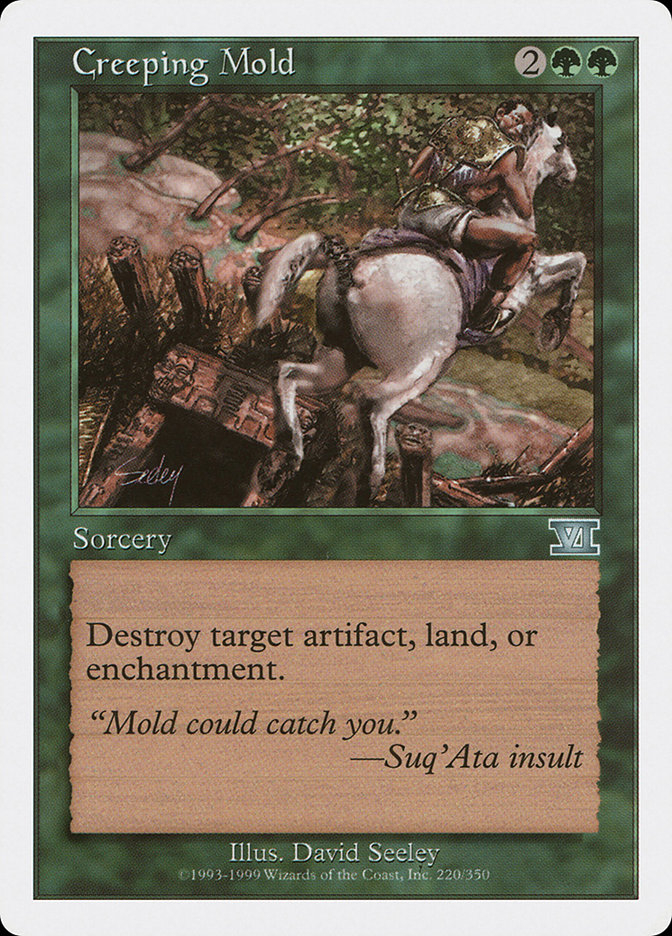
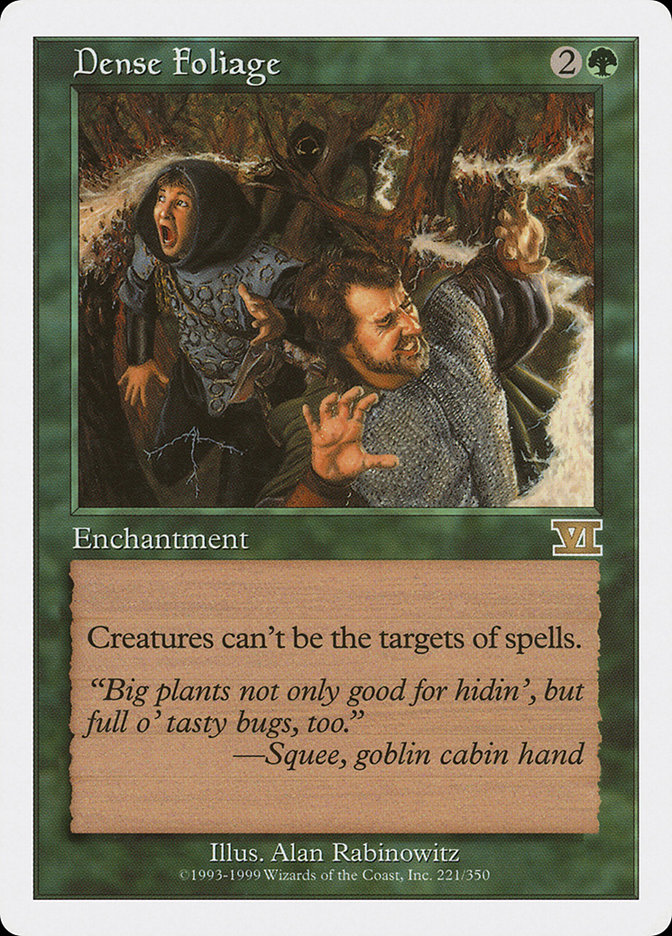
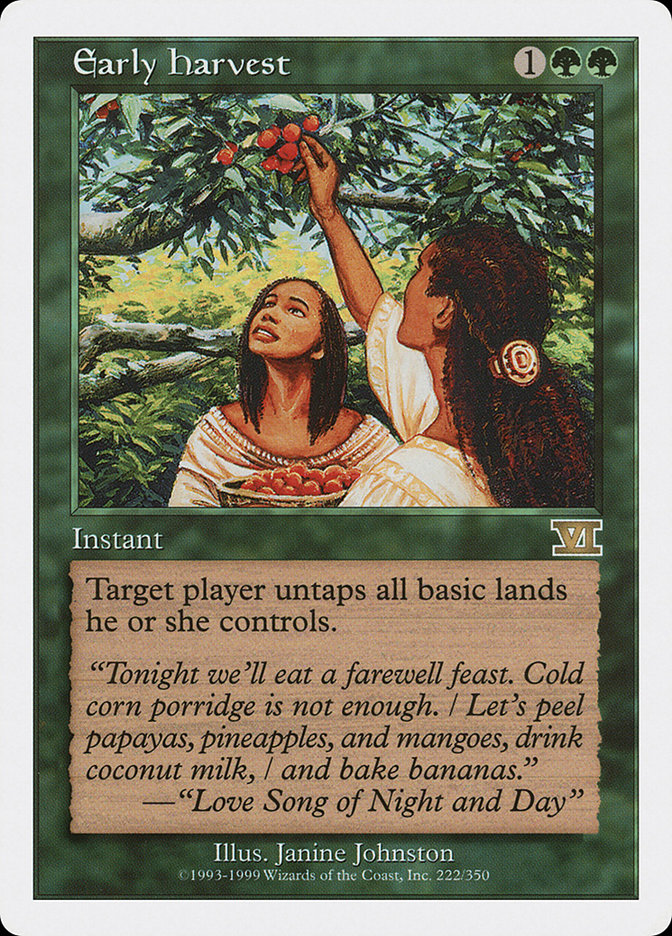
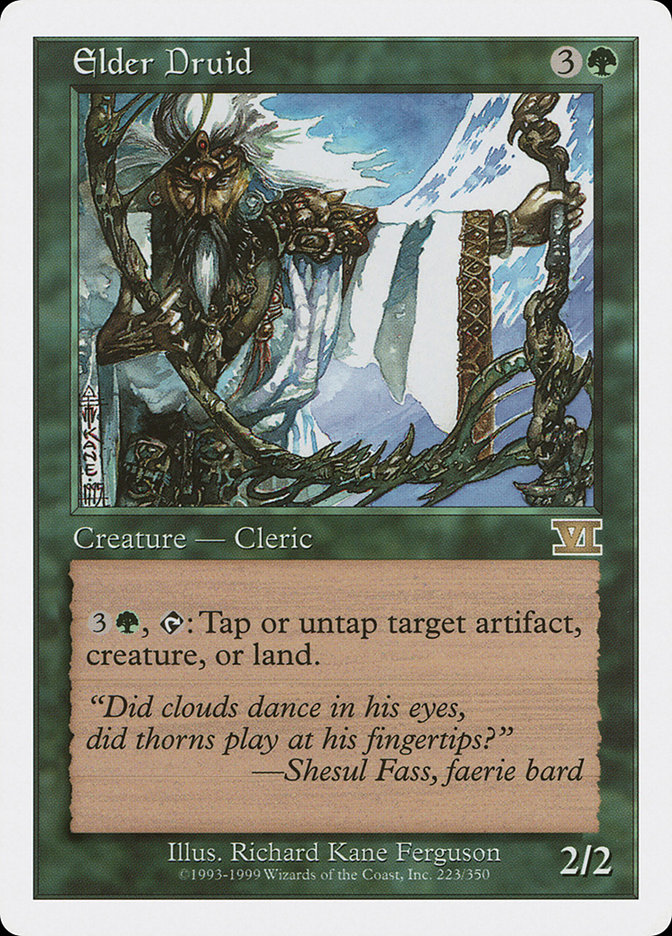
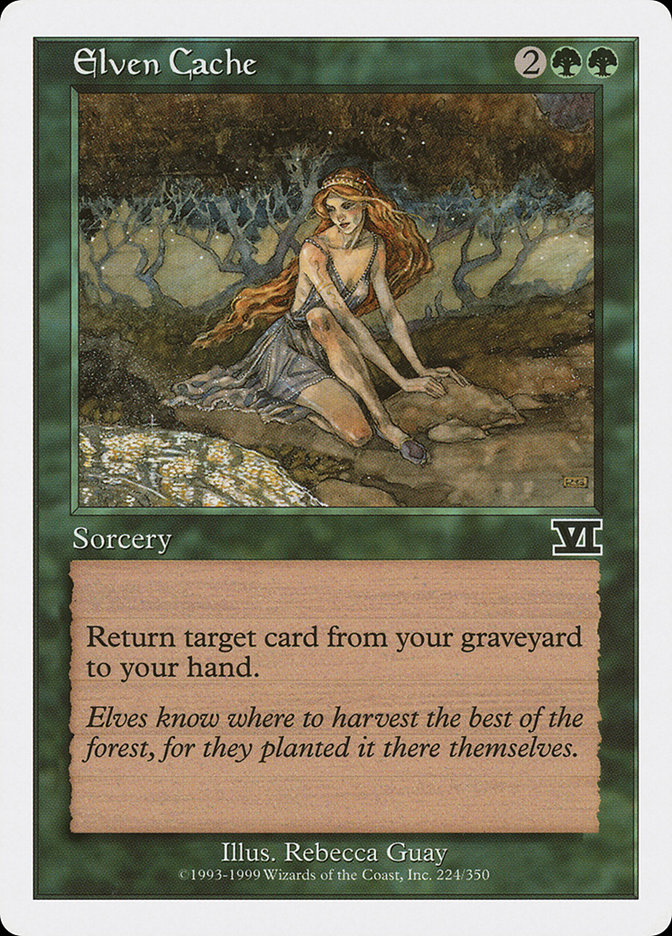
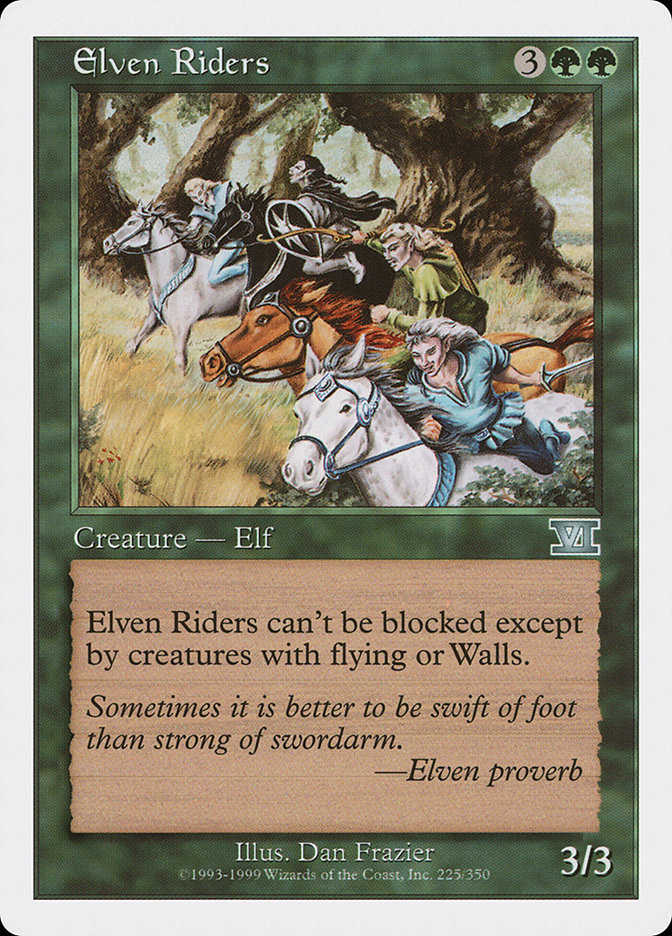


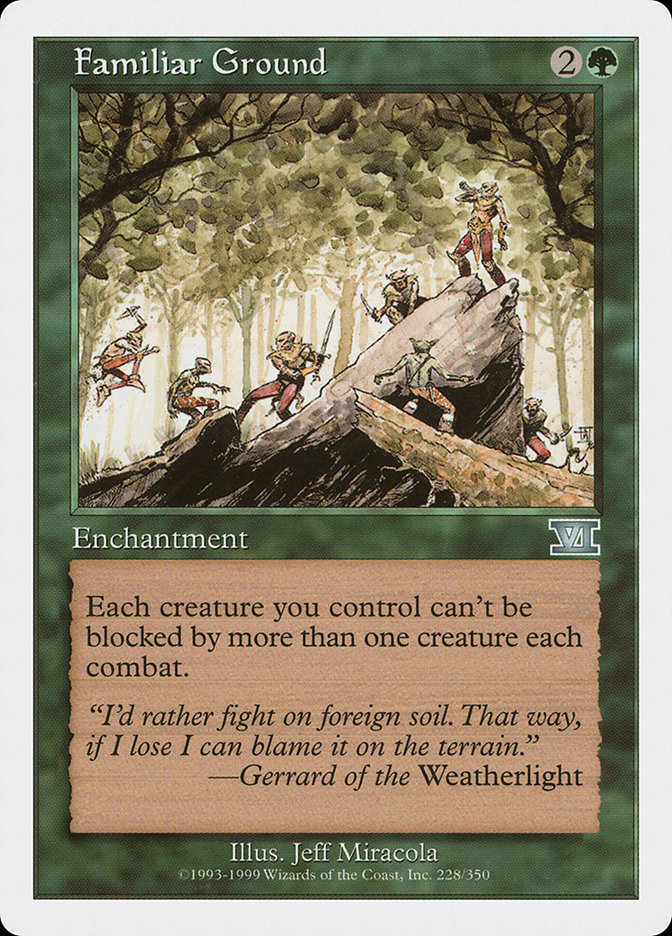
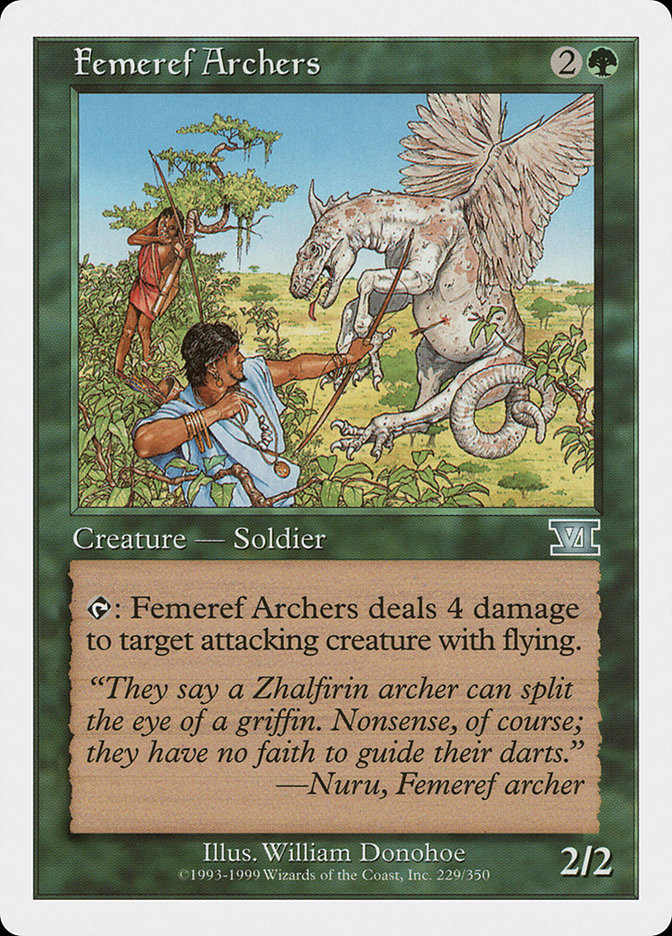

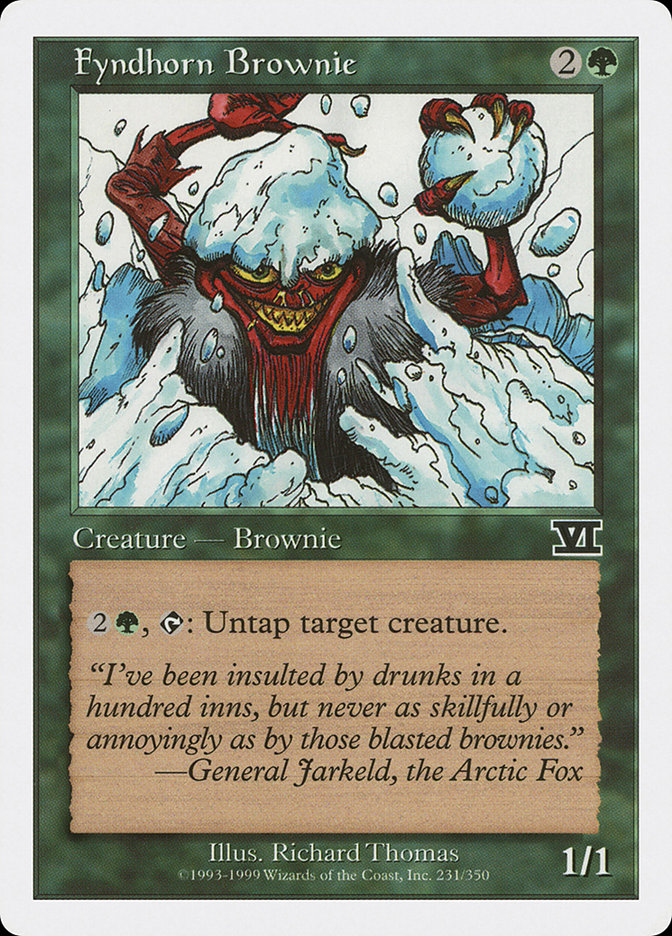
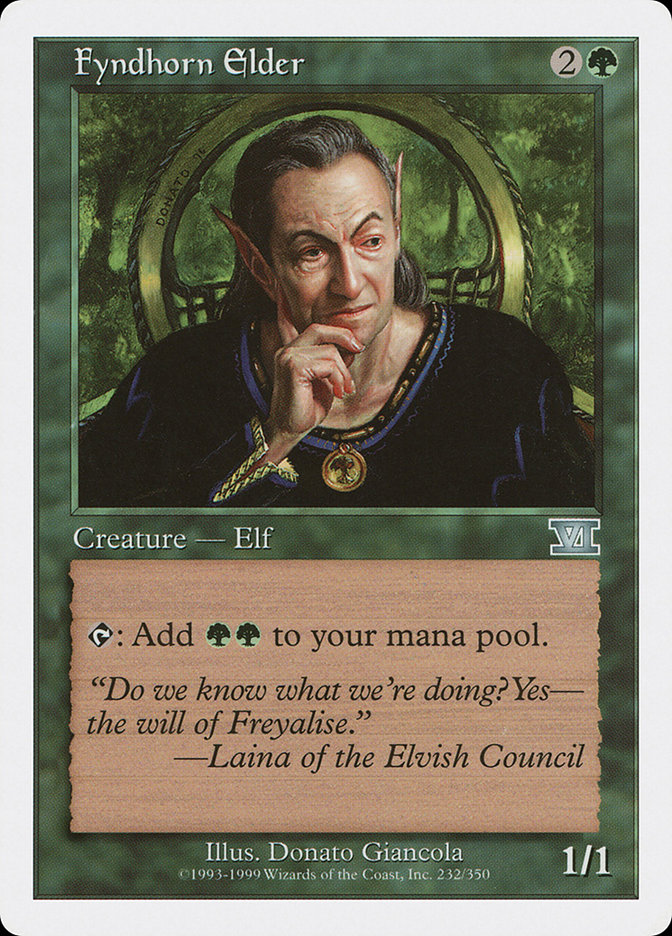
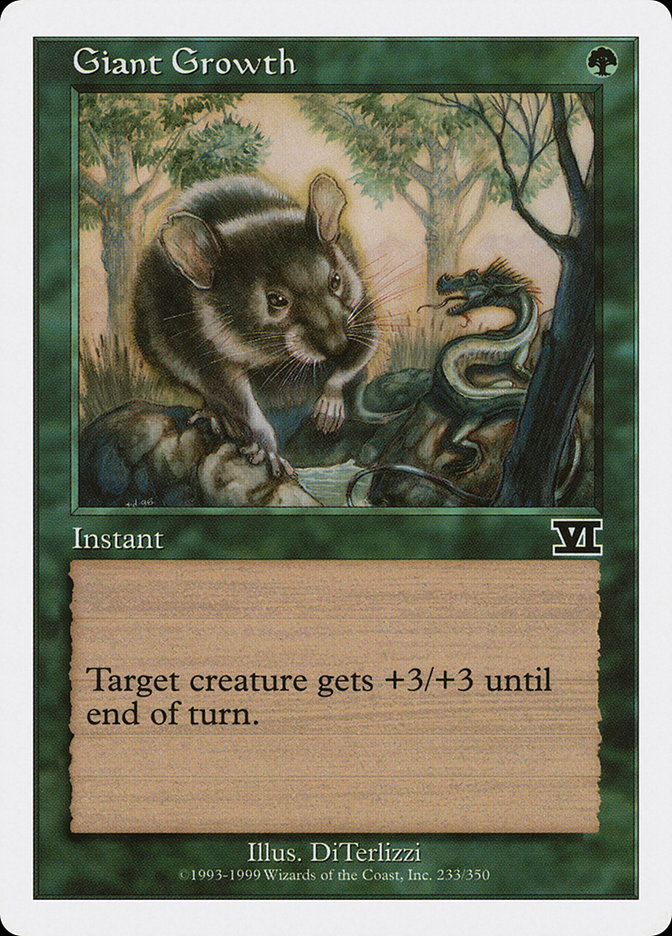
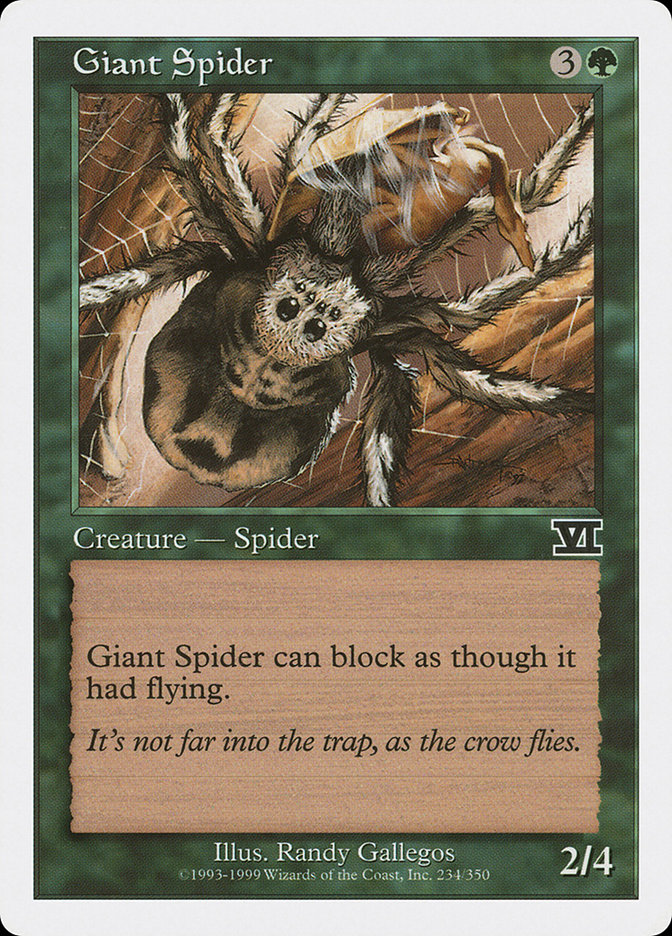
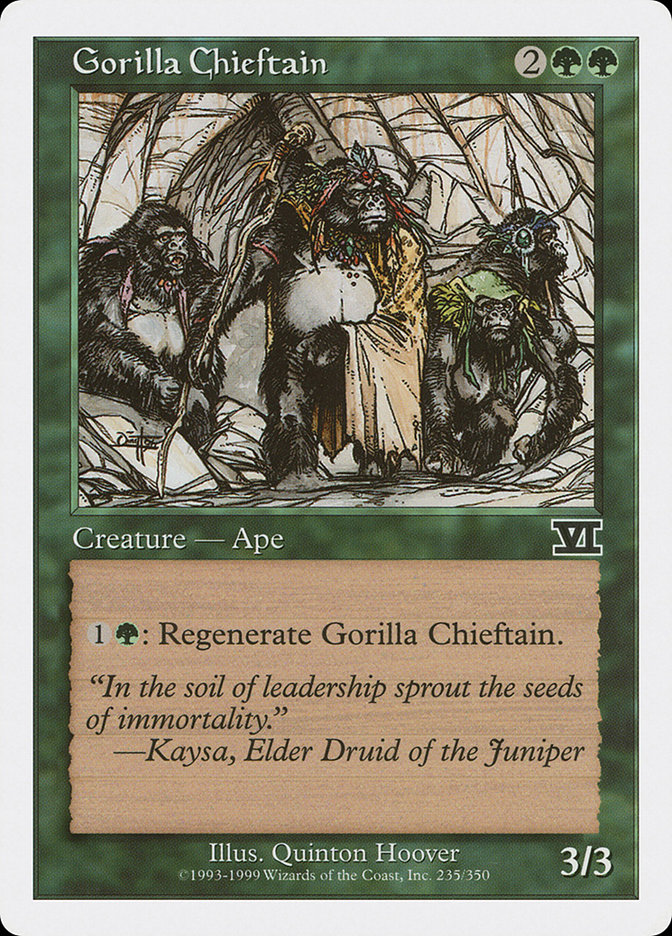
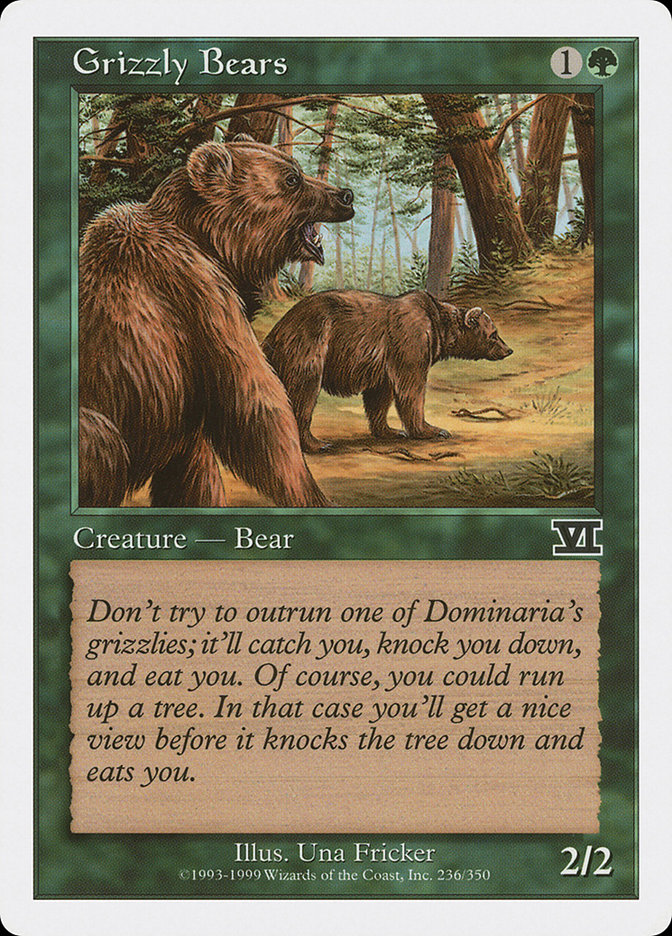
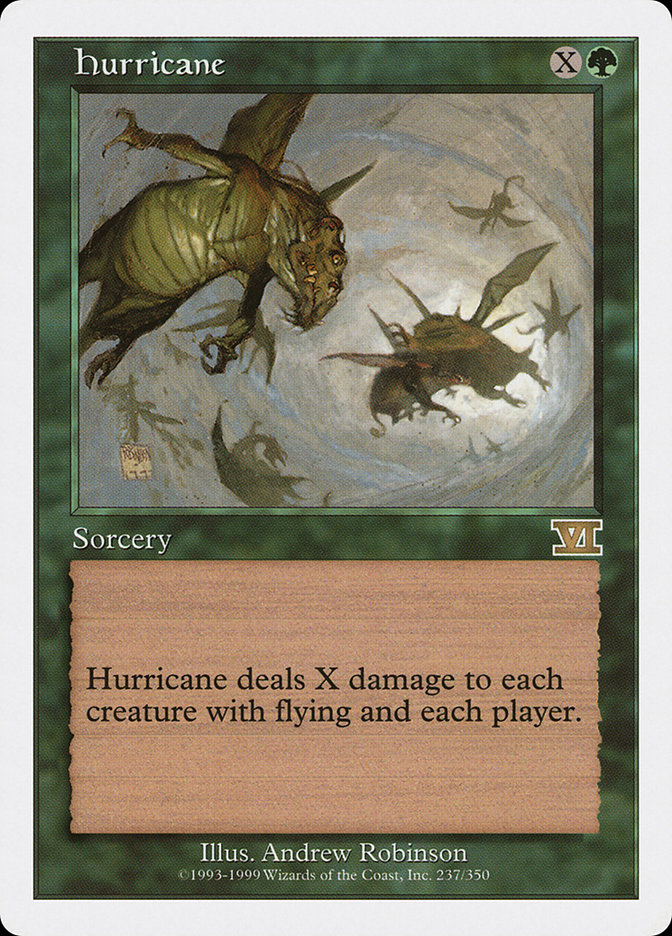
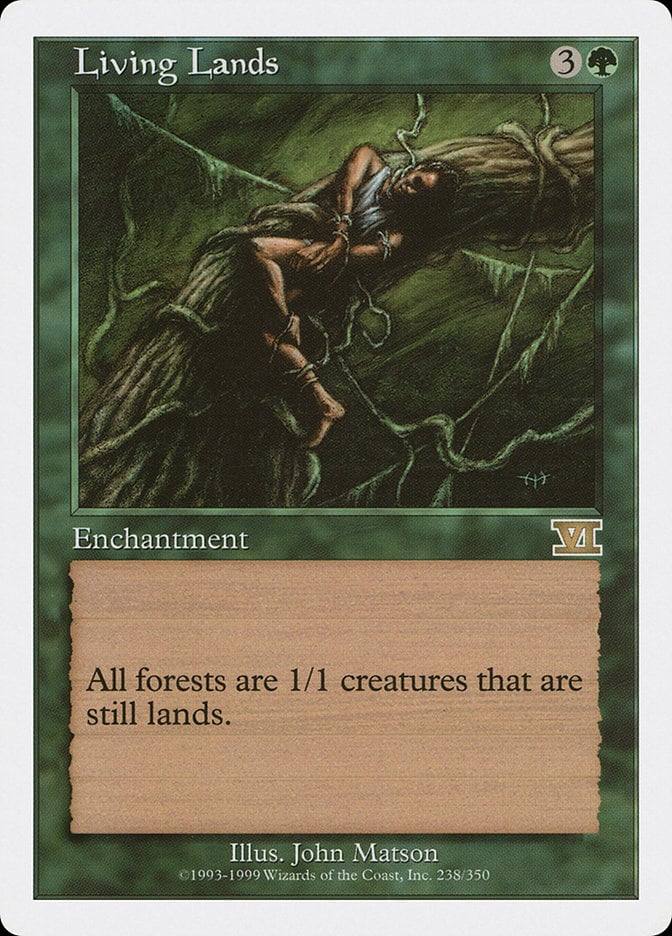
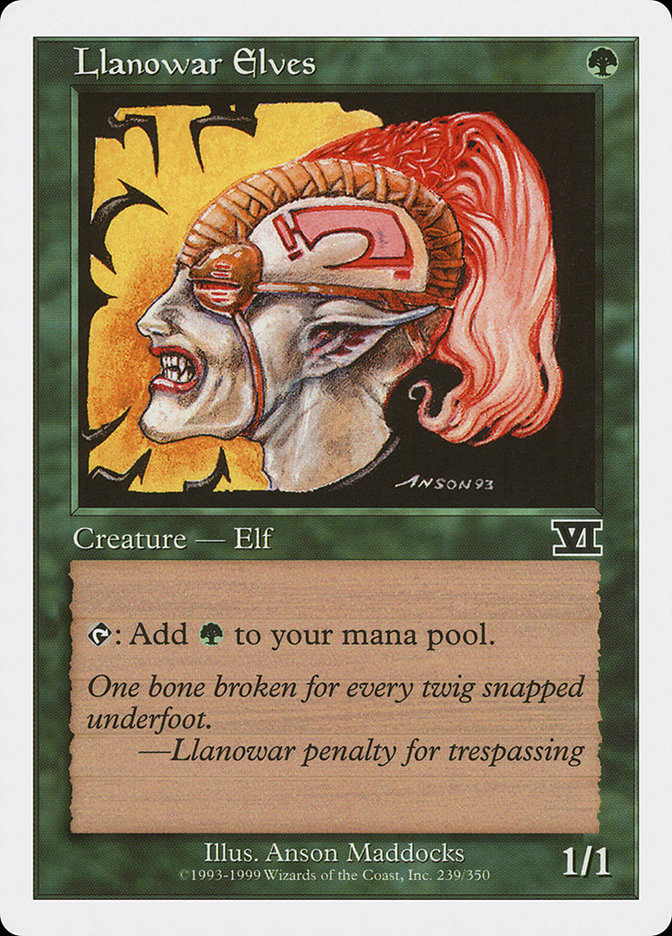


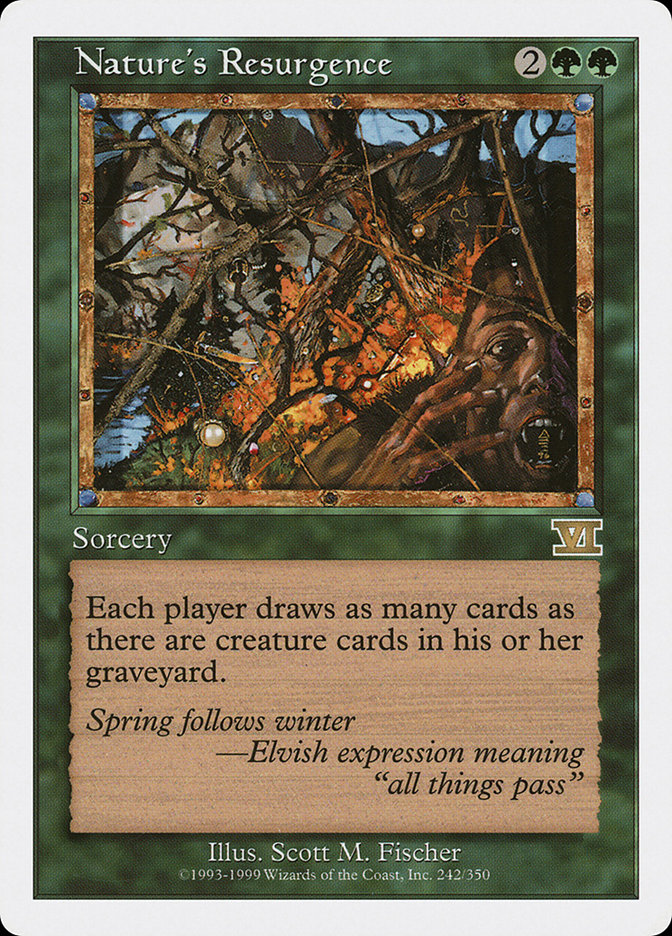
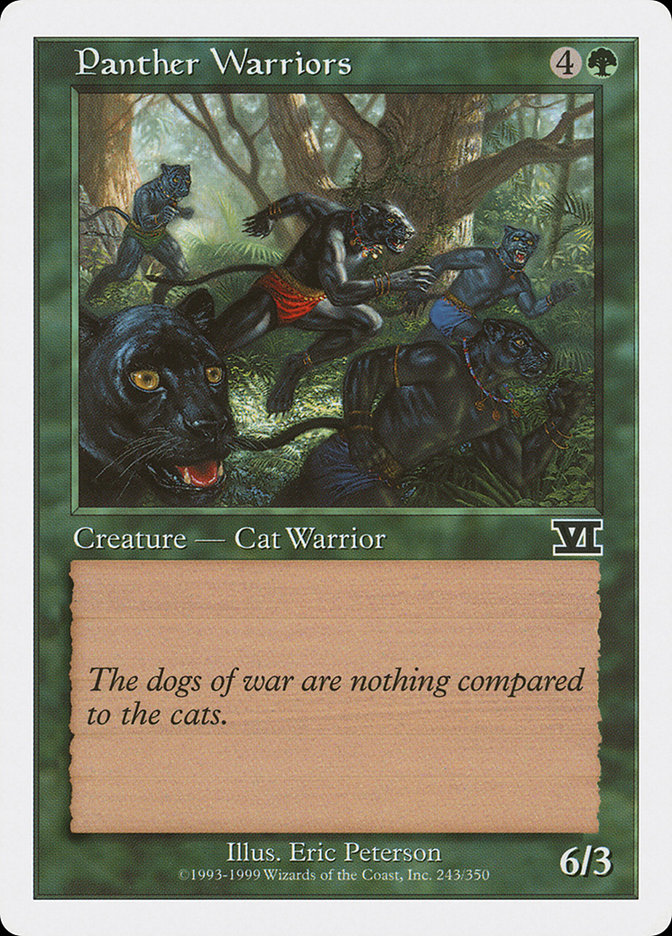

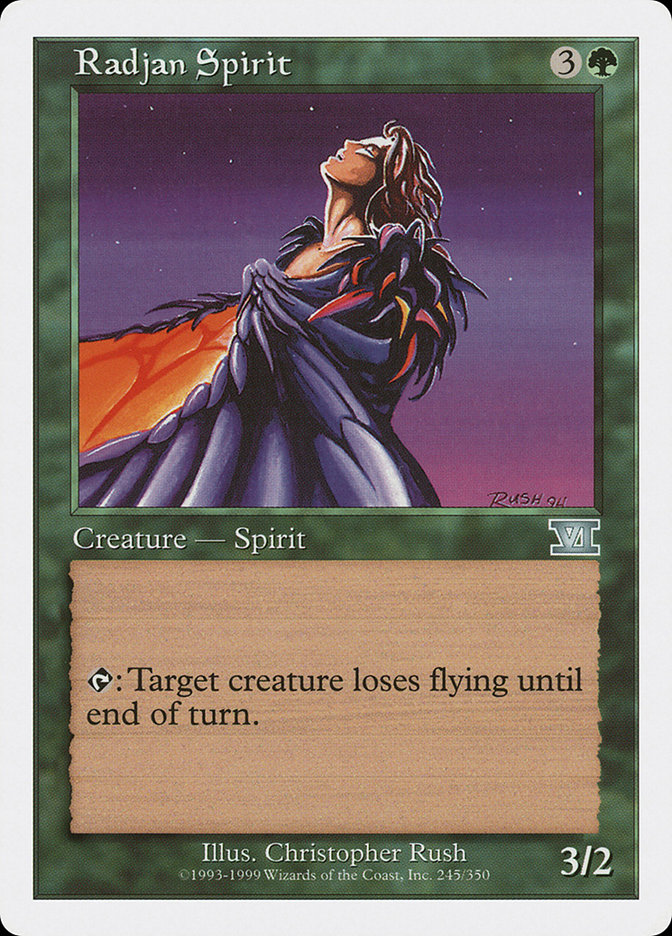
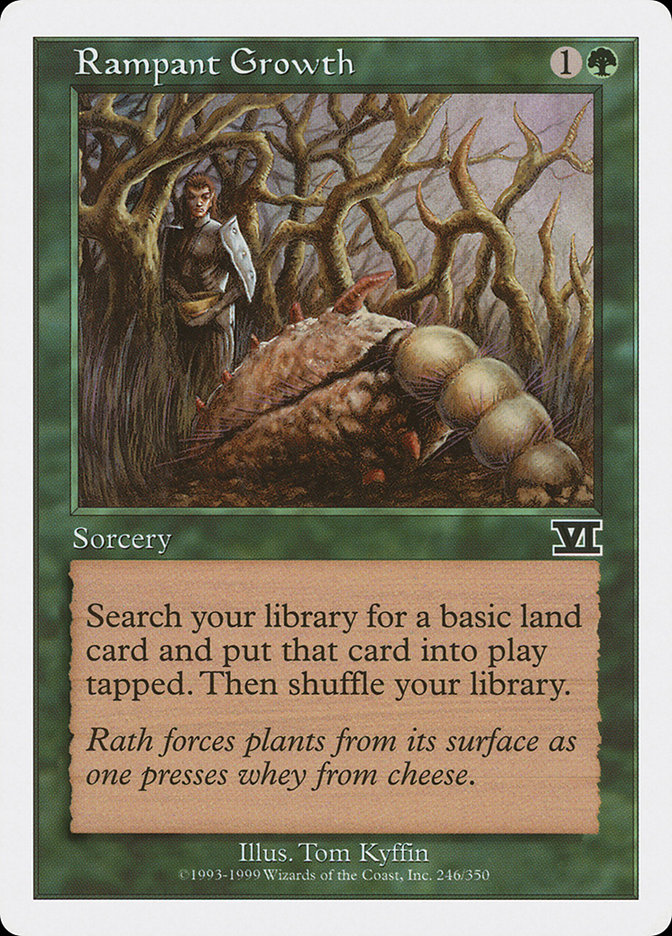
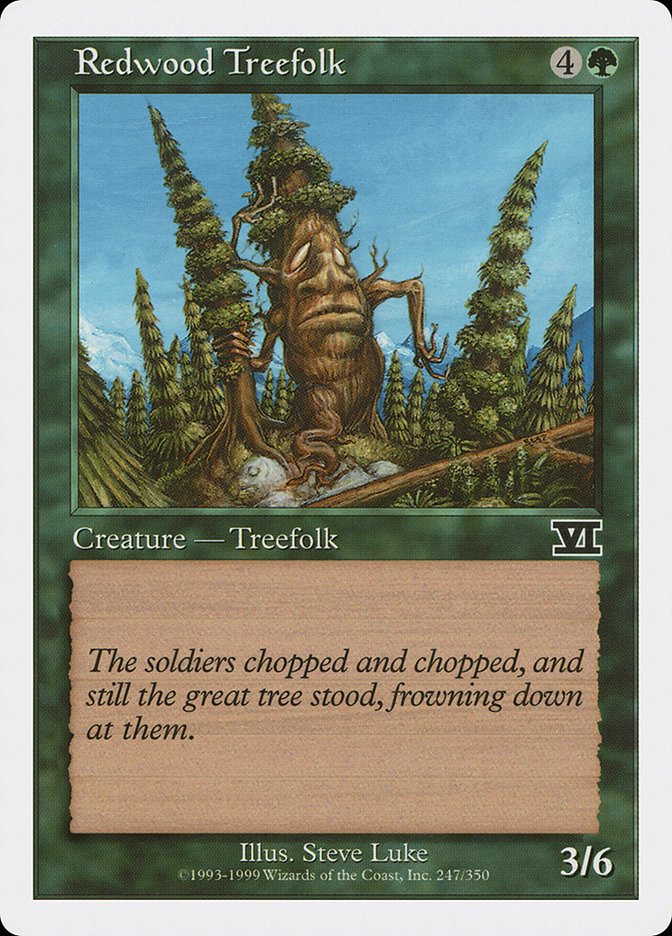

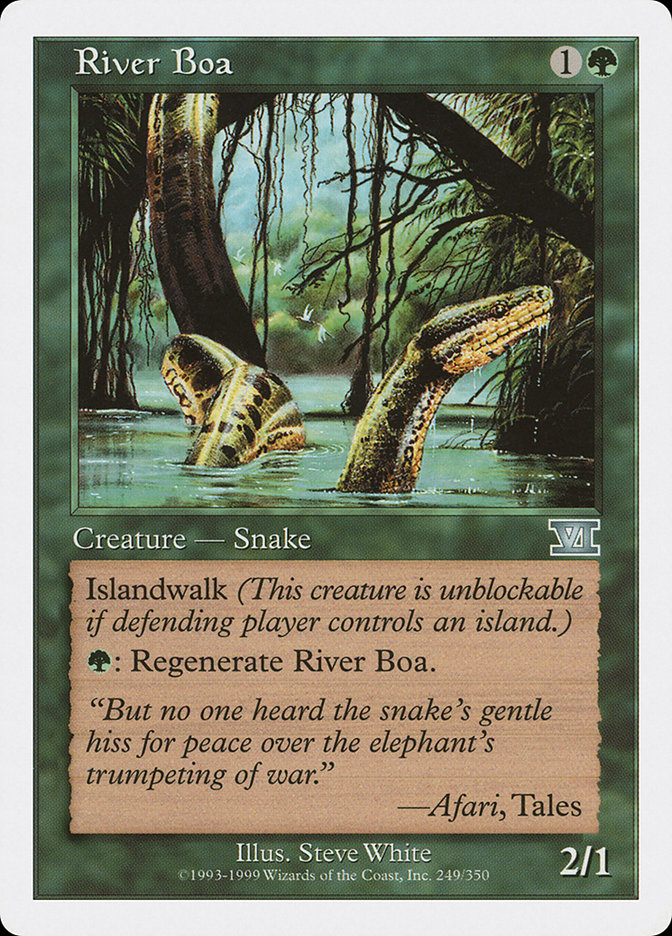
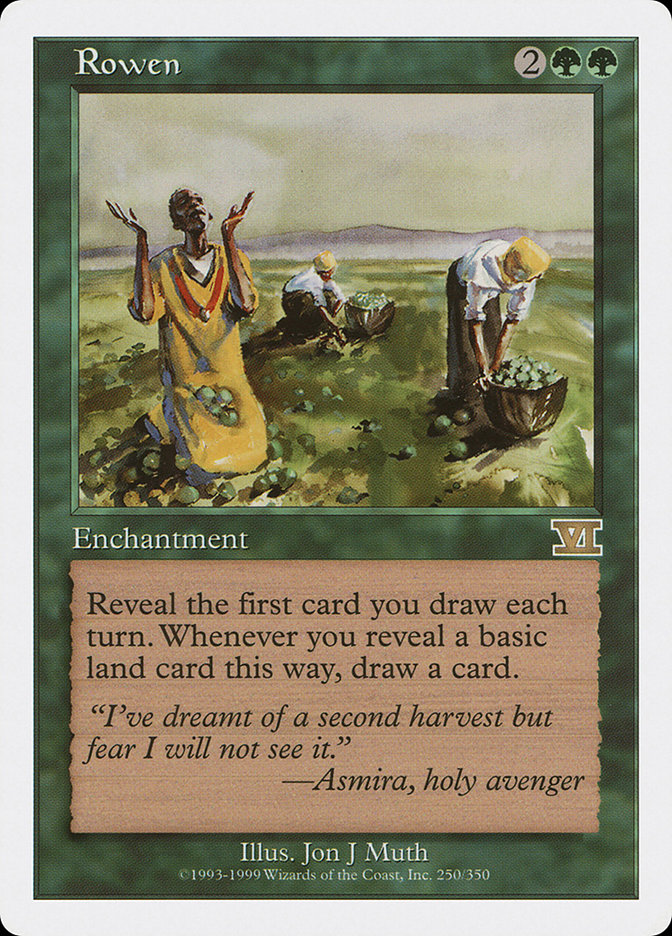
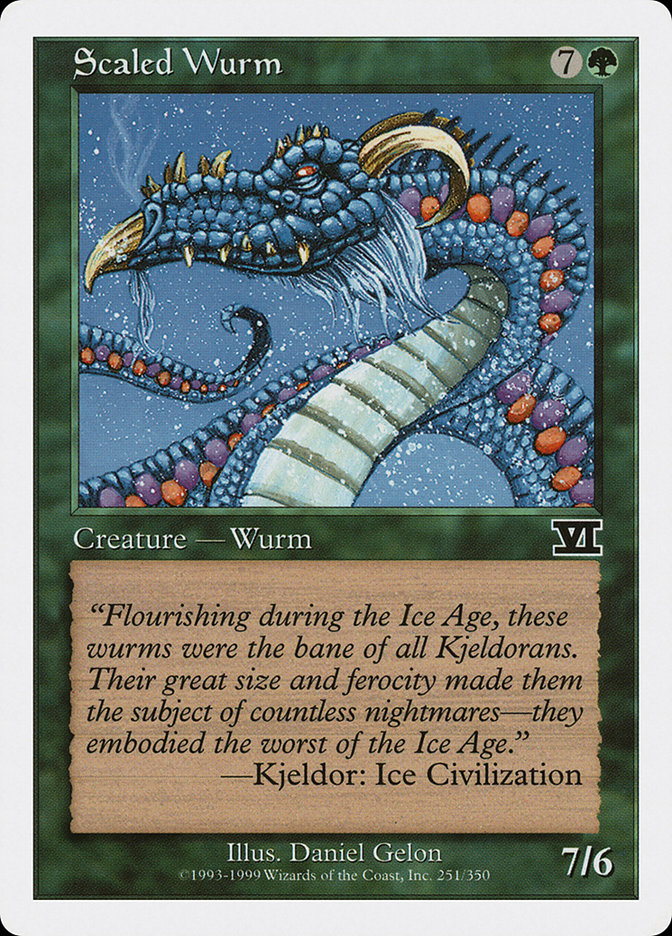


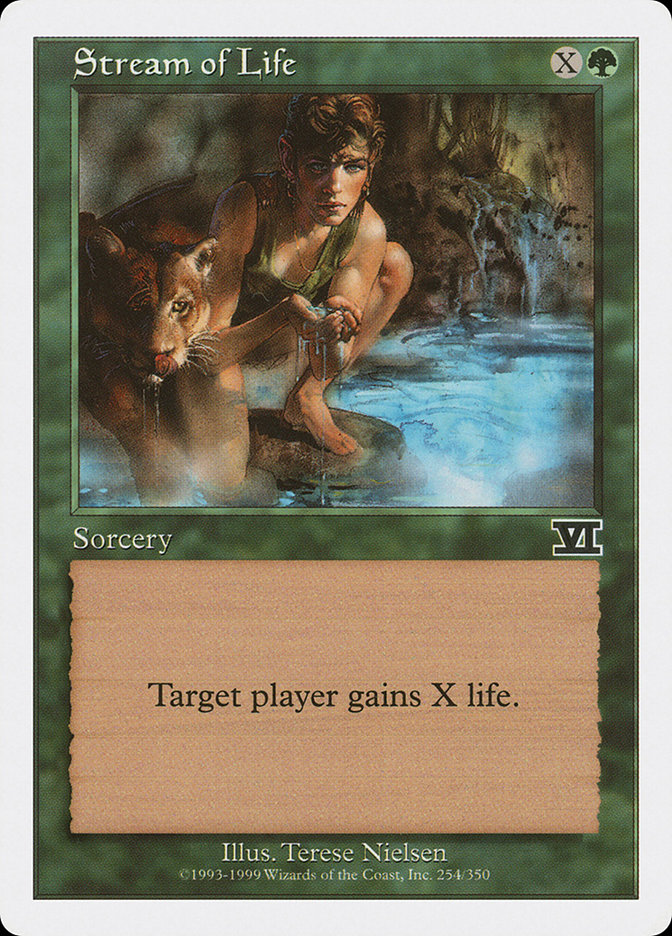

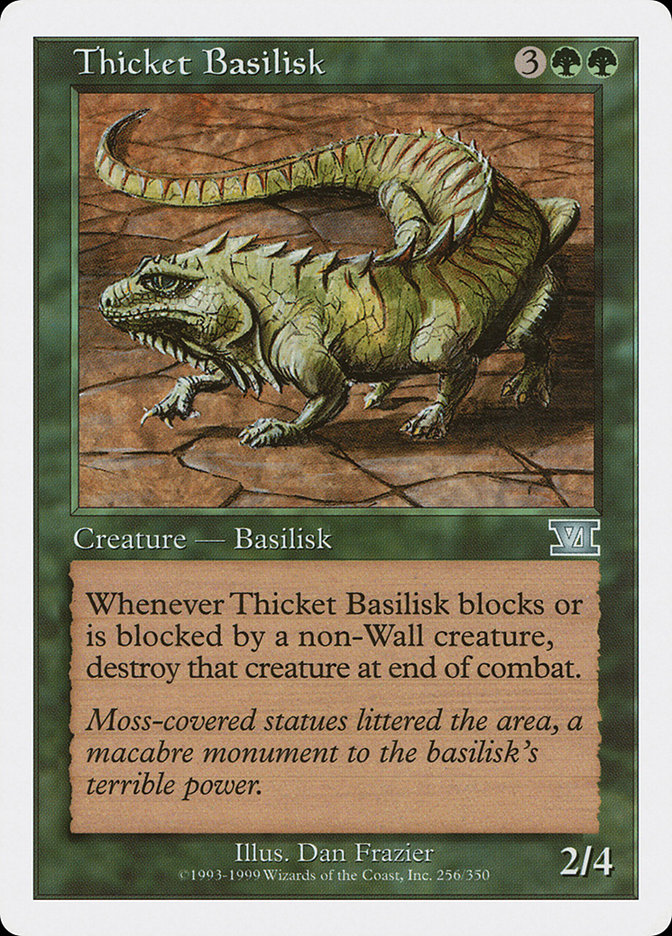

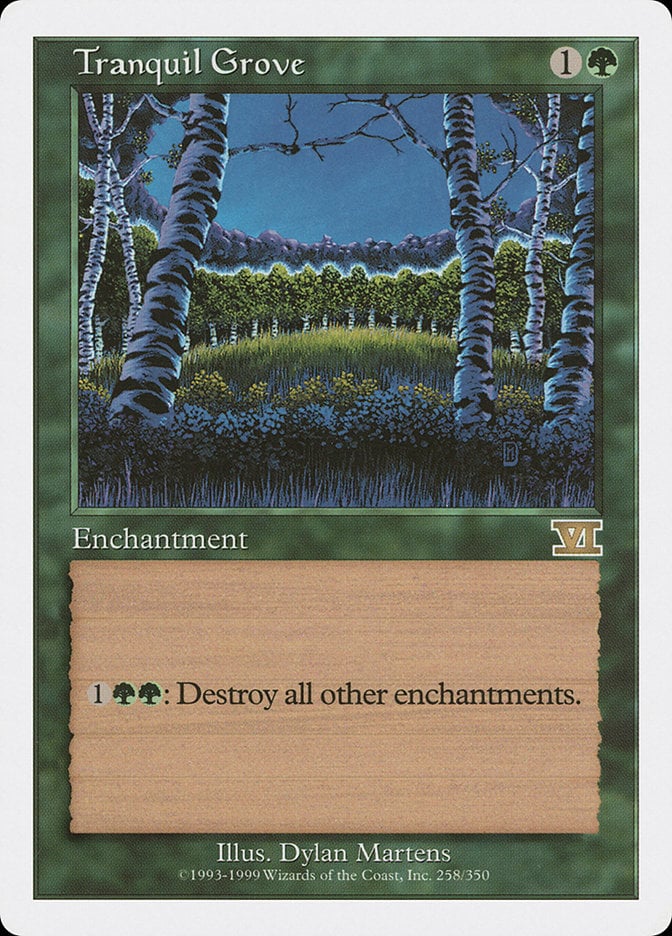
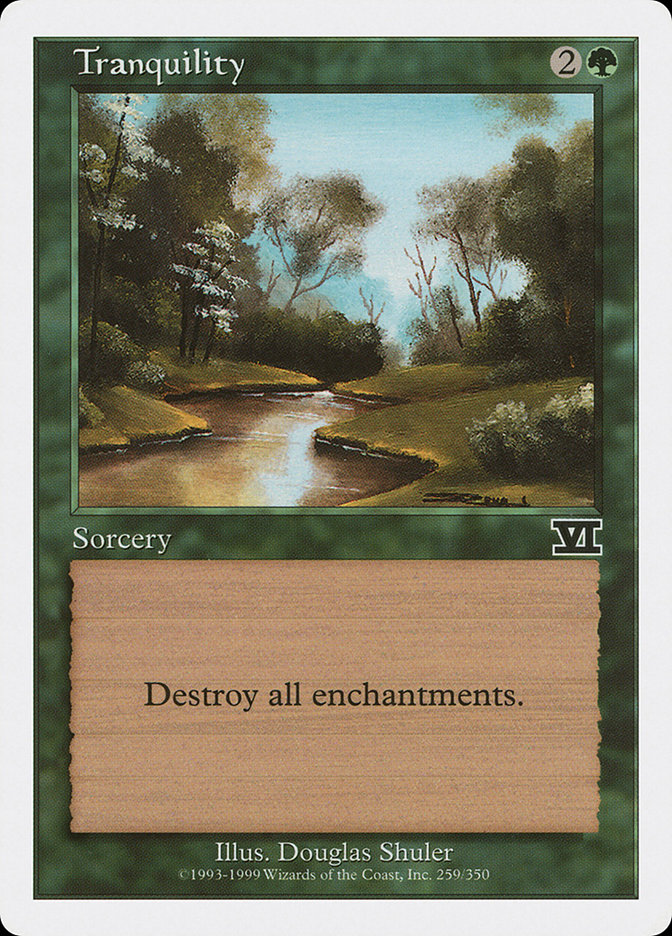

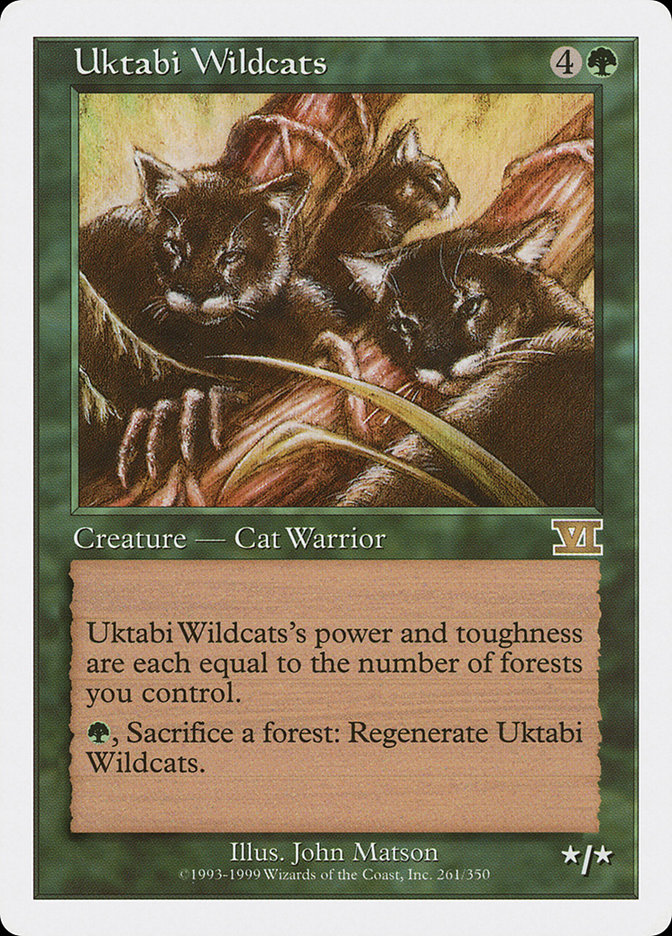
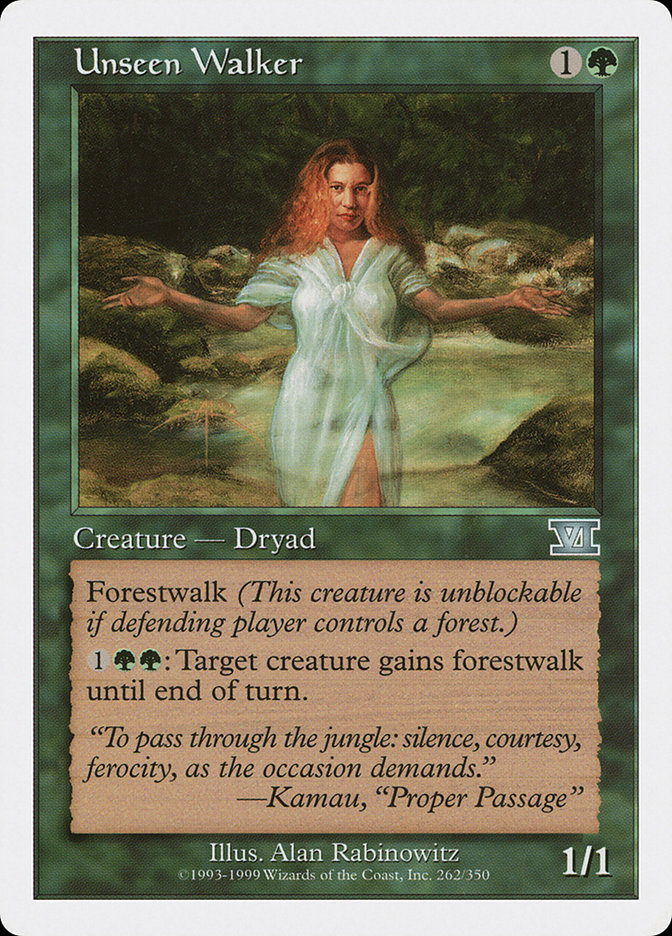

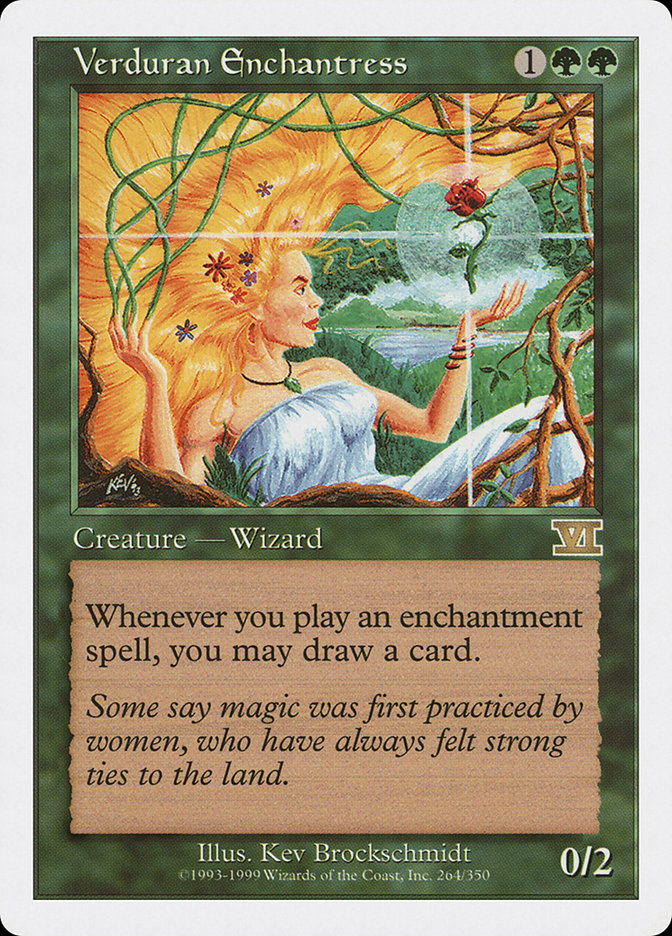

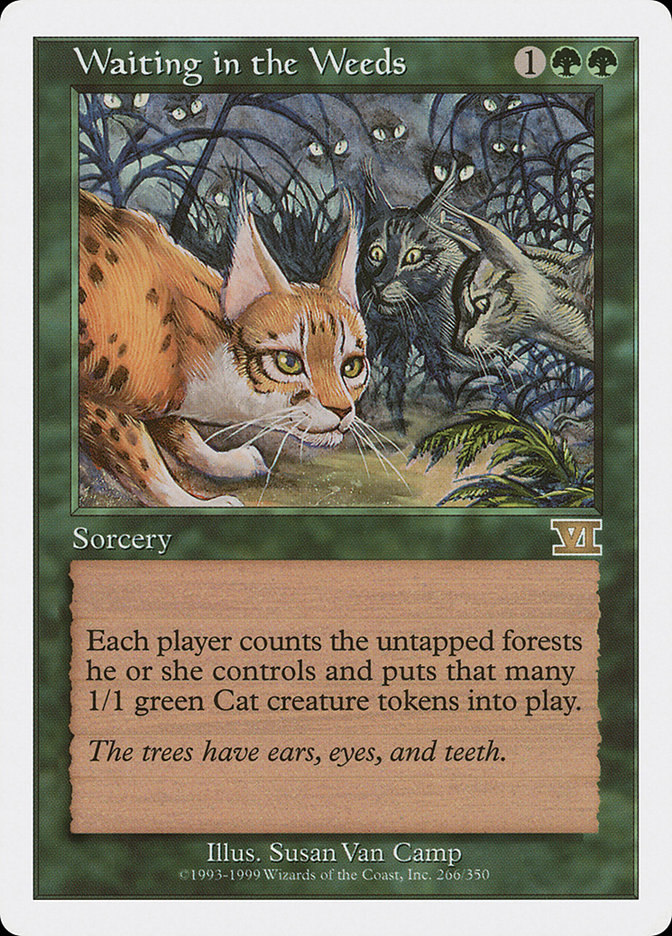
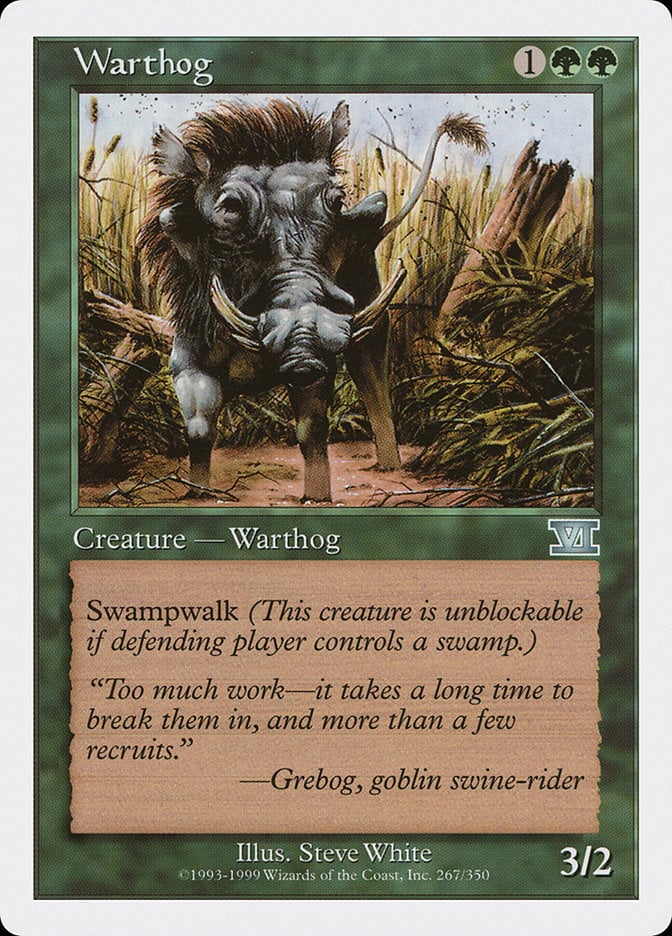
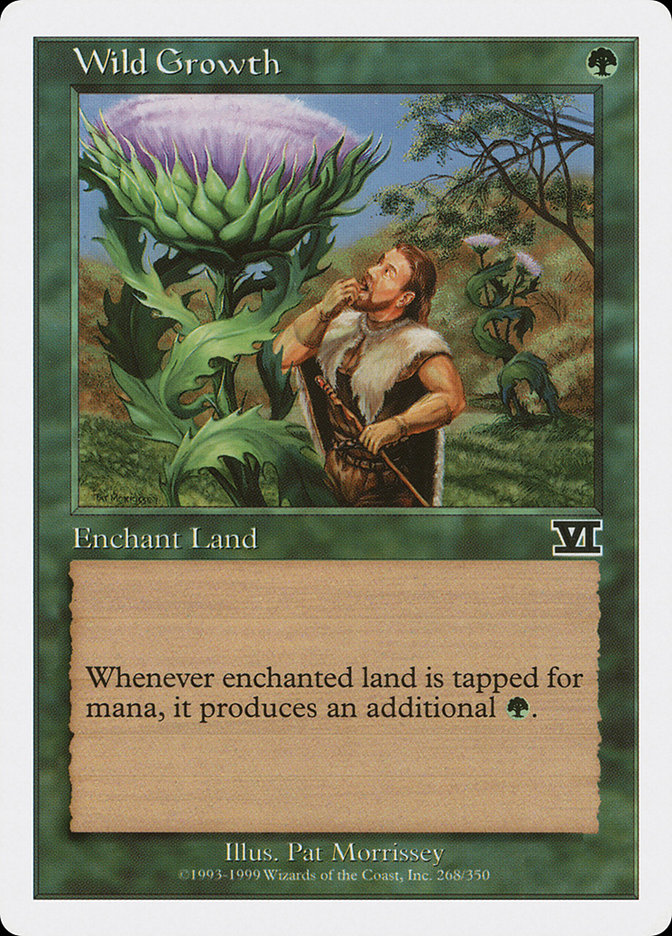

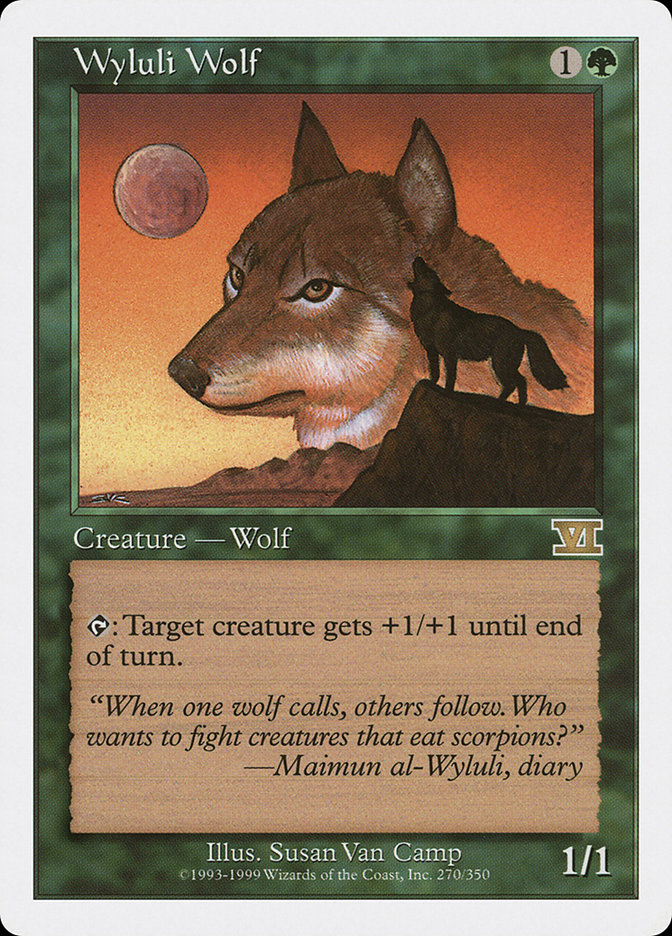

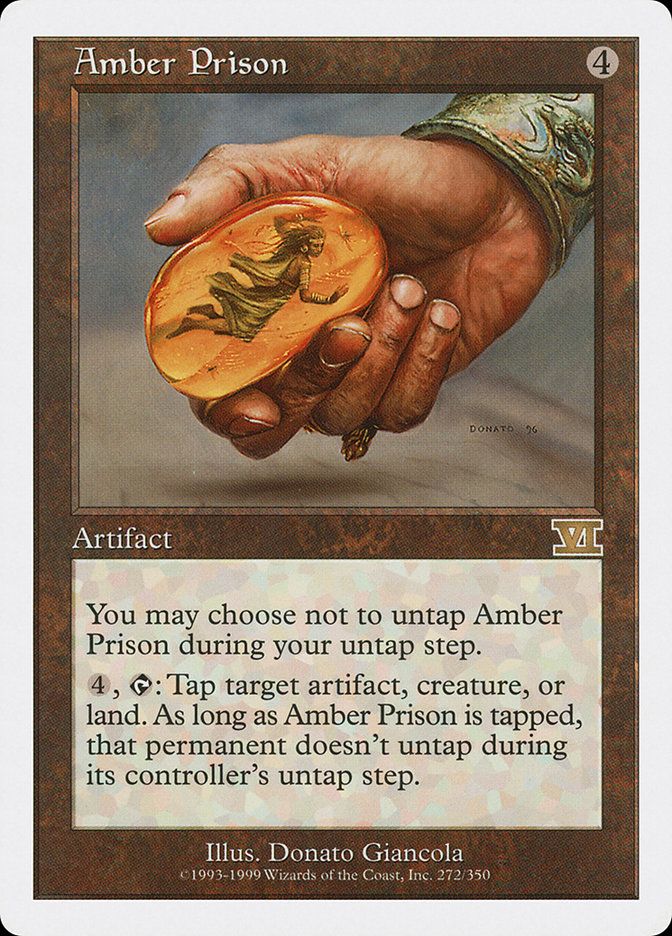
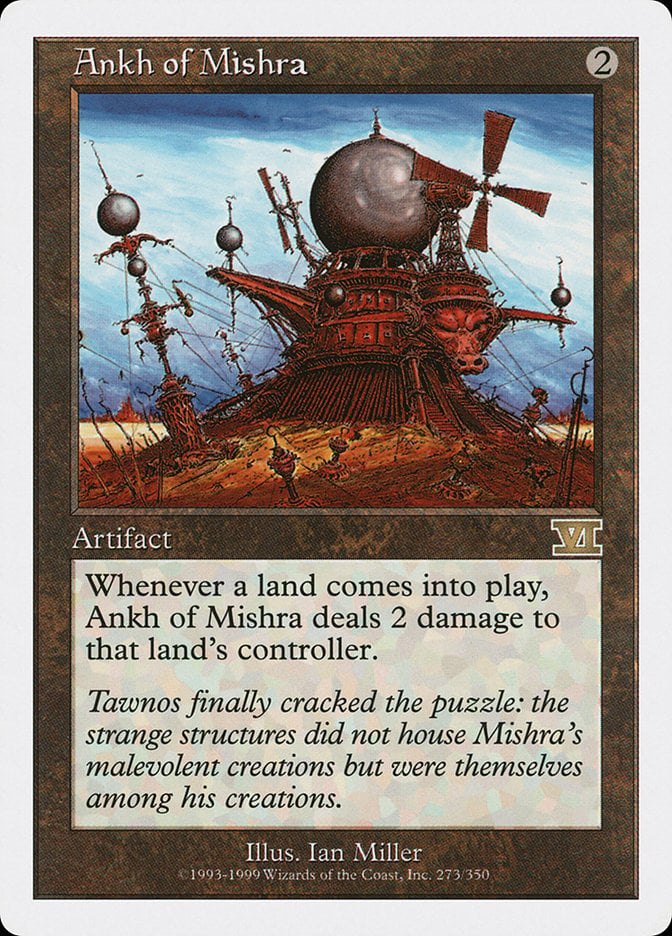
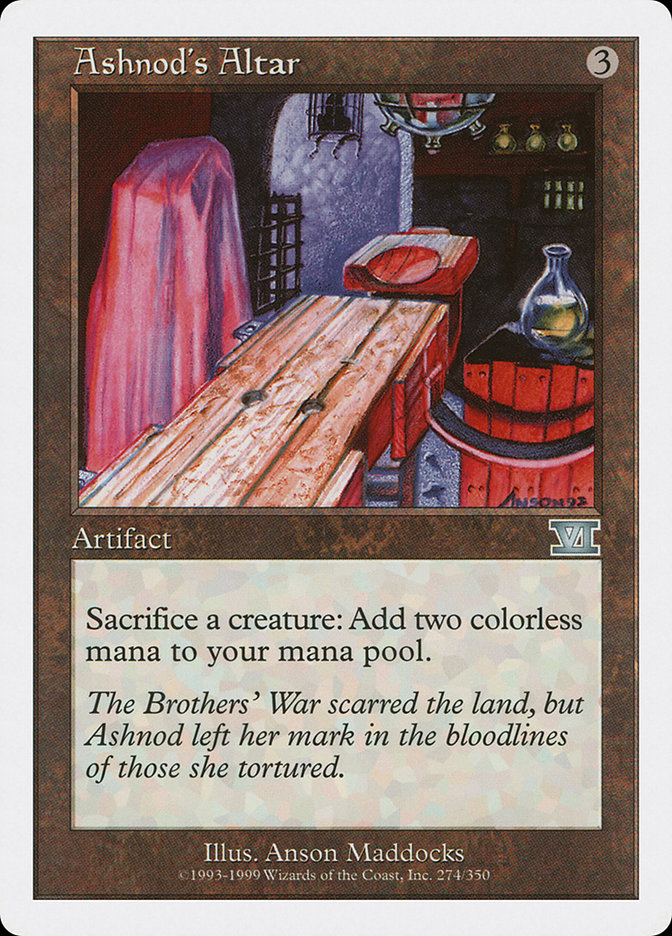
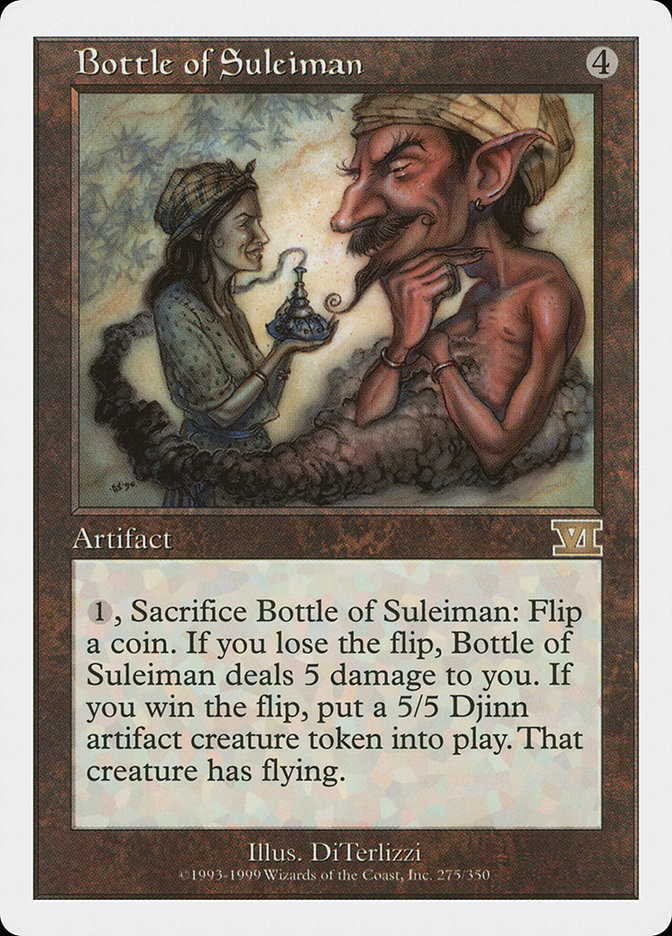

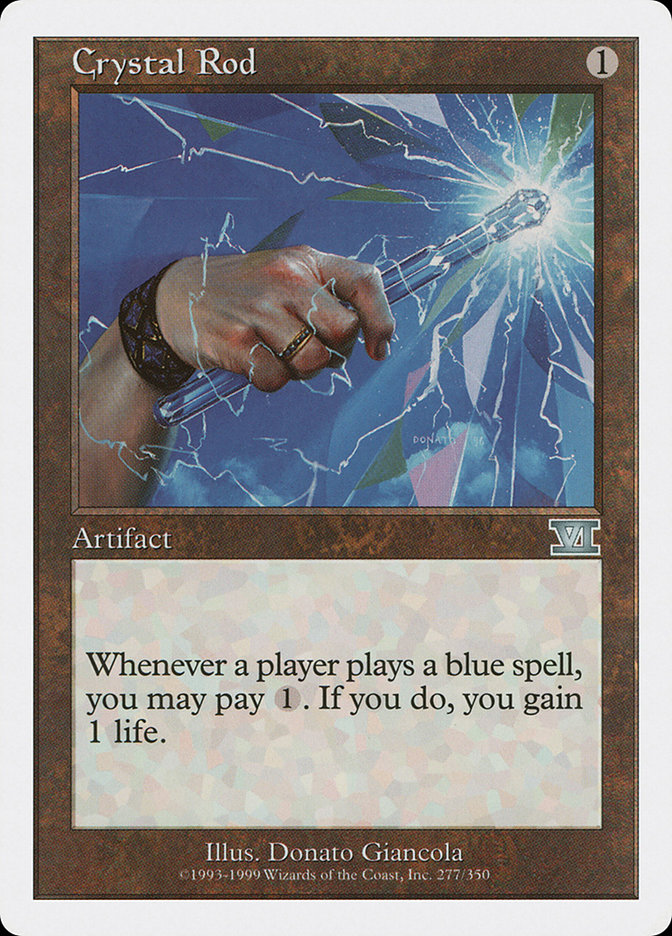

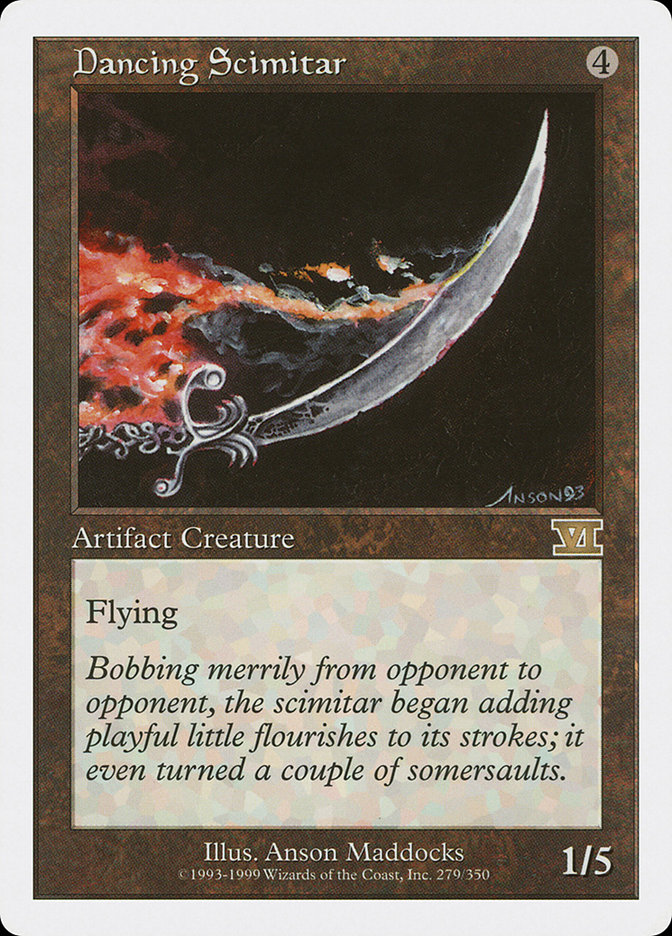
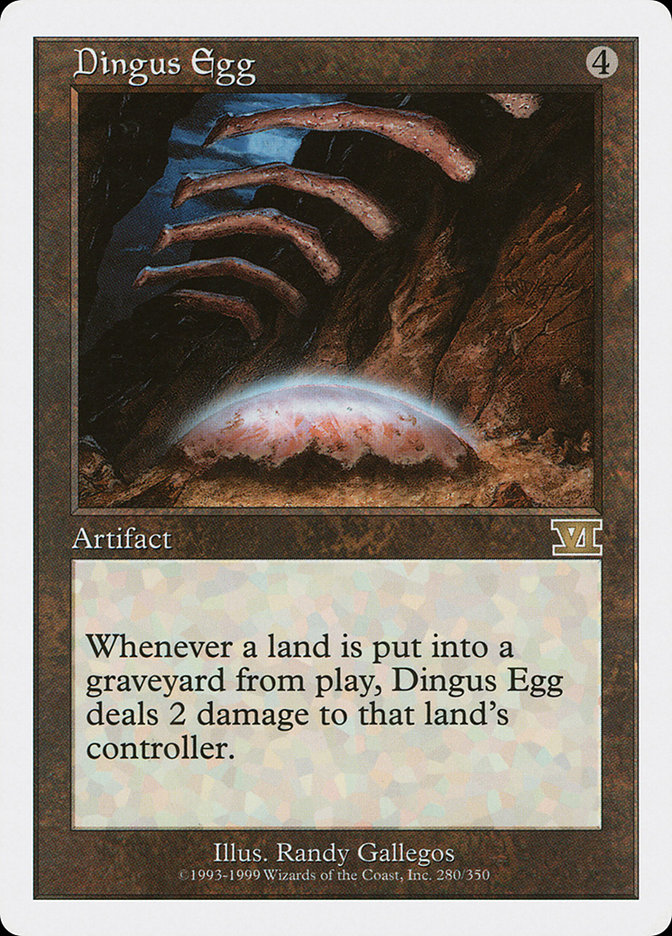

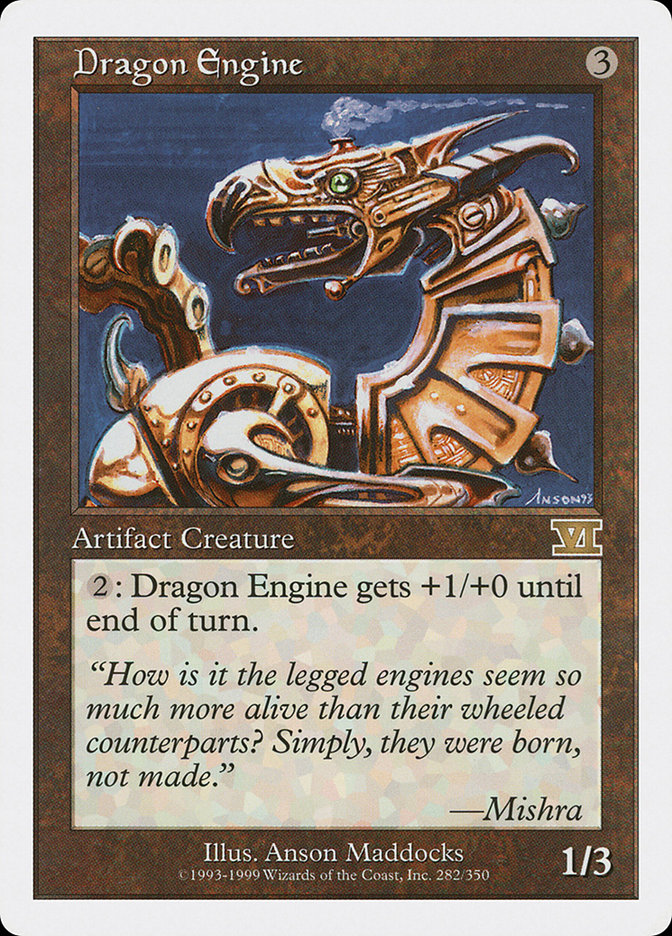
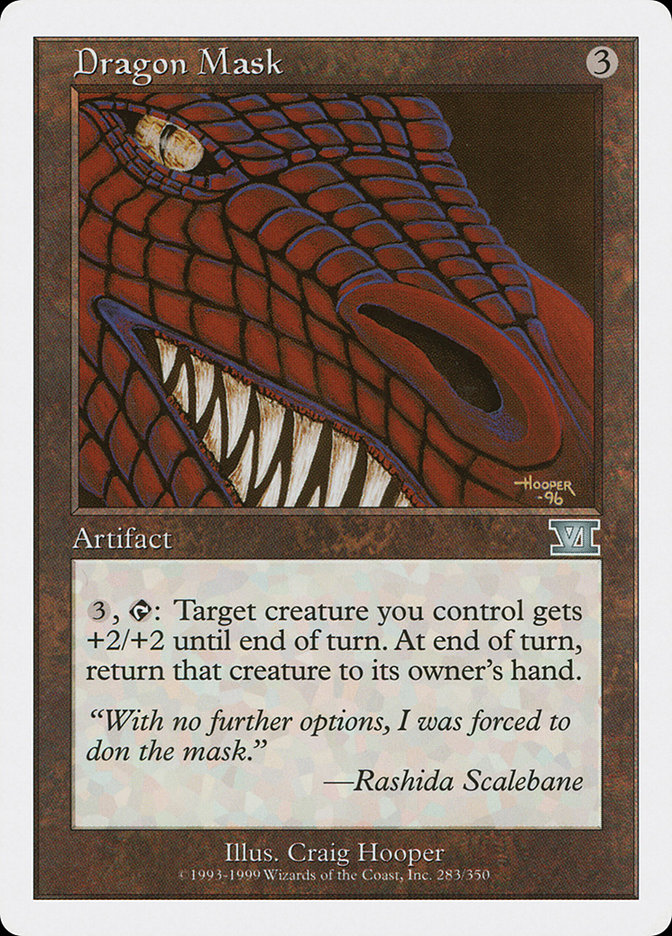
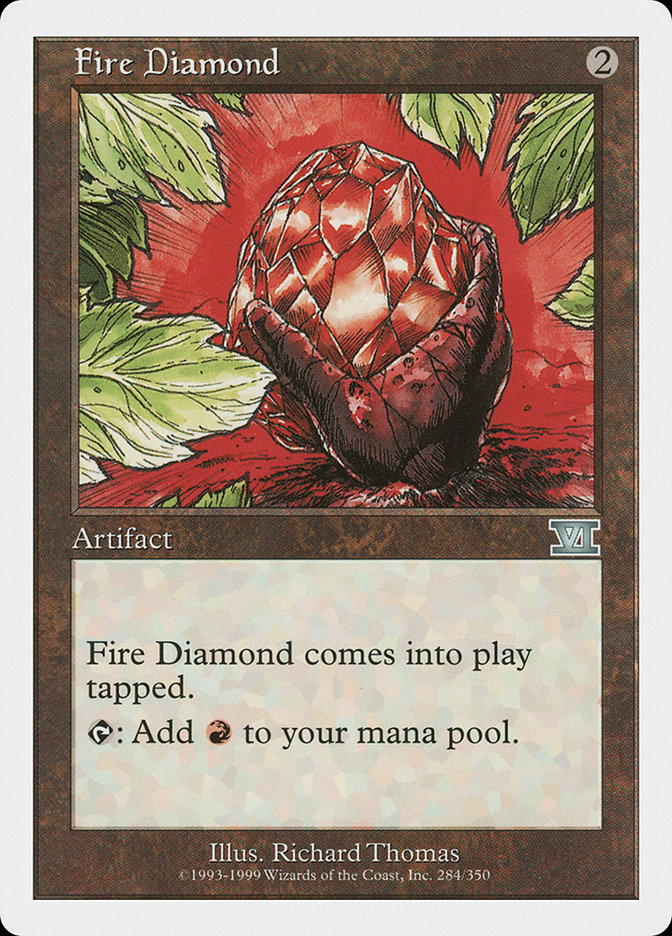
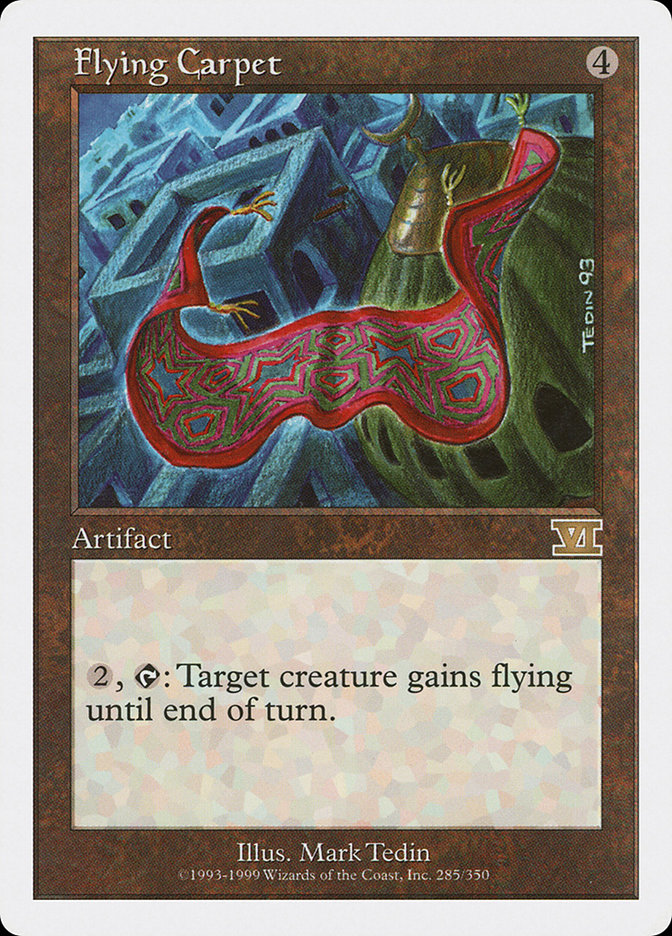
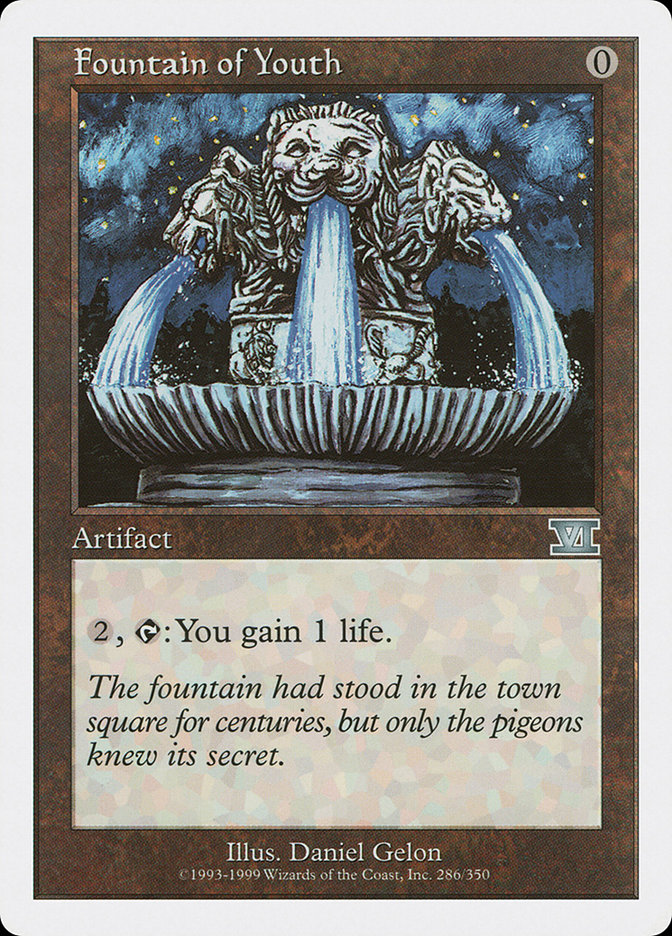
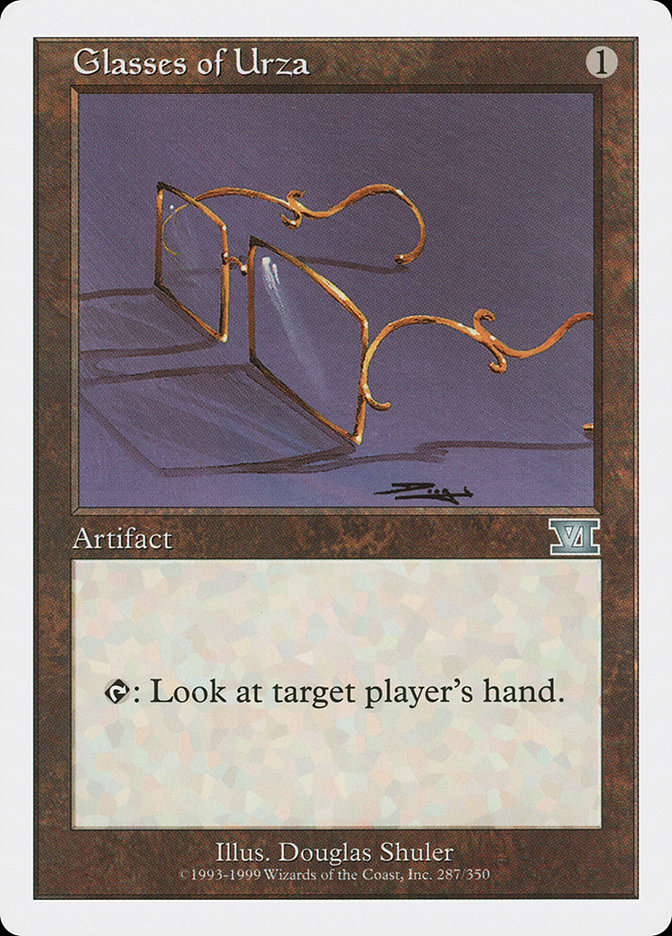
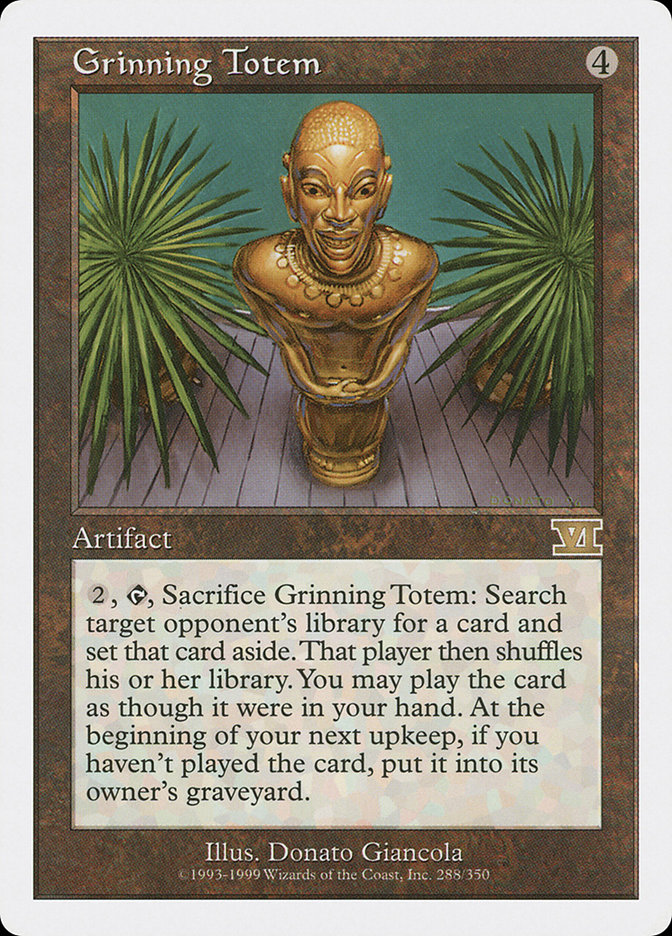
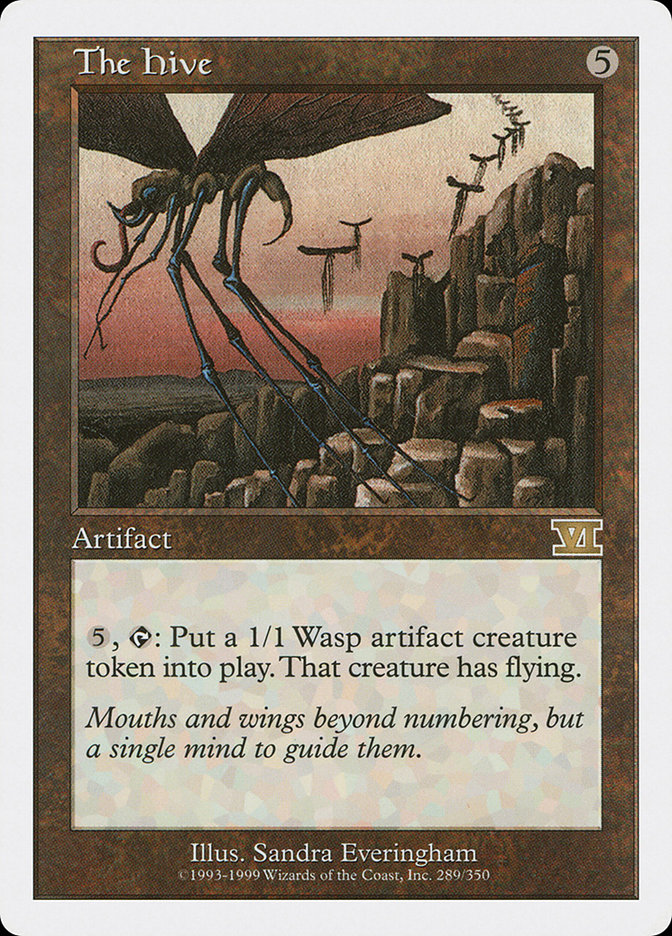
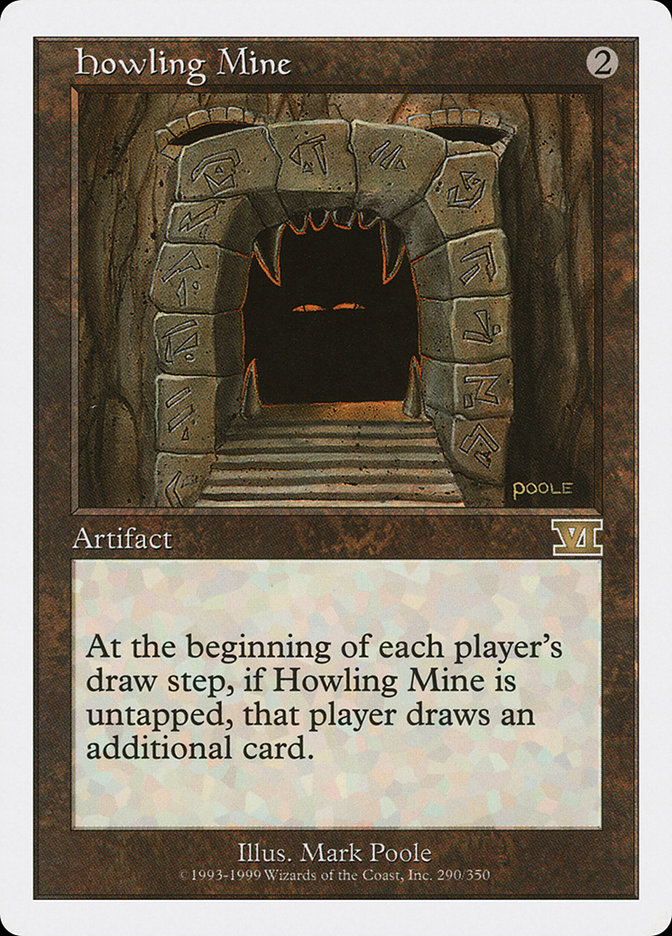

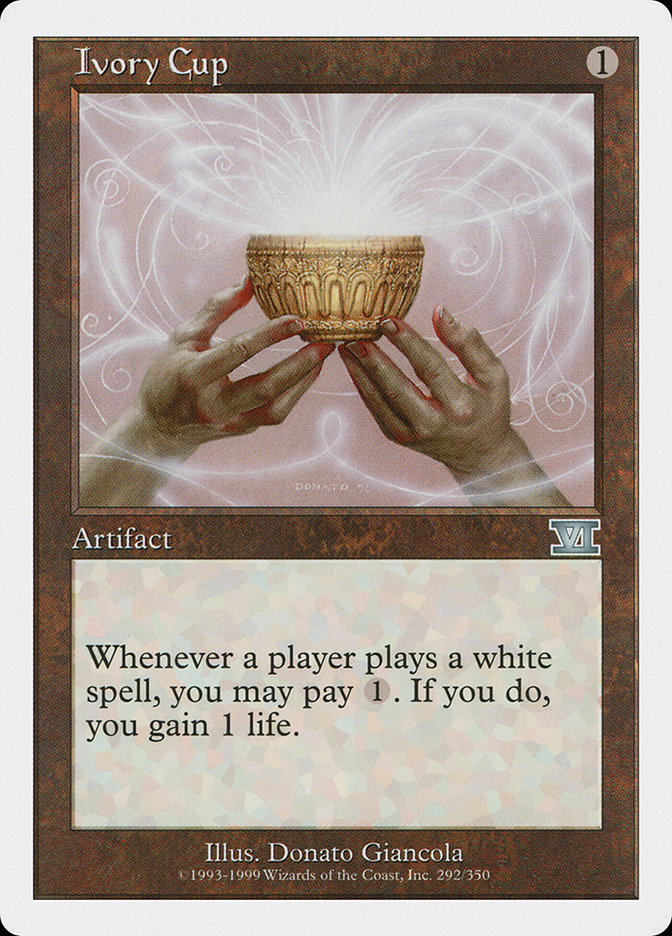
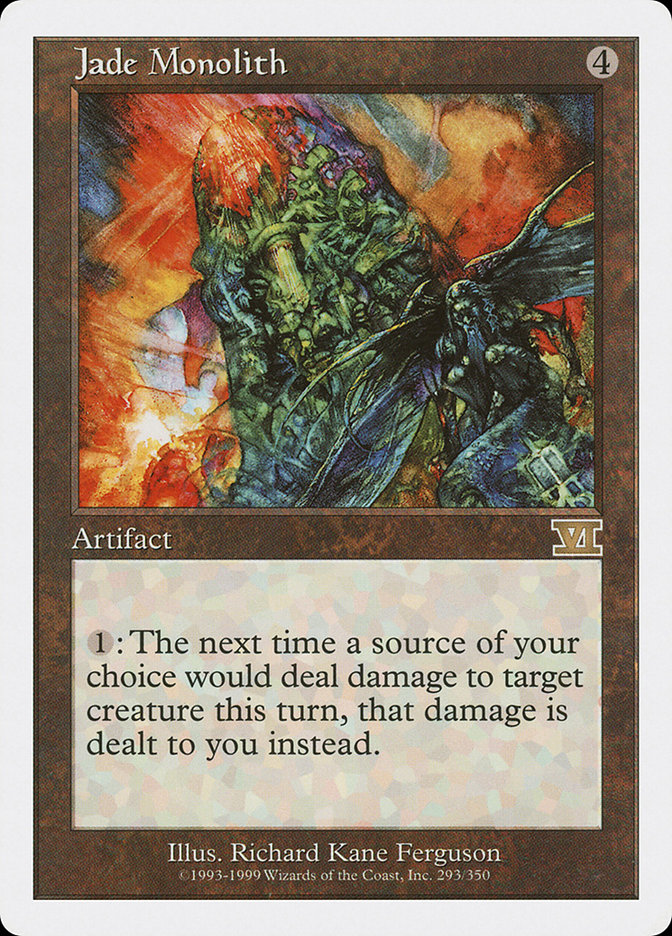
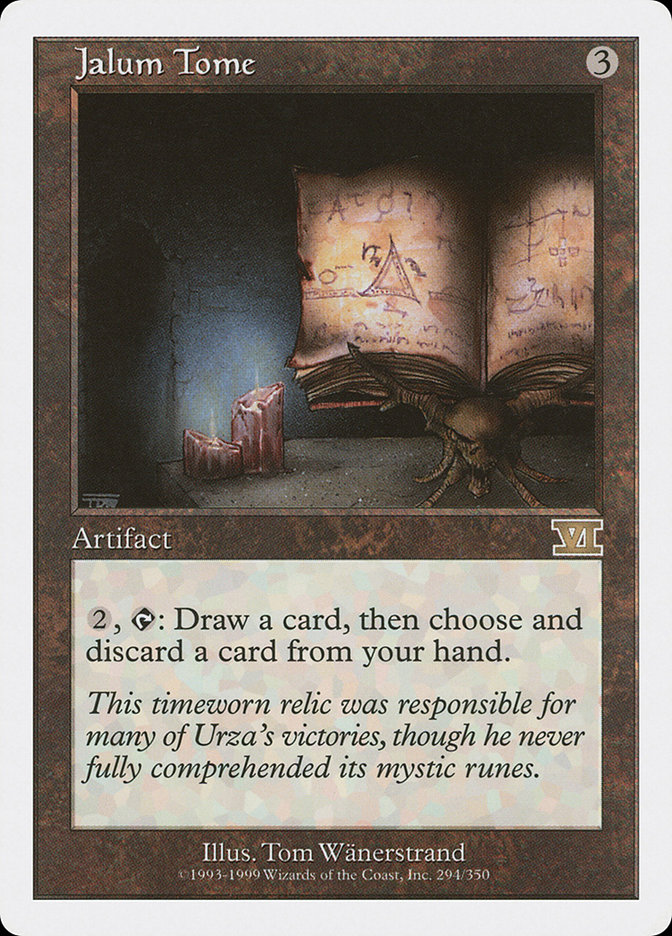
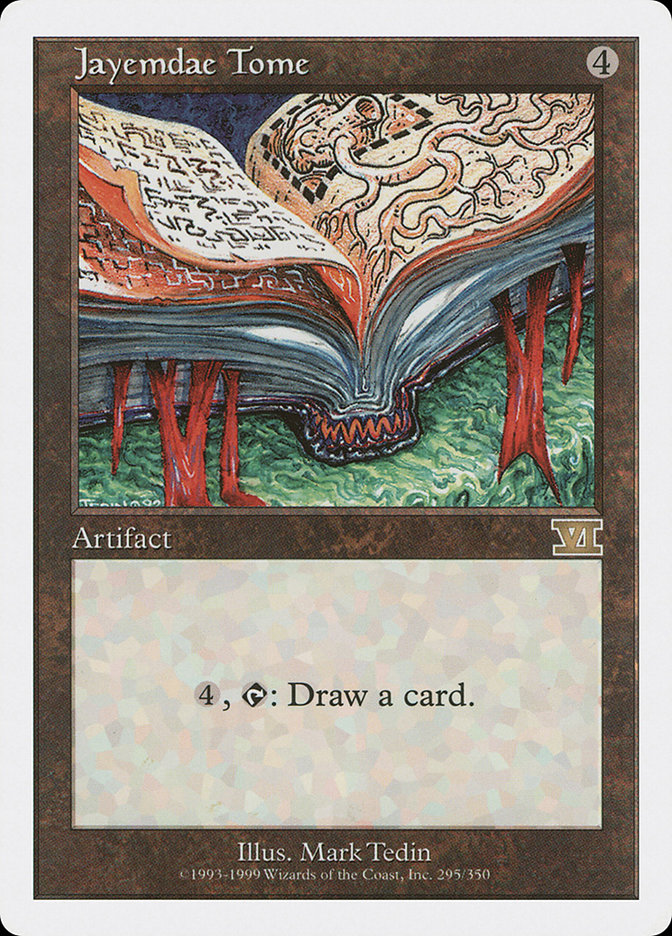
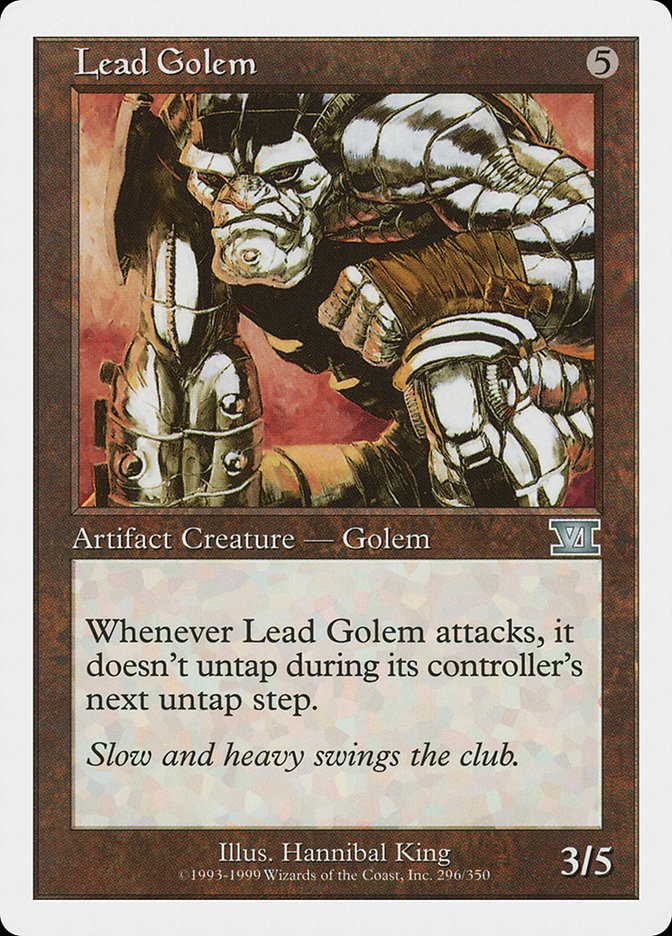
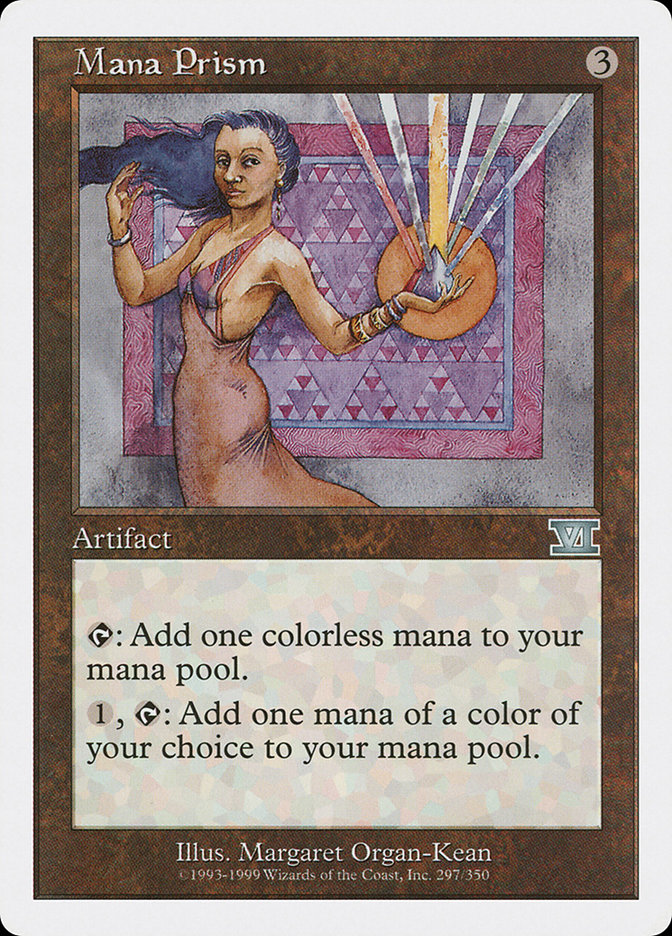


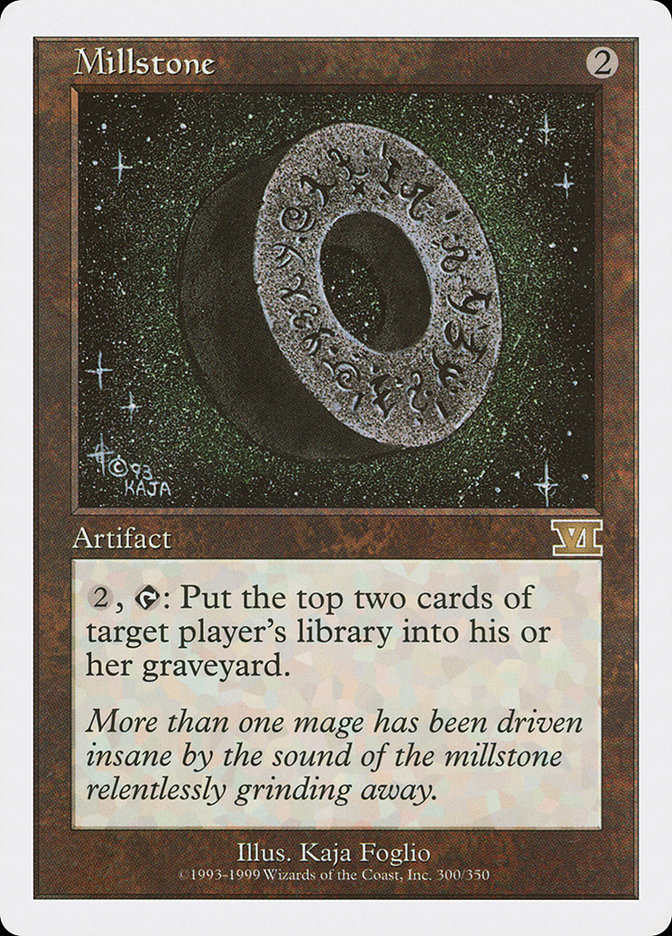

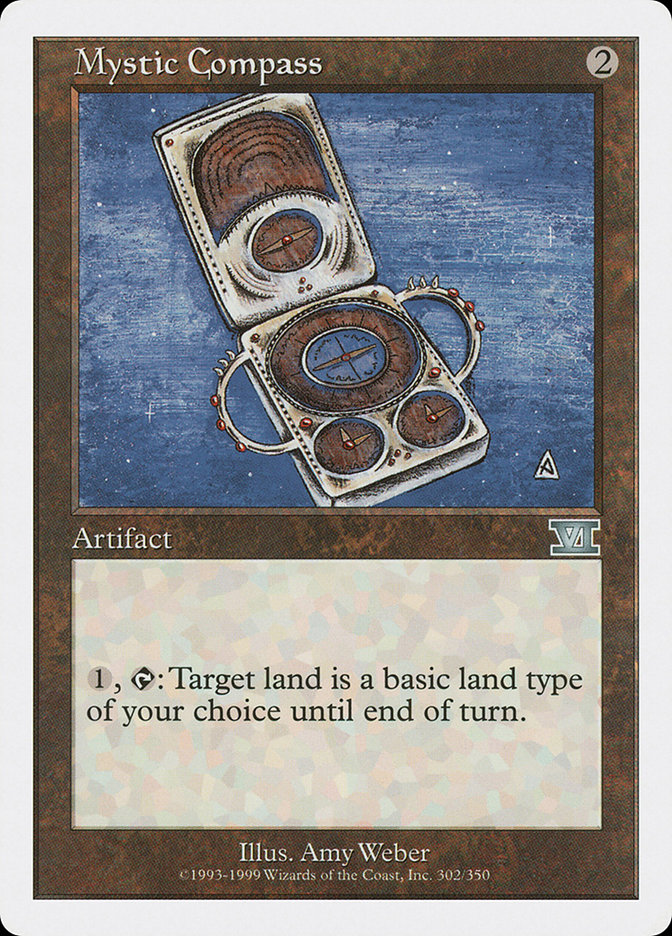
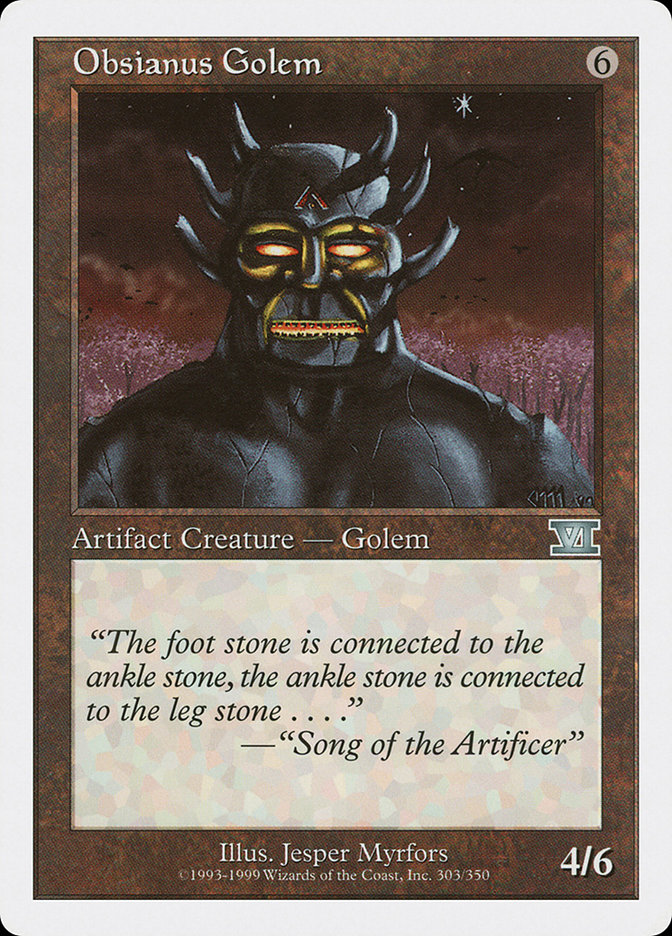

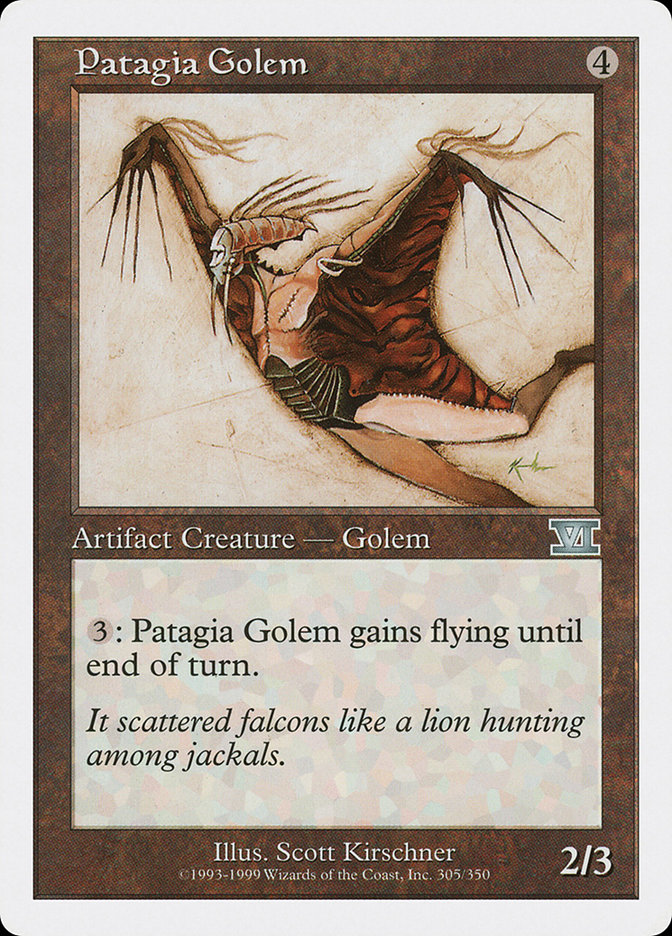

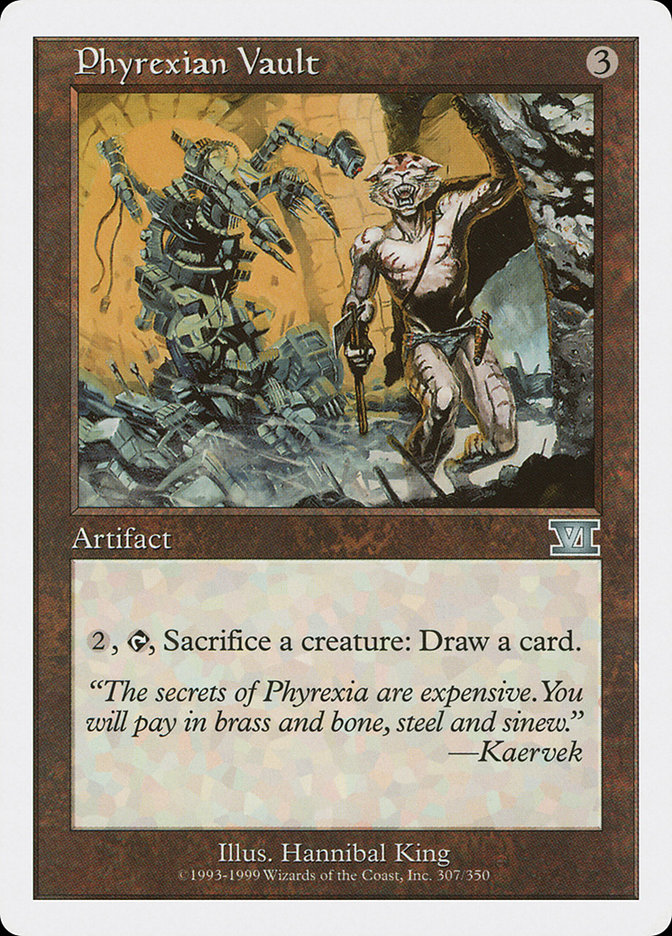


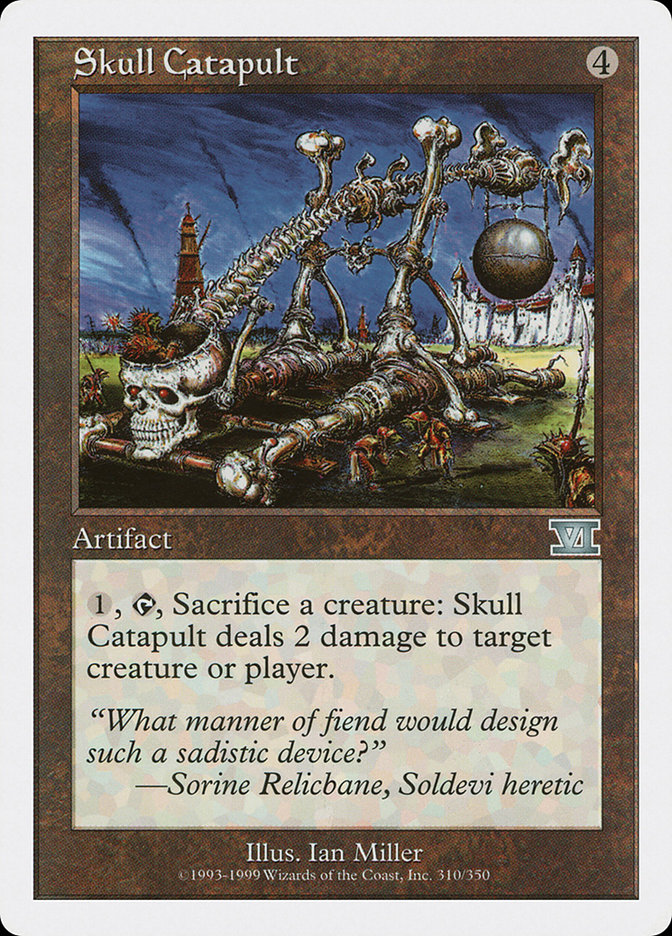

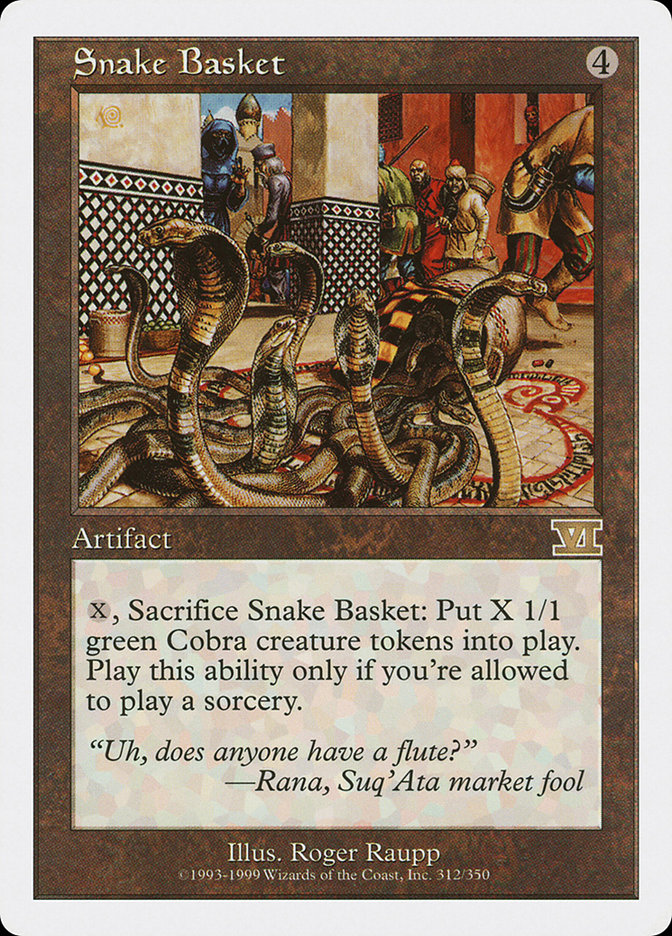
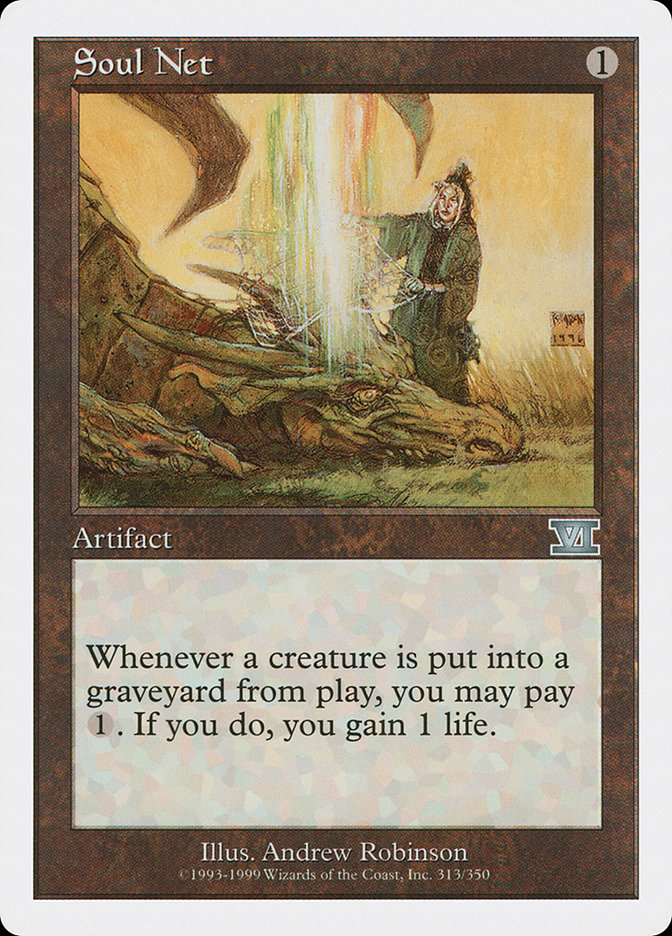
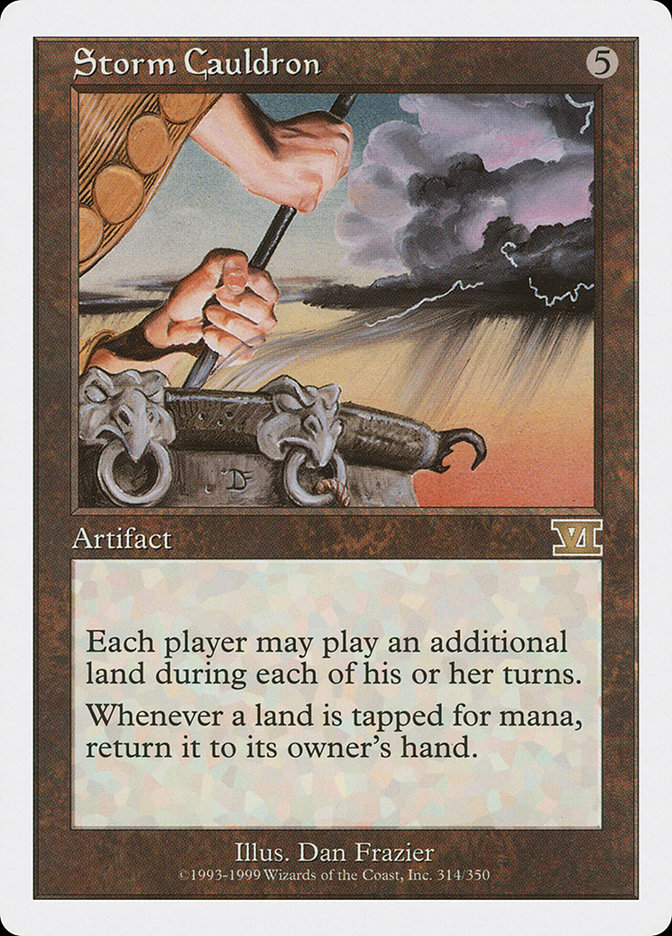
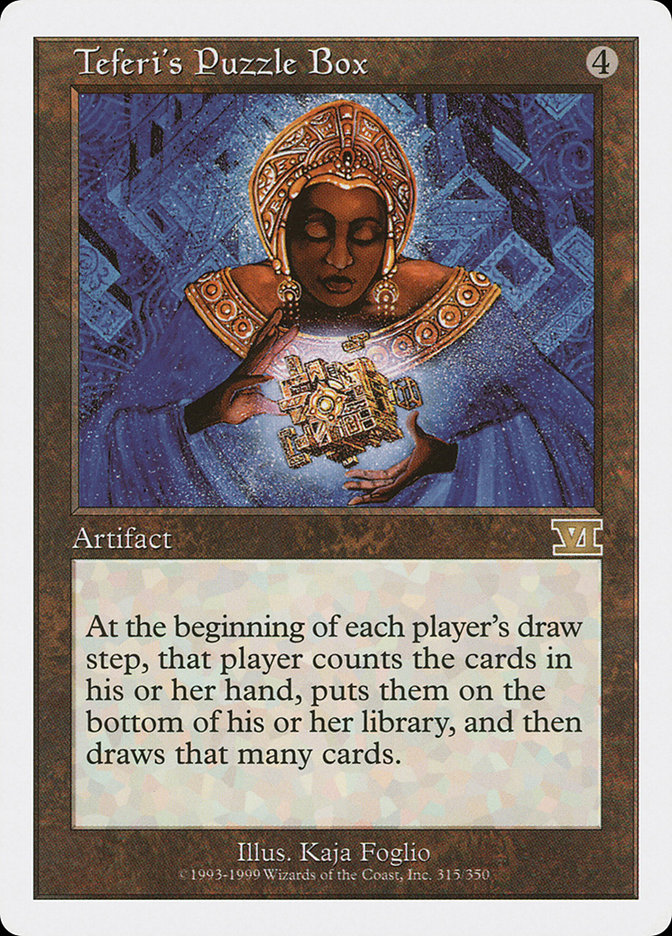
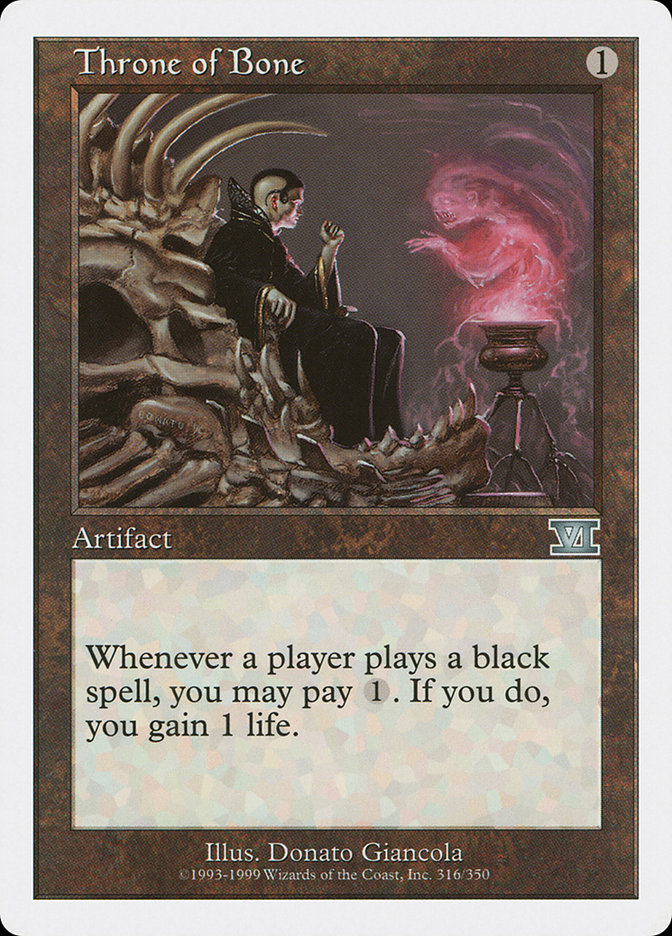
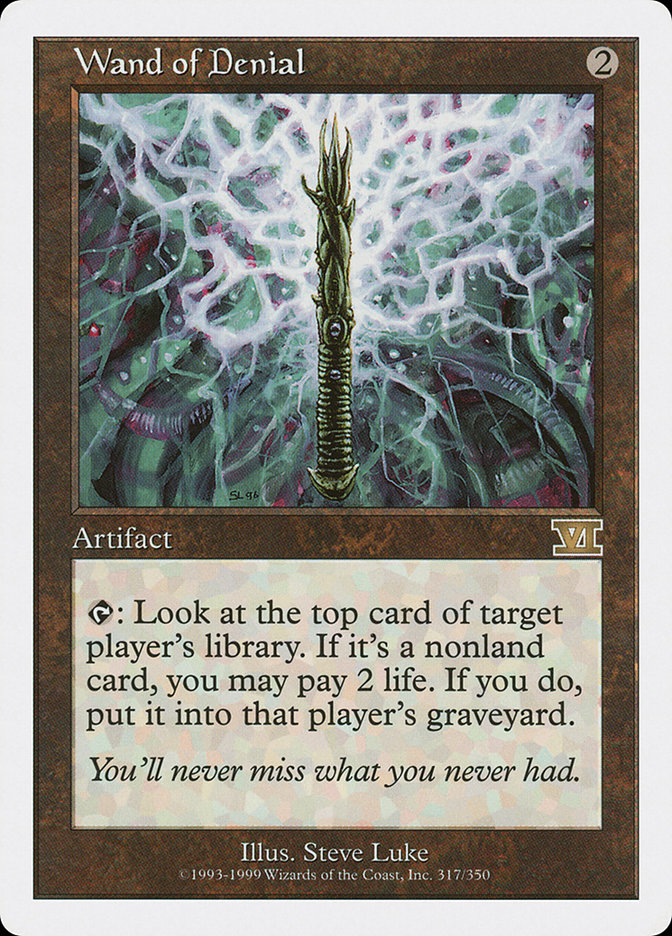
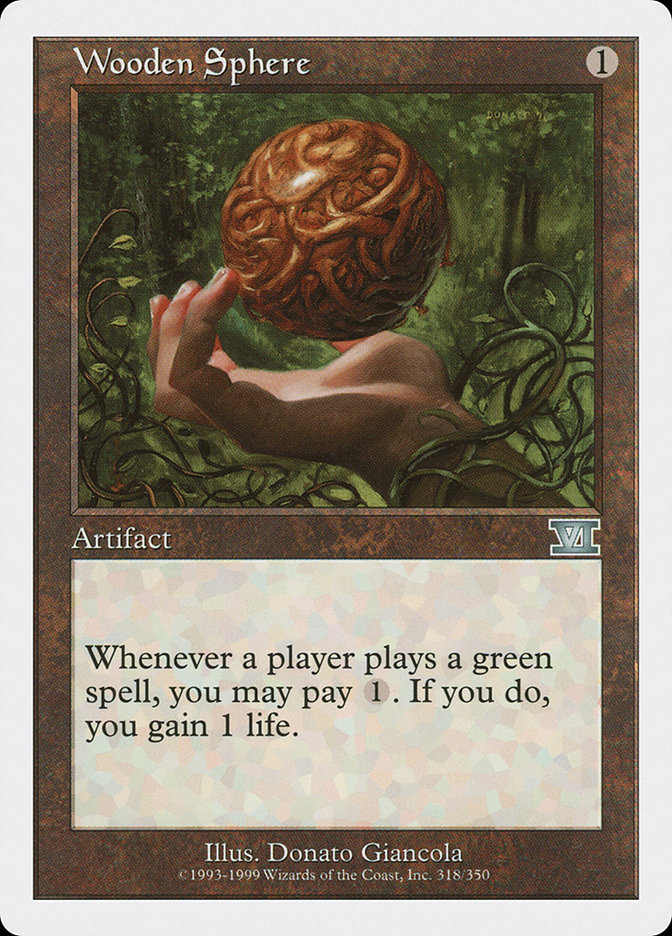

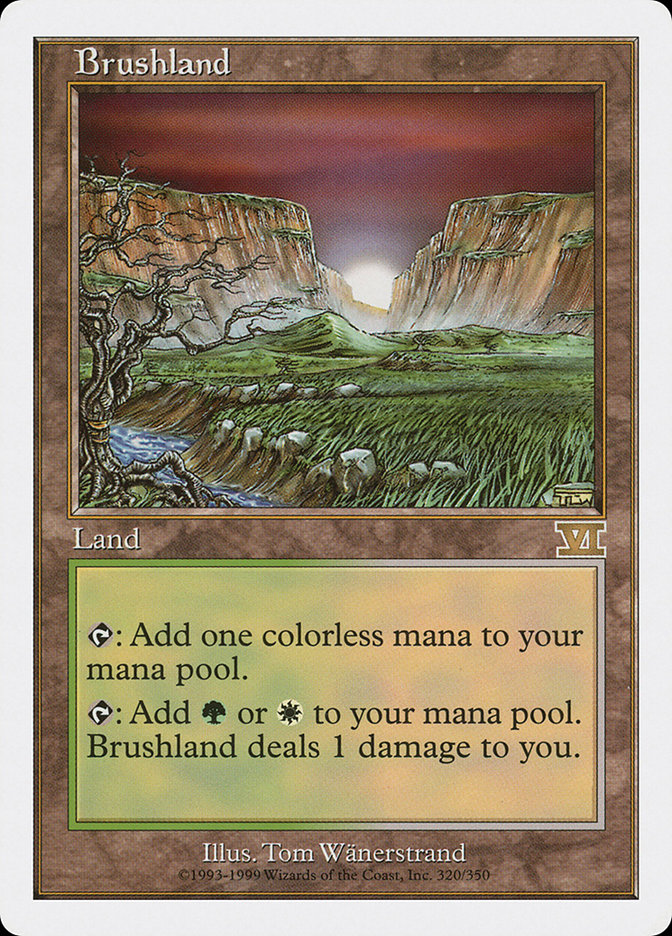
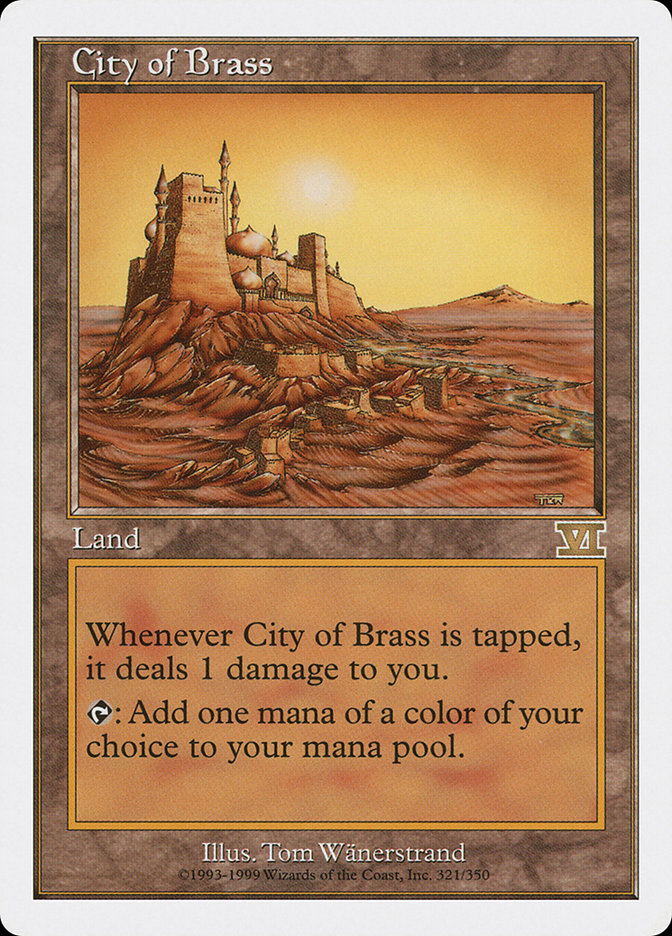


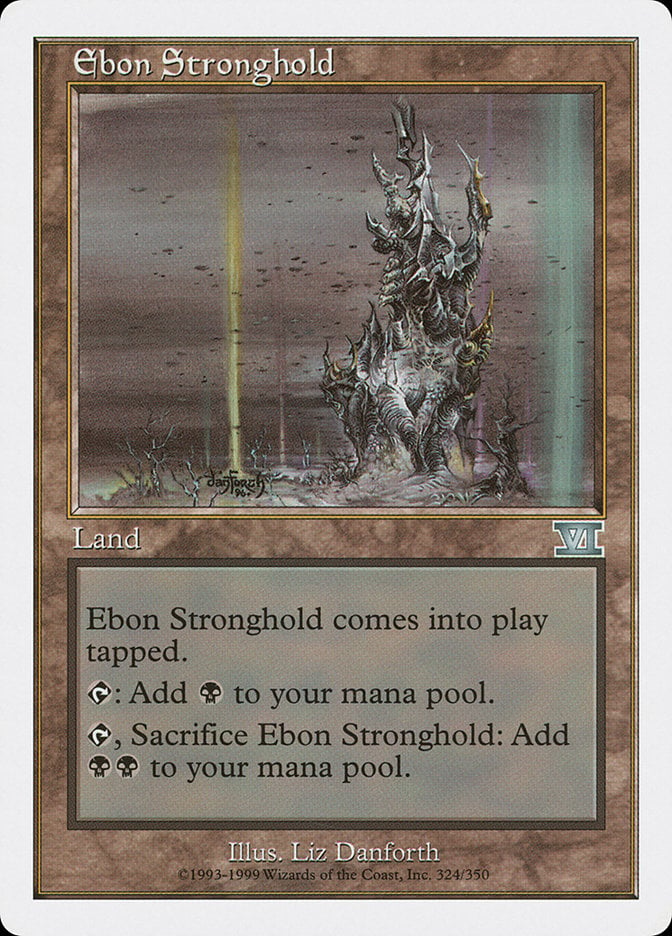
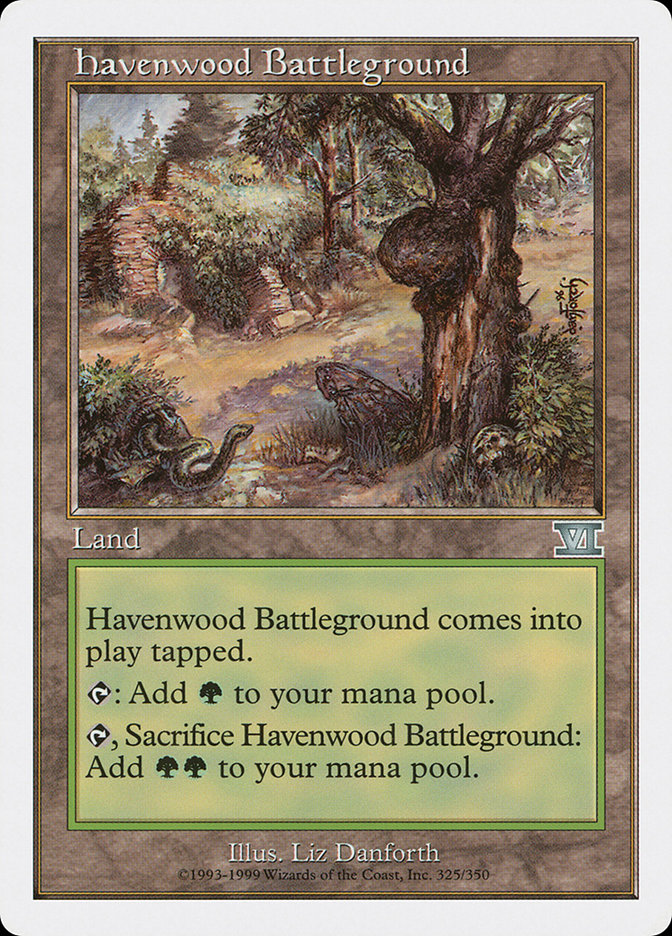
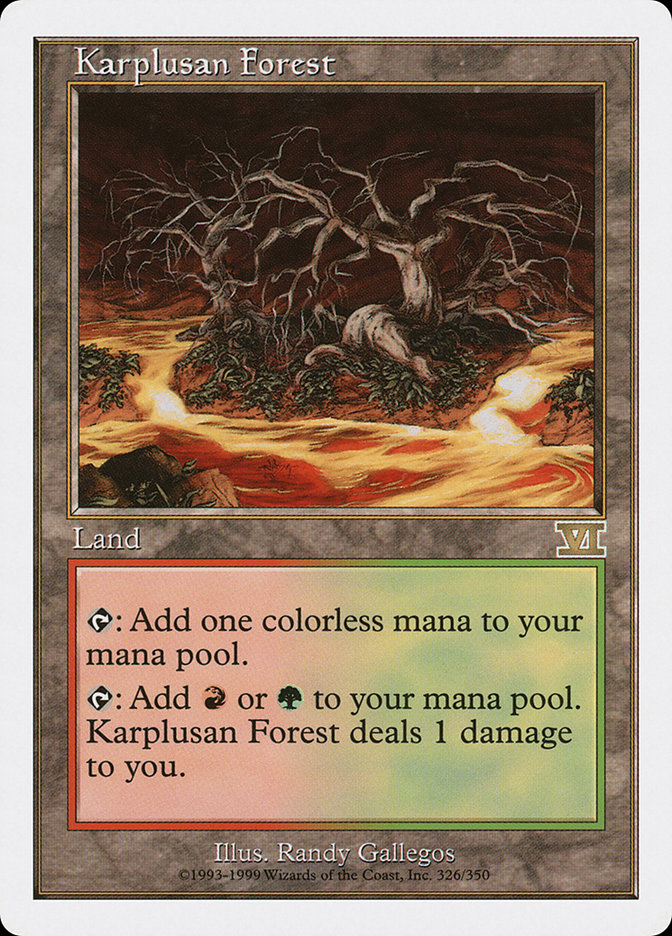
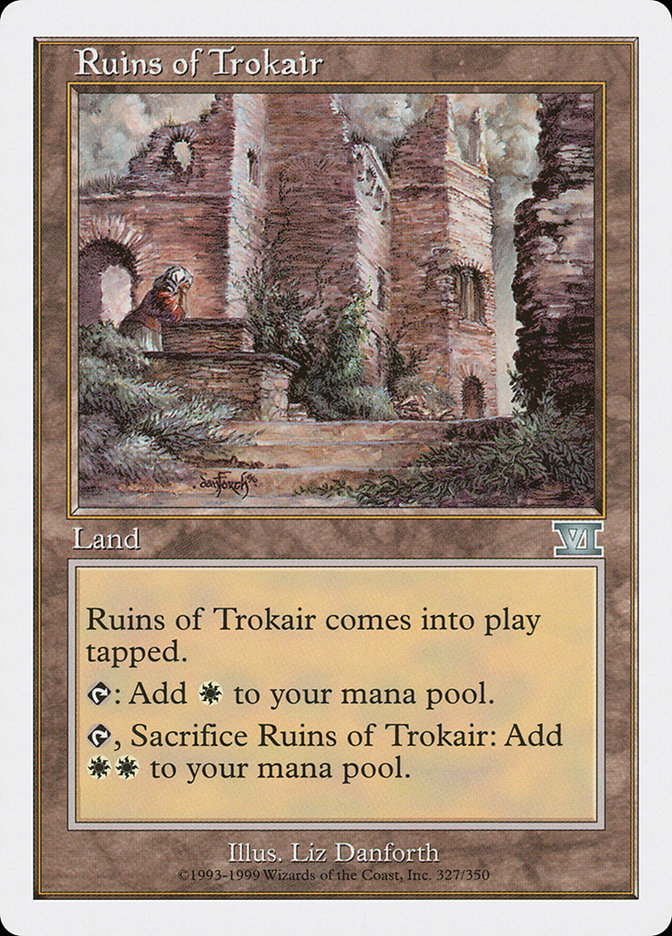
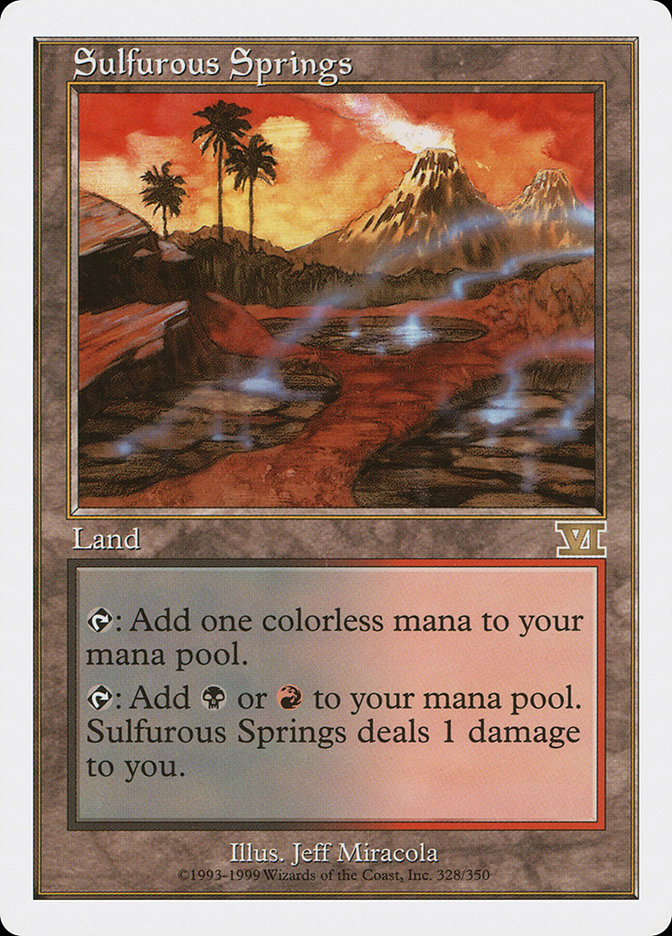
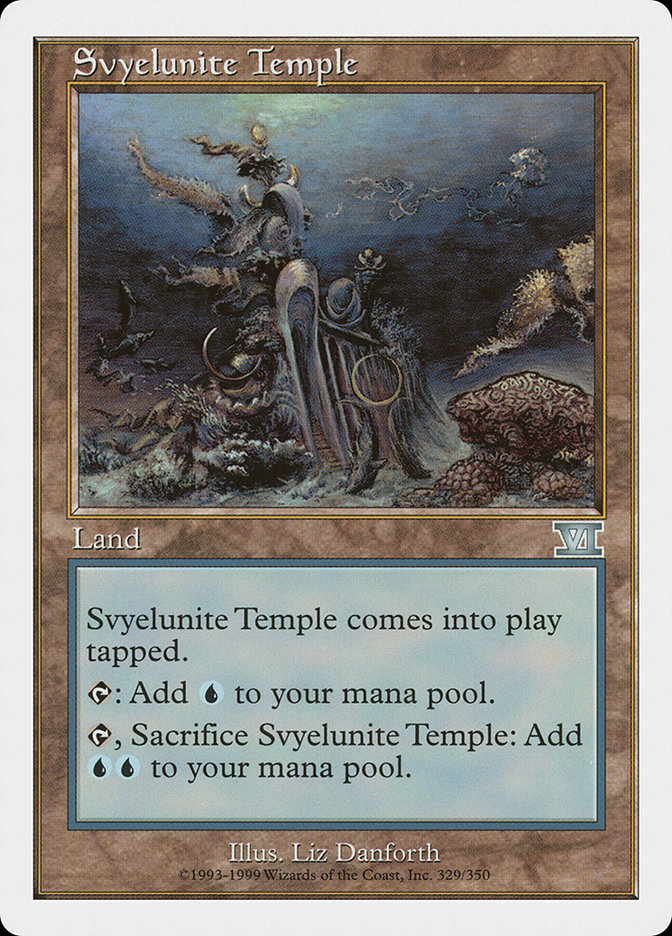

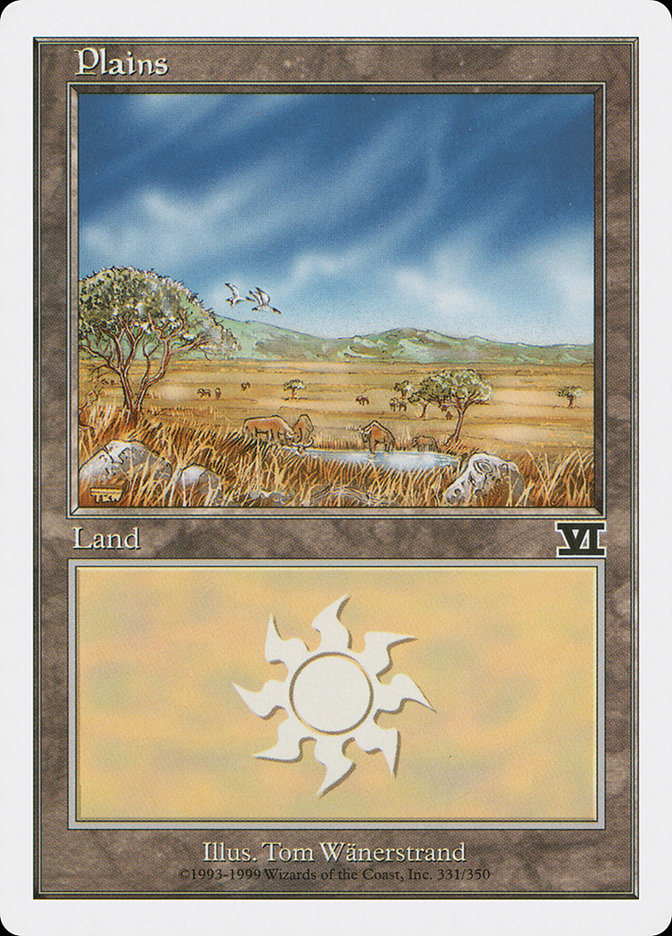
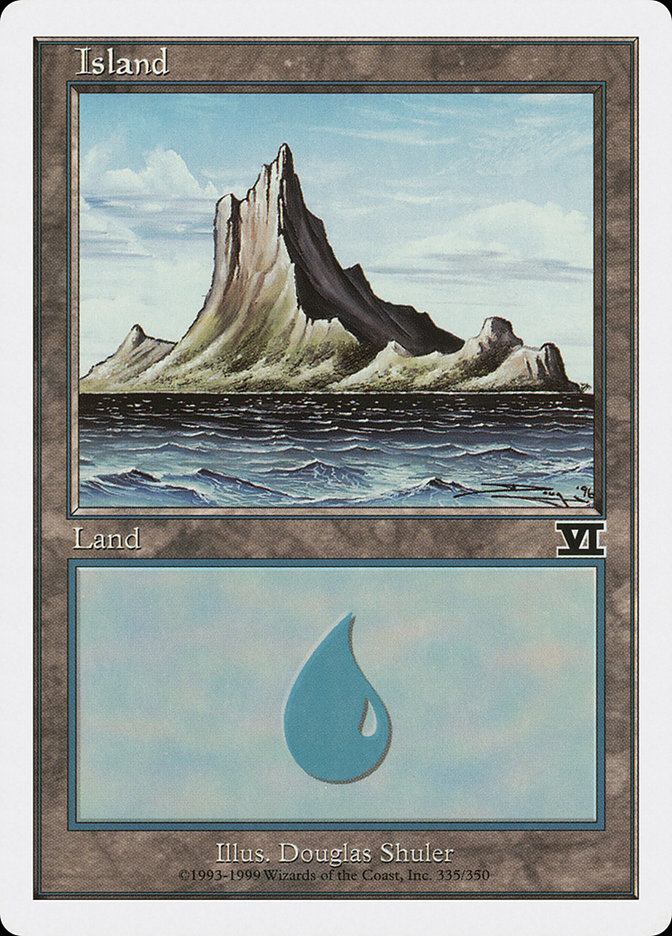

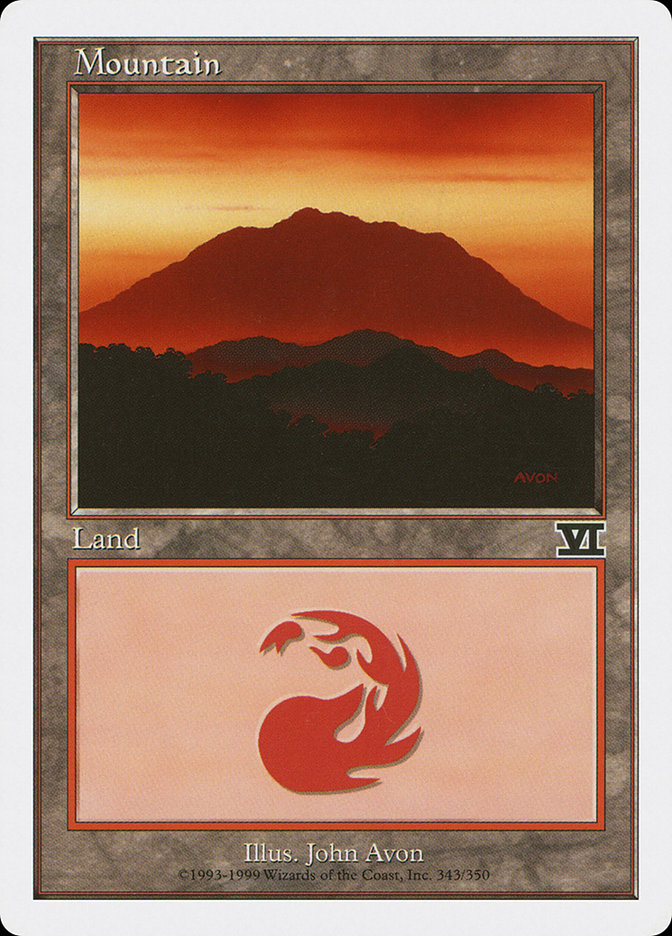
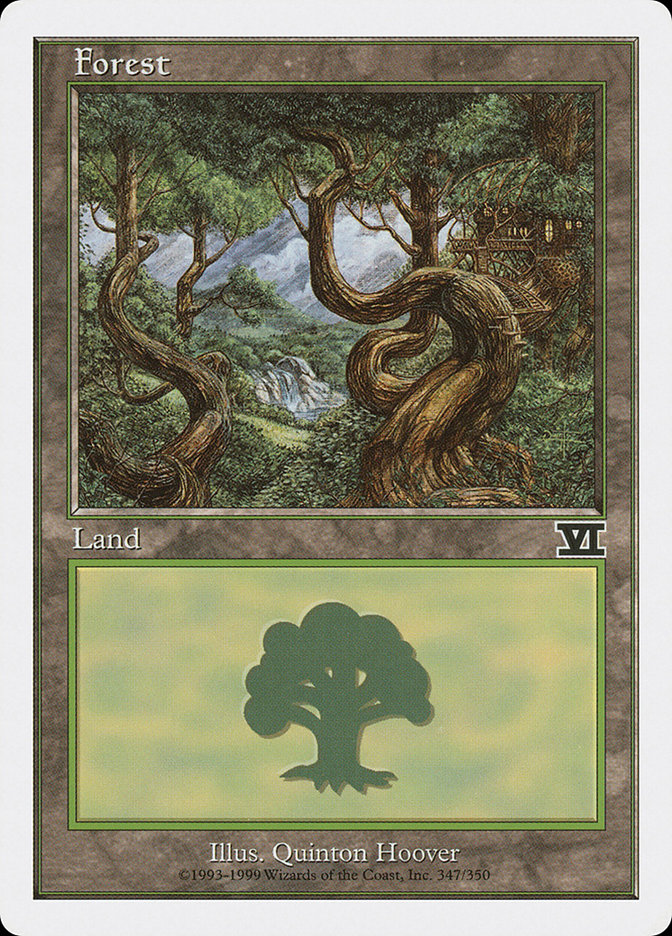
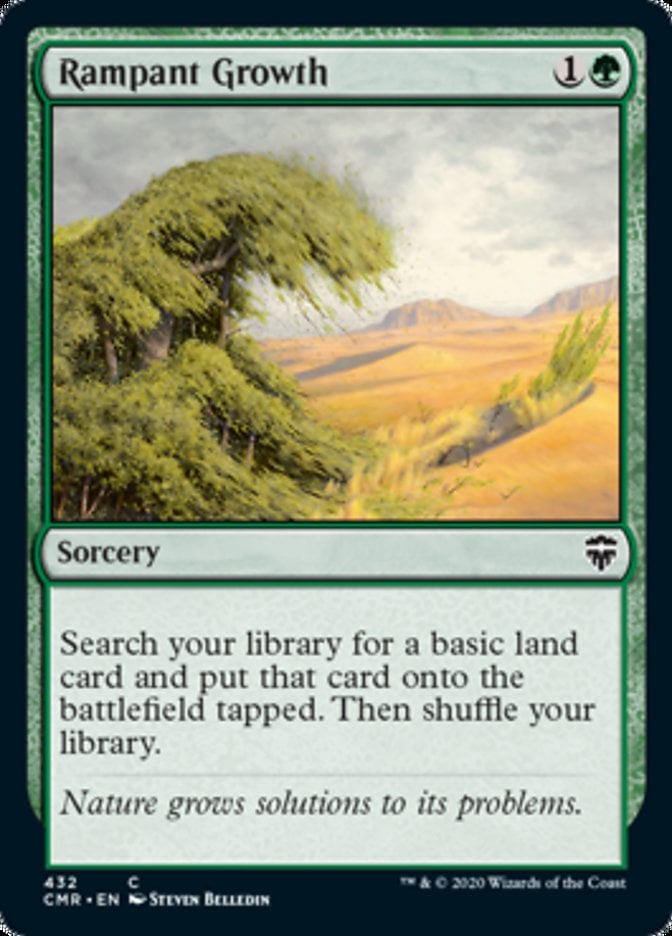
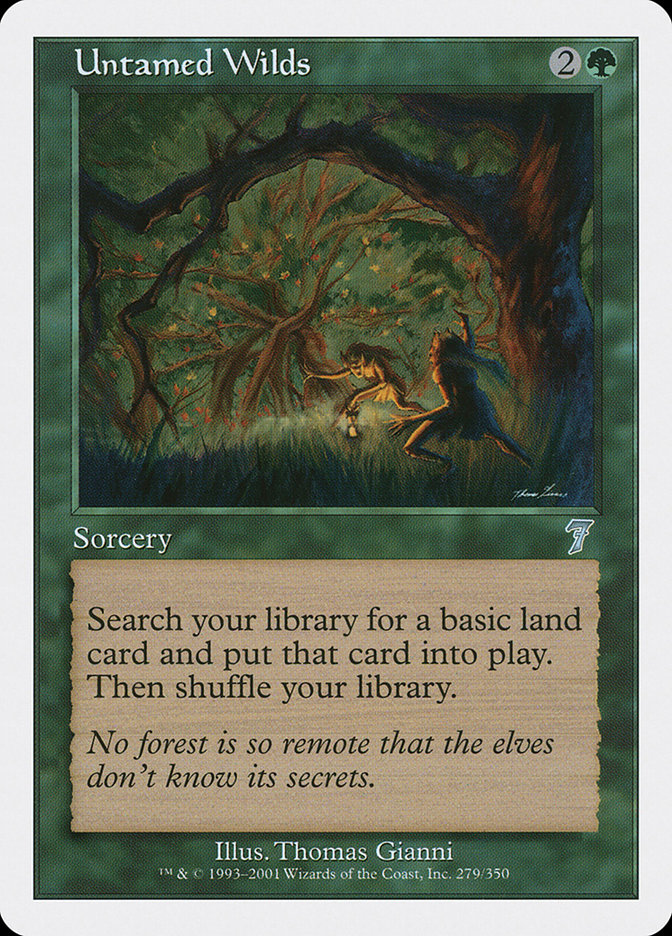
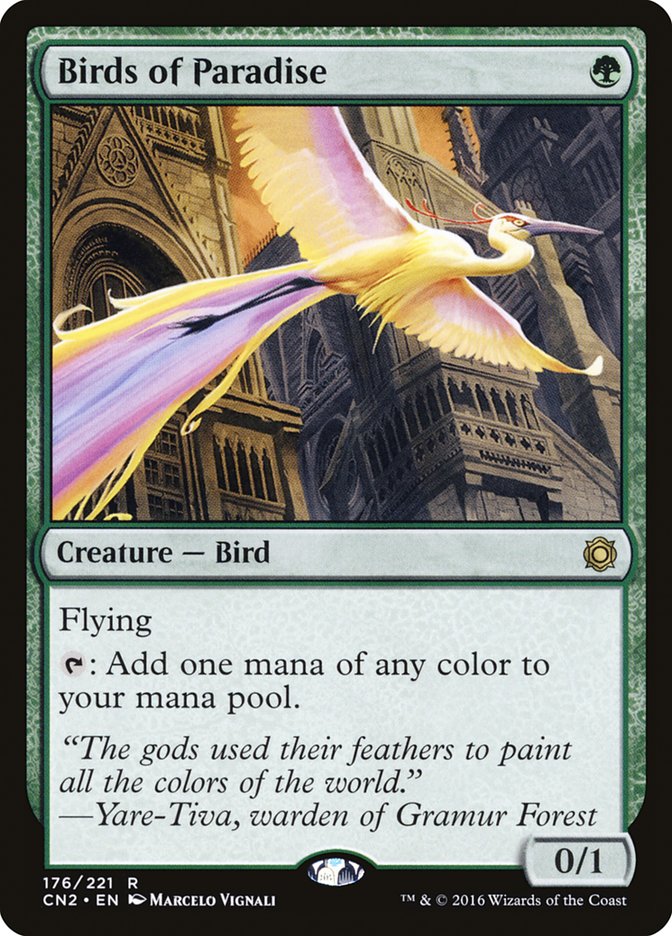
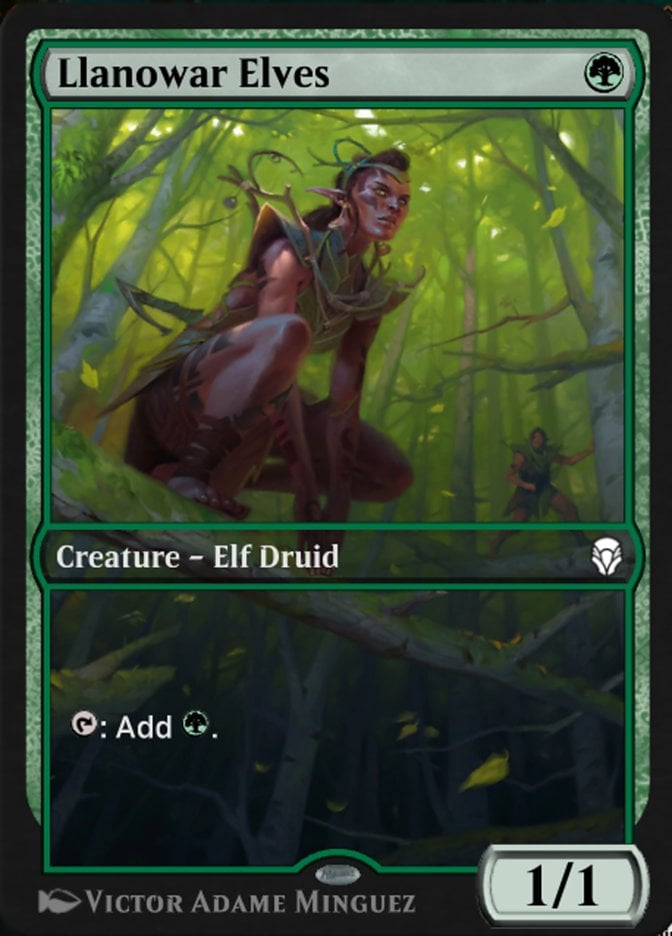
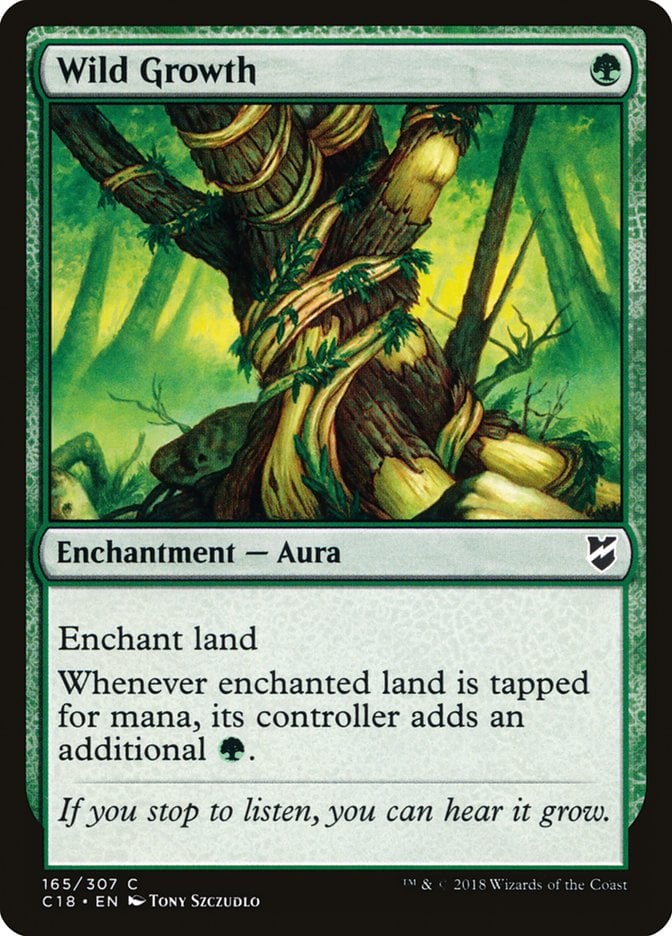


Add Comment